Understanding the health of your SaaS (Software as a Service) business is crucial, but you need to be looking at the right metrics to accurately measure it. This article brings together some of the excellent online (re)sources that are available to the startup software entrepreneur looking to deepen their knowledge of this area.
This is my quick reference guide to the battle-hardened experts who’ve earned their scars in the SaaS trenches, and who wanted to make it easier for SaaS entrepreneurs like you and me as we follow intrepidly in their footsteps.
Where did I find these awesome resources?
Most of the resources I have come across were from experts I follow on Twitter – either blog posts they wrote themselves, or others that they recommend.
The articles here are applicable, in my view, for both very early stage startups in the search for Product Market Fit (PMF) from €0 to €1M annual recurring revenue, as well as post-PMF startups looking to scale from €1M annual recurring revenue upwards.
Why should you bother reading any of what I’m suggesting?
Firstly, all credit for the content must go to the various trail-blazing authors behind the linked articles, and I’d strongly recommend you to dig deeper into the areas where you feel you and your business can learn the most.
Secondly, a disclaimer. I don’t claim to have a complete handle on all of this – far from it, in fact. That’s the very reason I’ve invested time (and some money) endeavouring to give myself that better understanding.
Moving outside our comfort zones
I’ve always believed that it’s critical to push yourself (and others) beyond the comfort zones of our learning experiences to date. How else otherwise do we grow? How do we learn from the mistakes of others without reading about and learning from them?
From a business perspective – and especially a startup business perspective – a theme that runs through all of the resources is this: if you want to put yourself into the less than 1% of startups who’ve a decent chance of making a commercial success of your idea, then you need to think differently. And the best starting point is to learn from others who’ve been there before, who can tell you the things that they dearly wished someone had told them the first time round. To learn from the best.
The resources in this guide are principally focussed on the engine of your business. But it’s how the entrepreneurs (some now venture capitalists) featured here did it that is interesting. They roll up their proverbial sleeves and ‘get their hands dirty’. There’s no corner of your business that they don’t look into. And they do this for good reason. They want to show you that you need to have a complete understanding of every facet of your business; and it’s your metrics that tell you how the business is doing.
Read these resources, learn to love them, and think of them as a trusted old friend who meets you for a coffee every couple of months and asks you: “But seriously, {insert name here}, are you sure you know what you’re doing with this whole startup lark?”
If you learn from these resources, you’ll reduce your risk of failure, and I reckon you’ll be able to look that friend in the eye and reply, with honesty and conviction, and say: “Yes, my old friend, I do.”
Some SaaS definitions
You’re probably already familiar with these definitions, but just in case you’re not, let’s agree some terms that will appear frequently in the resources:
Monthly Recurring Revenue (MRR)
This is the lifeblood of your business, and probably the bedrock metric against which all others are measured. There are four generally accepted definitions of Monthly Recurring Revenue:
- New MRR: new customers coming on board, and the revenue that they bring with them
- Expansion MRR: upgrades from existing customers, i.e. your existing customers buying more from you than they did the previous month. Remember, ‘expand’ means getting bigger
- Contraction MRR: downgrades from existing customers, i.e. your existing customers buying less from you than they did the previous month. Remember, ‘contract’ means getting smaller
- Cancelled MRR: cancellations by existing customers, i.e. the dreaded ‘churn’ where you lose a customer completely
Net expansion MRR: Coming back to that word I just used in the cancelled MRR definition. One variant on that would be the definition for ‘Net Churn’ or ‘Net Expansion MRR’. This is where Net Expansion MRR grows faster than gross CMRR (Cumulative Monthly Recurring Revenue from that prior period) i.e. more upgrades than downgrades per calendar month, taking into account any downgrades on a monthly basis. This is the sweet spot that as a startup you should be aiming for.
So we can say that “net expansion” is therefore the difference between Expansion MRR (upgrades from existing customers) and Contraction MRR (downgrades from existing customers).
Customer Acquisition Cost (CAC)
One other important definition (and there are of course many more) would be understanding your CAC, your Customer Acquisition Cost. What does it ‘cost’ the business to acquire a new customer? Broadly speaking, this is calculated by taking your sales & marketing costs and dividing that by the number of new customers in (measured quarterly).
Why is CAC so important in a SaaS business? Because your CAC (the cost to acquire your new customer) is pretty much incurred up front. But the return – the revenue that your newly acquired customer pays to you on a monthly (or otherwise) basis – comes in to your business in delayed (probably monthly) stages. So, it can actually take you (depending on your CAC and MRR) sometimes a year or more before your customer has paid you more than the cost incurred to your business in the effort to acquire them as a customer in the first place! That’s expensive.
Economics 101! That sounds like you’re going to have work out how you acquire those customers, when the revenue to acquire them comes in so late. So, without further ado, here’s a list of some of my favourite experts in the area of SaaS, who I wish I’d known about a long time ago.
SaaS resource list
“Pirate” Metrics
Blog name: 500 Hats
Blog focus: Startups, tech, VC funding
Author’s background: Dave McClure is a venture capitalist and founding partner at 500 Startups, a venture capital firm and startup incubator headquartered in Silicon Valley, founded by PayPal and Google alumni with over $250M in assets under management.
Why it’s worth reading: The whole blog has masses to offer, but I’m specifically recommending an article from 2007 called ‘Pirate Metrics’. Pirate Metrics is just a short-hand way to remember McClure’s acronym, AARRR, for what he considers to be the fundamentals to the customer lifecycle. (Go on, say it aloud: AARRR, pretending to be a pirate! Now you get it!)
McClure talks about what he terms the five steps to success in the customer lifecycle. Understanding where your business is at – how it’s measuring up – in each of those 5 AARRR steps, will help you determine your path of the journey towards success. AARRR stands for:
Acquisition: users coming to your site from various channels
Activation: users enjoying their first visit – a ‘happy’ user experience
Retention: users come back to your site, visiting it multiple times
Referral: users like your product enough to refer it on to others
Revenue: users conduct some monetization behaviour
Recommended reading: Startup Metrics for Pirates: AARRR!
Andreessen Horowitz
Blog name: A16z.com
Blog focus: Andreessen Horowitz backs bold entrepreneurs who move fast, think big, and are committed to building the next major franchises in technology. Founded by Marc Andreessen and Ben Horowitz, the firm provides entrepreneurs with access to expertise and insights in innovation, executive and technical talent, market intelligence, policy and regulatory affairs, business development, and marketing and brand-building.
Author’s background: See above.
Why it’s worth reading: “The key difference between traditional software and software as a service: Growth hurts (but only at first).”
Recommended reading: Understanding SaaS: Why the Pundits Have It Wrong
David Skok – For Entrepreneurs
Blog name: For Entrepreneurs
Blog focus: This isn’t light reading. But it contains the keys to the kingdom in understanding this area.
Author’s background: Slok started his first company a few months after leaving university at the age of 21, and over the next 25 years founded a total of four companies (Skok Systems, Corporate Software Europe, Watermark Software, and SilverStream Software) and did one turnaround (Xionics). Three of the companies went public, one was acquired, and one initially succeeded, but then failed when he moved the company to the US. After 25 years as an entrepreneur, he became a venture capital partner at Matrix Partners, the firm that had backed his last two companies.
Why it’s worth reading: “This article is a comprehensive and detailed look at the key metrics that are needed to understand and optimize a SaaS business.”
Recommended reading: SaaS Metrics 2.0 – A Guide to Measuring and Improving What Matters
Tomasz Tunguz – Venture capitalist blog
Blog name: TomTonguz.com
Blog focus: See author’s background below.
Author’s background: A partner at Redpoint (VC firm) who writes daily, data-driven blog posts about key questions facing startups, including how to fund raise, startup benchmarks, management best practices and team building. He co-authored the book, Winning with Data.
Why it’s worth reading: Great data-centric unpacking of questions that should be being asked by all startups.
Recommended reading: The Importance of Payback Period for SaaS Startups
Andrew Chen
Blog name: @andrewchen
Blog focus: “long-form essays on what’s going on here in Silicon Valley.”
Author’s background: Andrew Chen works at Uber, where he heads up driver acquisition programmes for the Growth team. He writes about mobile, metrics, and growth. He is an advisor/investor for tech startups including AngelList, Barkbox, Dropbox, Grovo, Kiva, Product Hunt, Qualaroo, Wanelo, and ZenPayroll. Previously, he was an Entrepreneur-in-Residence at Mohr Davidow Ventures, a Silicon Valley-based firm with $2B under management. Prior to MDV, Andrew was director of product marketing at Audience Science, where he started up the ad network business that today reaches over 380 million uniques. He holds a B.S. in Applied Mathematics from the University of Washington.
Why it’s worth reading: Don’t trust me, trust Eric Ries, author of The Lean Startup: “One of the best entrepreneurship blogs of all time.”
Recommended reading: Minimum Desirable Product
Price Intelligently – Price Sensitivity Analysis and your SaaS Metrics
Blog name: Price Intelligently
Blog focus: Helping SaaS leaders align the right product to the right customer for the right price in order to boost revenue and learn more about their customer.
Author’s background: See below.
Why it’s worth reading: The authors drill into you that pricing is a process, and probably the single most valuable and overlooked lever in your SaaS business – many SaaS companies will happily spend thousands of hours building and refining their product, but may only dedicate 6 hours to pricing it – and yet wonder why their business with an awesome product went swirling down the drain.
Recommended reading: Buyer Personas – understanding your customers’ willingness to pay
Jason Lemkin – SaaStr Blog – getting from $0M to $100M faster
Blog name: SaaStr
Blog focus: SaaStr began in 2012 as a simple attempt via a WordPress blog, together with a few answers on Quora, to help share back Jason M. Lemkin’s learnings of going from $0 to $100M ARR with the next generation of great SaaS and B2B entrepreneurs. It has since gone on to become the largest community of SaaS founders and entrepreneurs, with over 3 million views per month and 20 million+ views on Quora, and events hosted throughout the year.
Author’s background: Two time tech entrepreneur (with two successful exits to his name), Lemkin moved into the world of venture capital. Previously CEP of EchoSign, online digital signature tech company acquired by Adobe. What differentiated him was his ability to spot the gap in the resources available to someone interested in the entire journey of a start-up, from idea through to acquisition.
Why it’s worth reading: What distinguishes his blog is his unflinching, searing honesty, his consistent supply of real life examples for the the theories he espouses, and his unrelenting encouragement and infusion of belief in the underlying revolutionary aspect of the SaaS model business model. If you haven’t yet started learning from him, he’d be one of the first I’d encourage you to look at. He’s also co-authored a book called From Impossible to Inevitable with Aaron Ross, who lead the outbound sales and prospecting team at Salesforce which added an extra $100M of revenue. Lemkin’s the founder of arguably the world’s largest pure SaaS conference.
This is the blog of the entrepreneur (exits @ $12M and then $50M) turned VC exclusively focusing on Saas. His writing is compelling and highly educational.
Recommended reading: How to Know When You’ve Hit Initial Traction in SaaS. The Moment When You’ve Got A Real Company. I also highly recommend that you sign up to their weekly articles. For example in his article, The Top 10 Mistakes First Time SaaS Founders Make, point no. 7 is bang on for scaling enterprise level software sales.
Mistake #7: Not going up-market fast enough. Dude. If you have one $100k customer, you can get 2, and then 10. And if you have one $100k customer, you really think the next one can’t pay $150k? Of course they can. Don’t be scared. Don’t be timid. Push up market as fast and as hard as you can. Make the ask. Do it.
Chaotic Flow by Joel York – 10-part guide on SaaS metrics
Blog name: SaaS Blog by Joel York of Chaotic Flow
Blog focus: SaaS, coming from a mathematical background.
Author’s background: CalTech and Cornell scientist and technologist who’s been making and marketing and writing about B2B software (desktop, enterprise, SaaS) for the last 20 years.
Why it’s worth reading: Joel York’s blog contains razor-sharp articulations of all SaaS metrics, and he’s been a pioneer in assisting other entrepreneurs to better understand the area. His illustrations of the maths underlying some of the concepts can help even people who struggle, like me, with basic algebra! He’s written an incredibly useful guide to SaaS metrics.
Recommended reading: In his series on SaaS Metrics and their inter-relating impact on each other, he’s written a great 10 part series of articles which are all in my view well worth reading. It discusses:
- Churn kills SaaS growth
- New customer acquisition growth must outpace churn
- Viral growth trumps SaaS churn
- Company time to profit follows customer break-even
- Best cast time to profit is simple break-even
- Growth creates pressure to reduce total cost of service
- Churn creates pressure to reduce total cost of service
- Upselling and upgrading accelerates SaaS profitability
- Joel’s magic SaaS number
- SaaS customer lifetime value drives SaaS company value
Inside Intercom – the blog for Intercom
Blog name: Inside Intercom
Blog focus: Design, customer experience, startups and the business of software.
Author’s background: Irish entrepreneurs build global customer software platform with a suite of products for live chat, marketing, feedback and support – and then write about the experience as they go.
Why it’s worth reading: Beautifully put together posts that are actionable and written from the entrepreneur’s perspective (which is rarer than you’d think).
Recommended reading: SaaS Metrics for Fundraising
See also:
Paul Graham
Blog name: Paul Graham
Blog focus: All matters startup and technology rated.
Author’s background: Paul Graham is a programmer, writer, and investor. In 1995, he and Robert Morris started Viaweb, the first Software as a Service company. Viaweb was acquired by Yahoo in 1998 and became Yahoo Store. In 2001, he started publishing essays on paulgraham.com, which in 2015 got 34 million page views. In 2005, he and Jessica Livingston, Robert Morris, and Trevor Blackwell started Y Combinator, the first of a new type of startup incubator. Since 2005, Y Combinator has funded over 1,000 startups, including Dropbox, Airbnb, Stripe, and Reddit.
Why it’s worth reading: Absolute cutting-edge thinking. He’s one of the most influential thought-leaders in technology today.
Recommended reading: Startup=Growth
See also: his book, Hackers & Painters: Big Ideas from the Computer Age
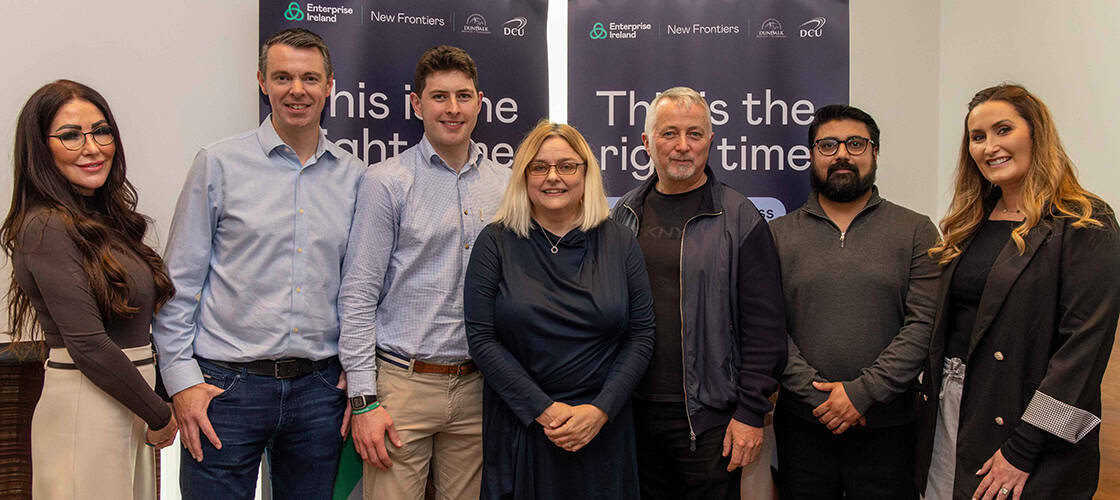

 Scarlet Bierman
Scarlet Bierman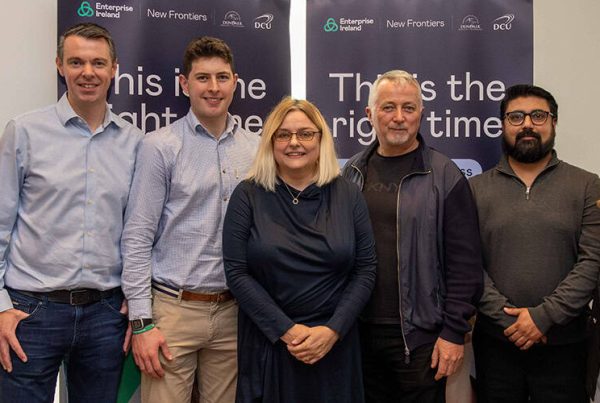

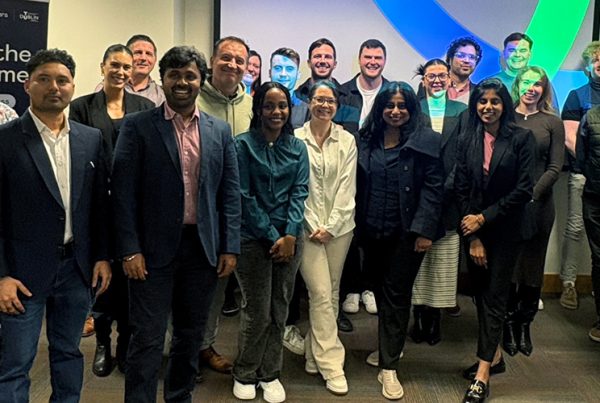
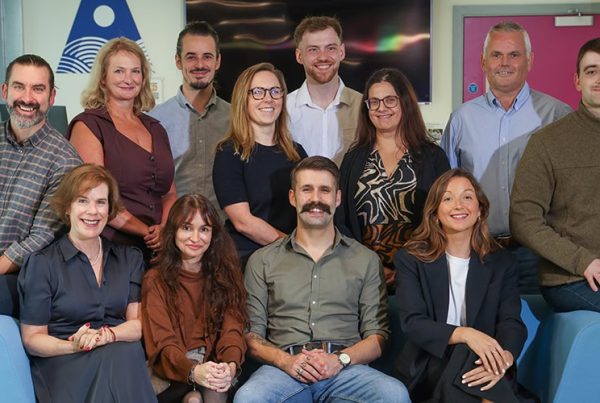
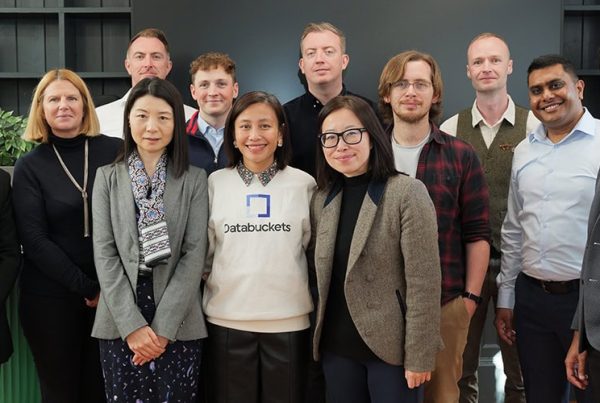

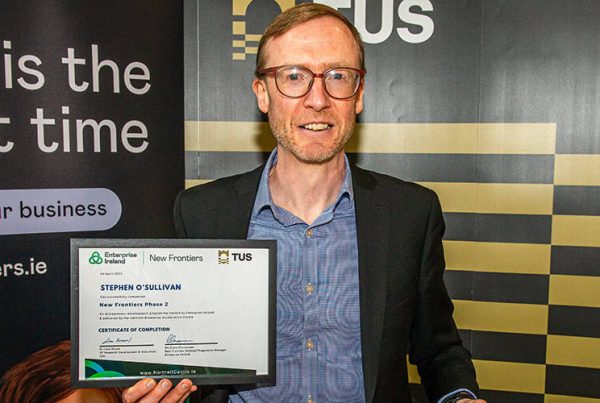

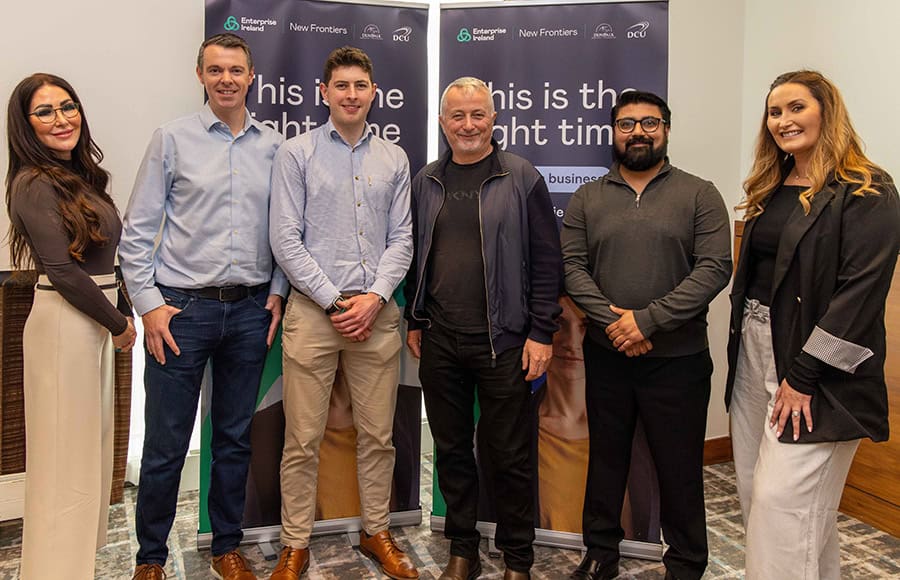
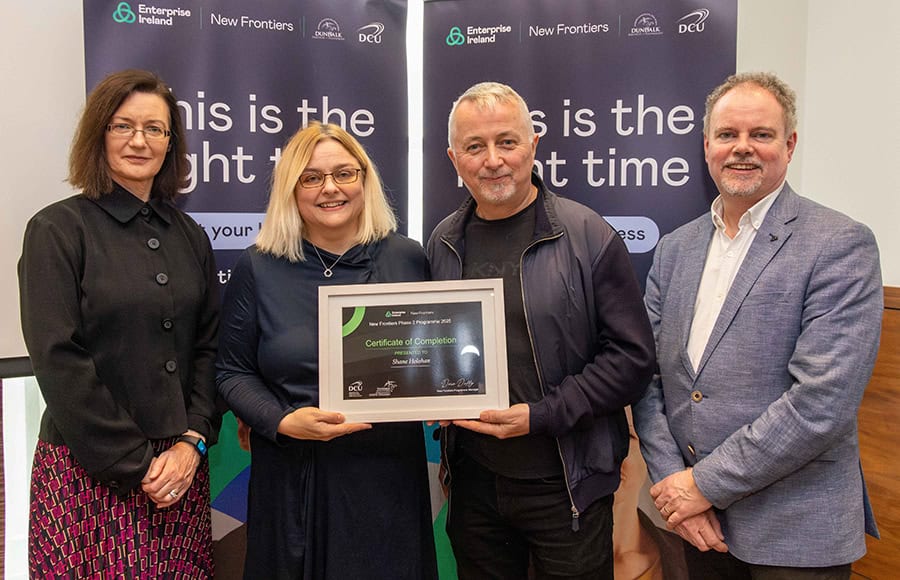
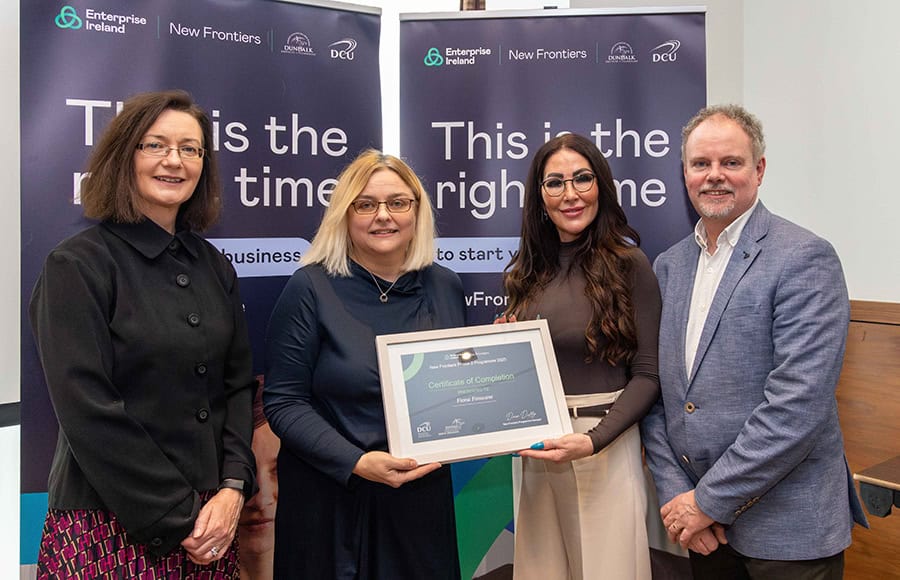
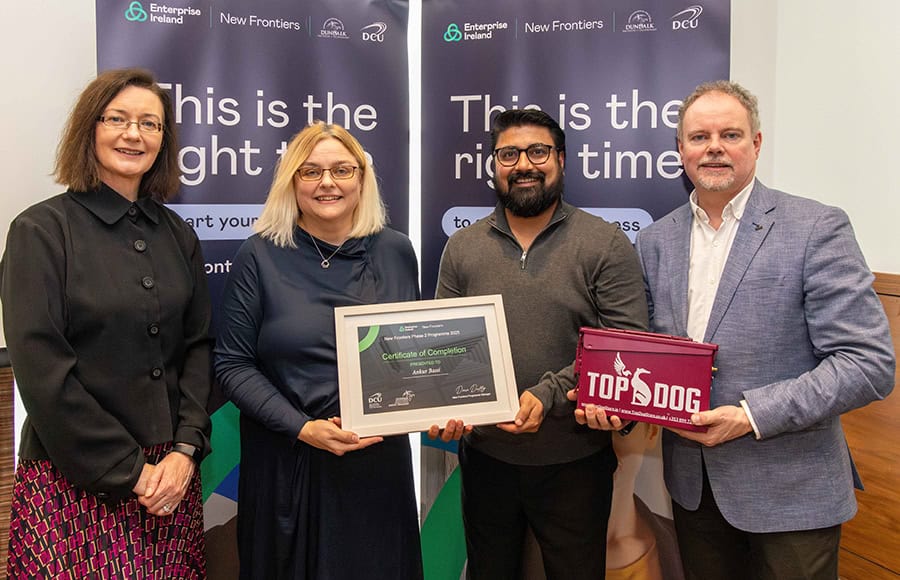
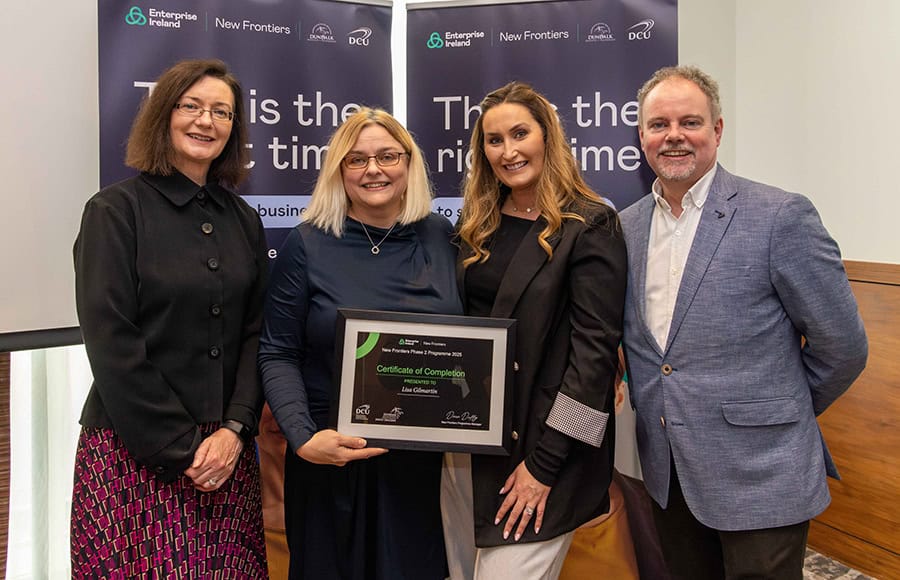
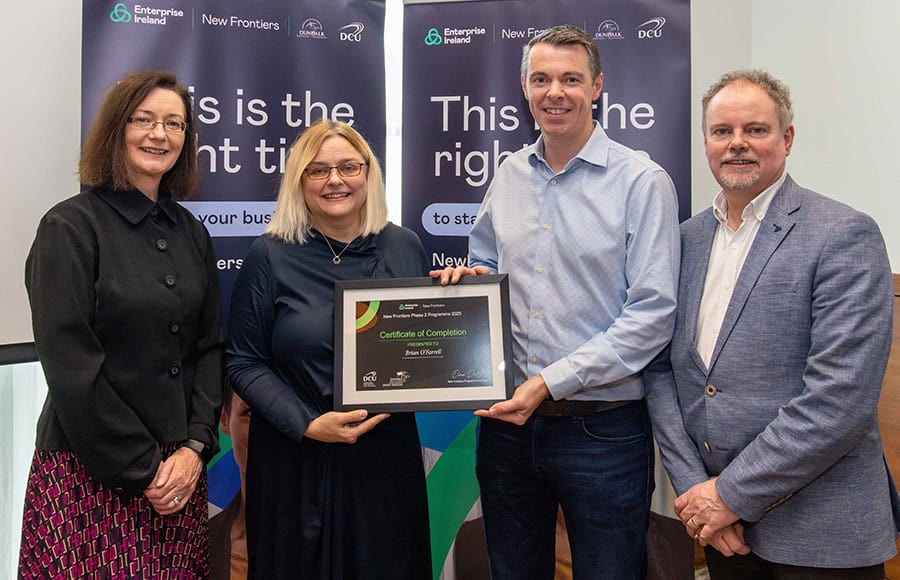
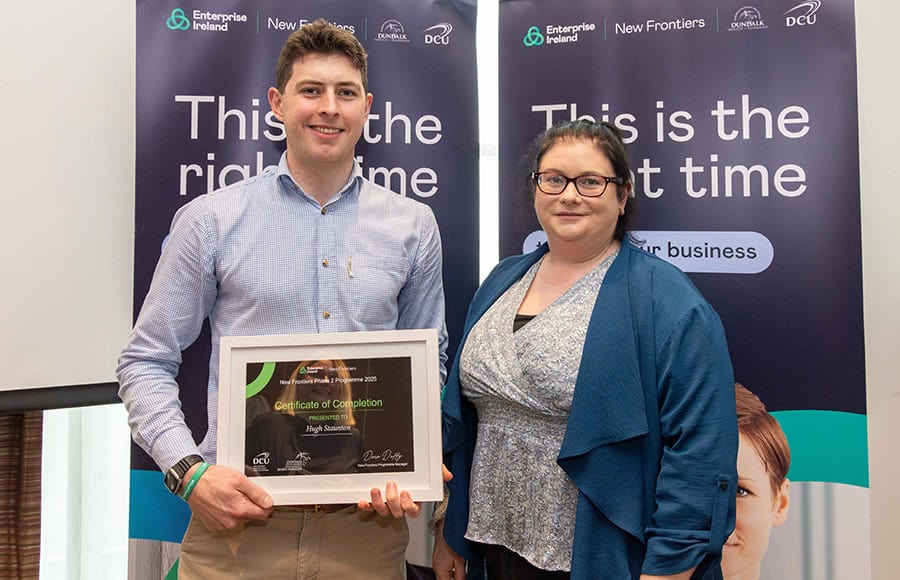
 Scarlet Bierman
Scarlet Bierman
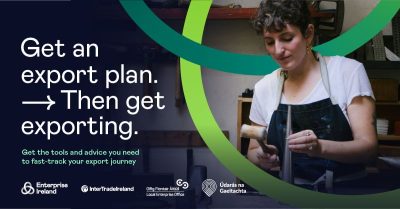 The programme is for companies that have a deep understanding of their sector and the ambition to export. They have proven the business domestically or can demonstrate that their product/service meets a clear market need, backed by buyer feedback or confirmed by key opinion leaders.
The programme is for companies that have a deep understanding of their sector and the ambition to export. They have proven the business domestically or can demonstrate that their product/service meets a clear market need, backed by buyer feedback or confirmed by key opinion leaders.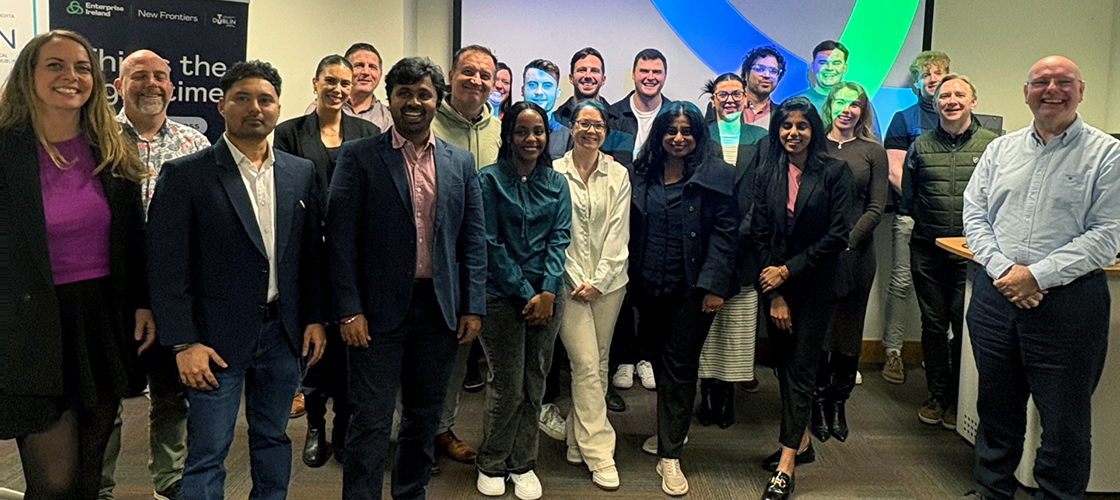


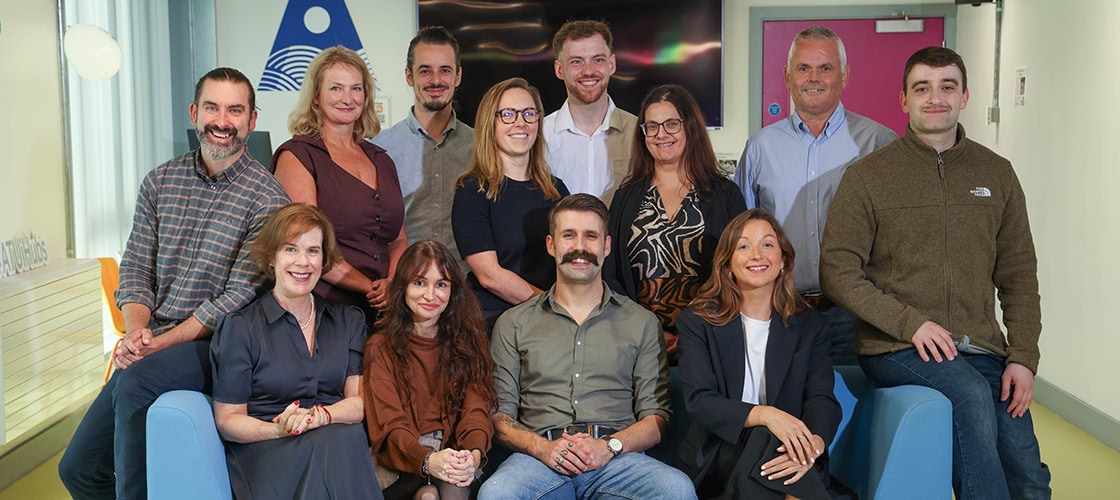
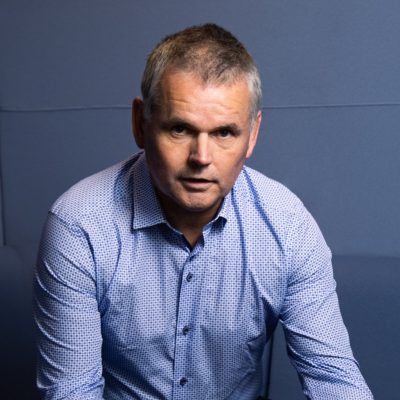
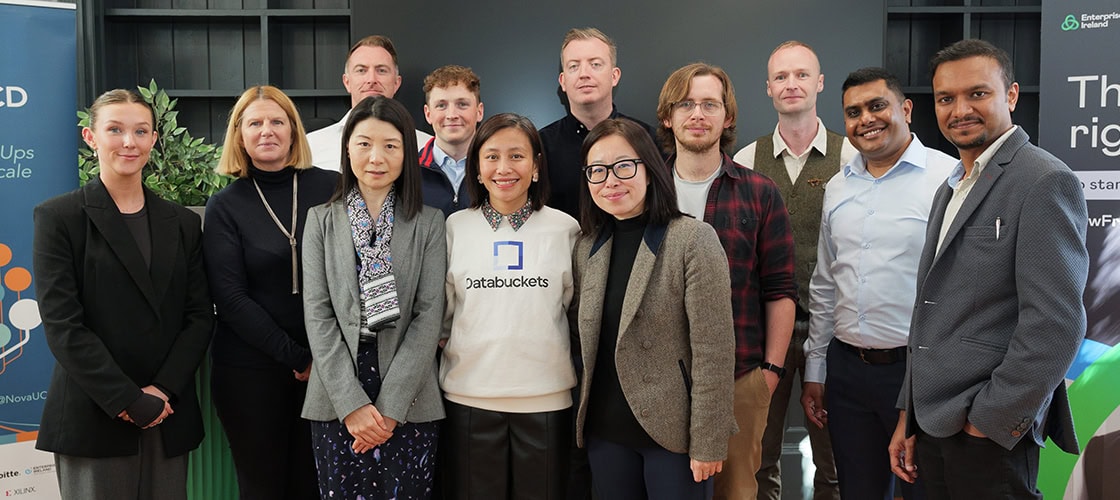
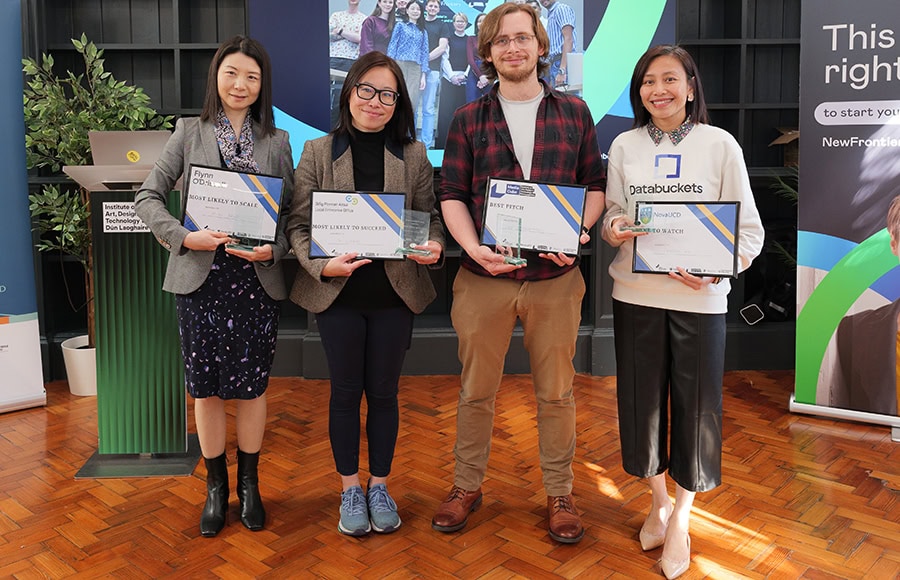
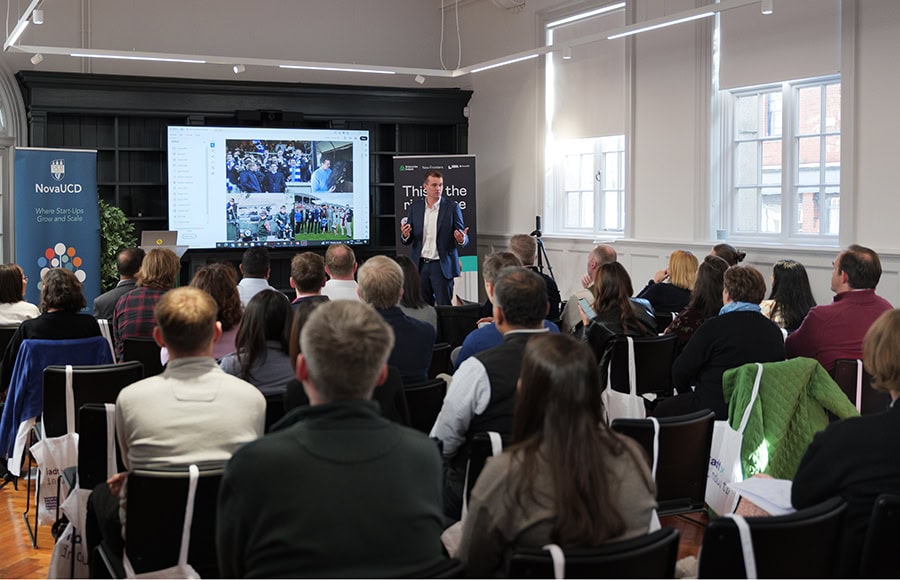
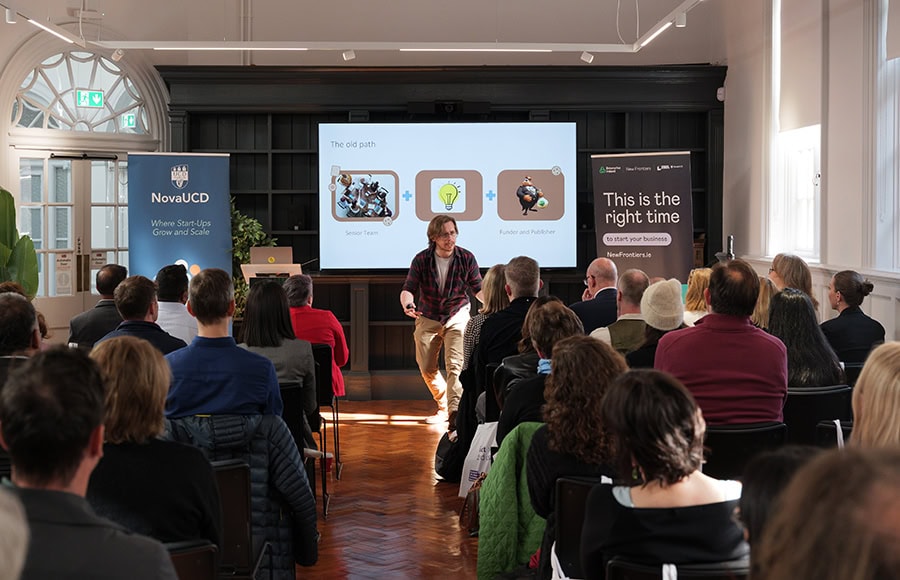
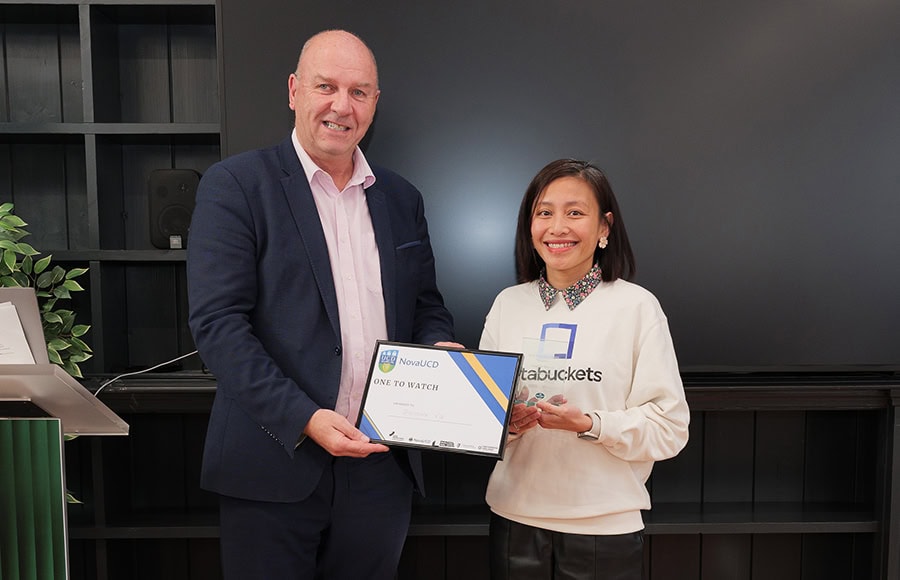
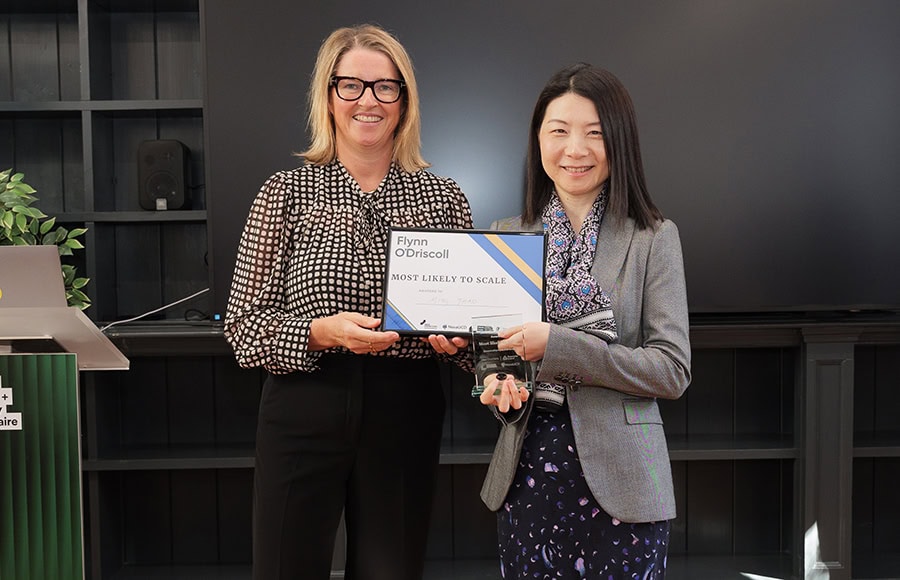
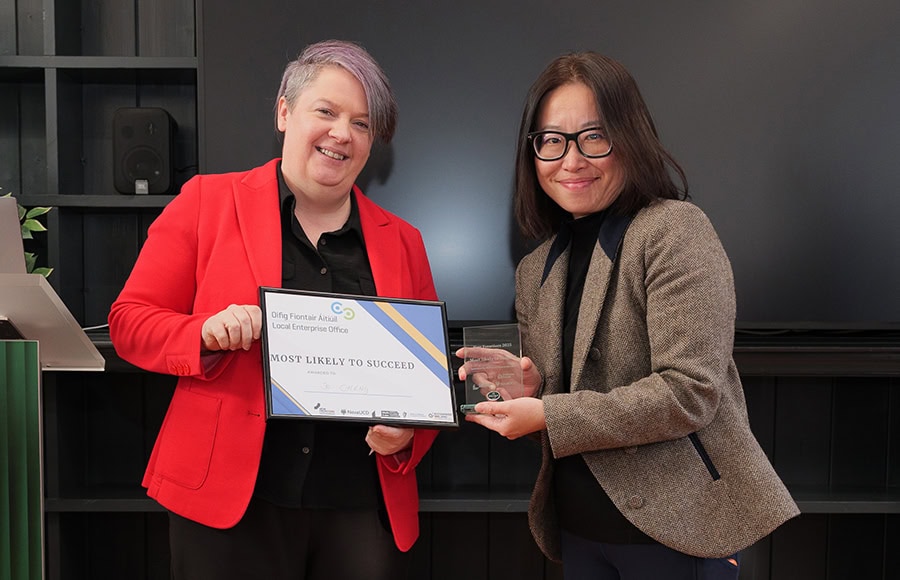
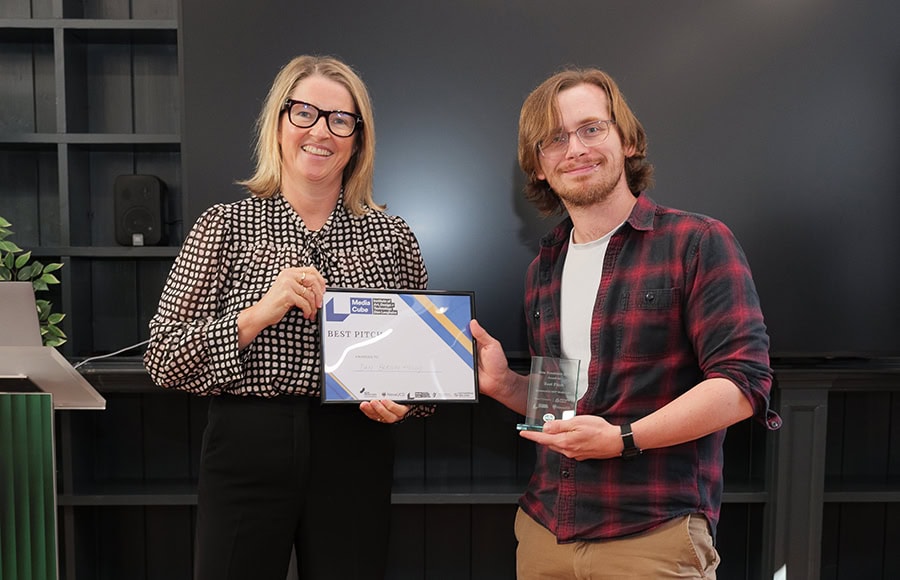

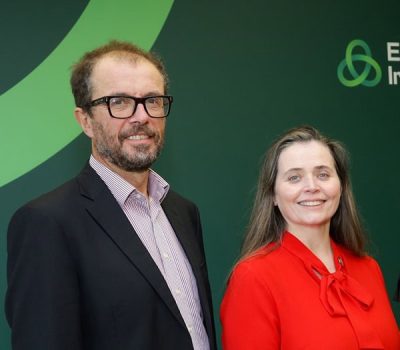
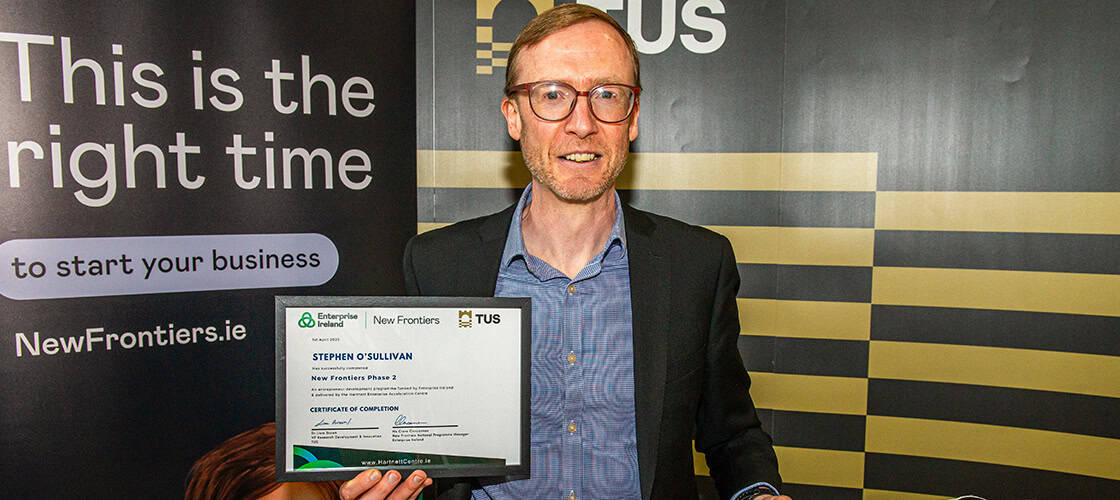

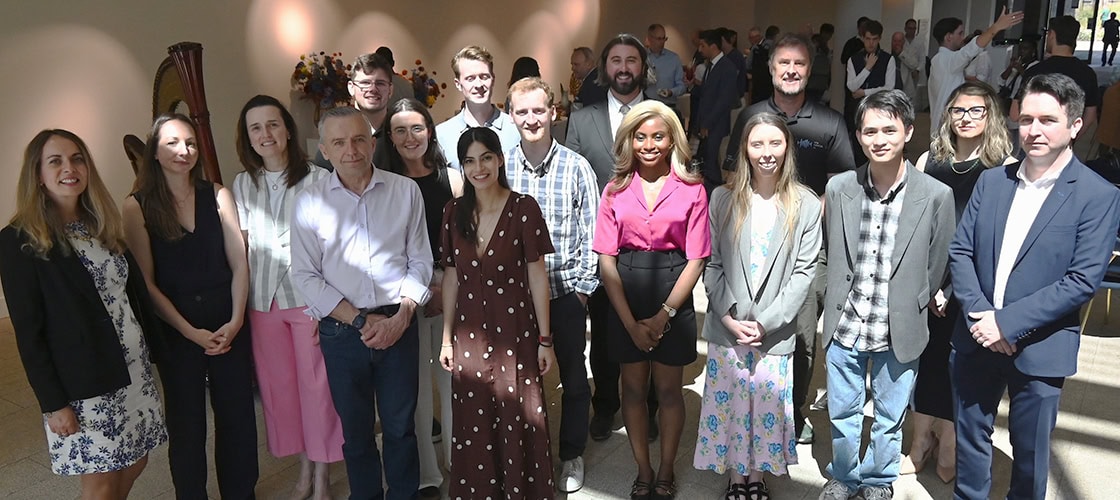
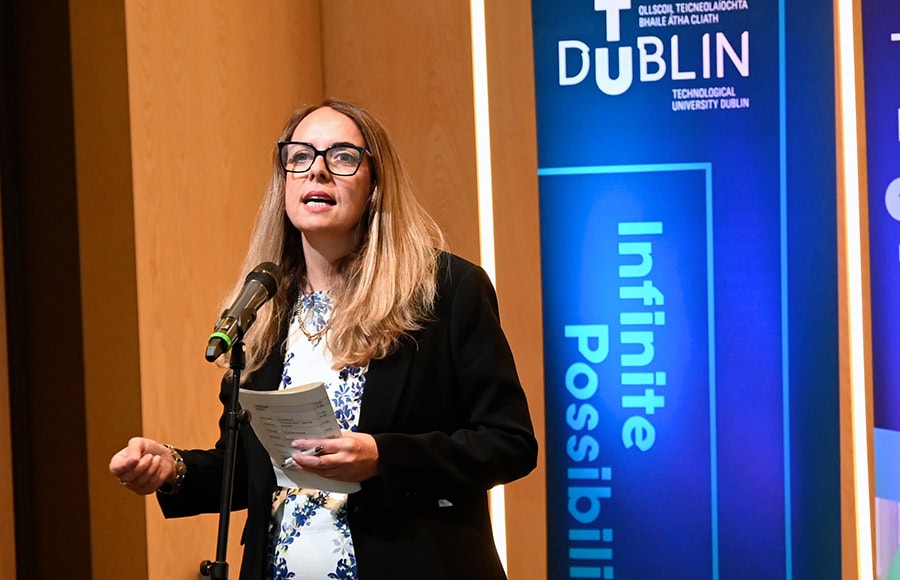
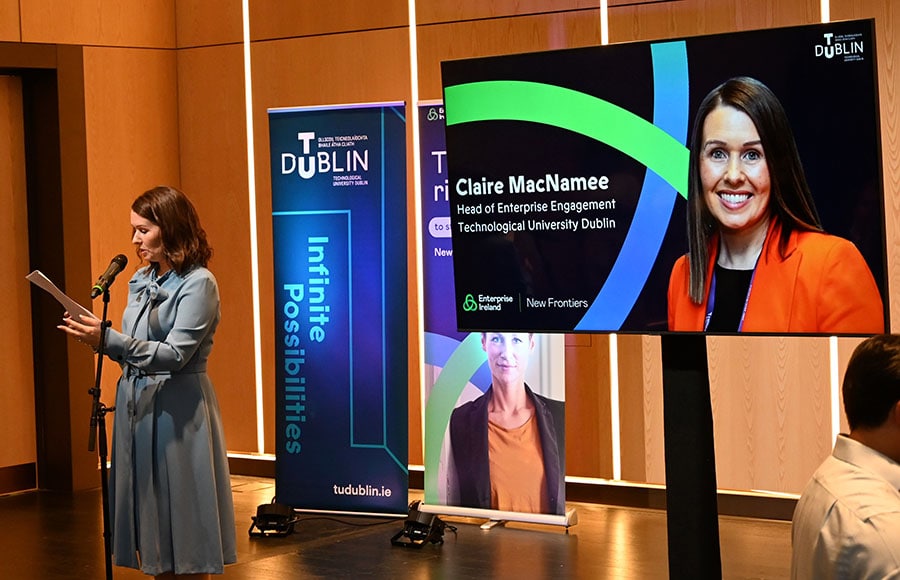
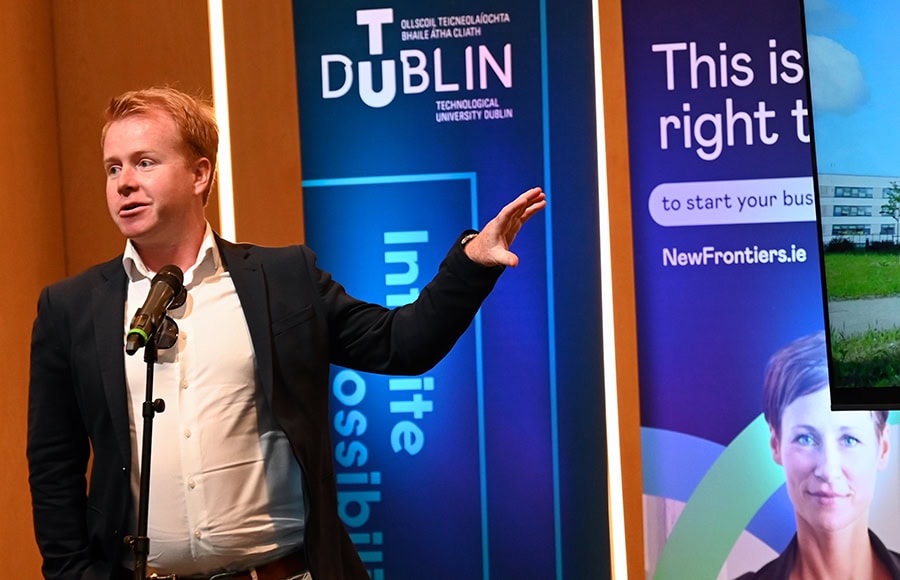
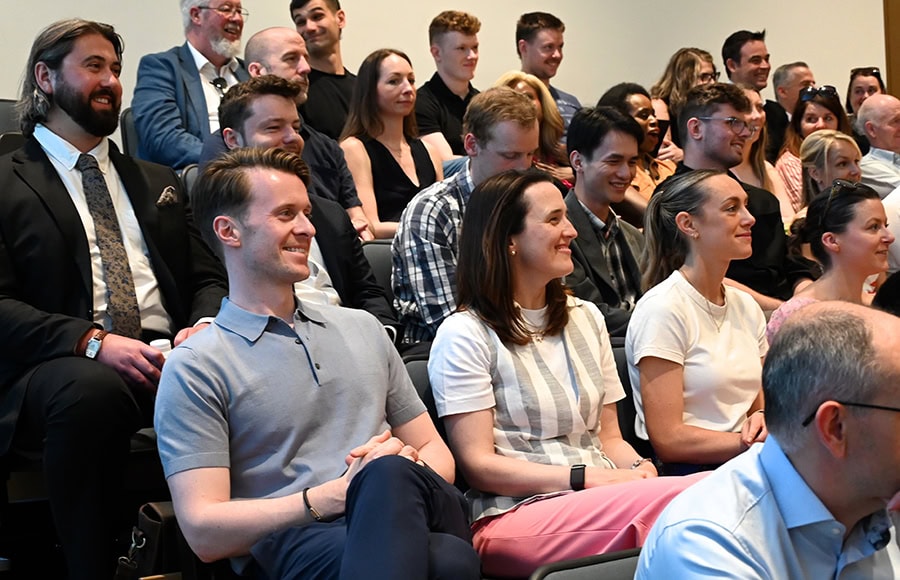
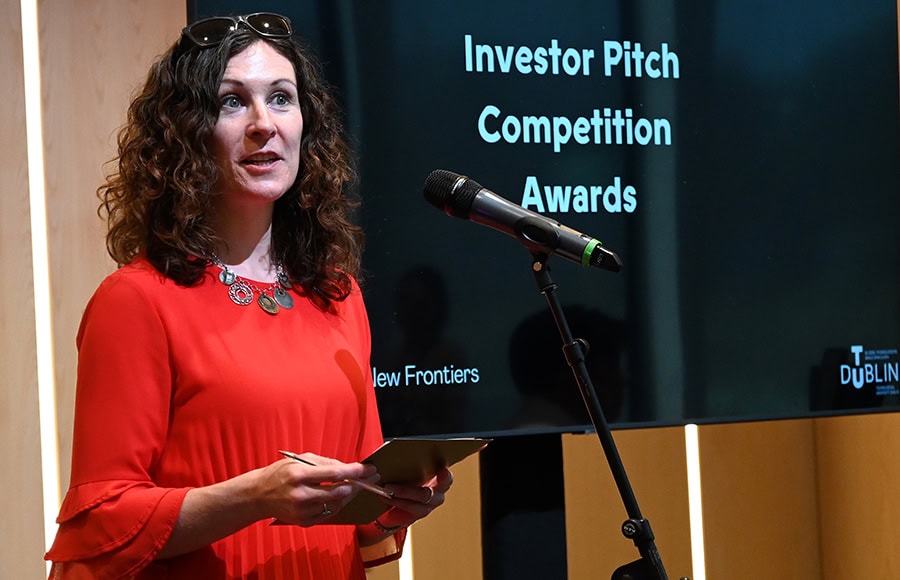
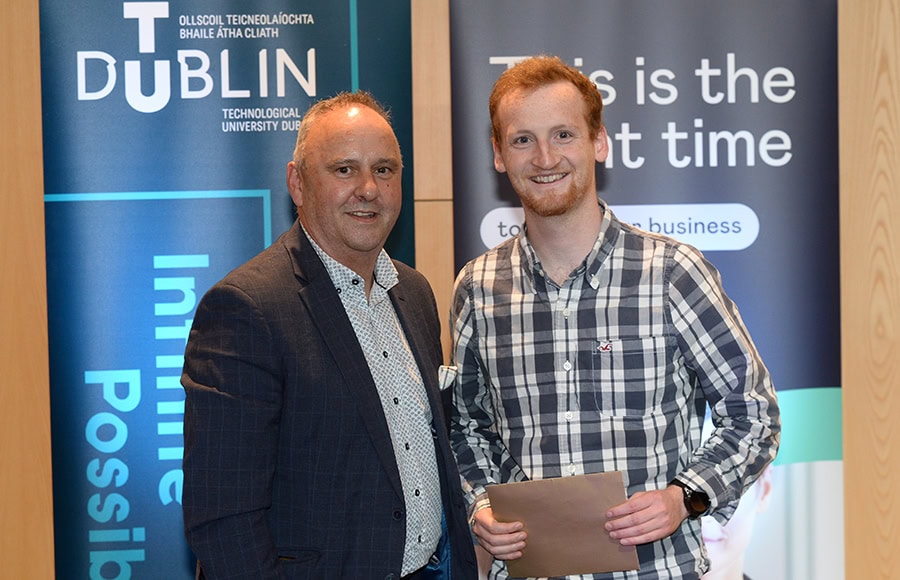
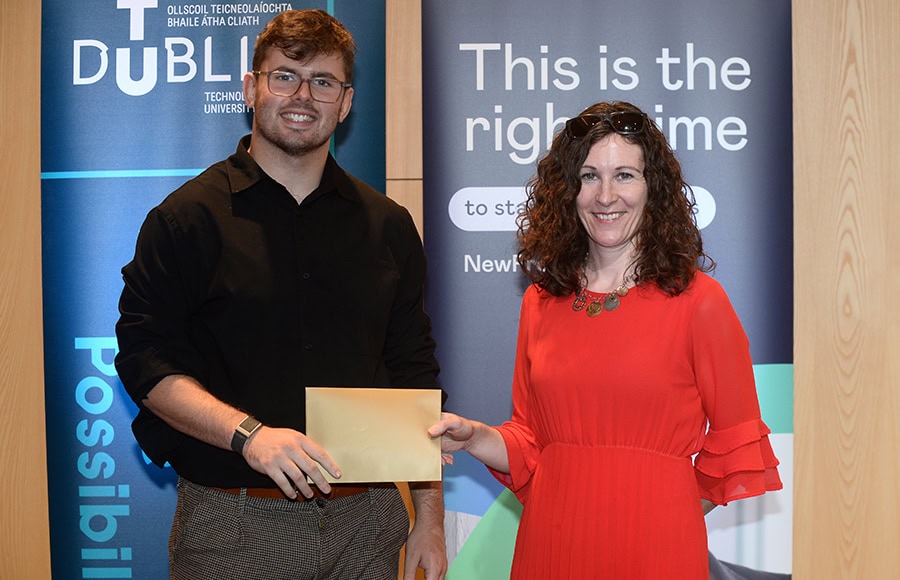
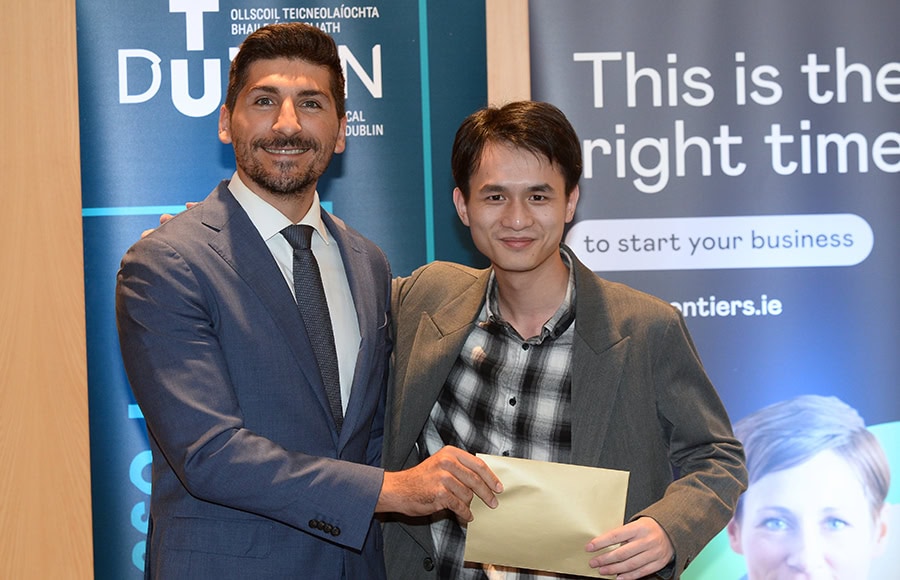
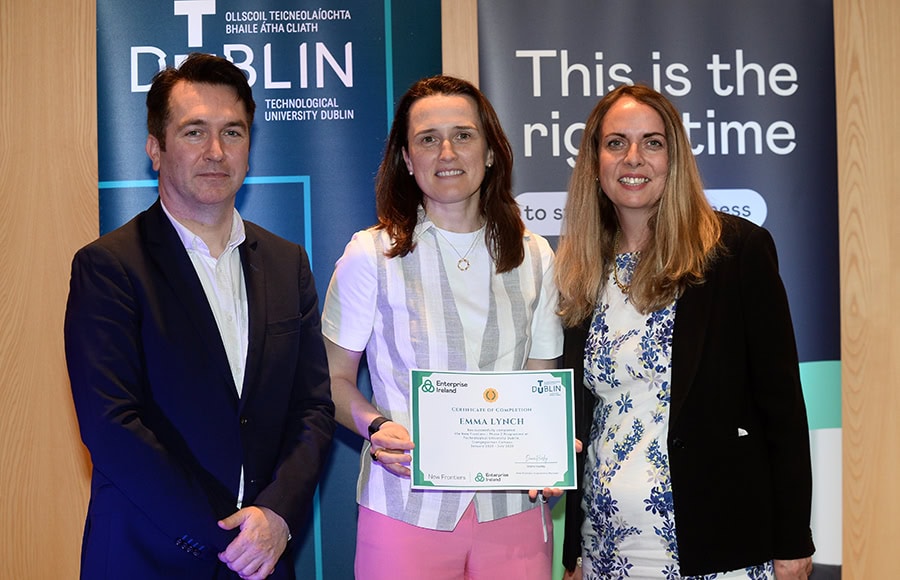
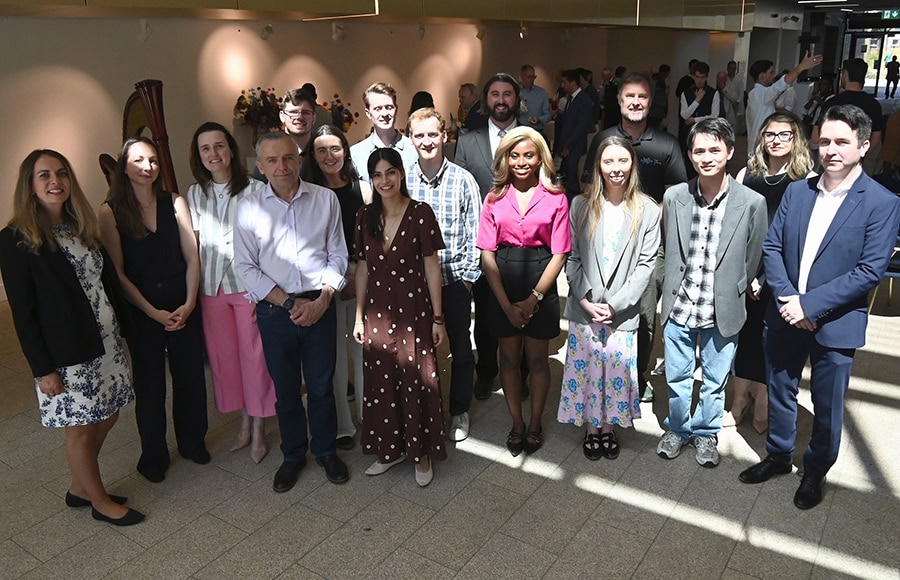
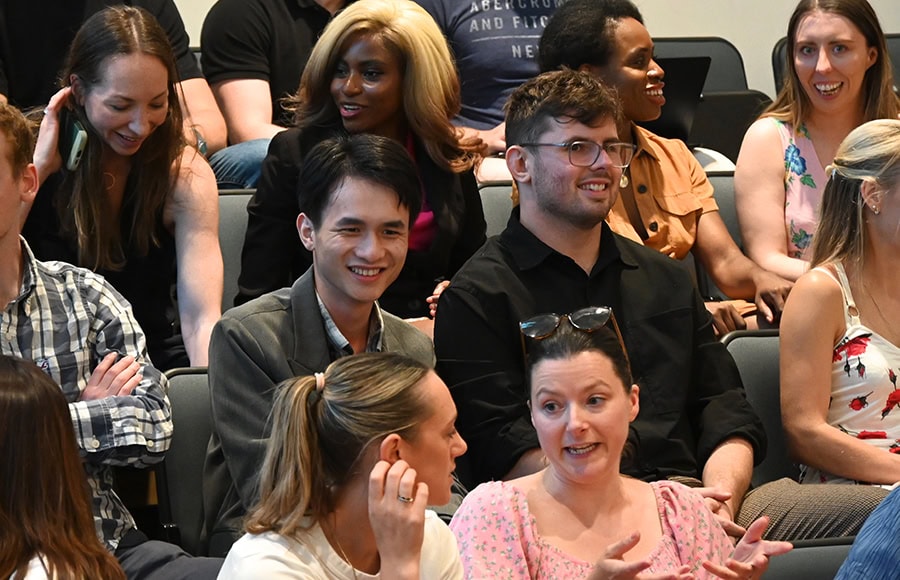
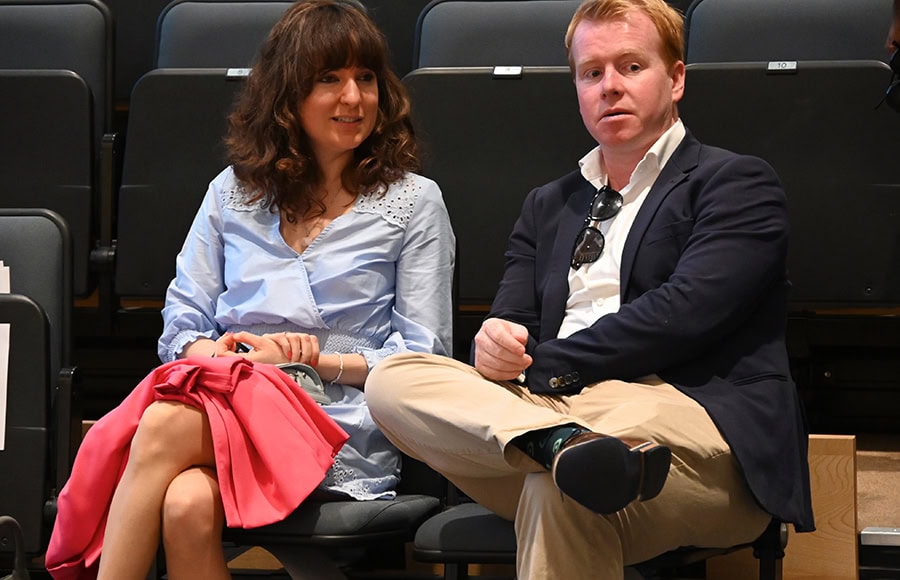



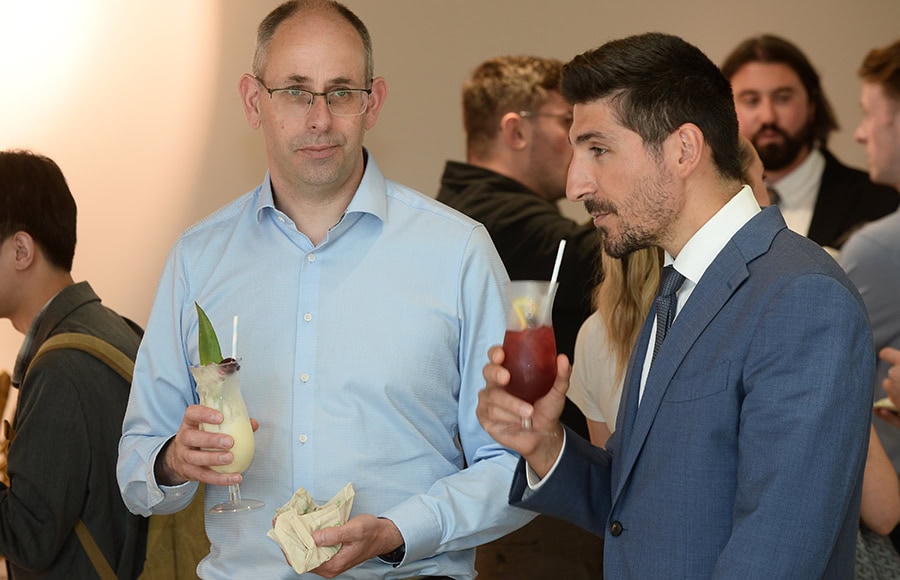

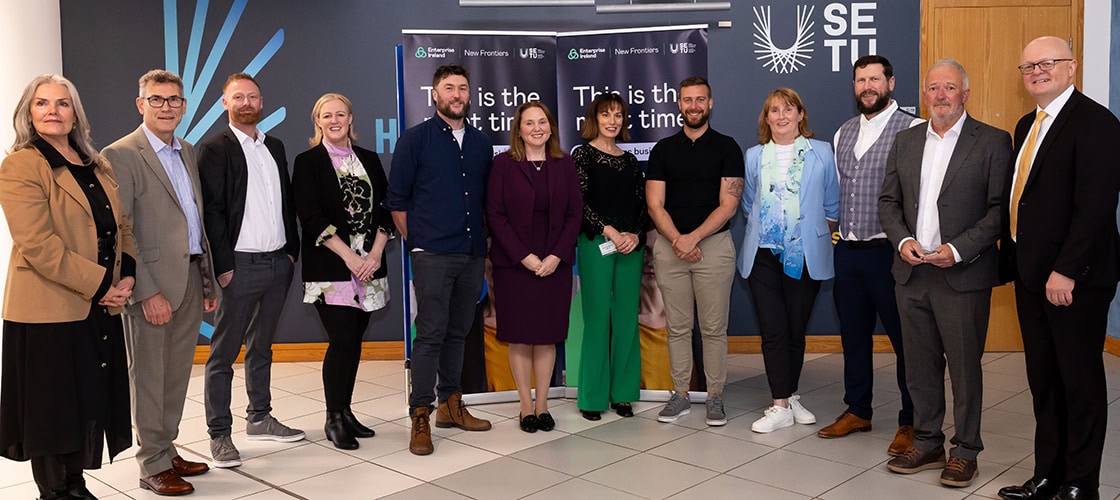
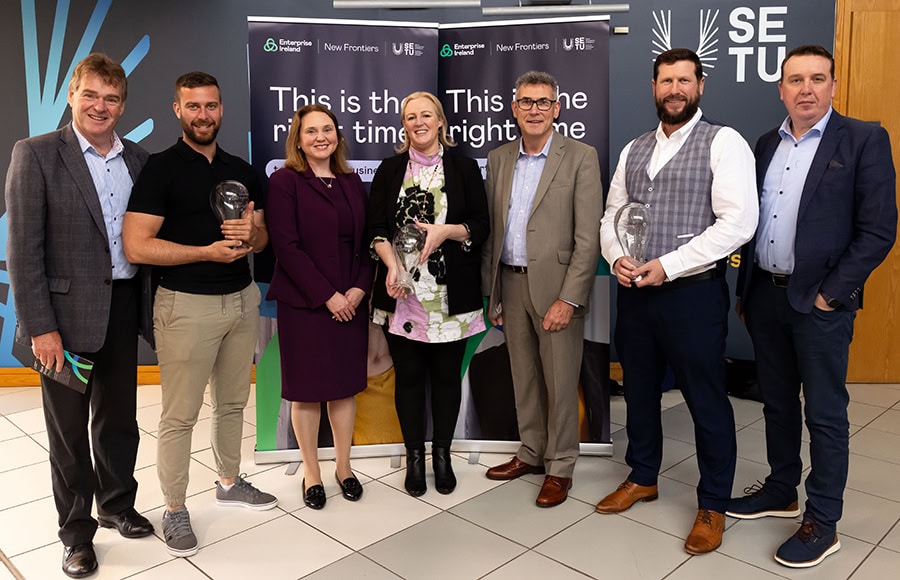
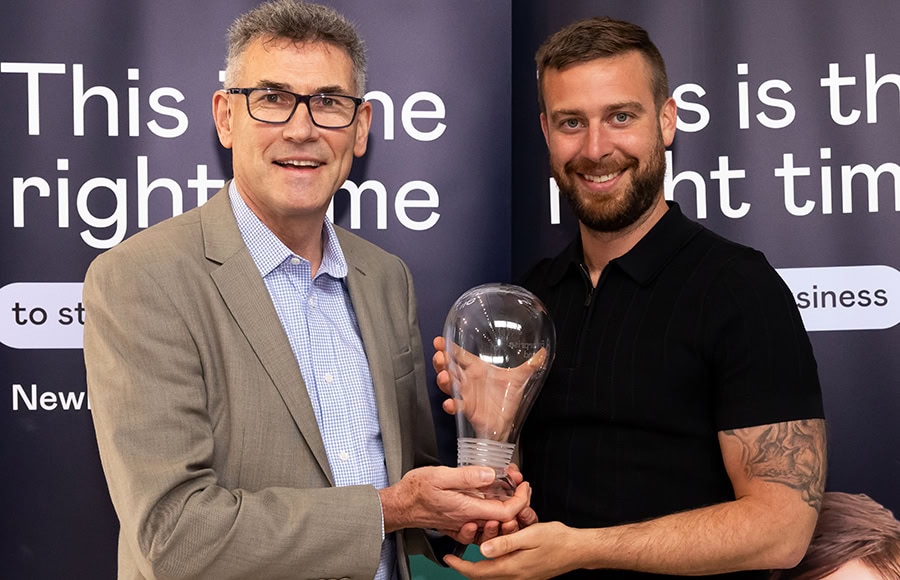
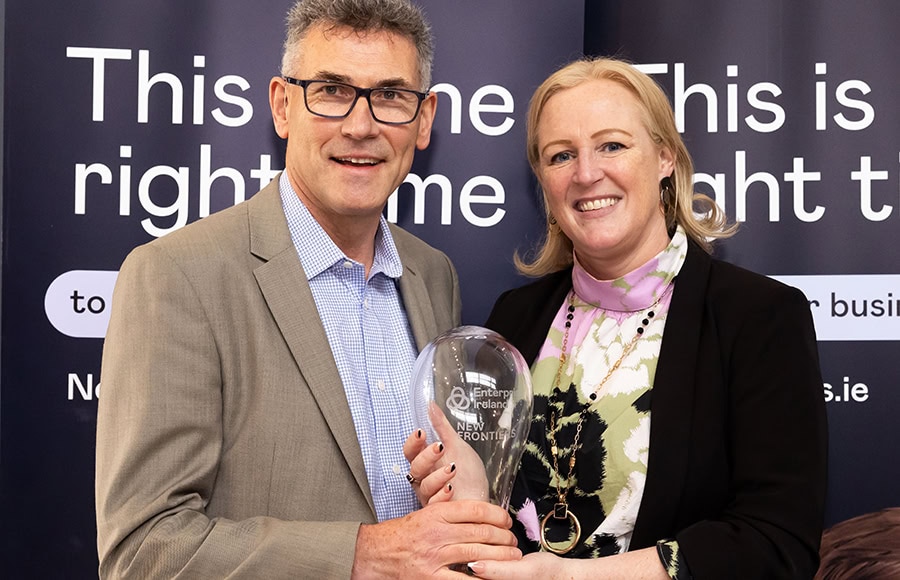
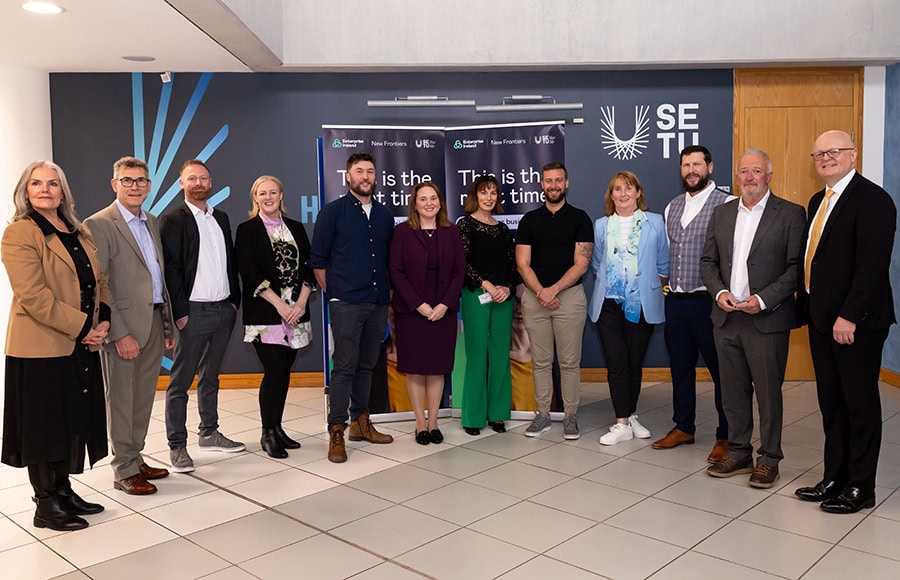
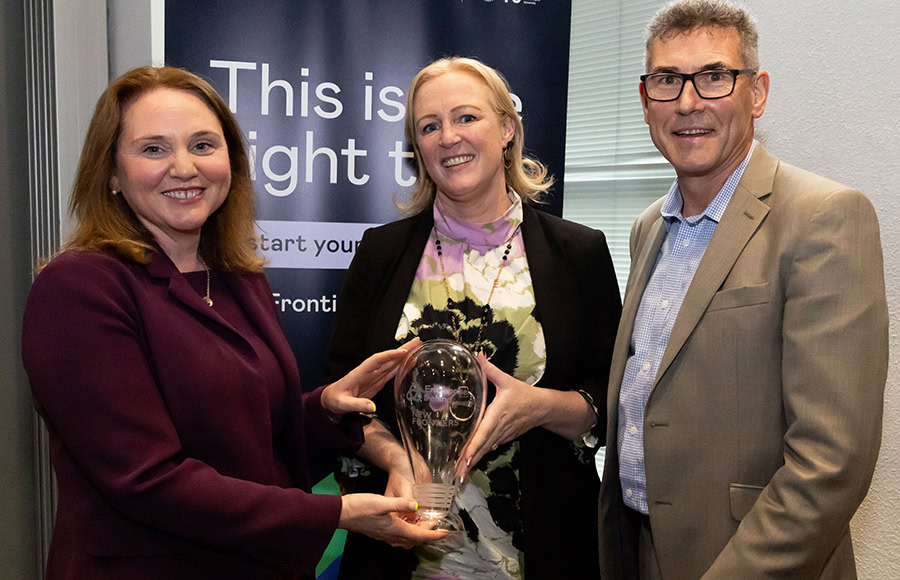
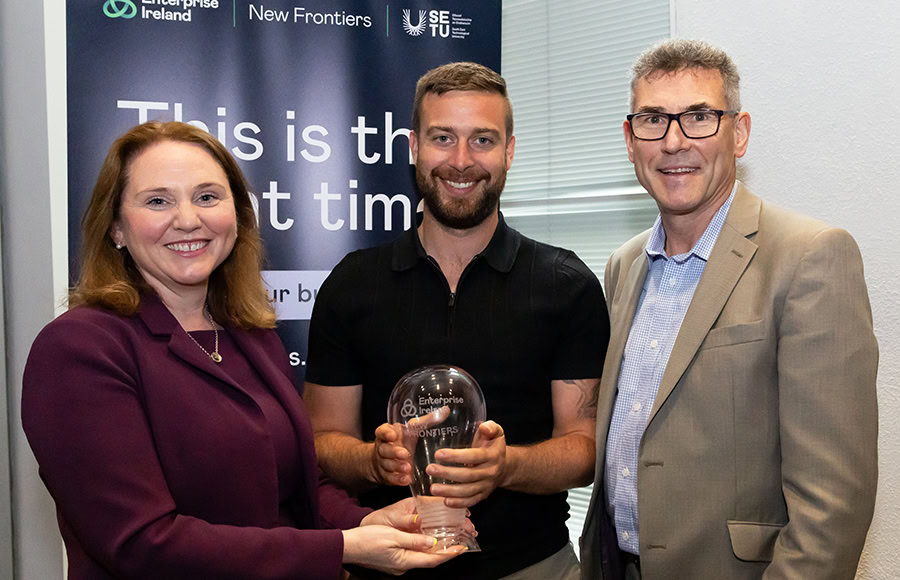
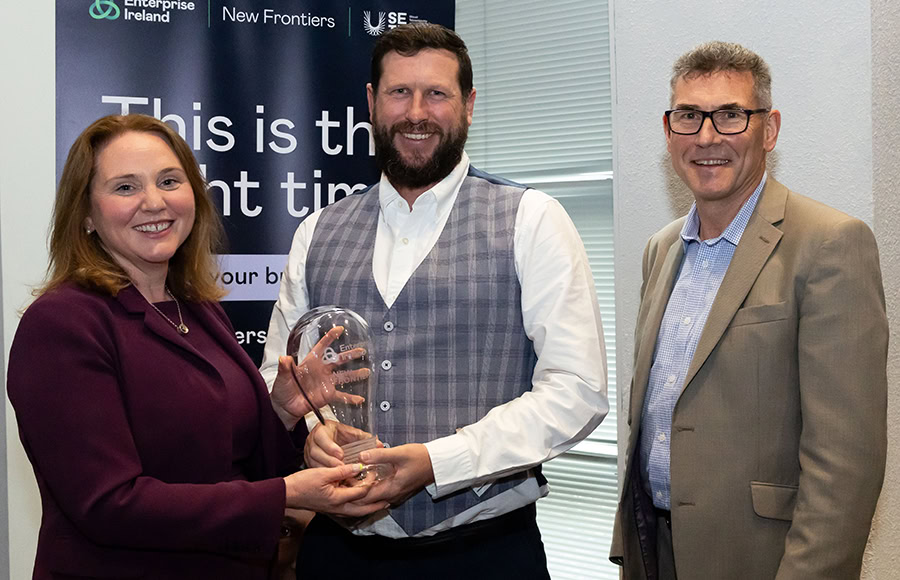
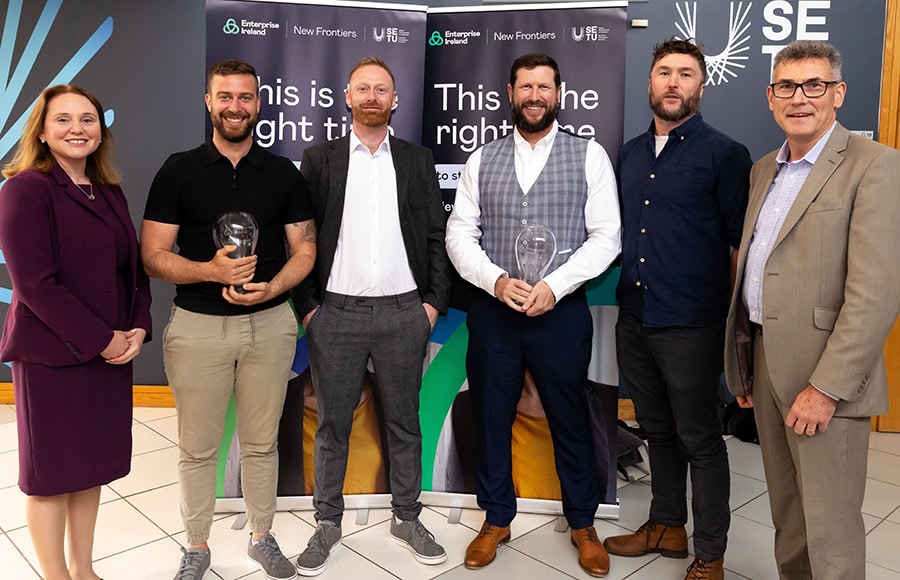

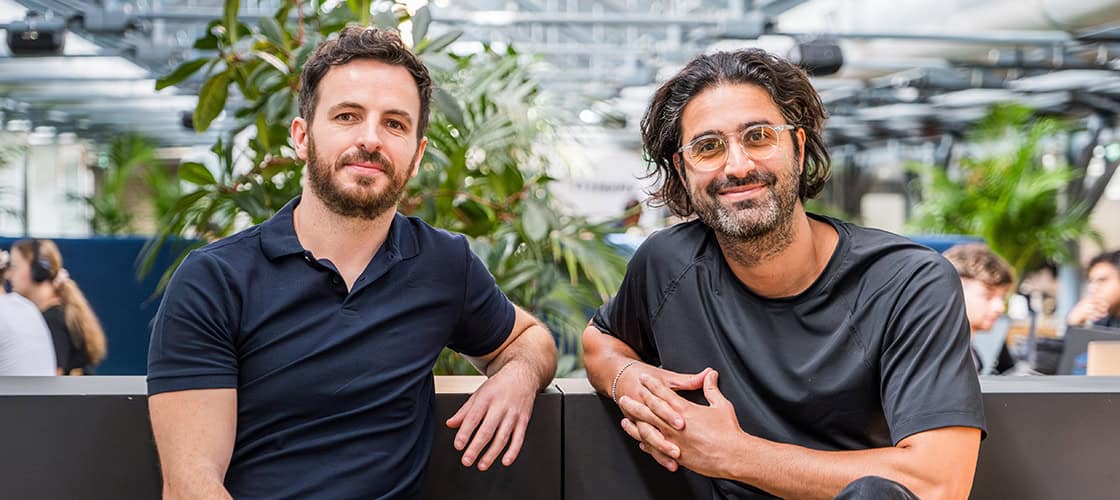

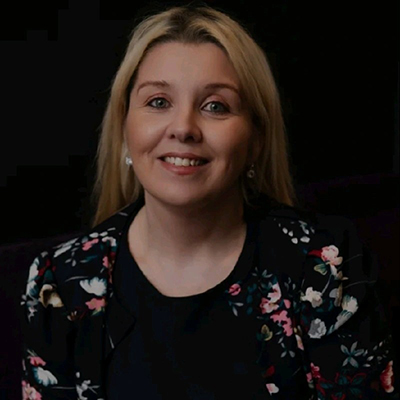
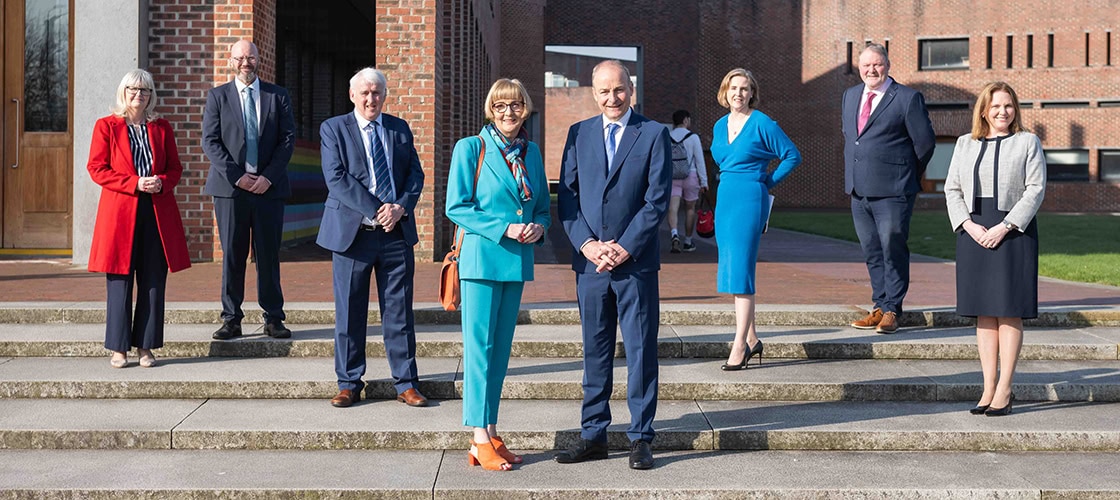

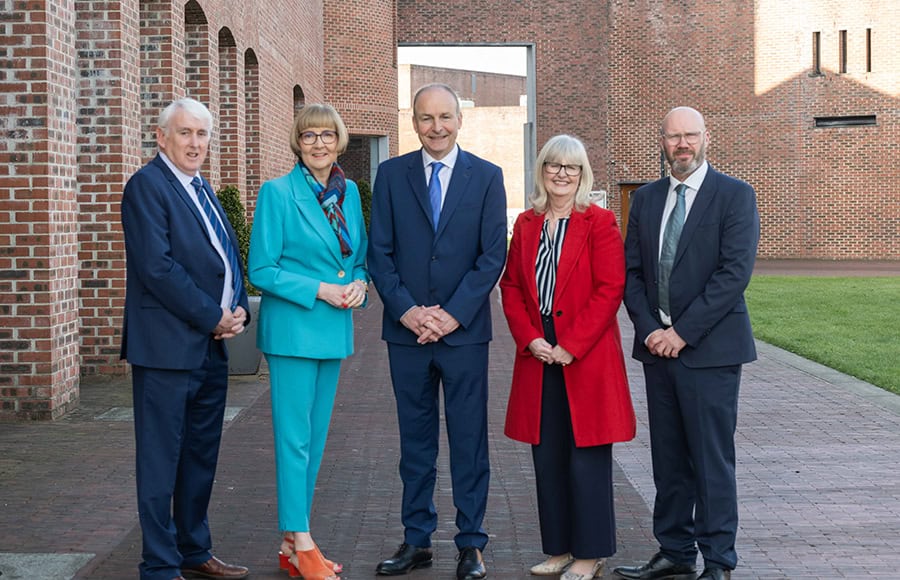
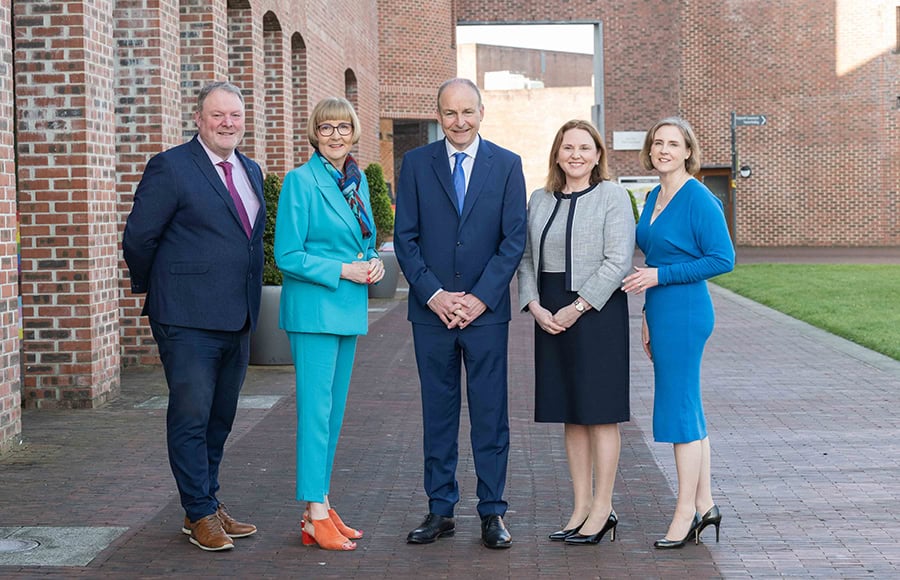
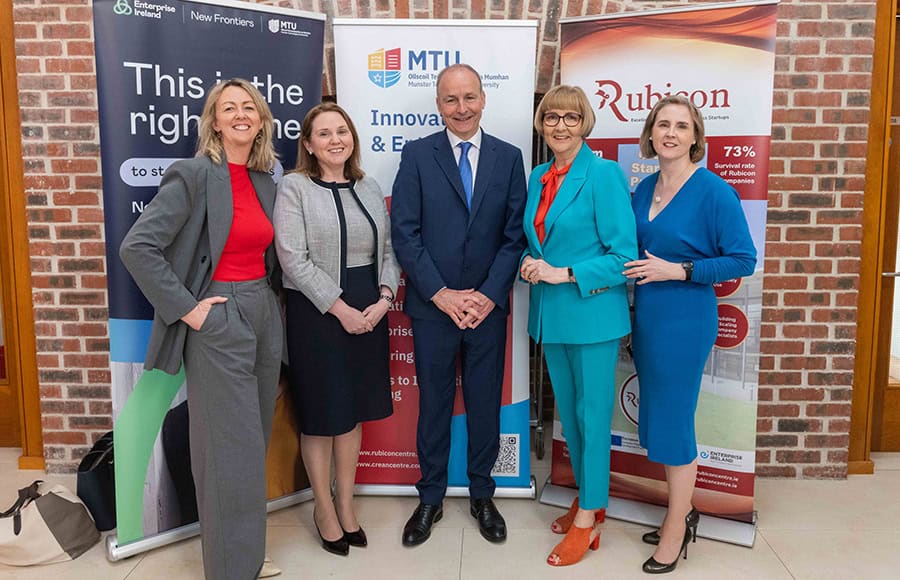
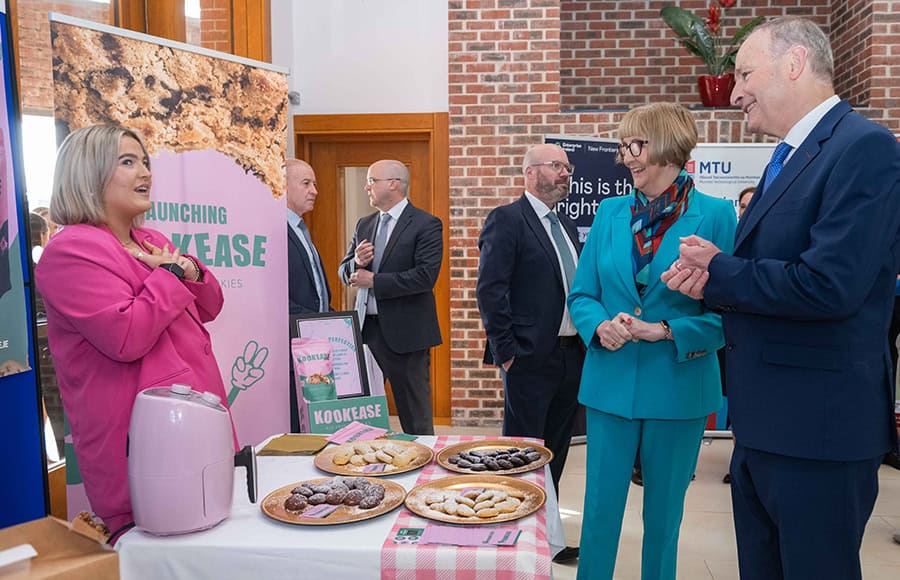
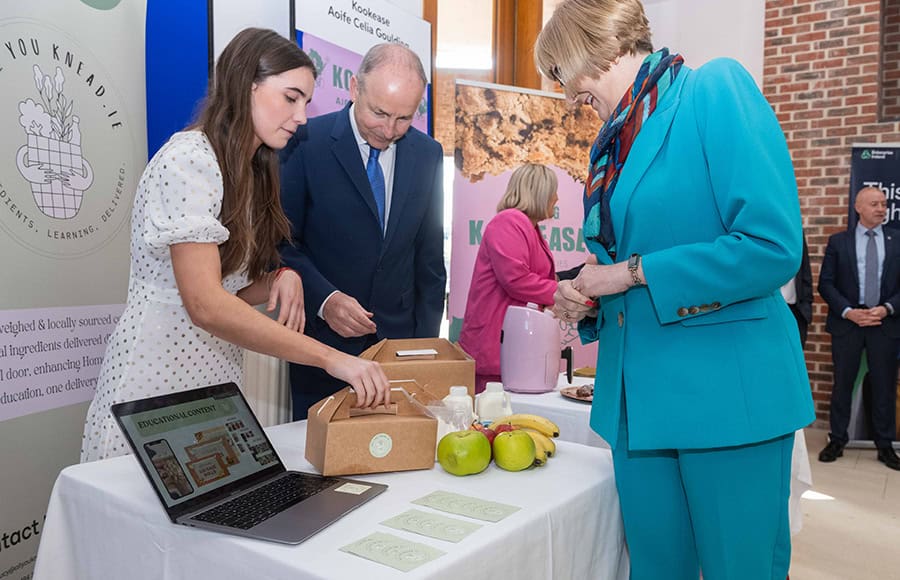
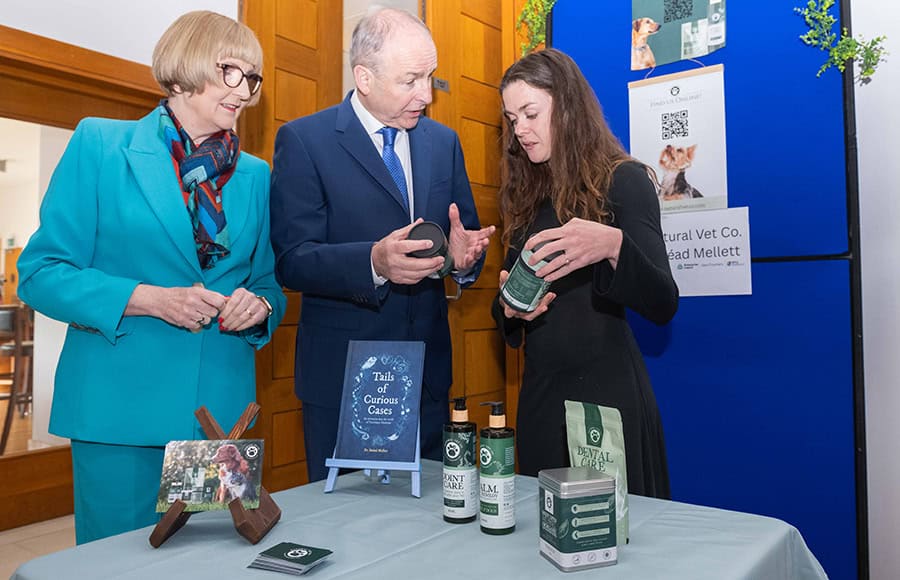
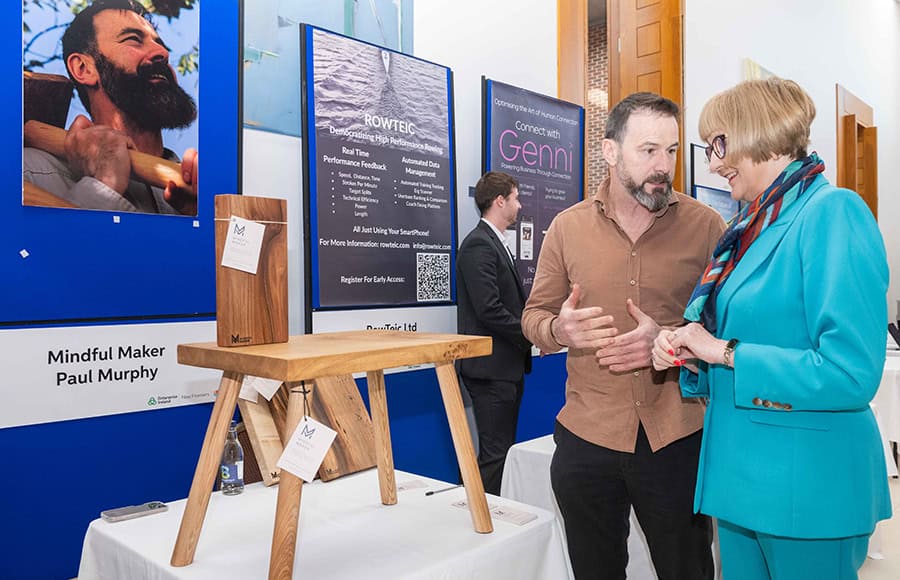
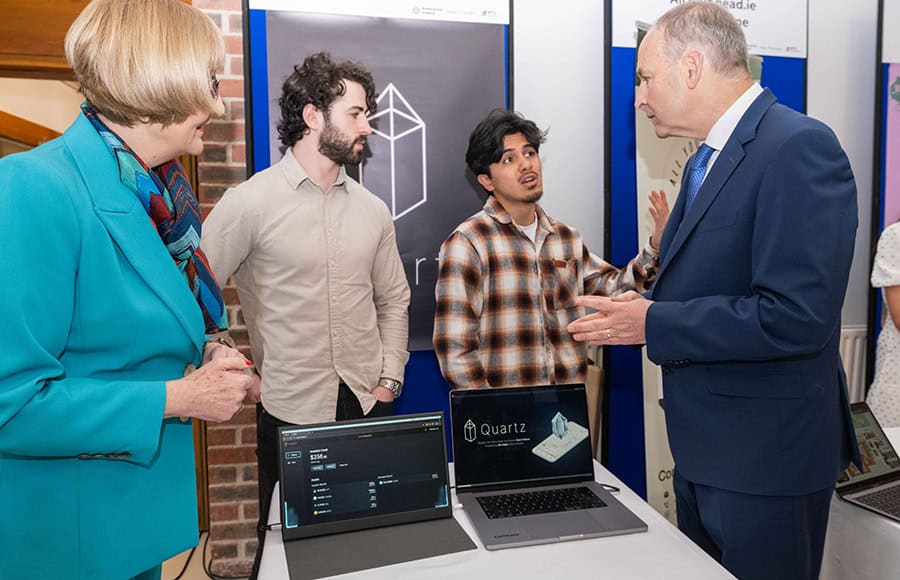
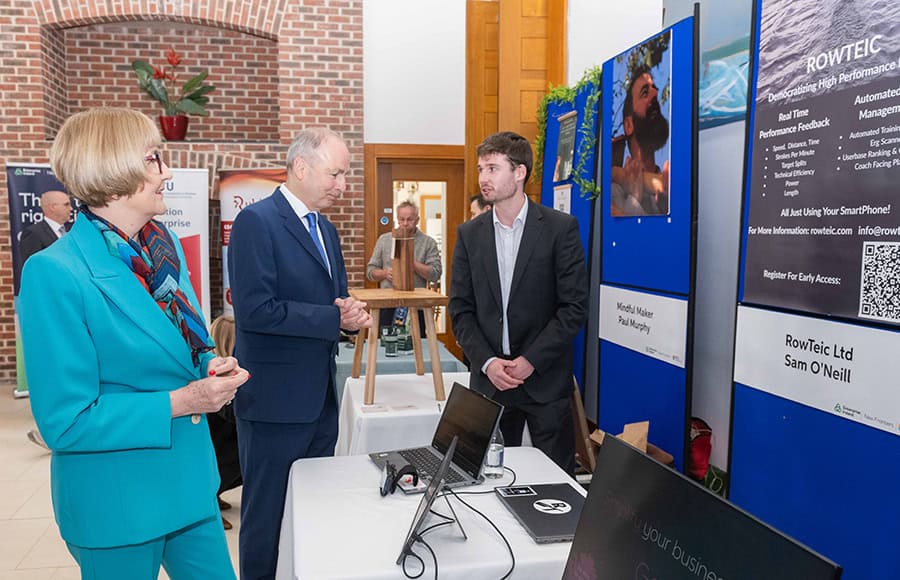
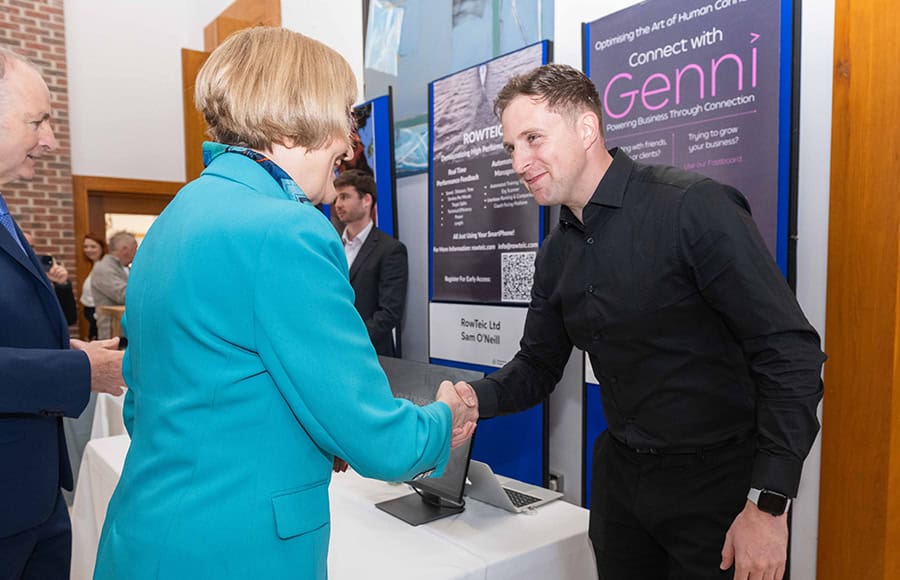
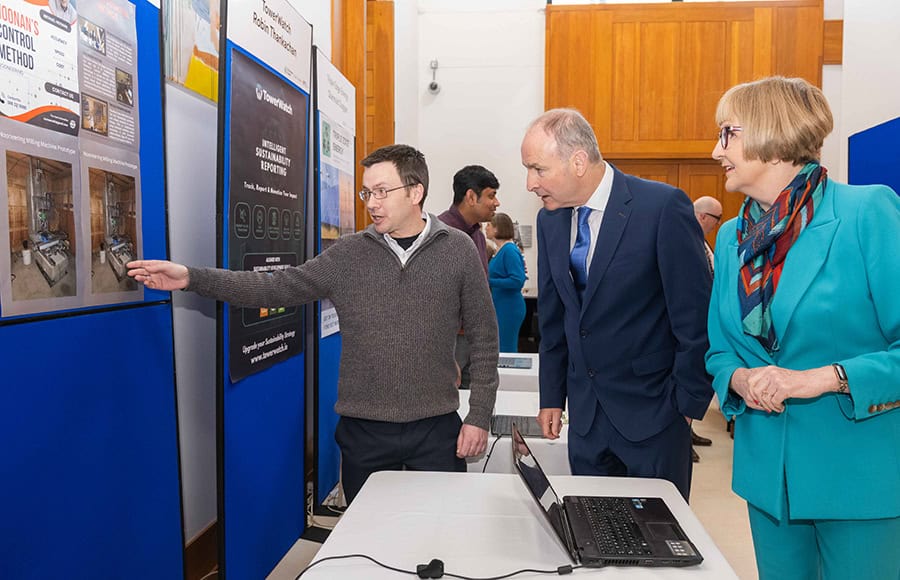
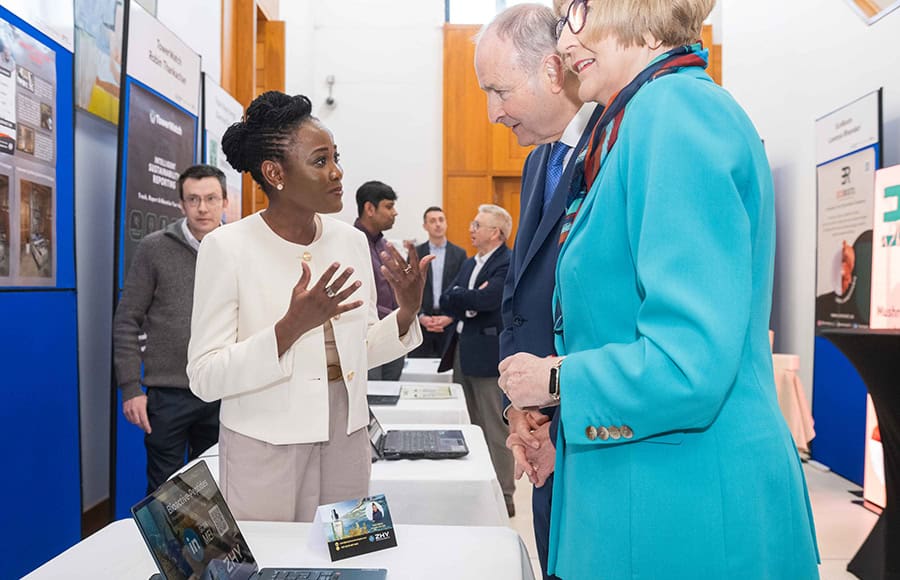
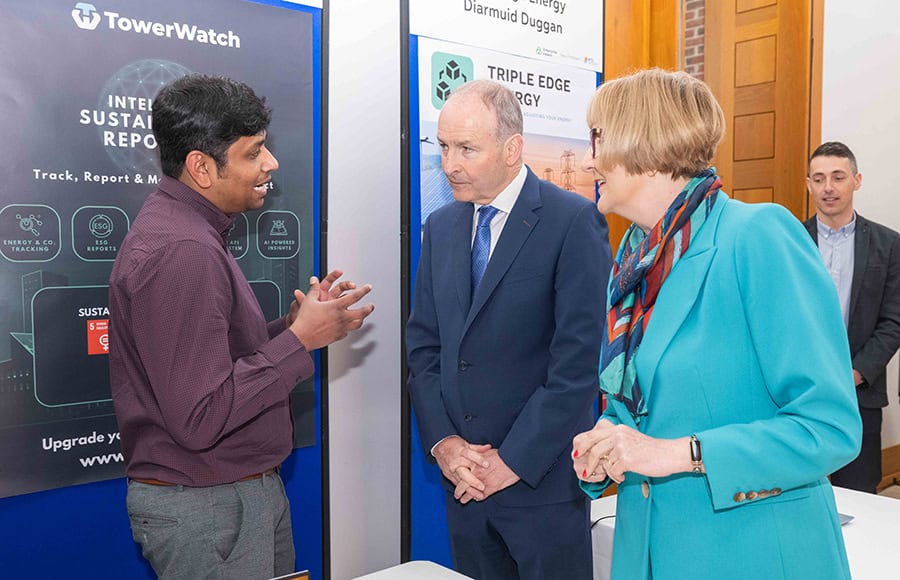
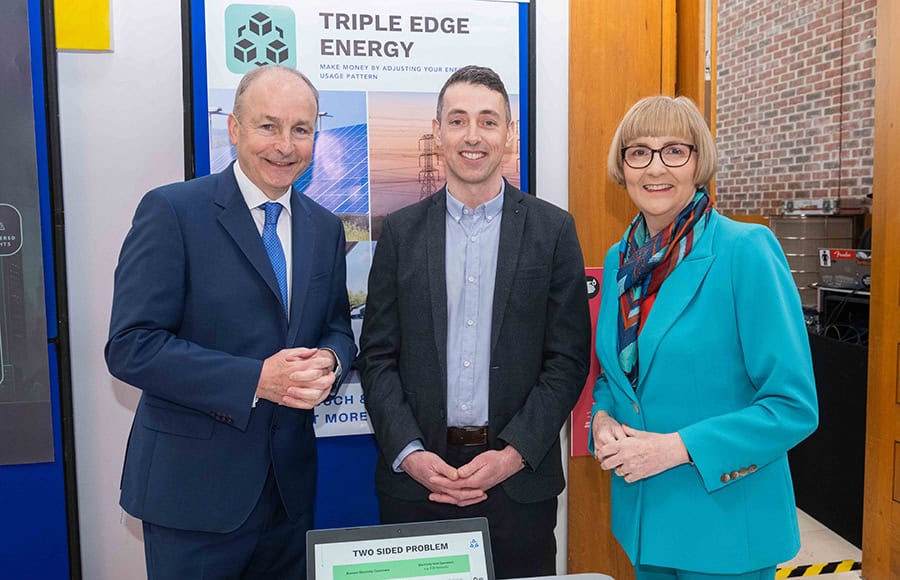
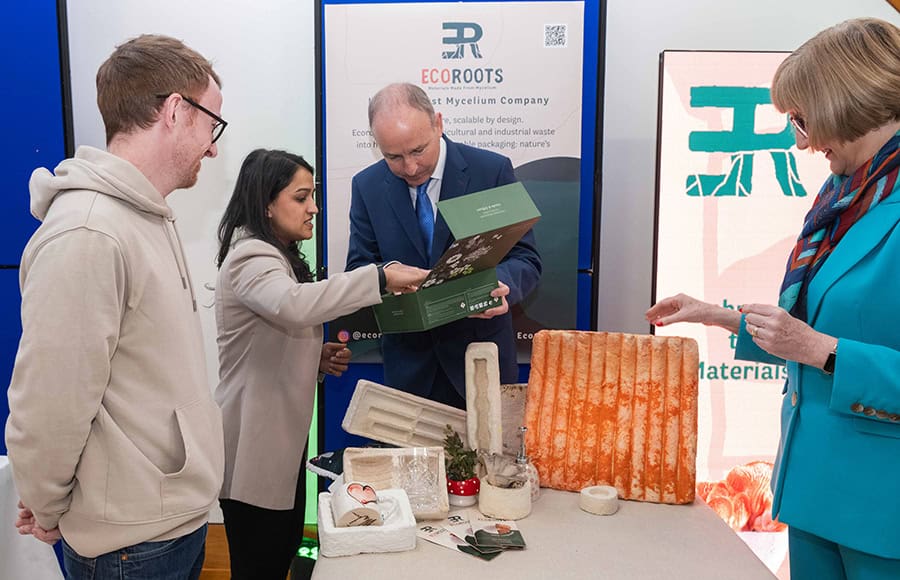
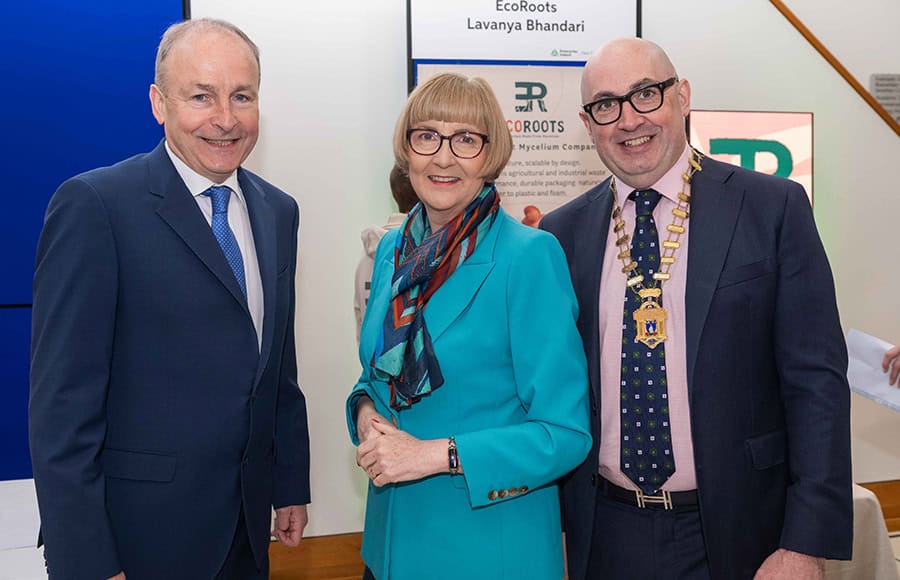
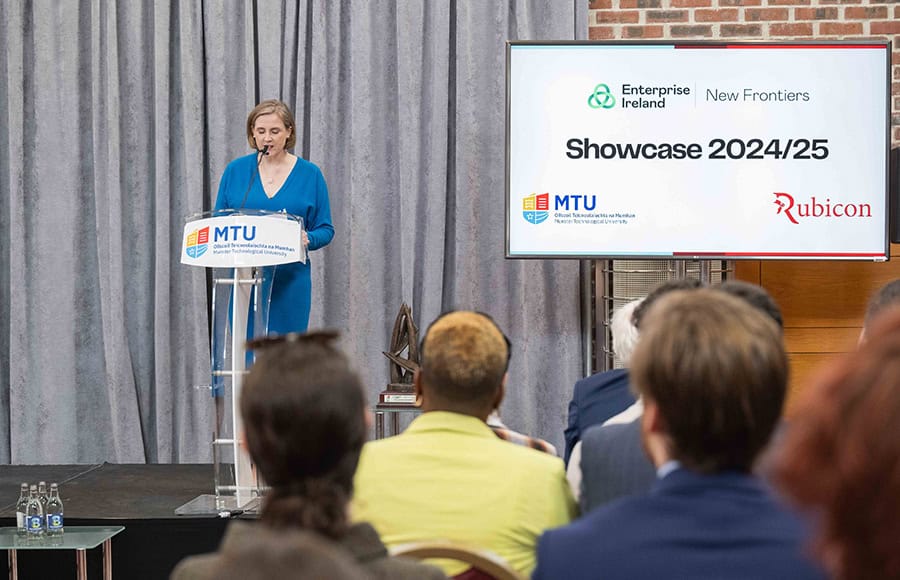
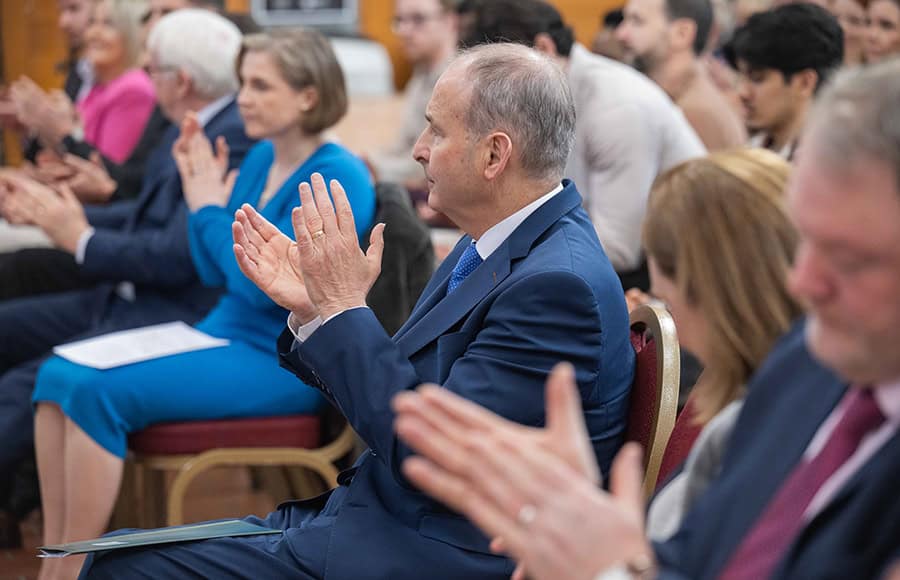
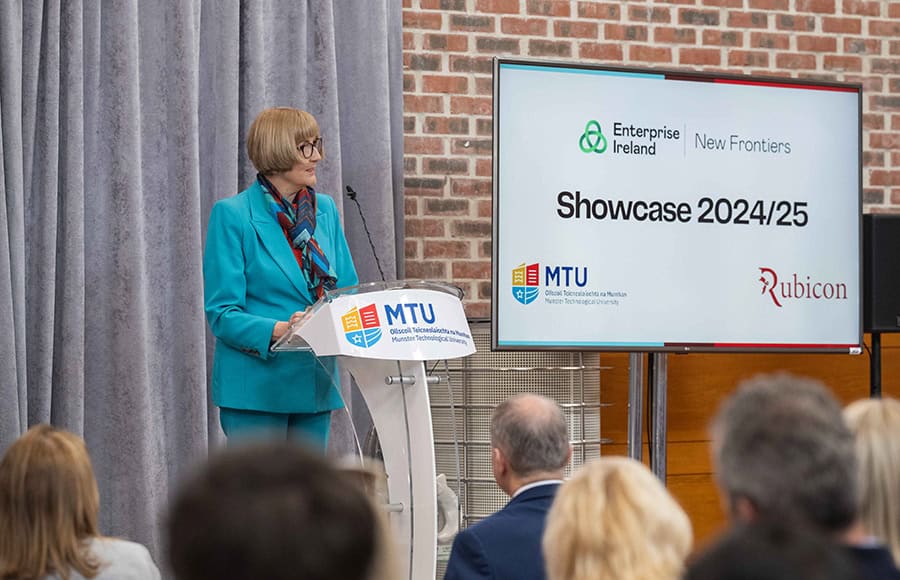
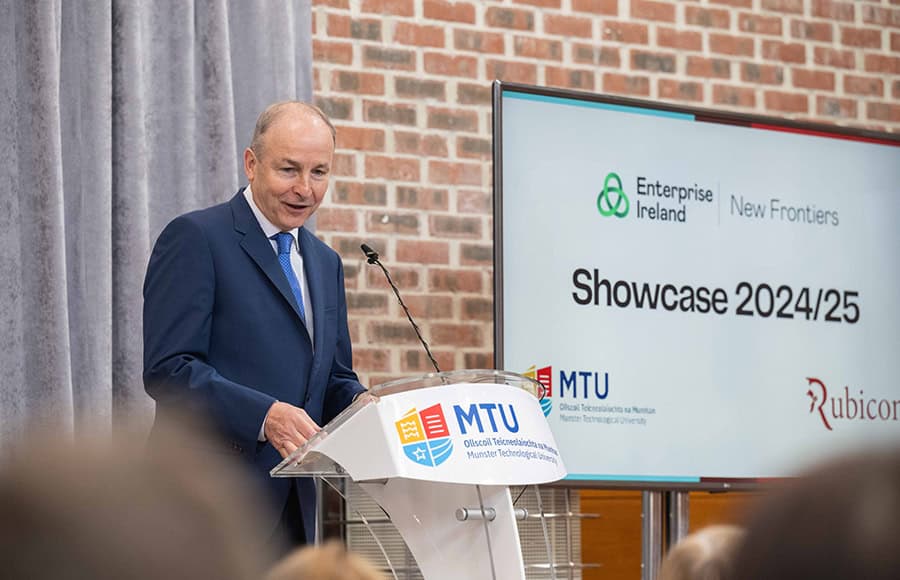
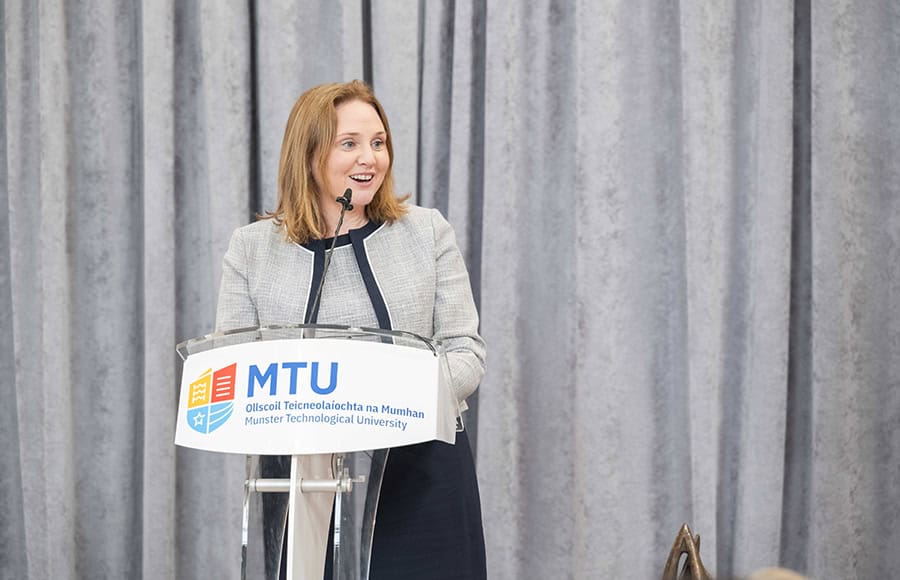
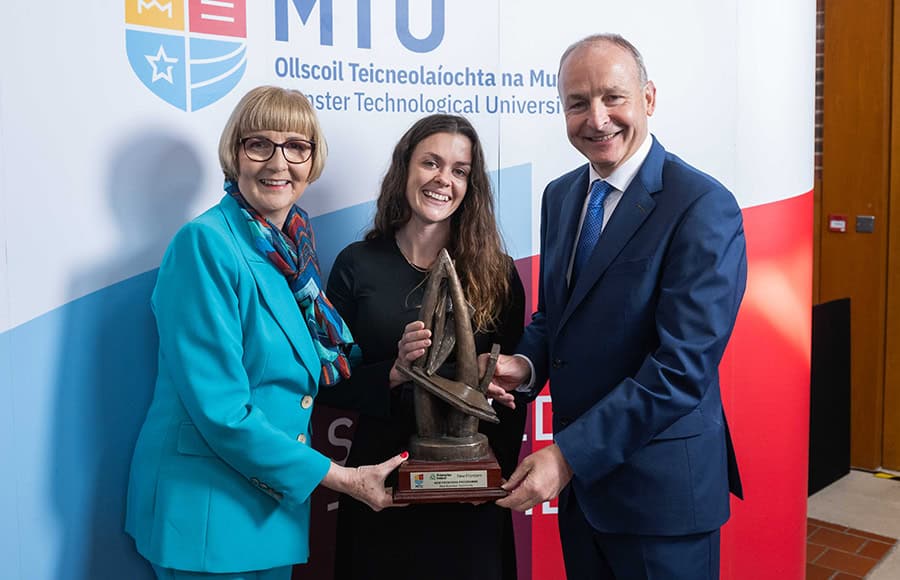
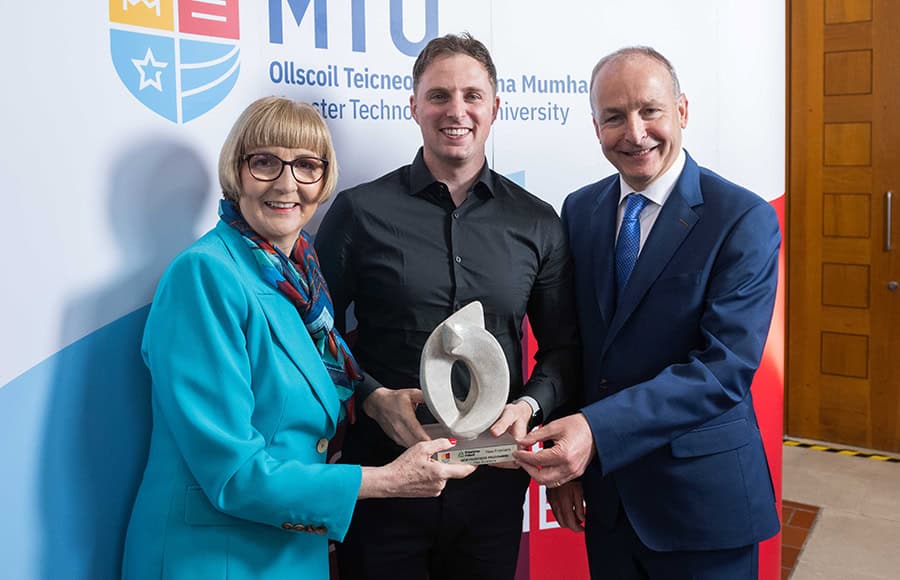
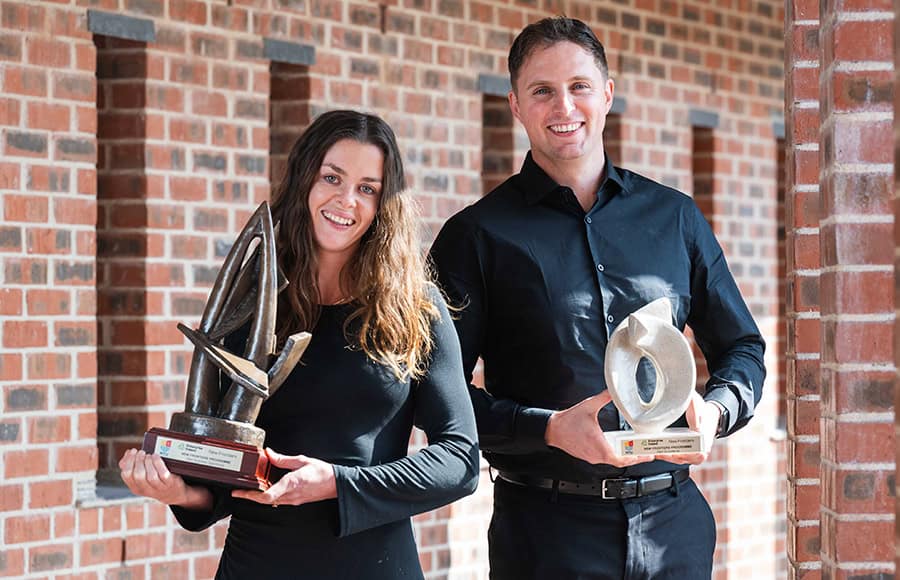
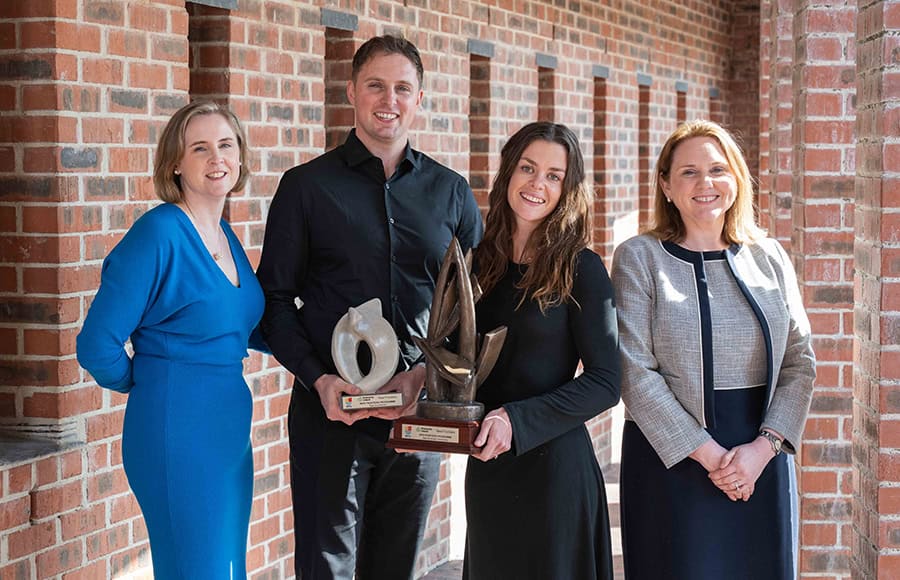
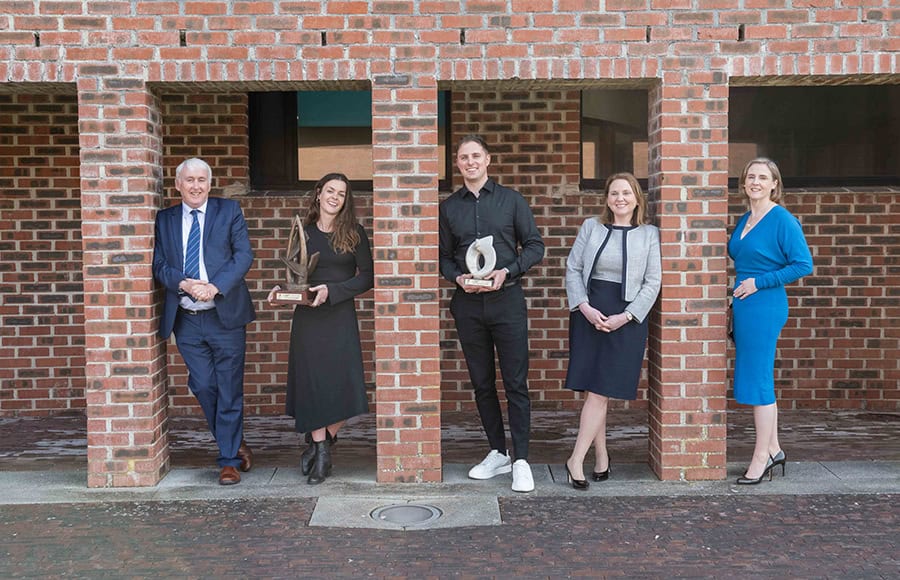
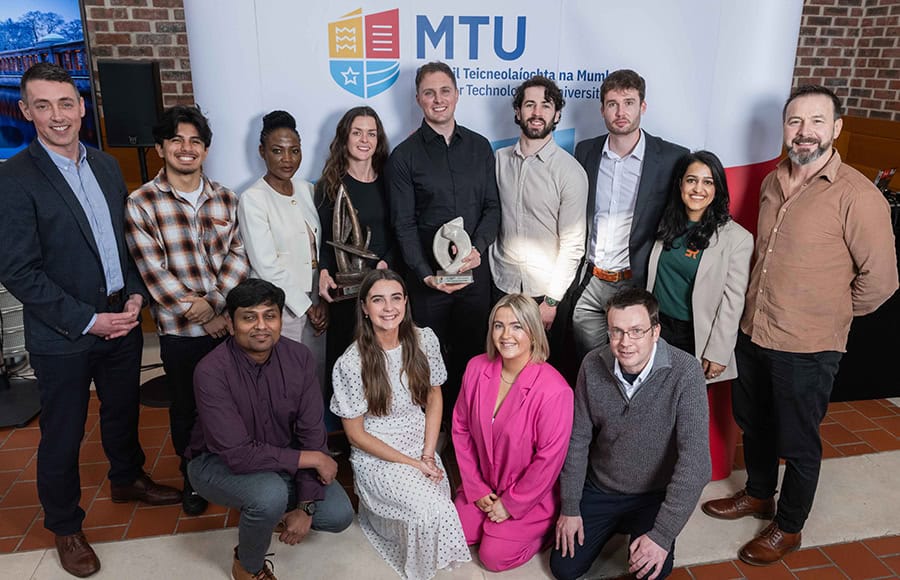
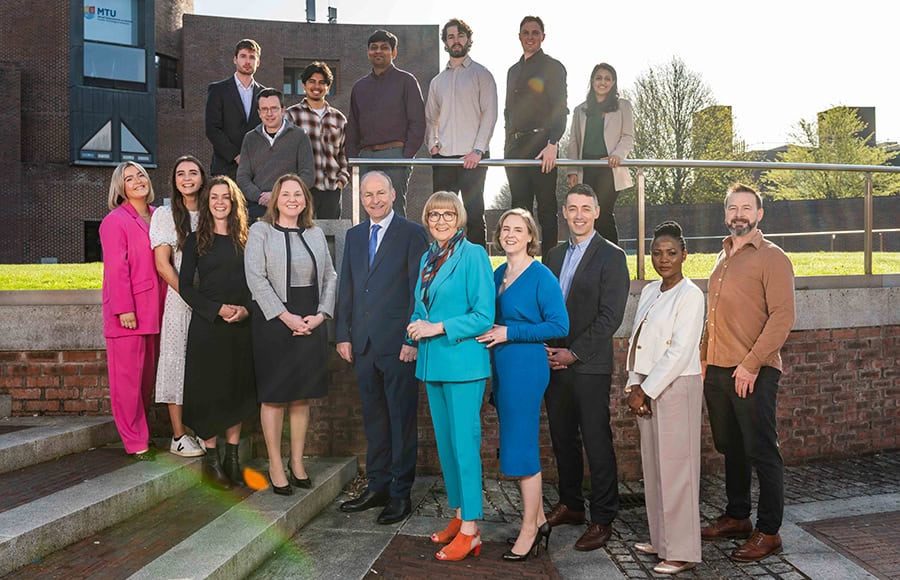
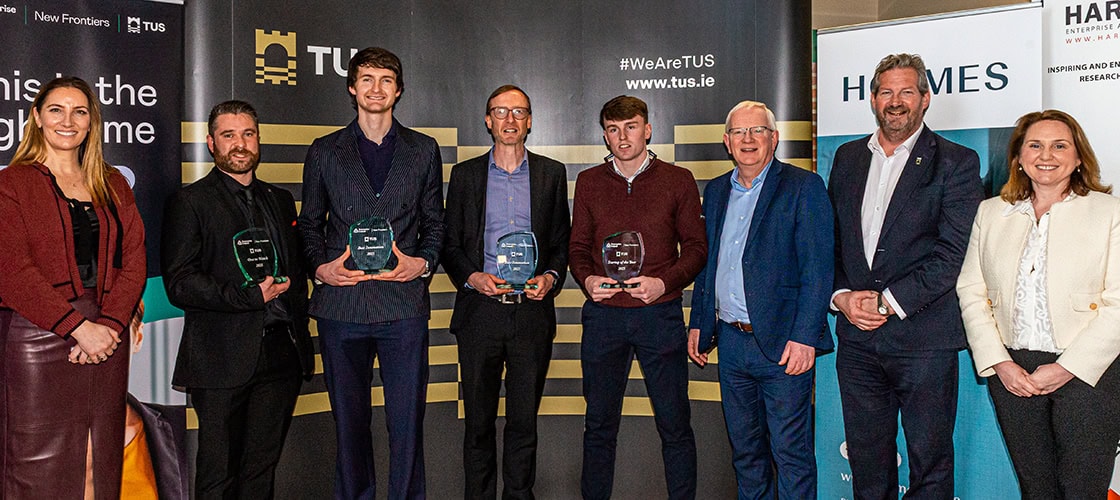
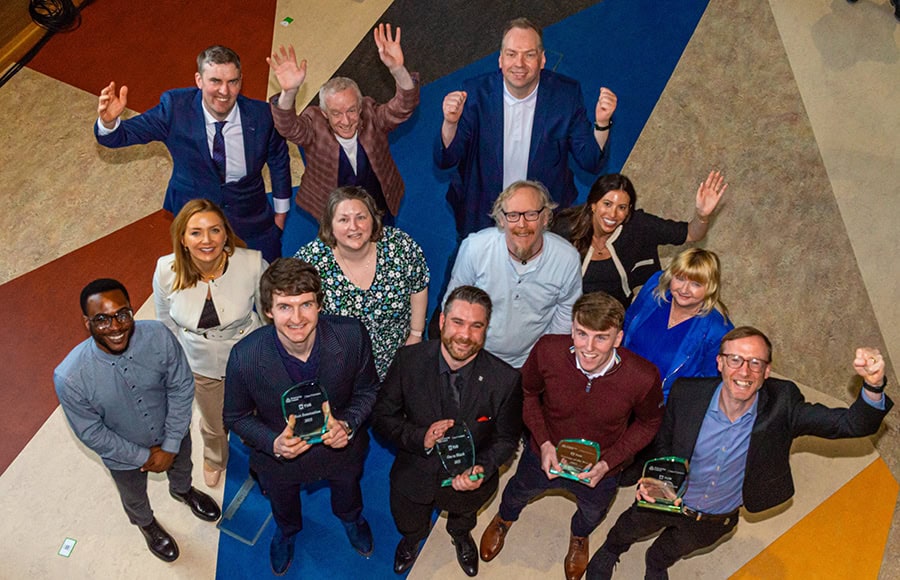
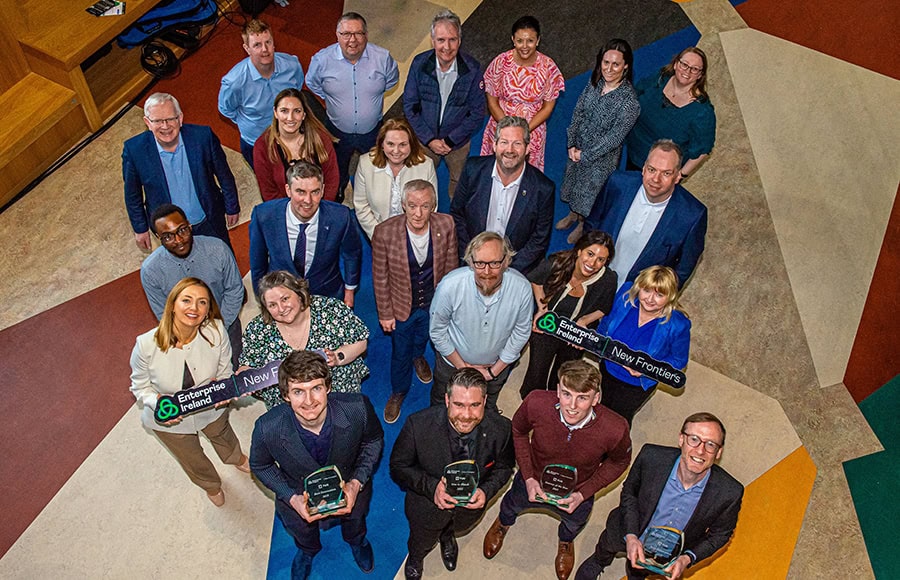
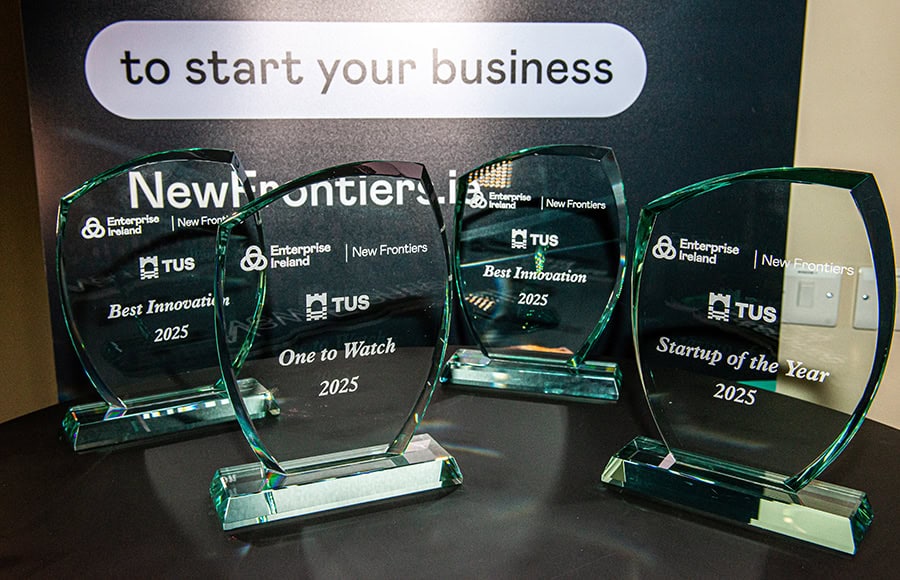
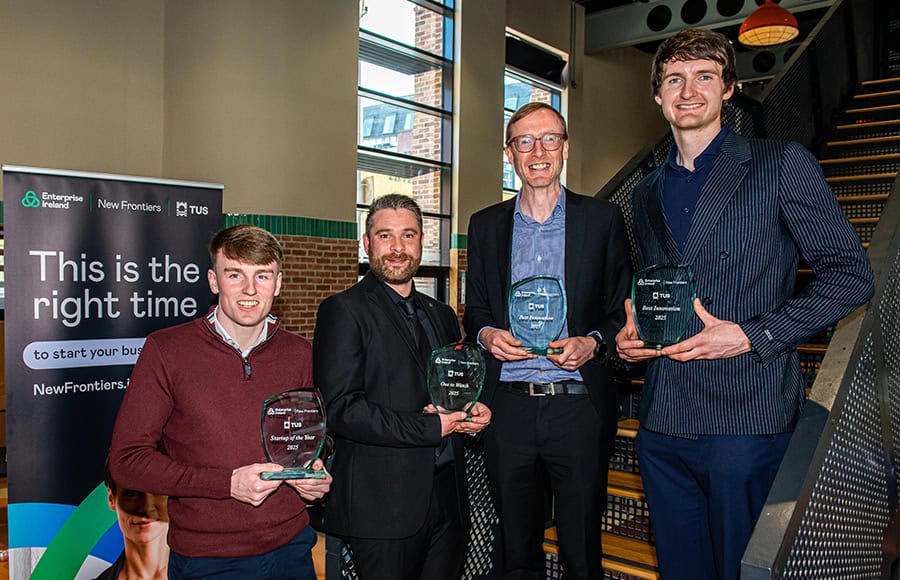
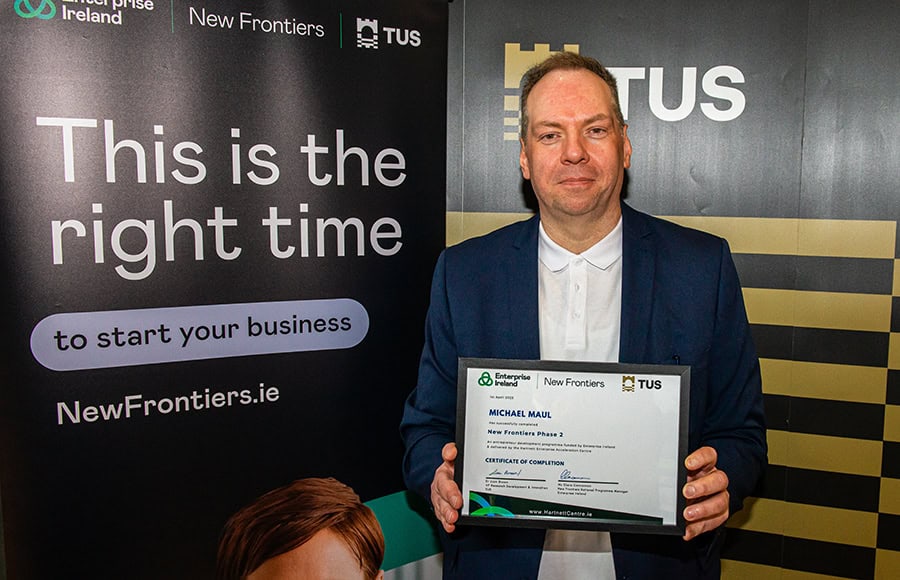
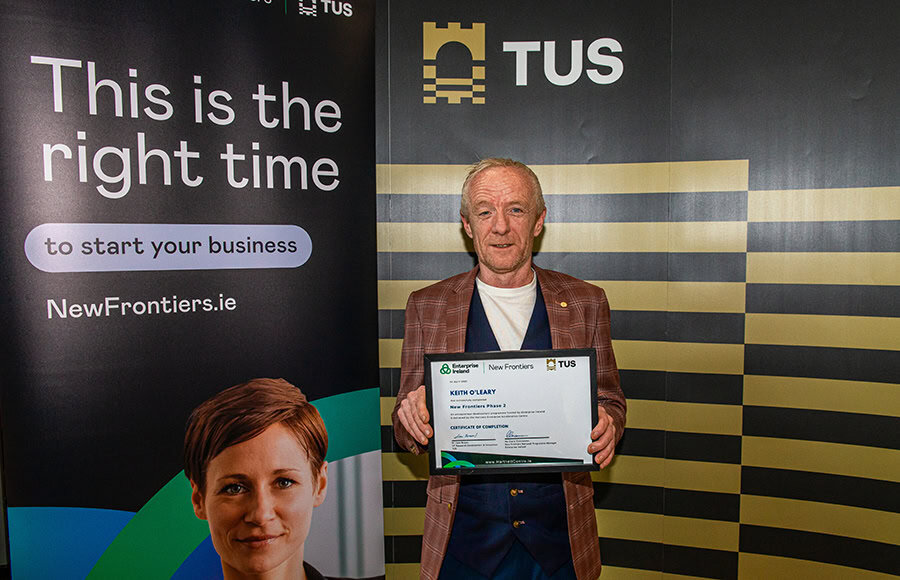
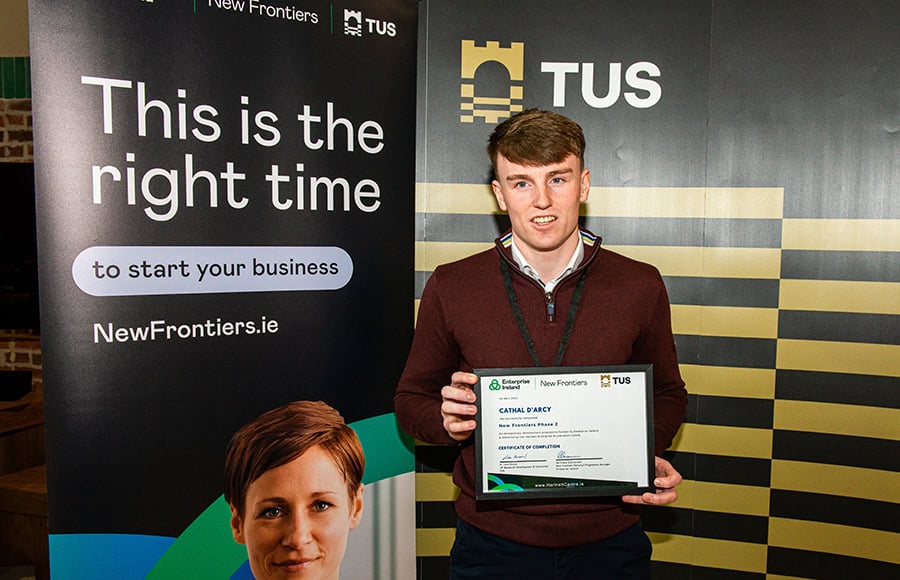
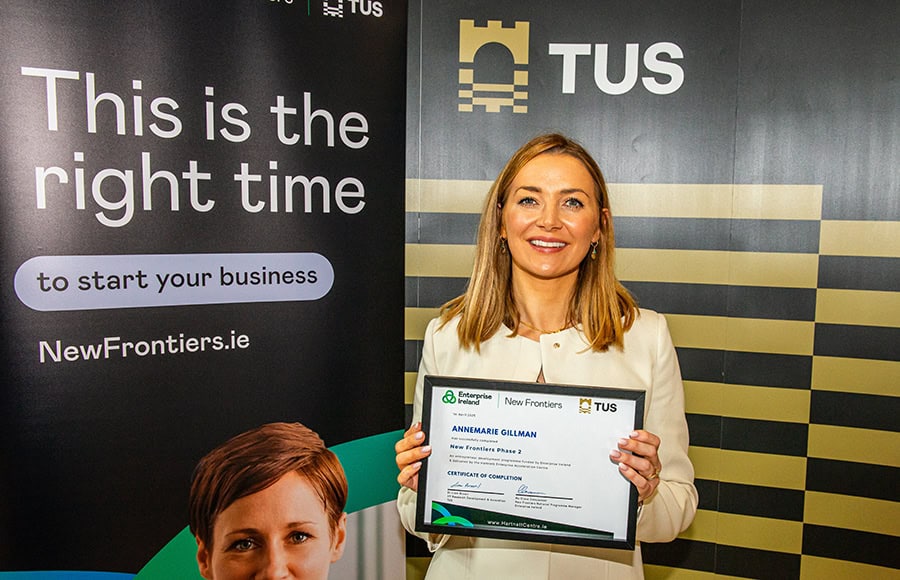
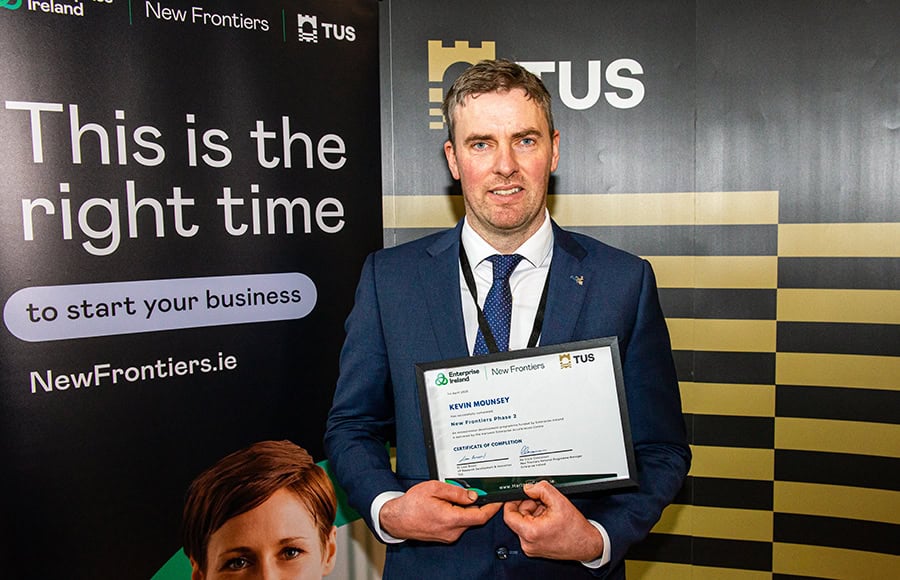
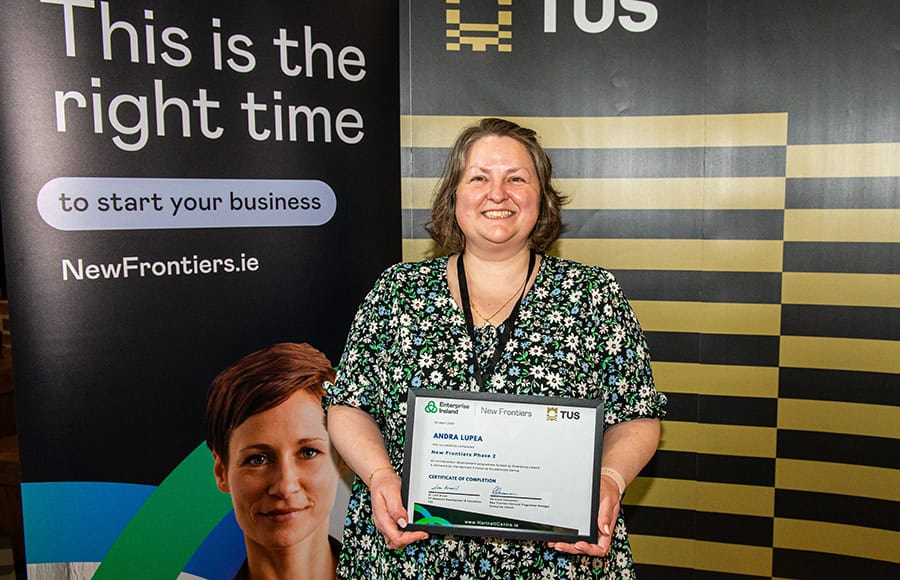
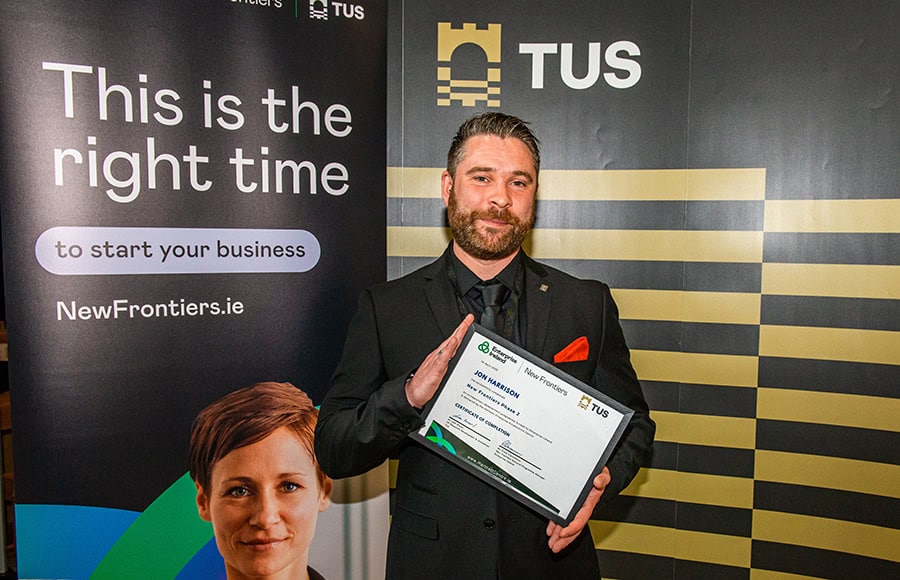
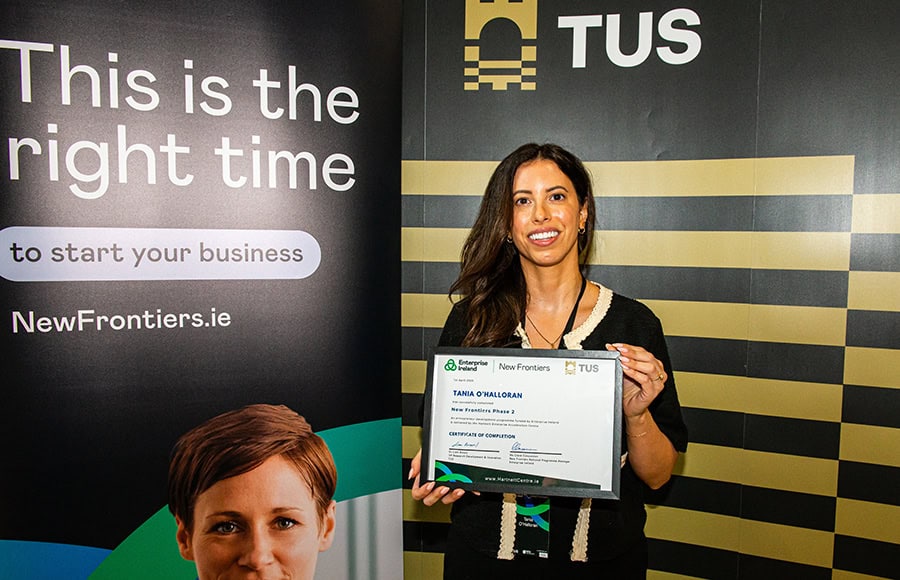
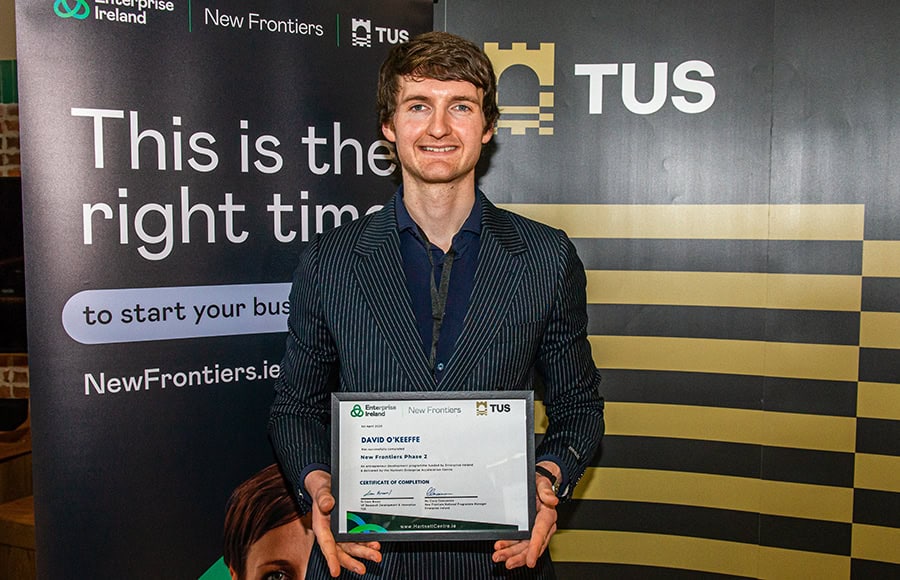
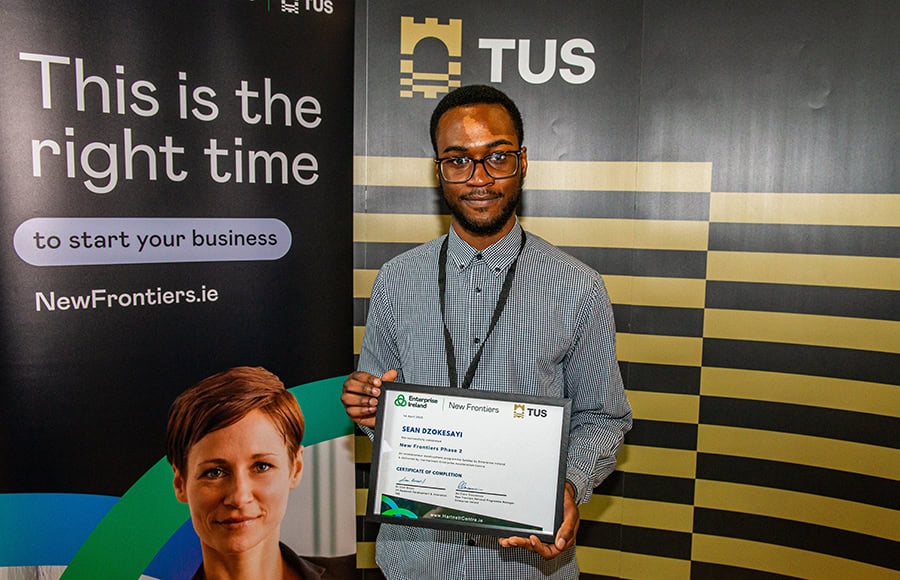
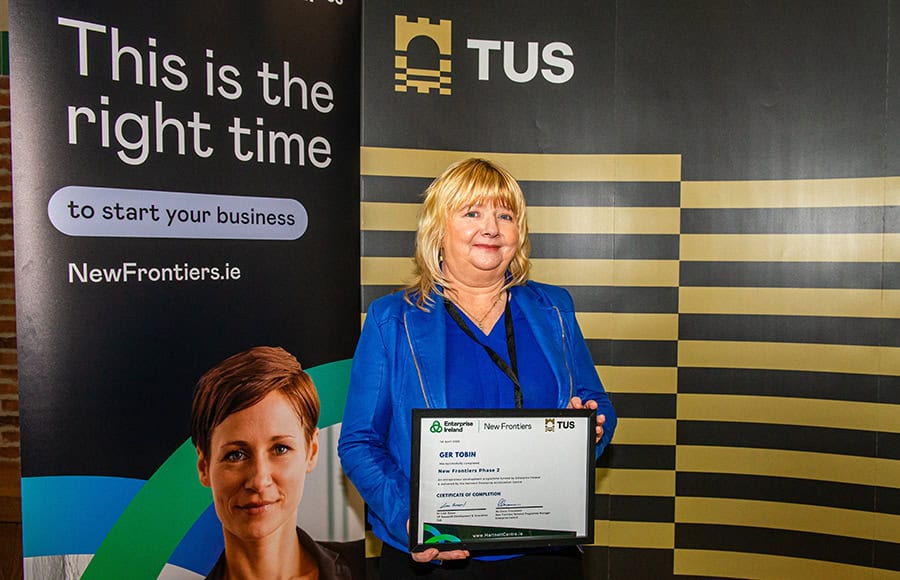
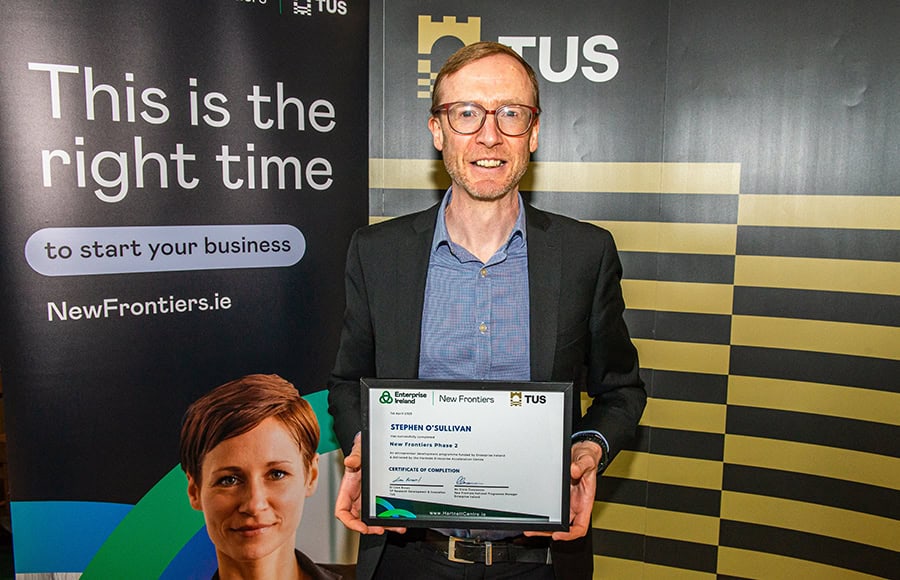
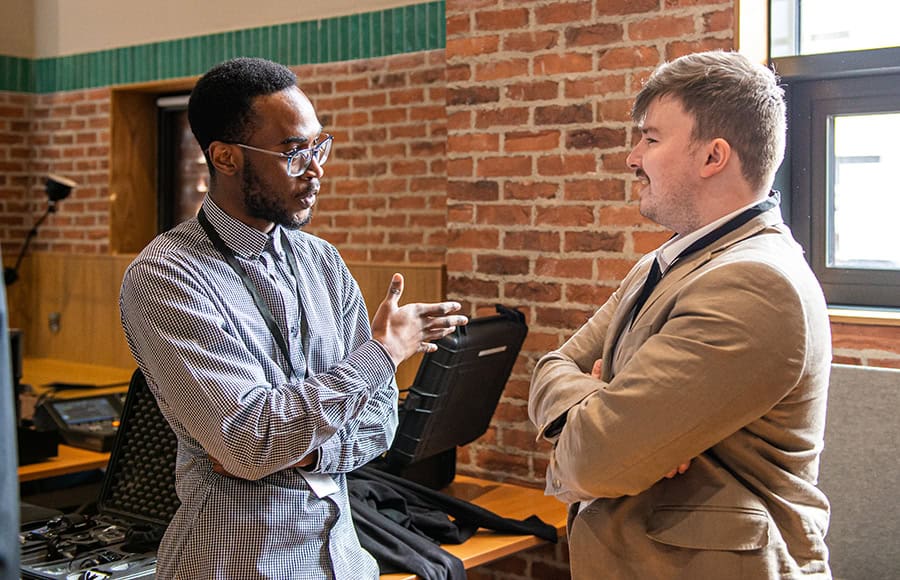
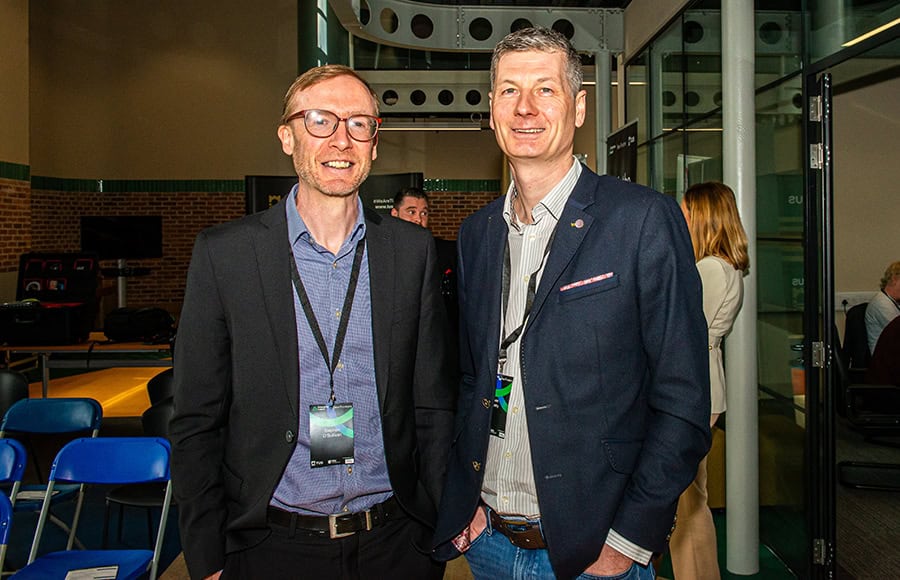
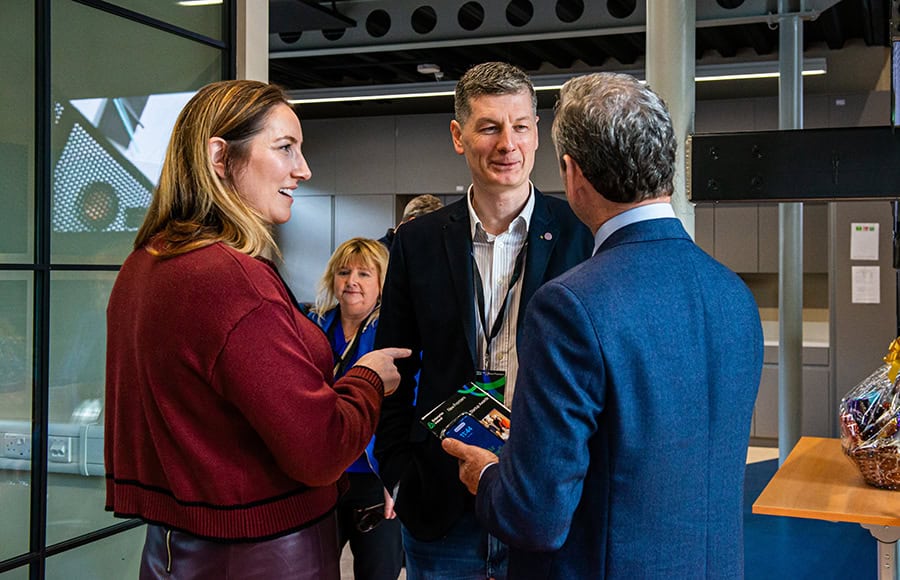
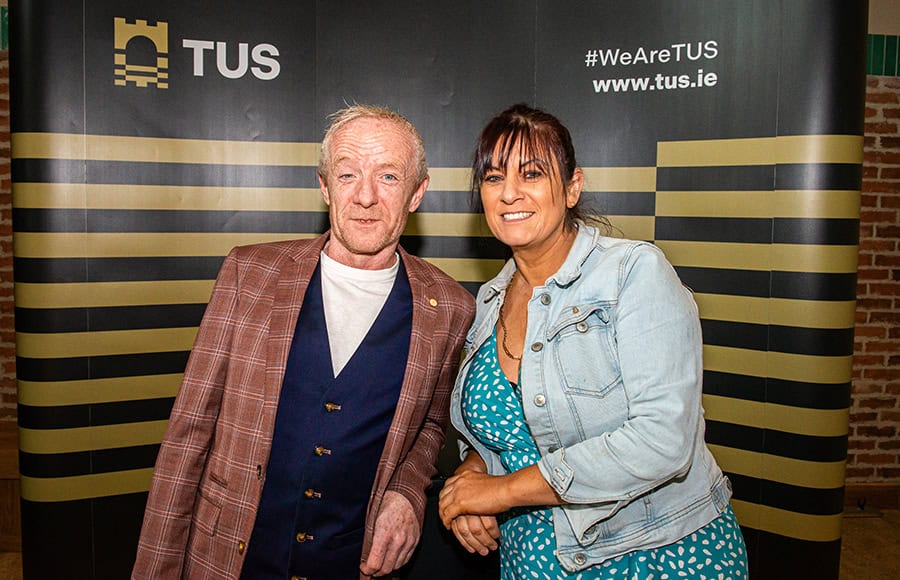

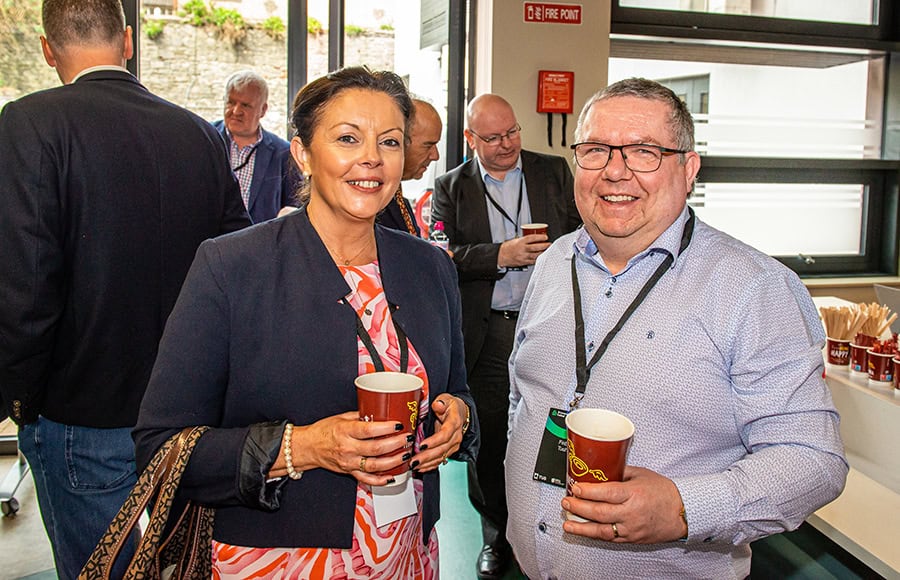
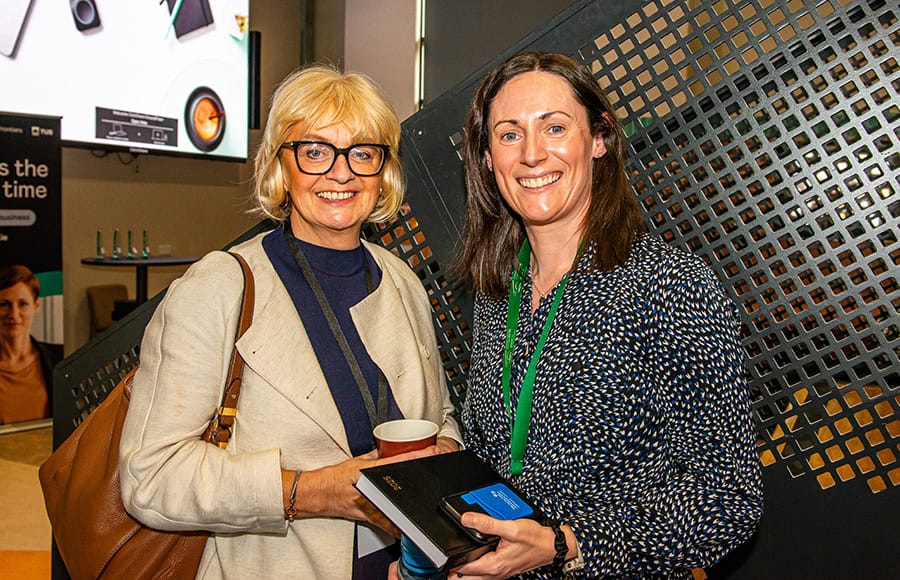
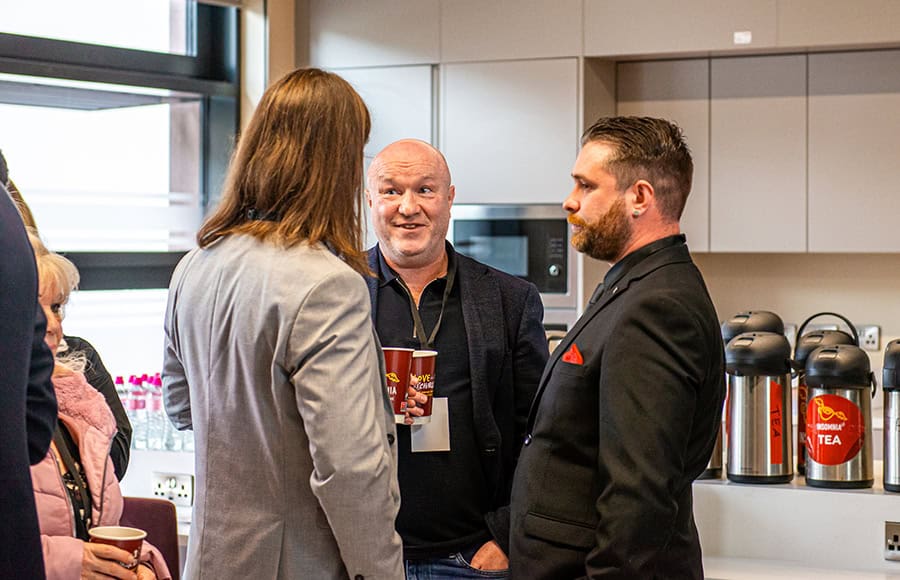
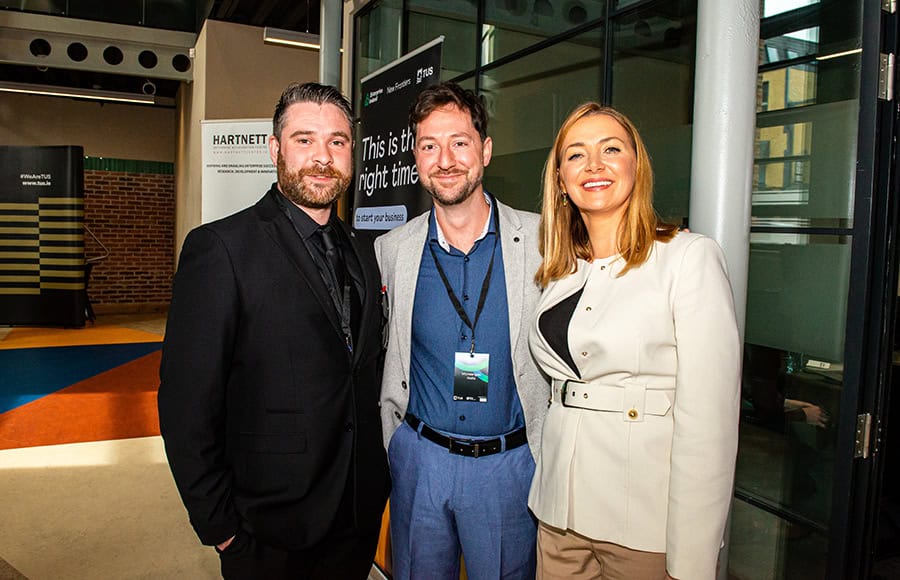
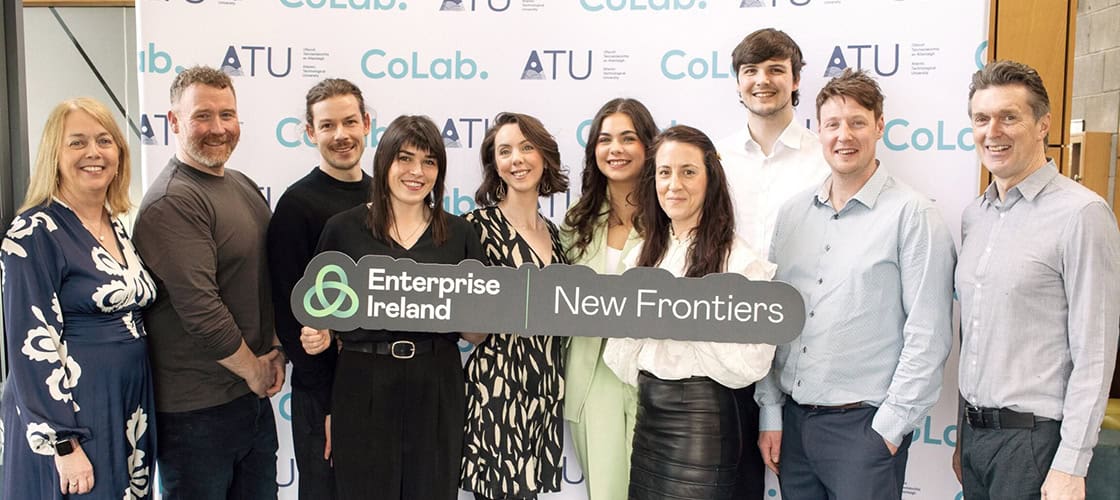
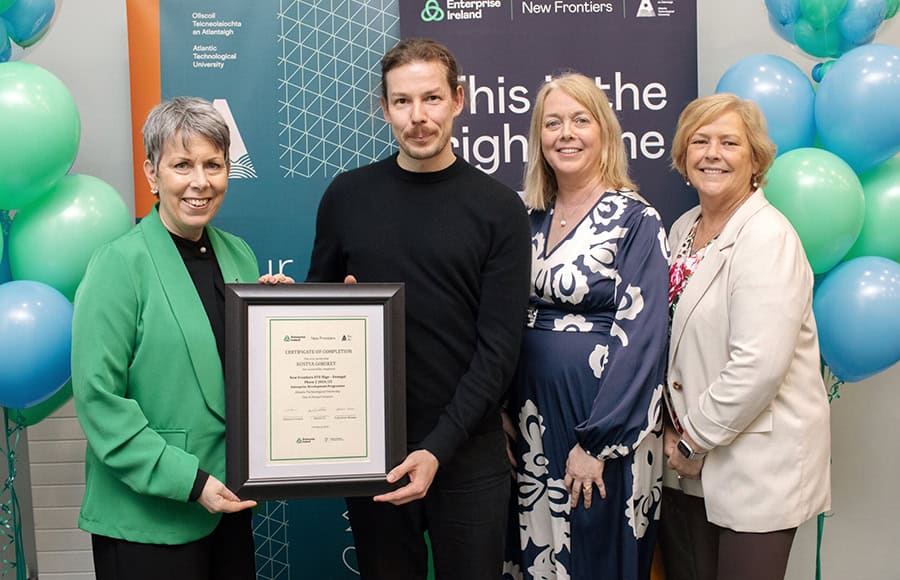
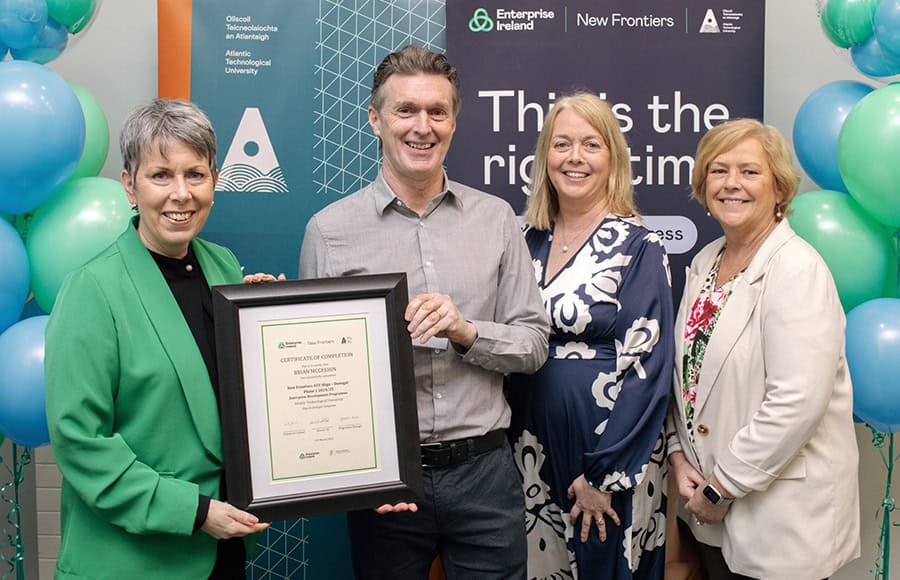
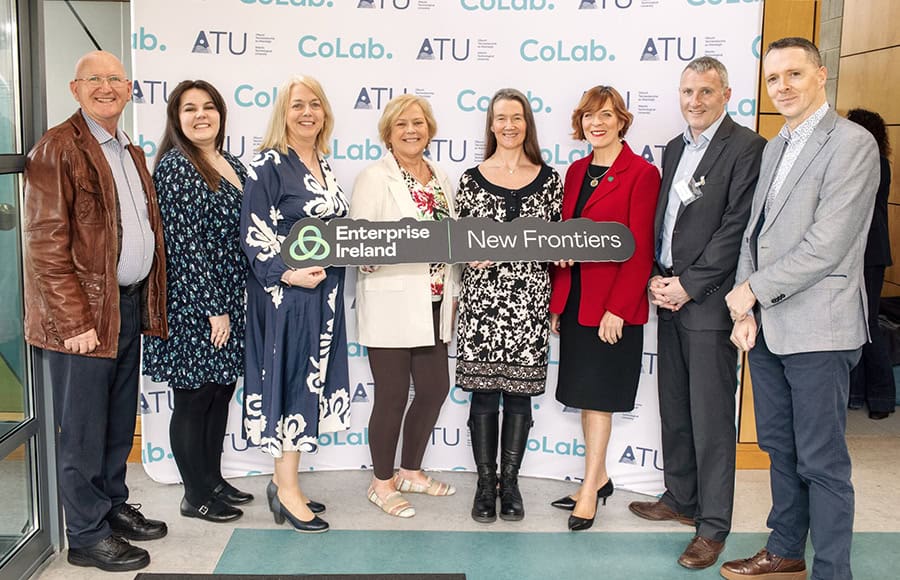
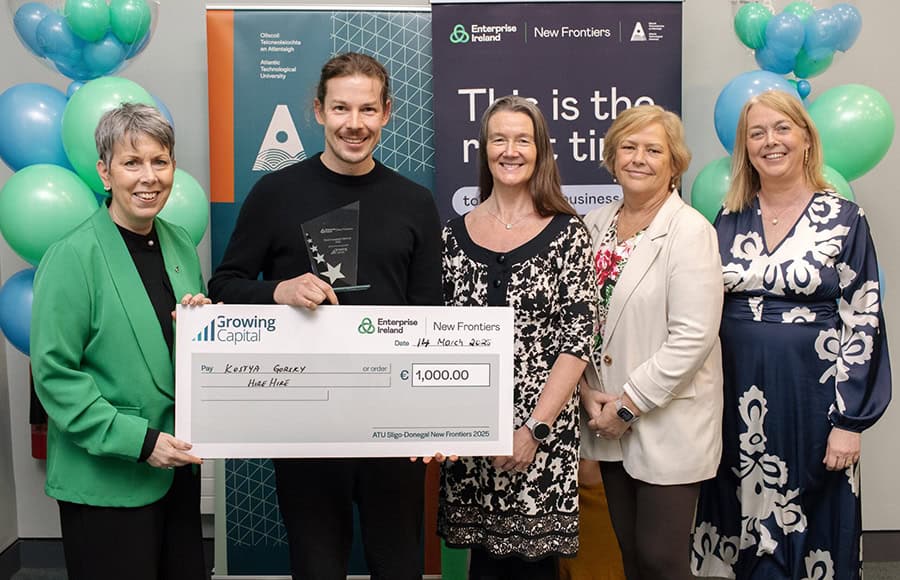
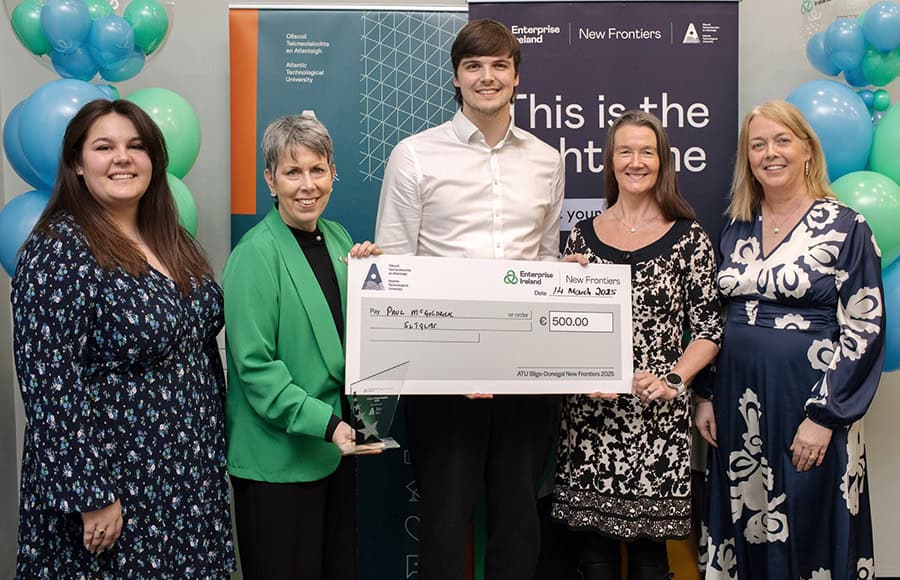
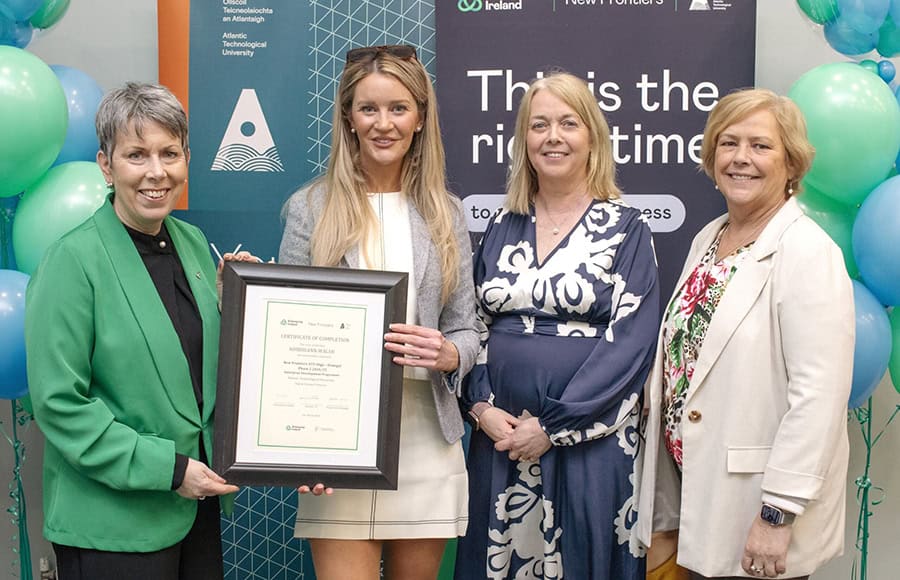
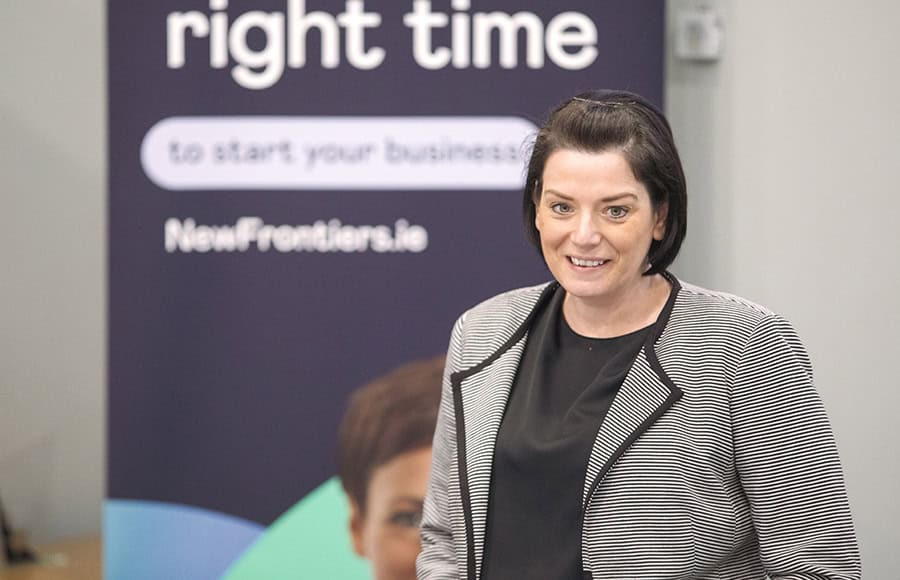
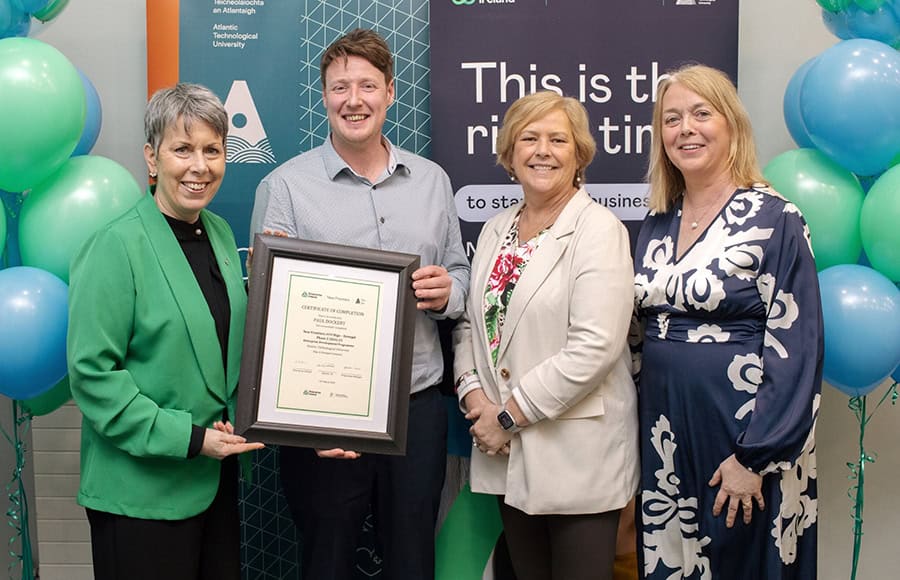
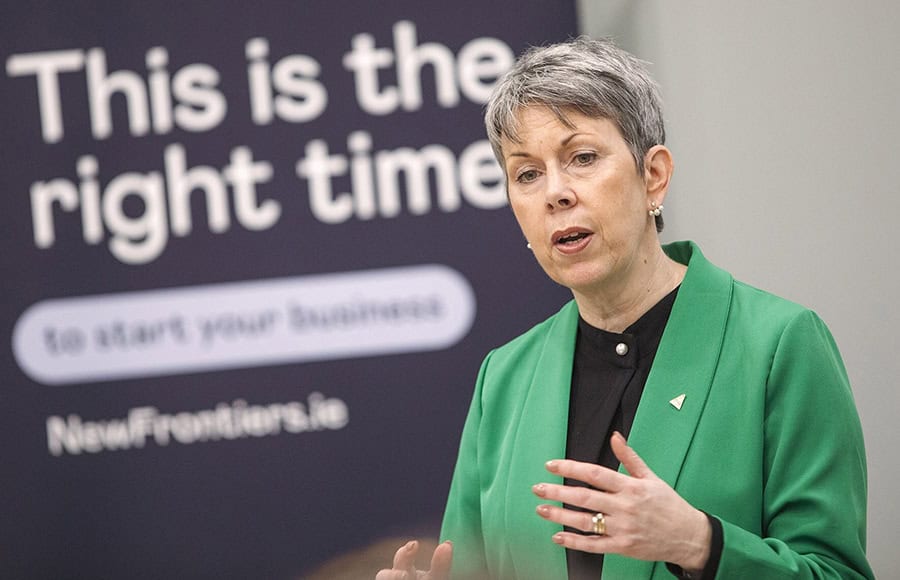
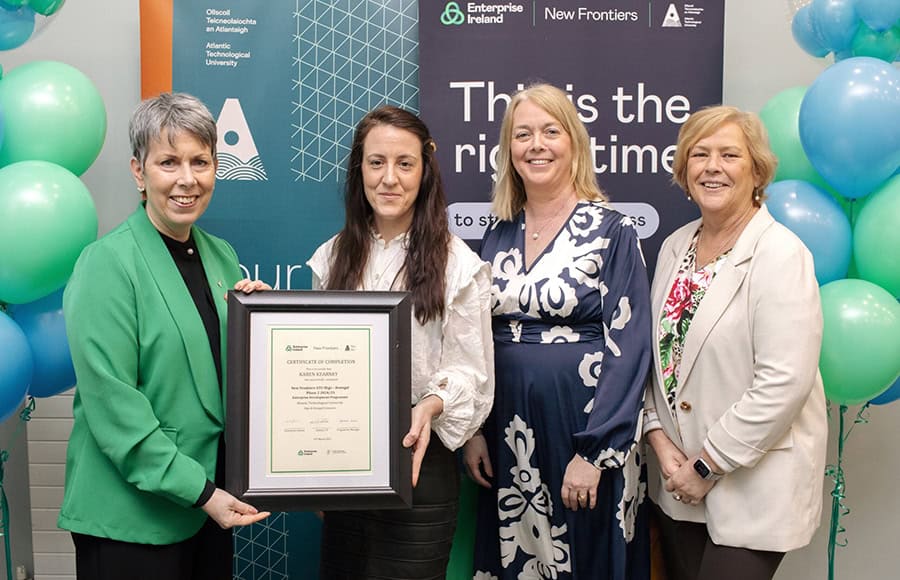
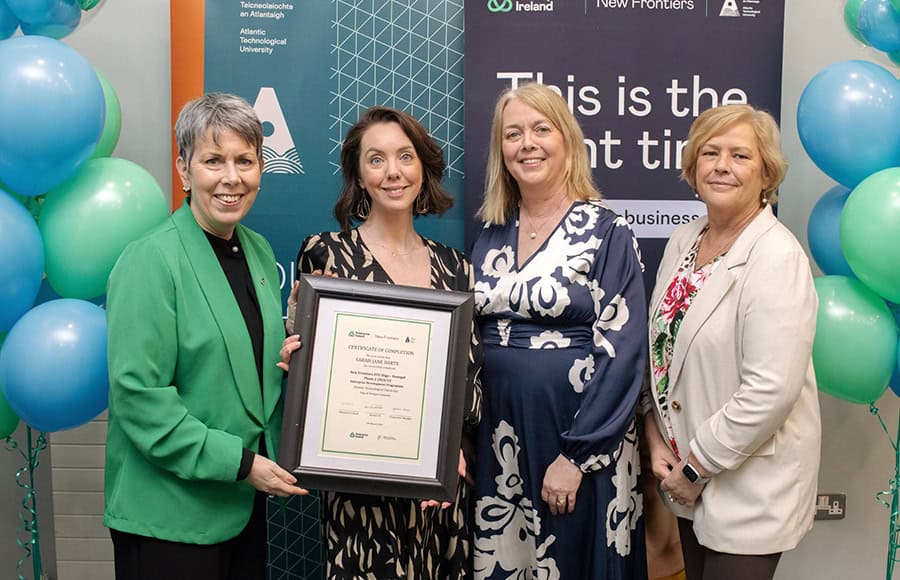
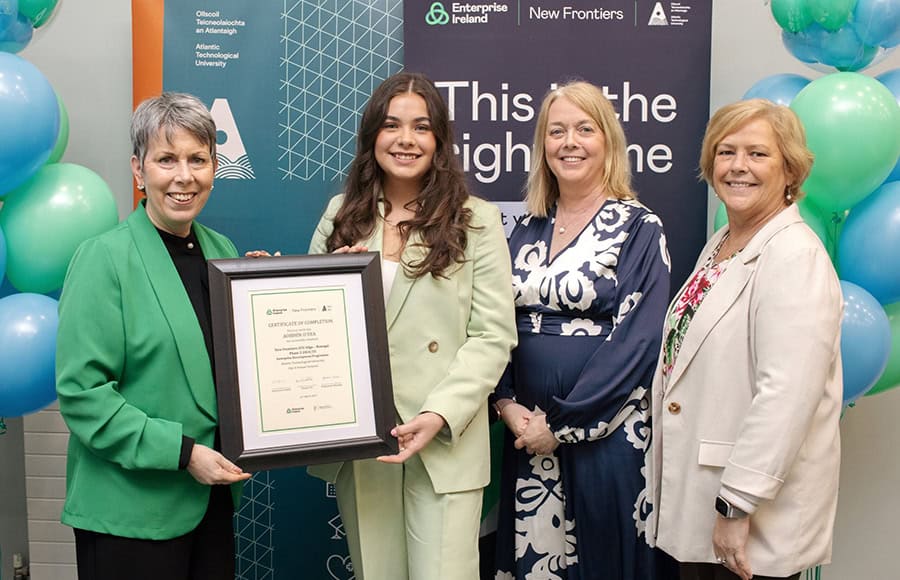
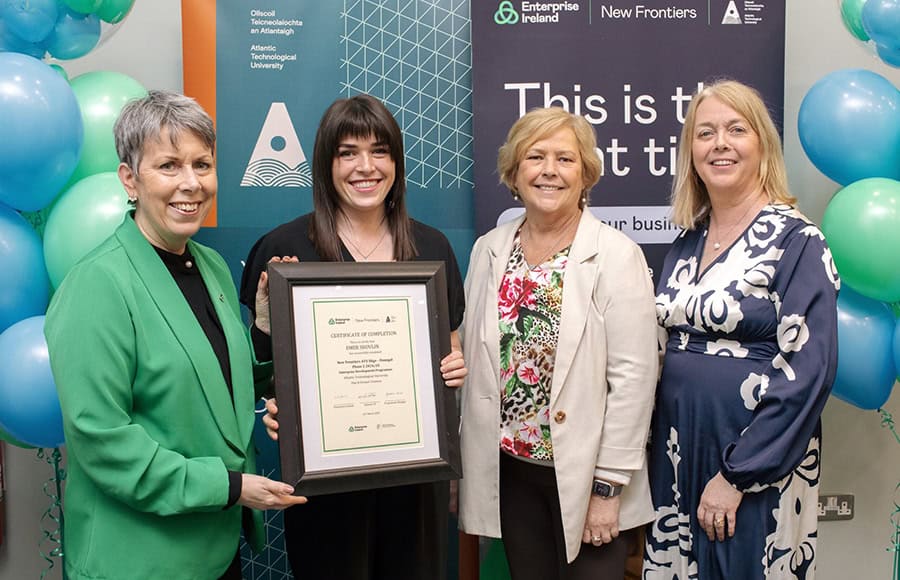
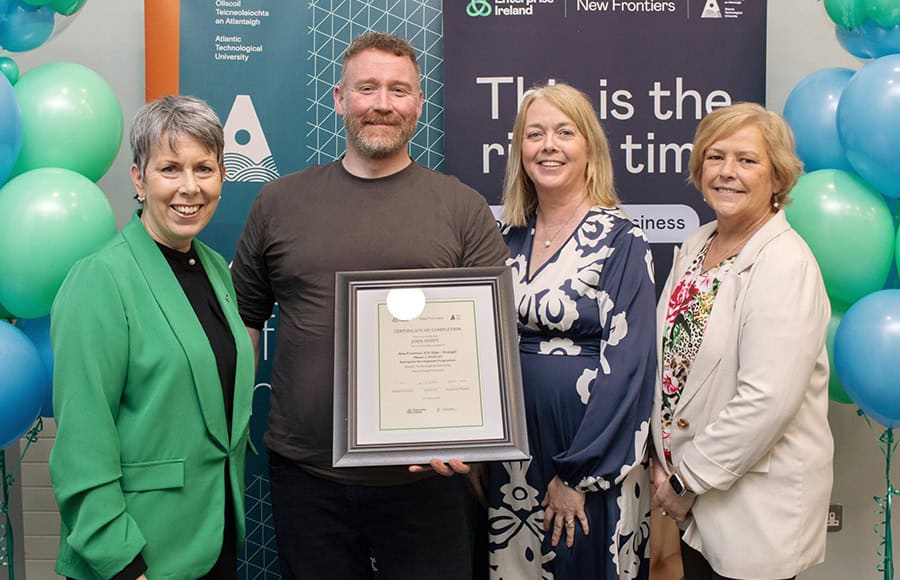
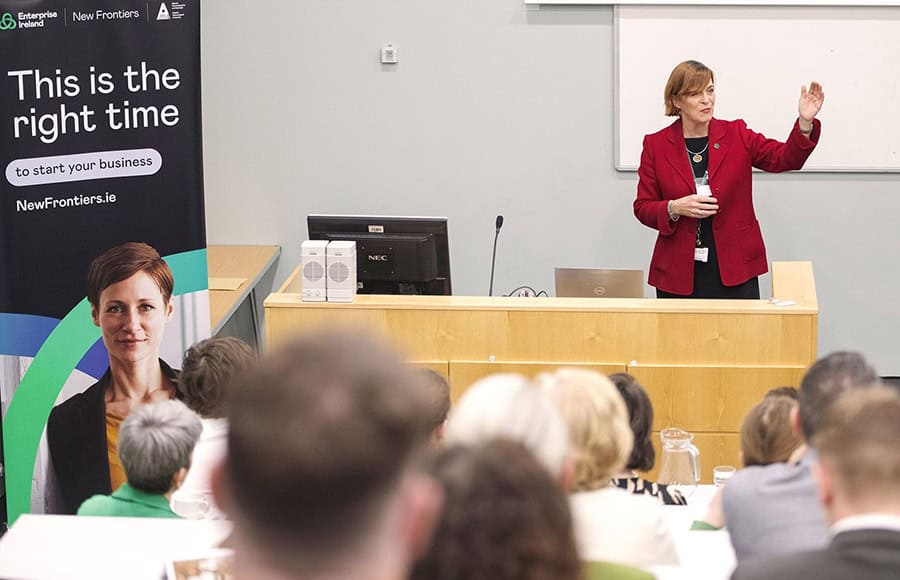
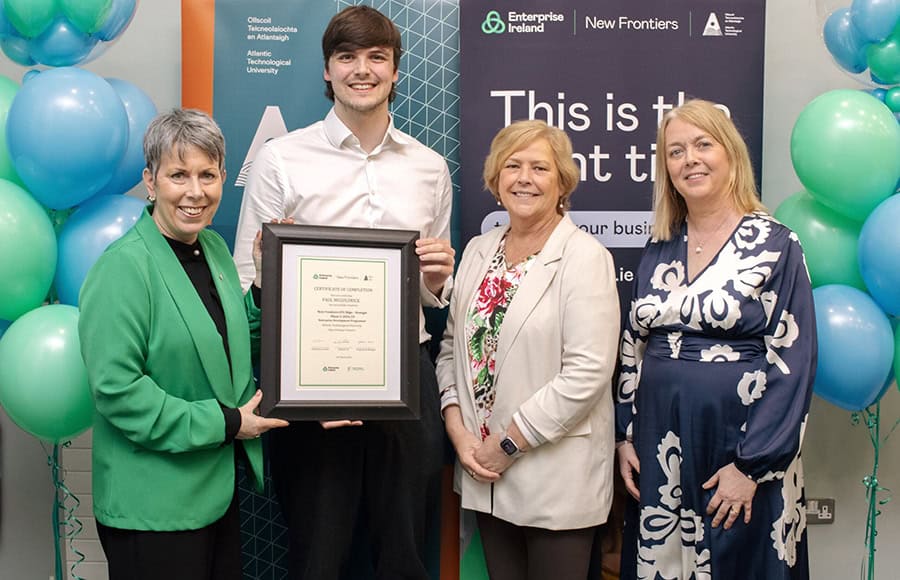
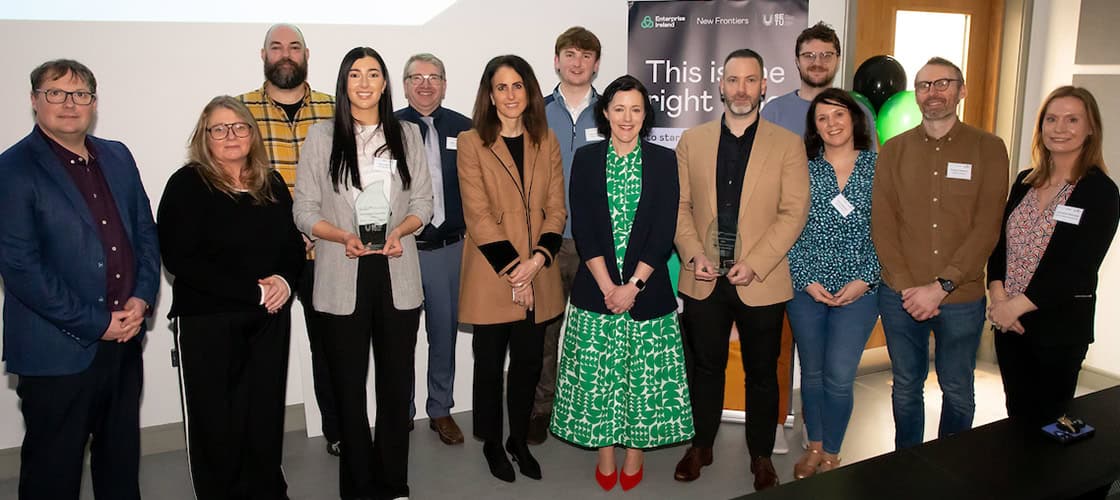
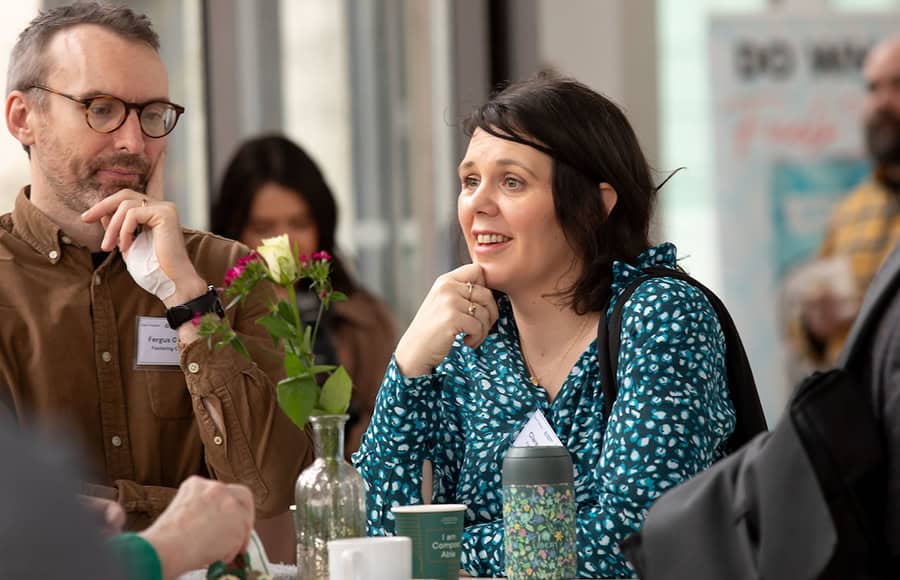
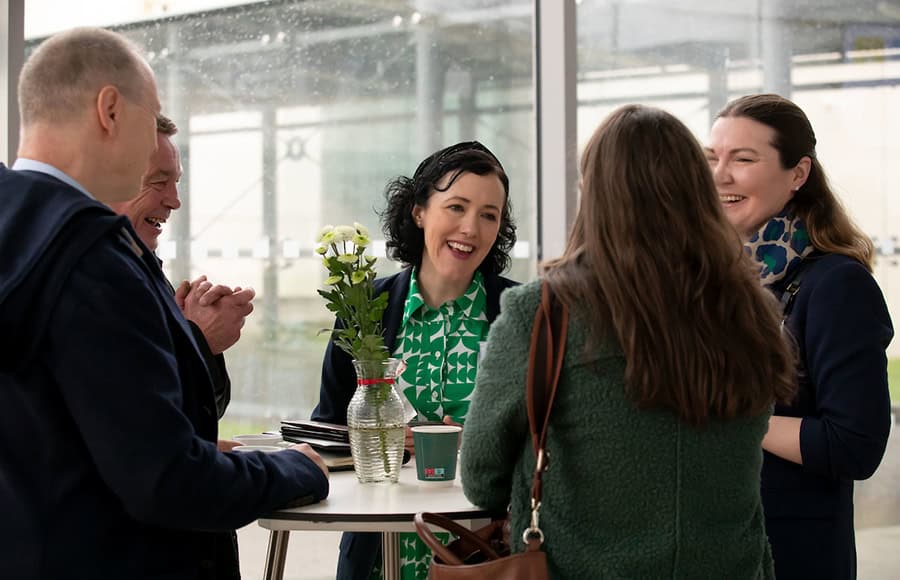
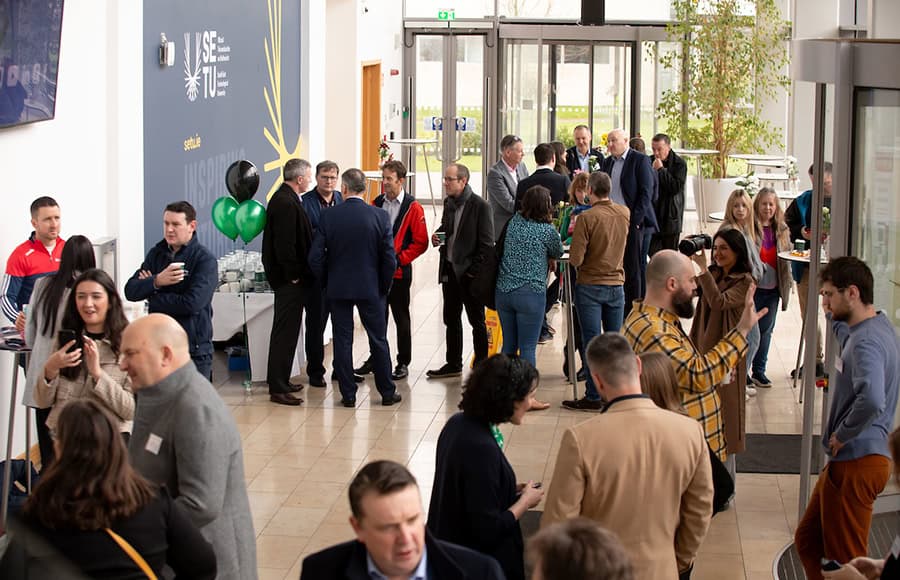
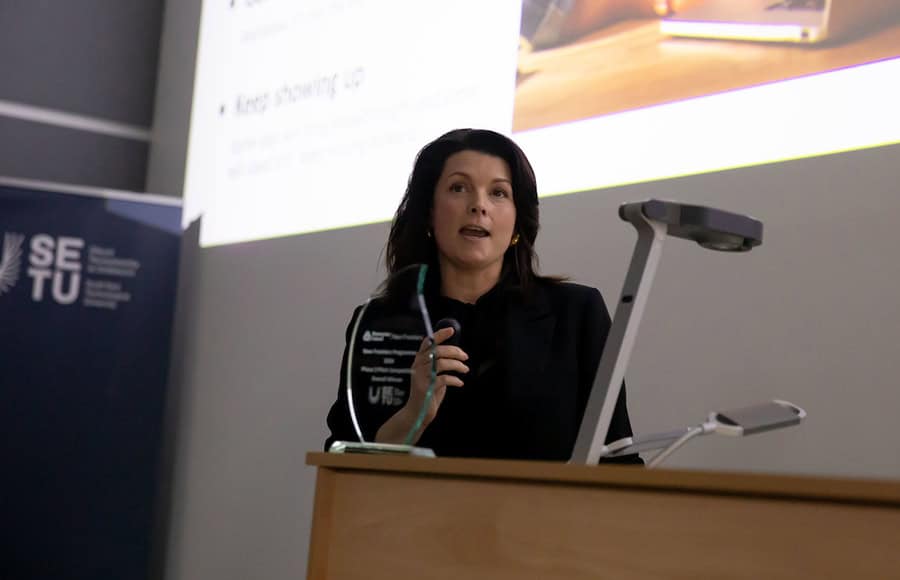
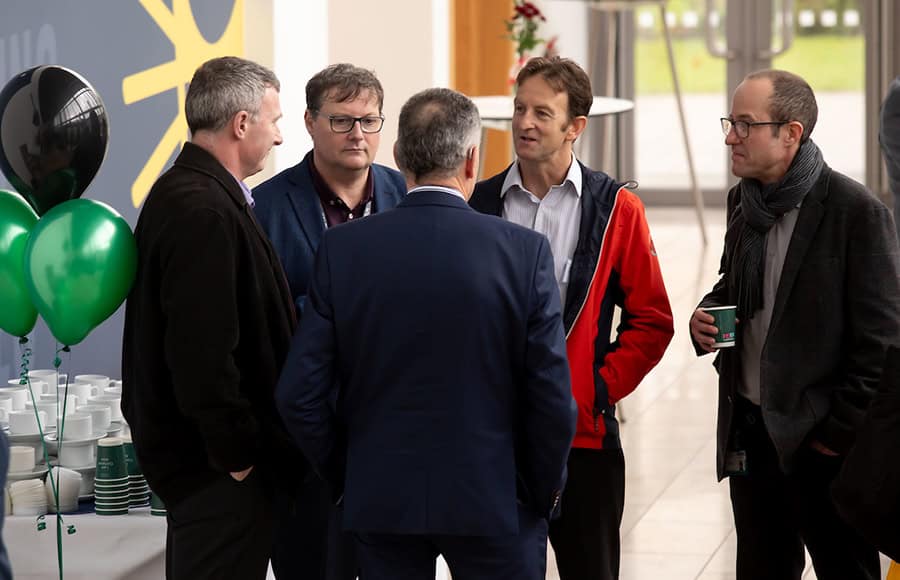
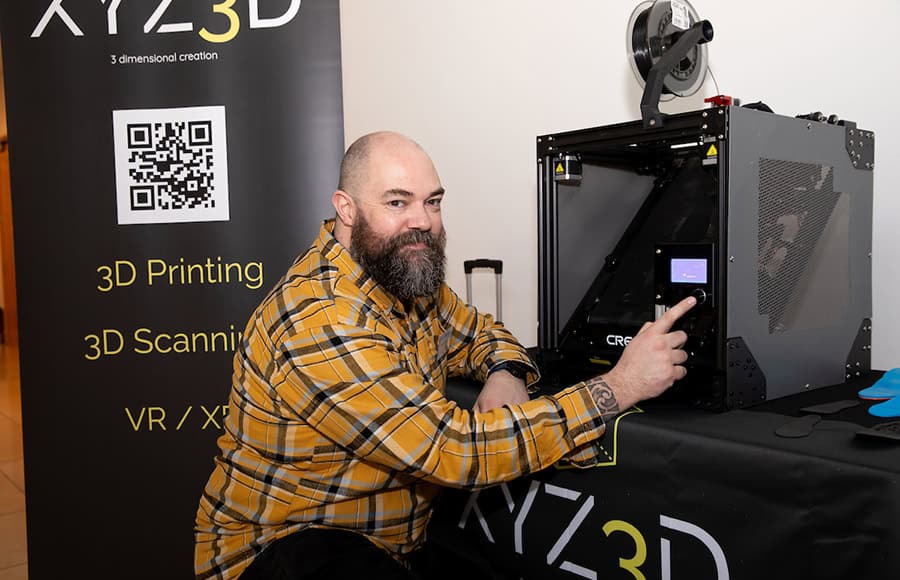
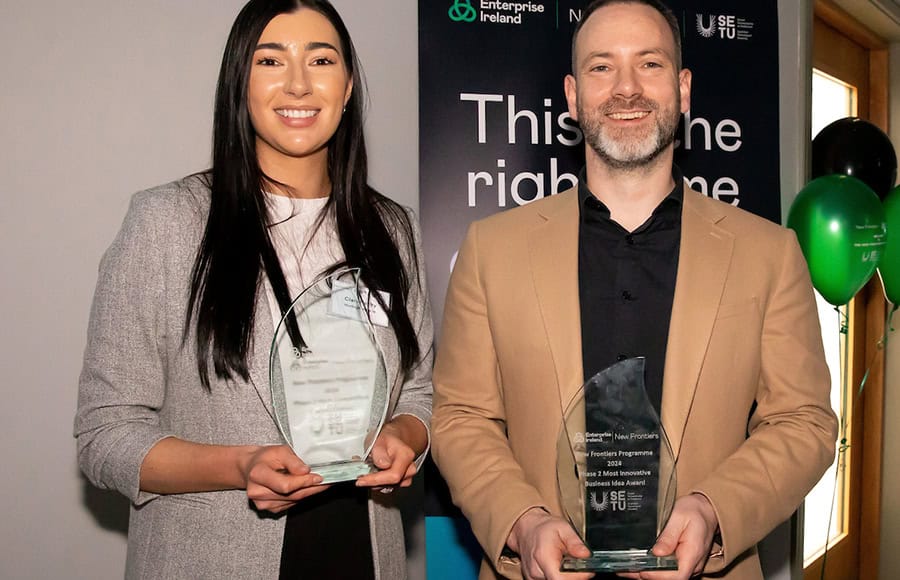
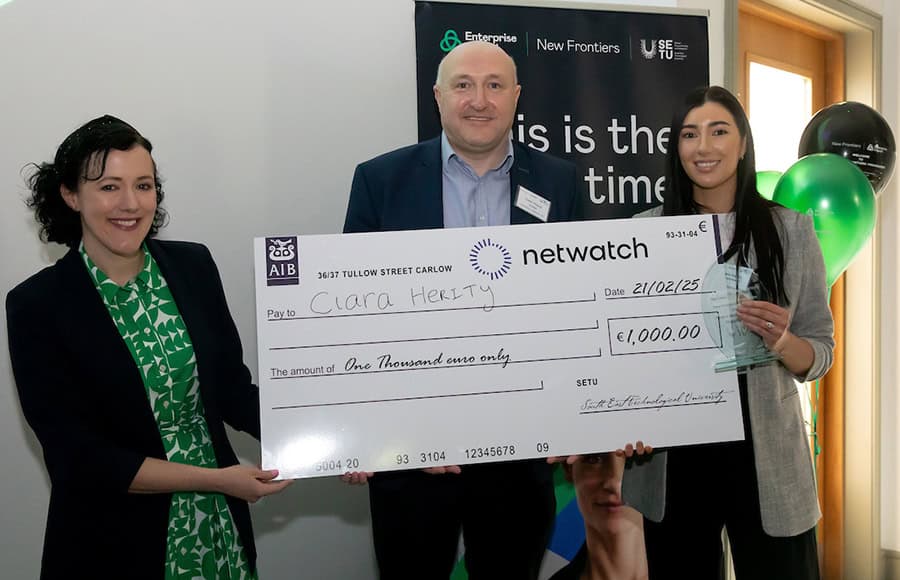
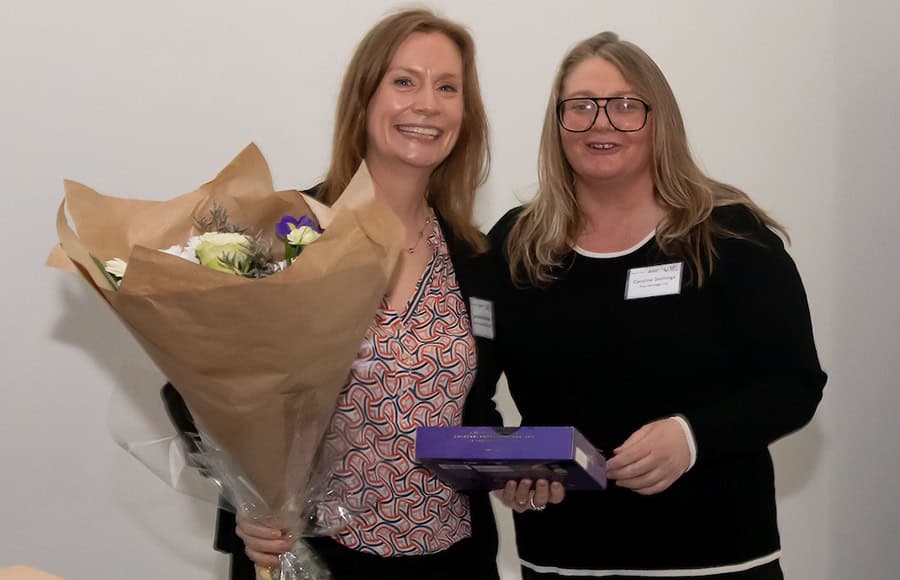
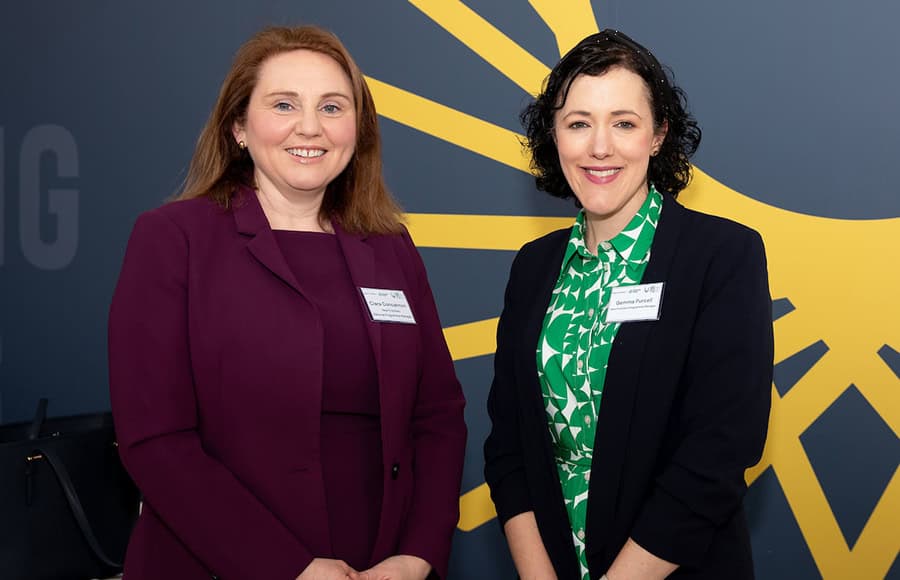
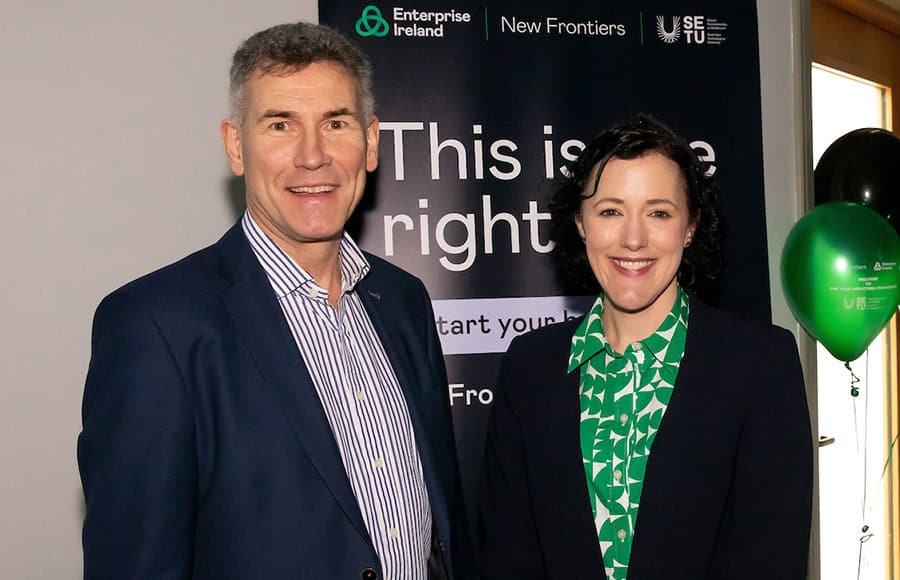
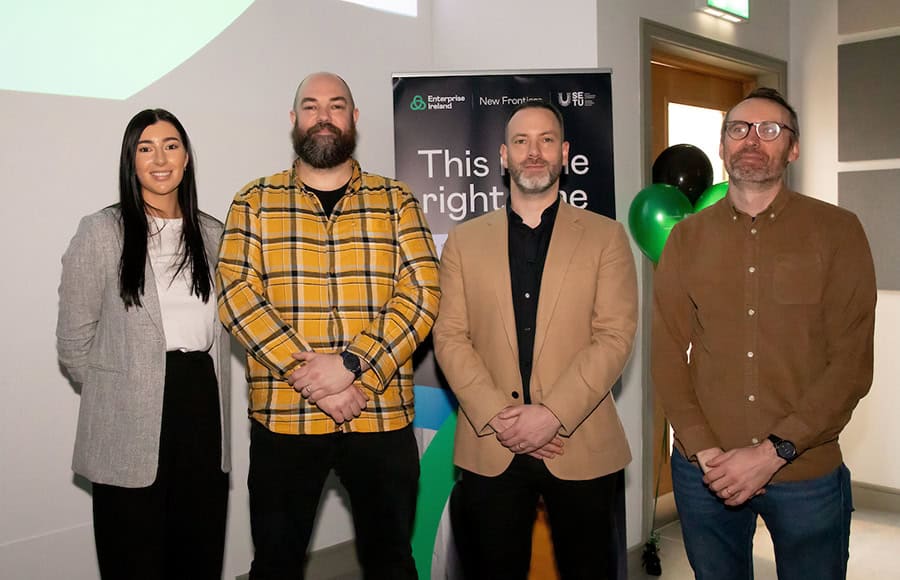
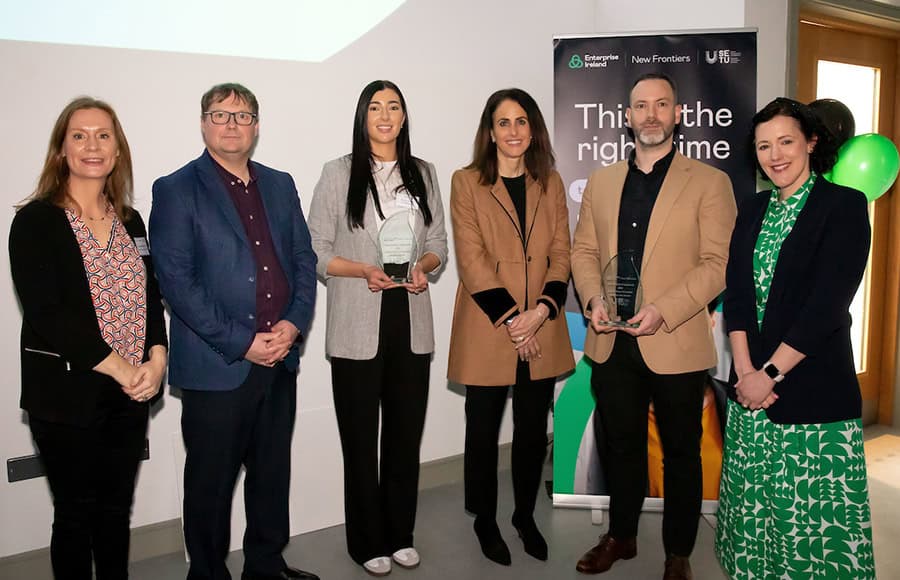
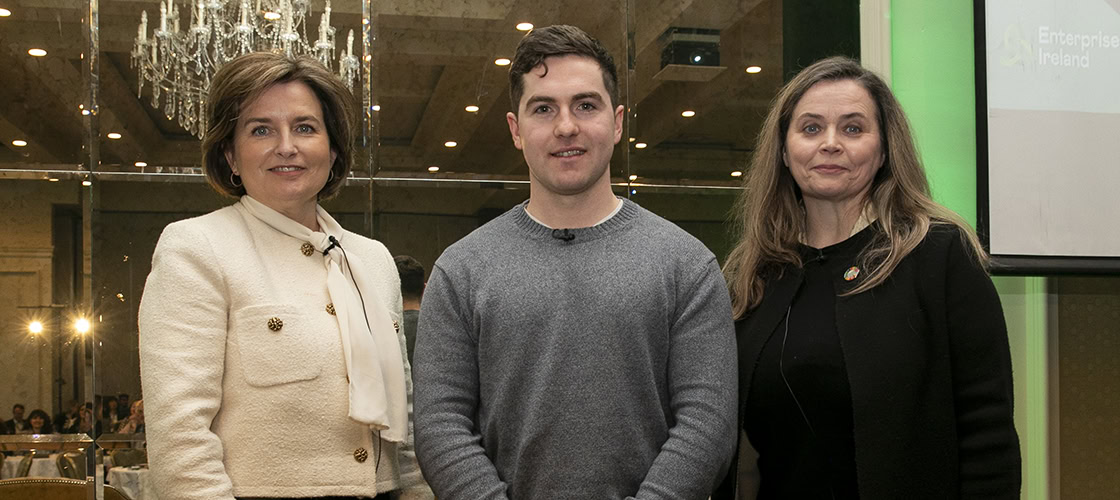
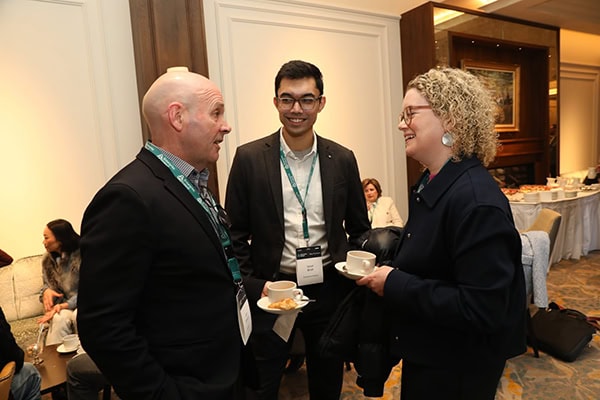
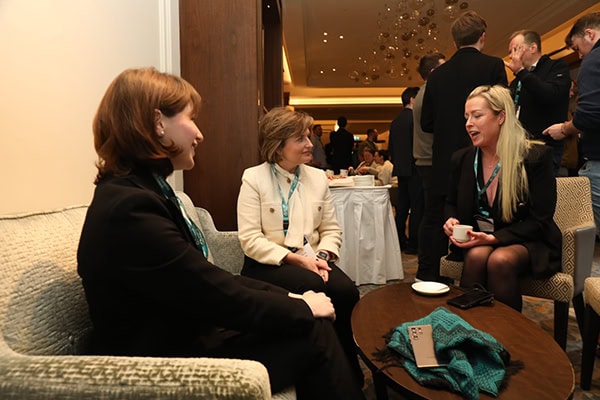
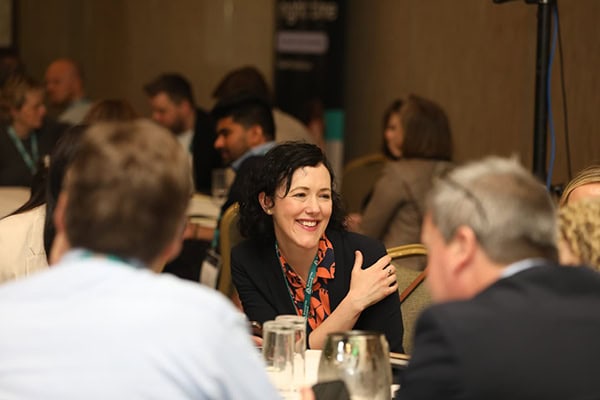
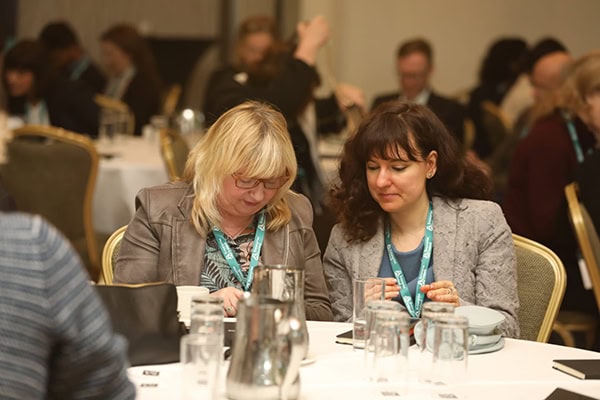
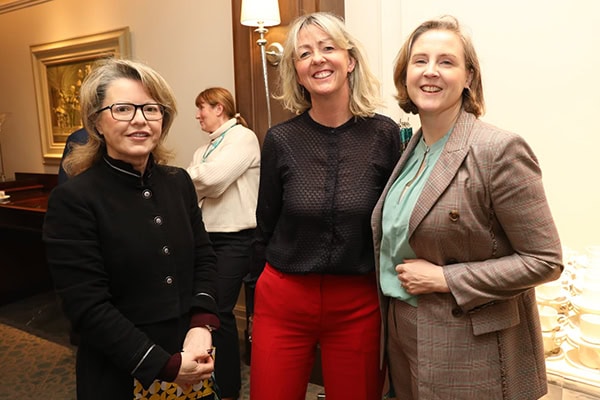
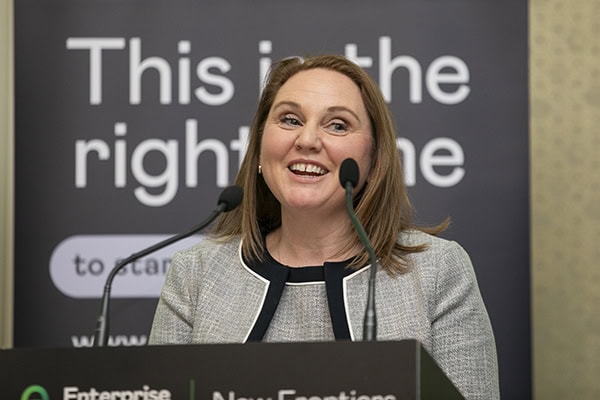
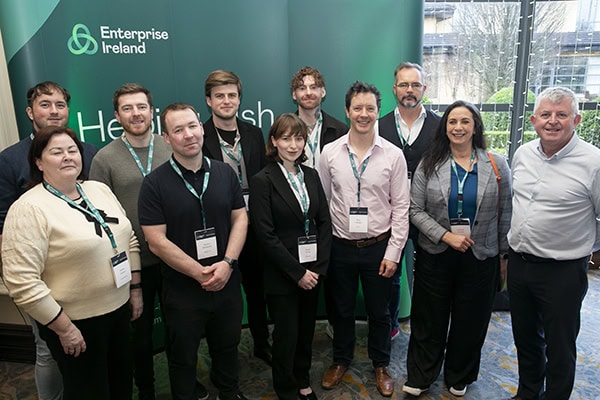
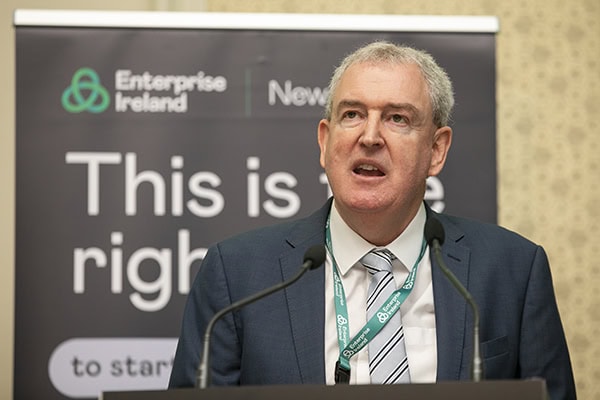
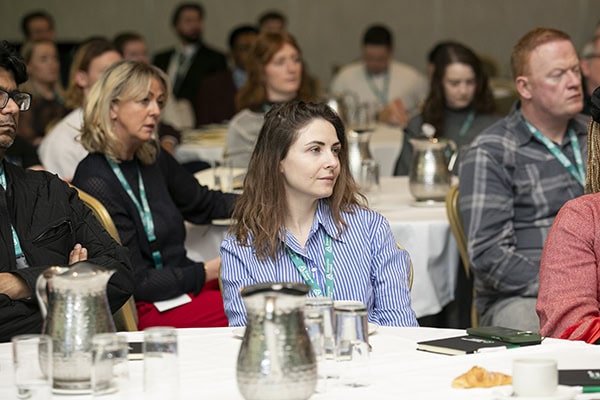
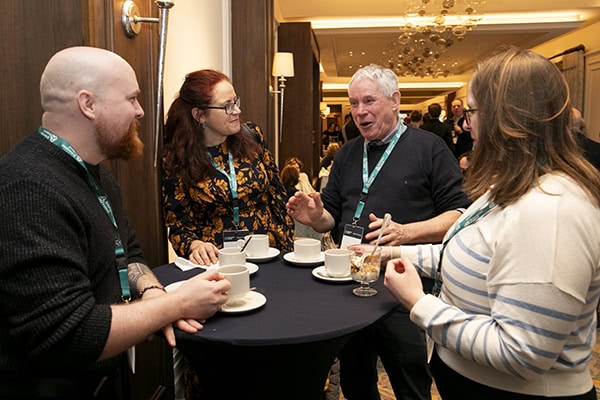
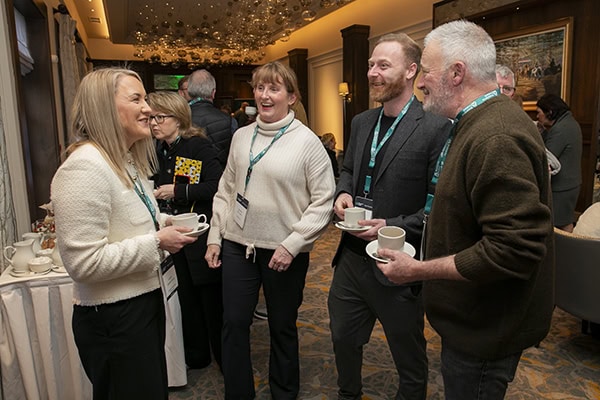
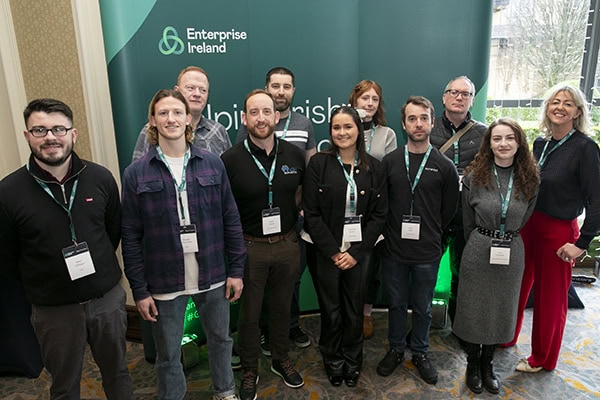
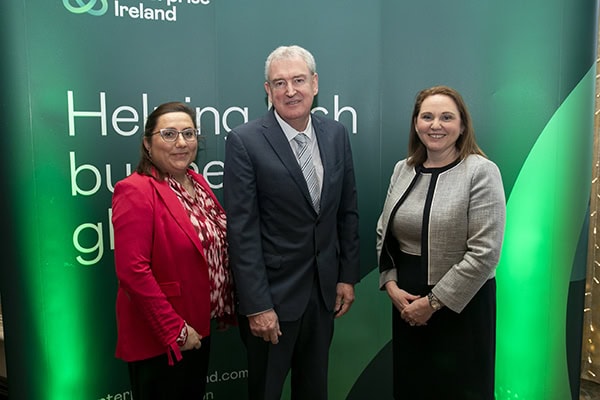
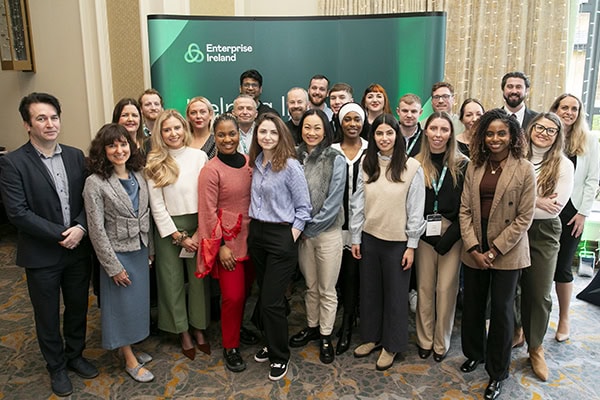
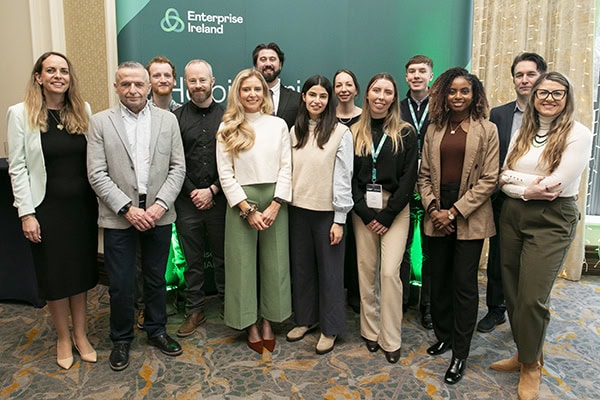

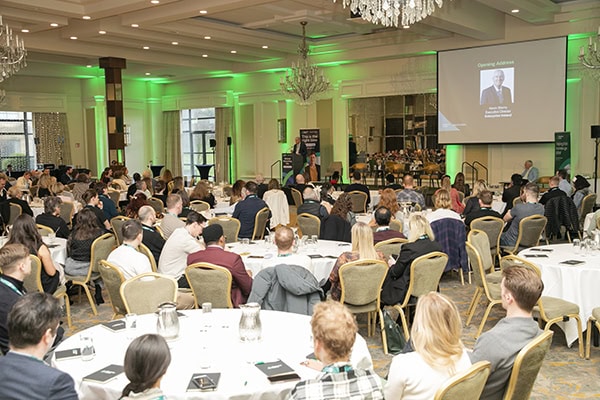
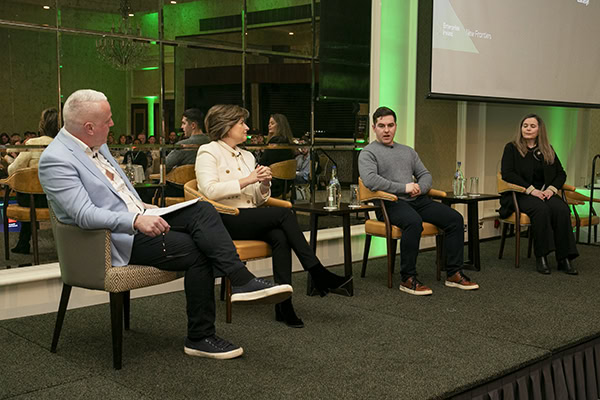
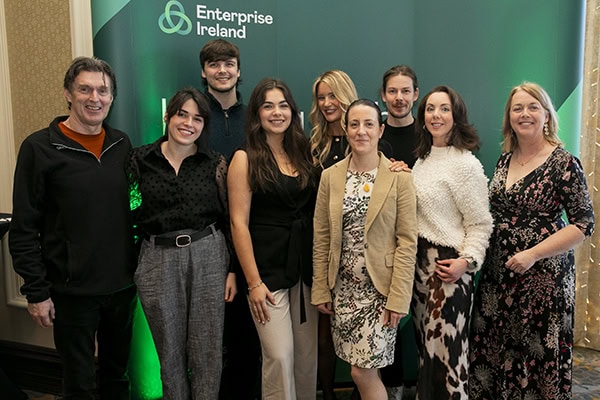
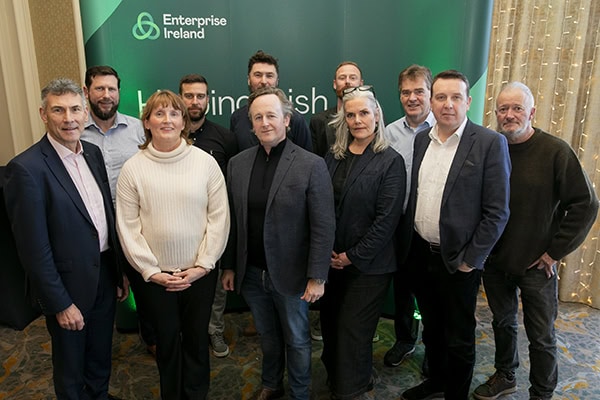
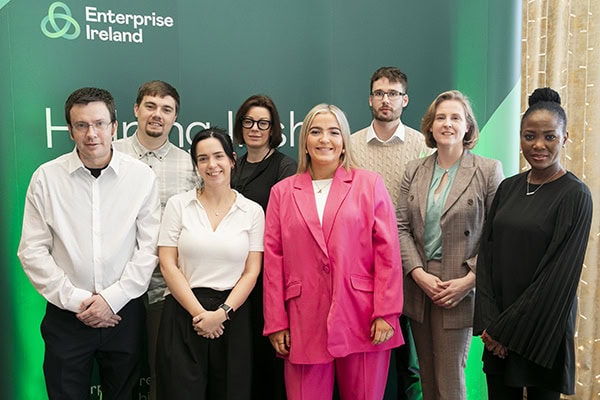
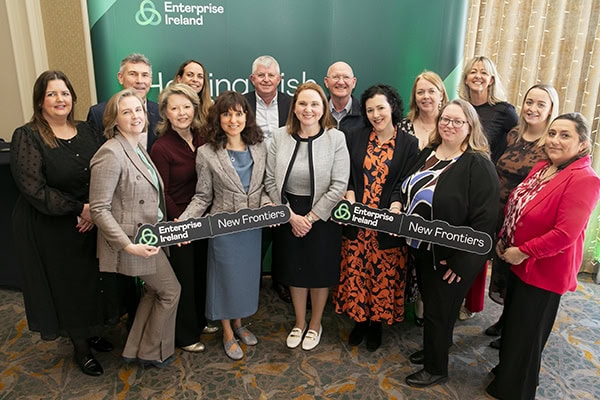
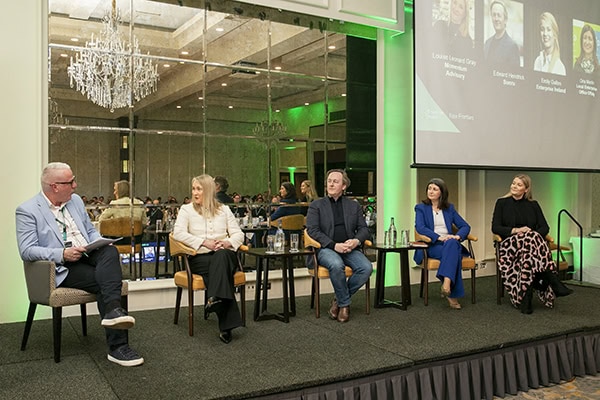
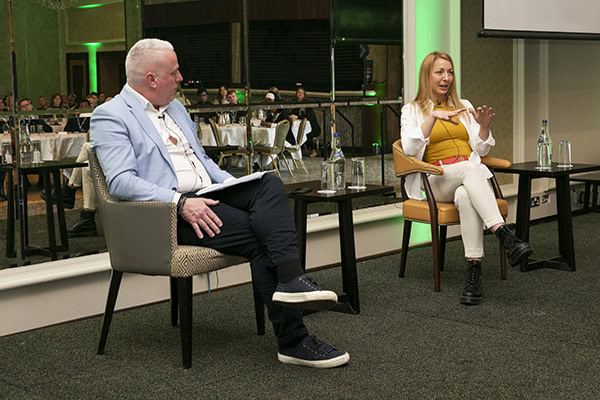
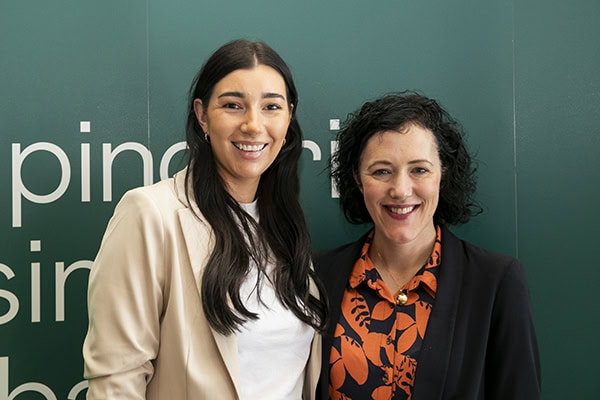
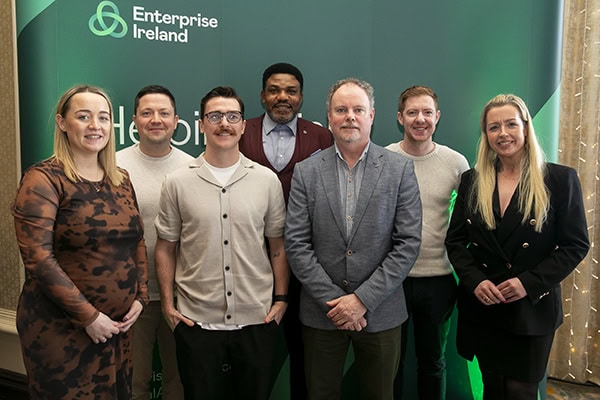
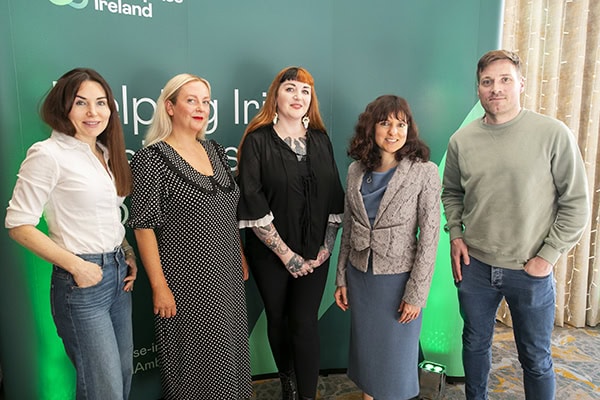
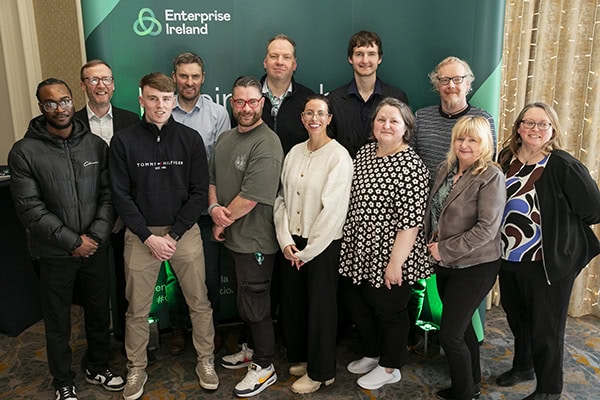
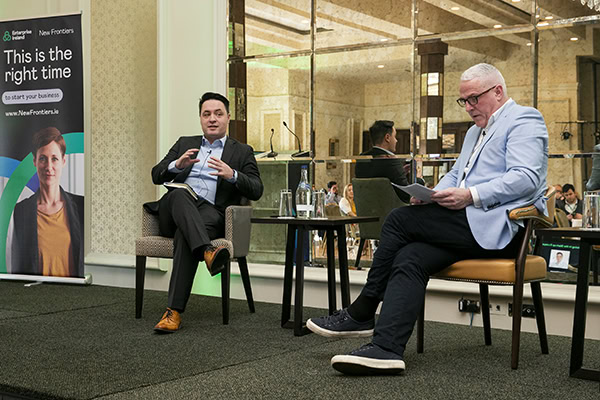
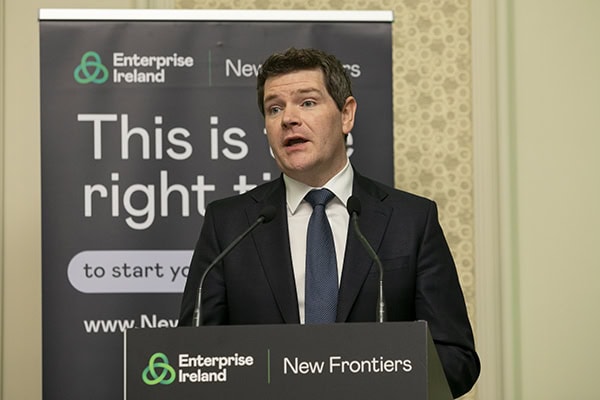
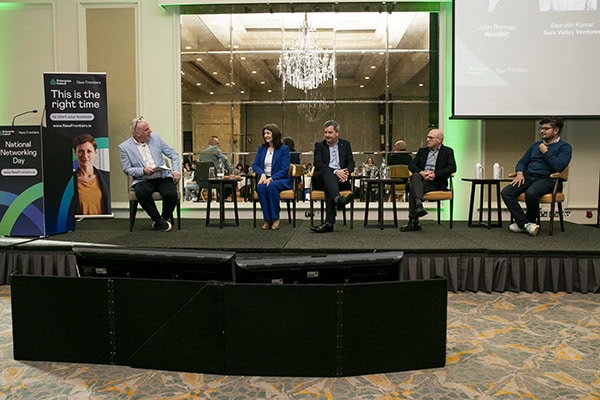
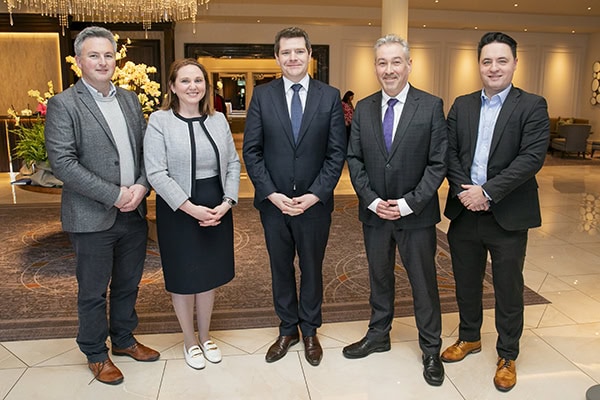
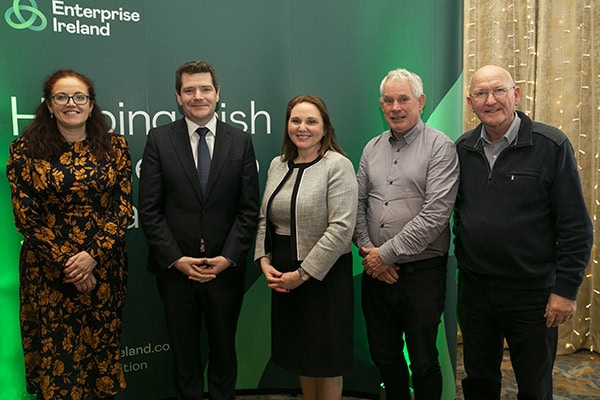
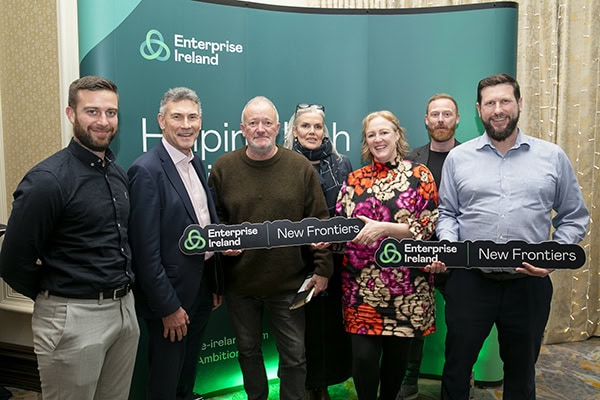

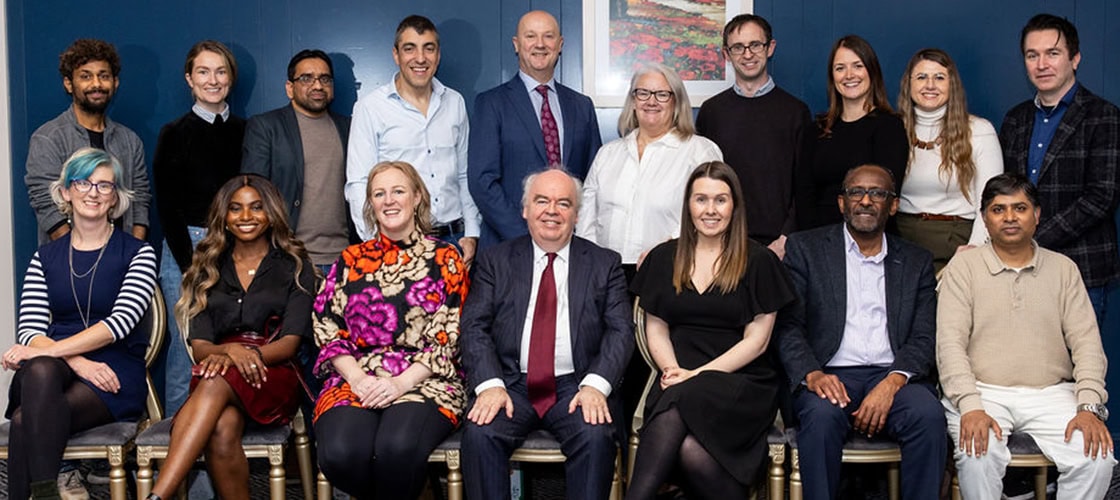

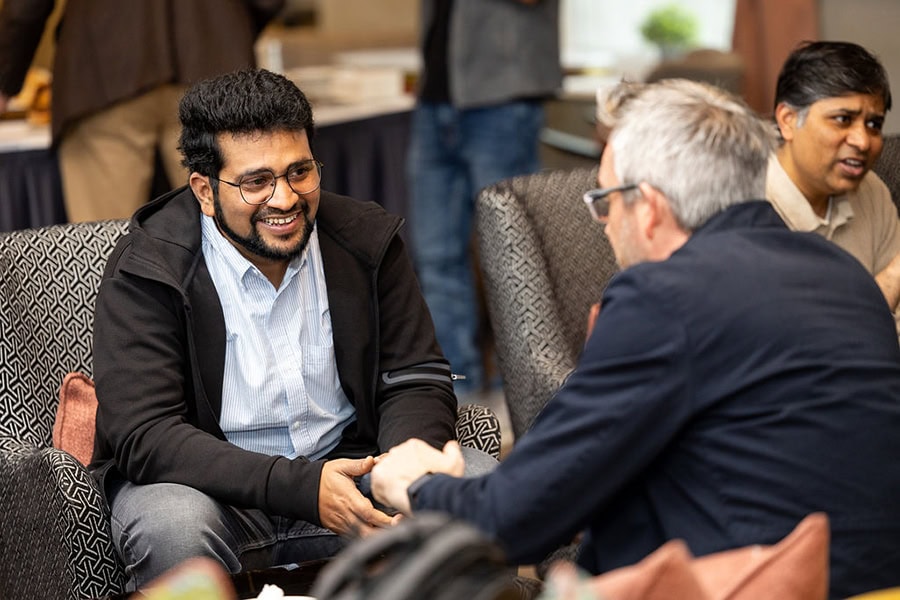
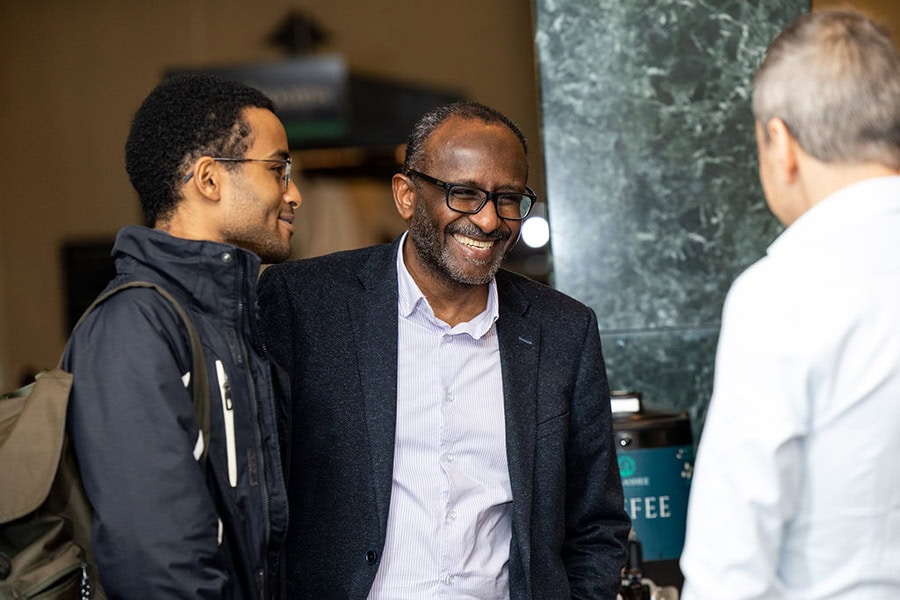
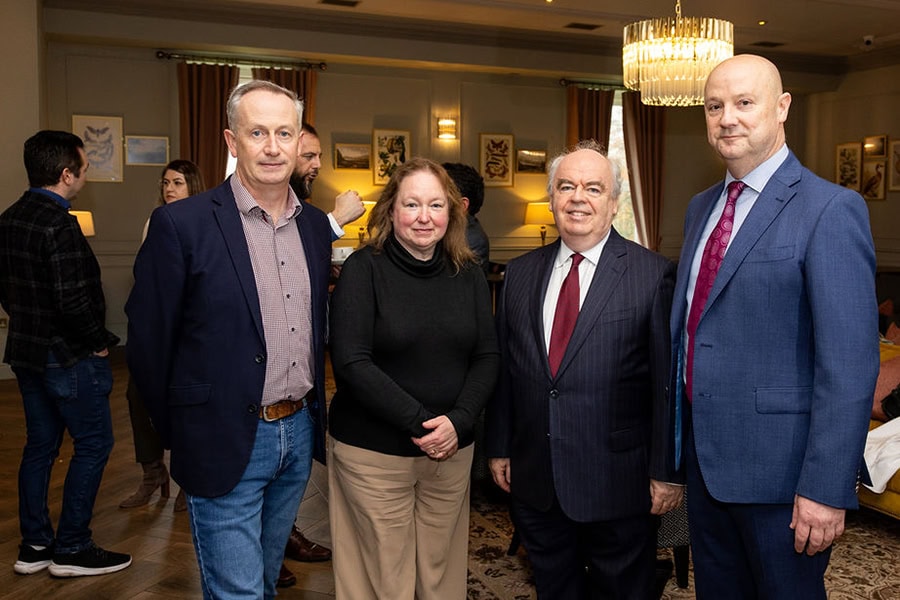
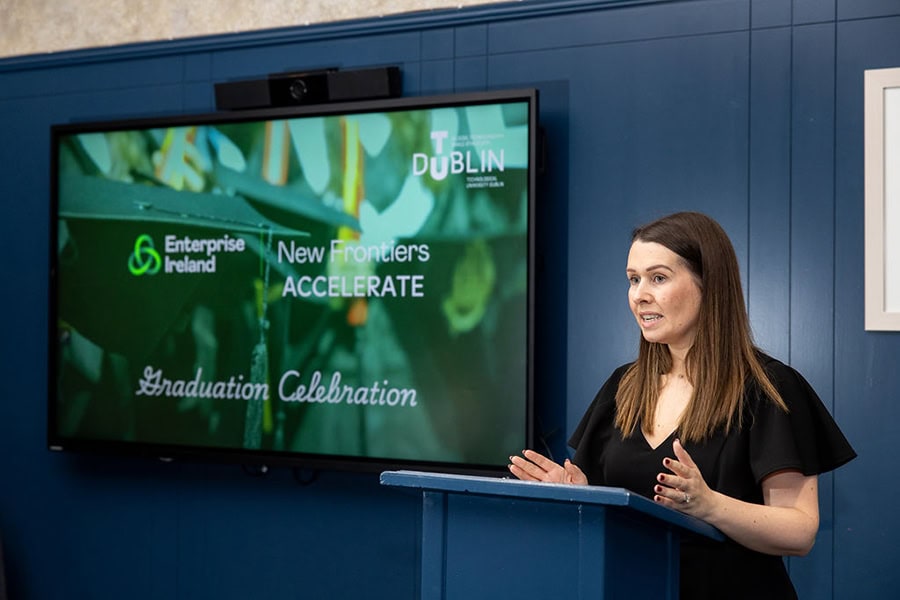
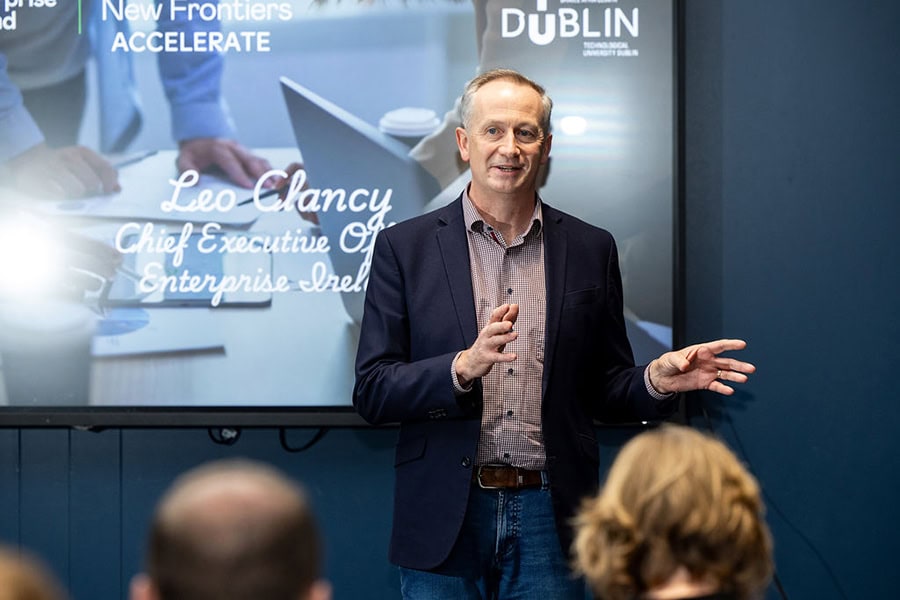
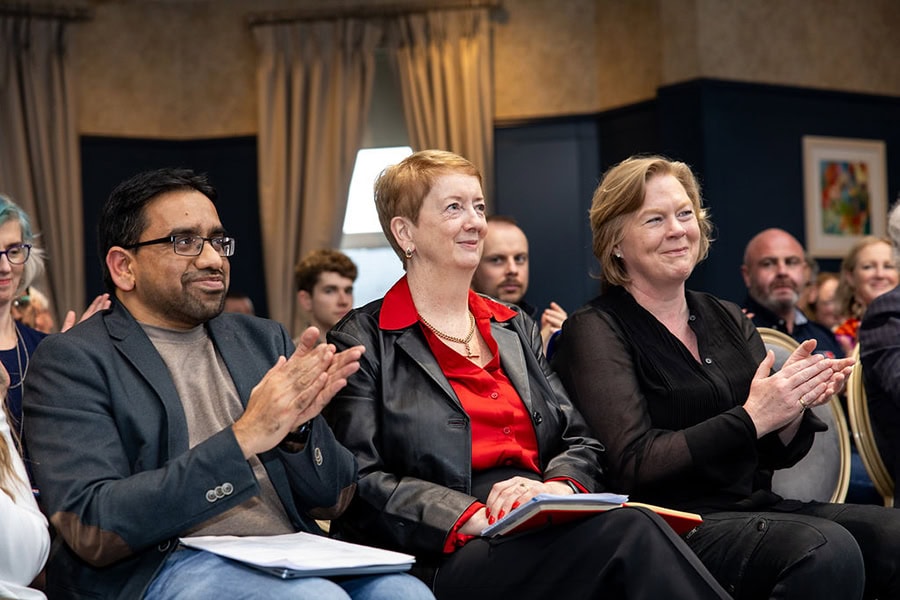
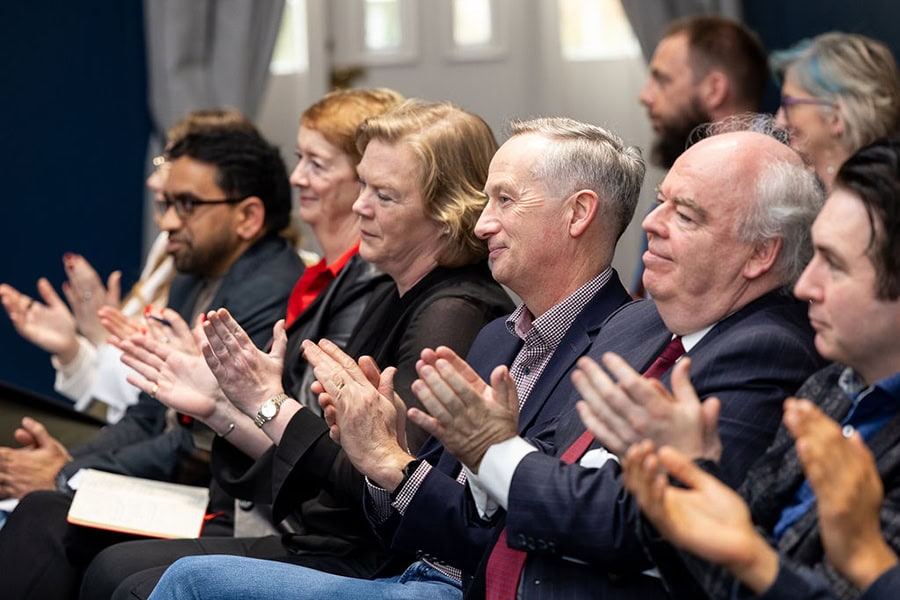
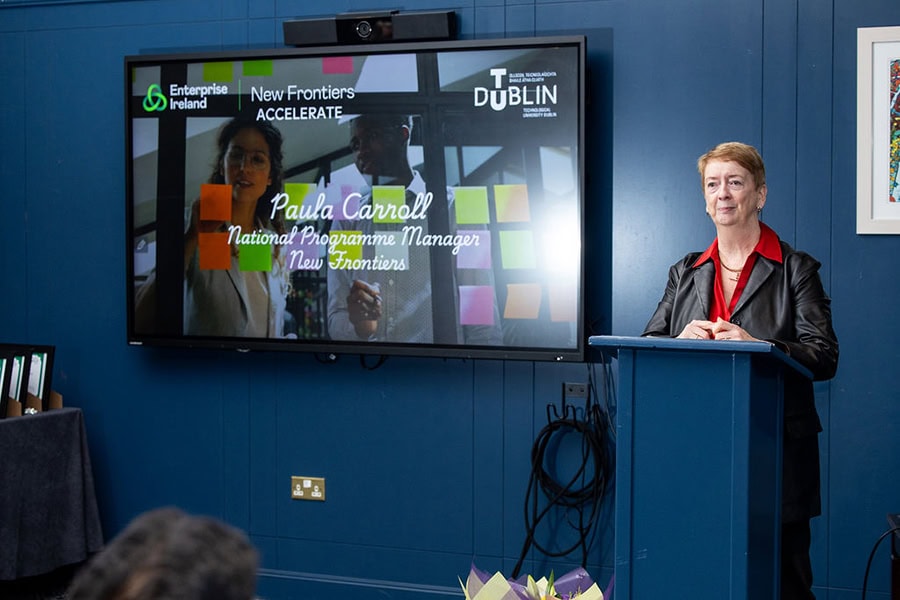
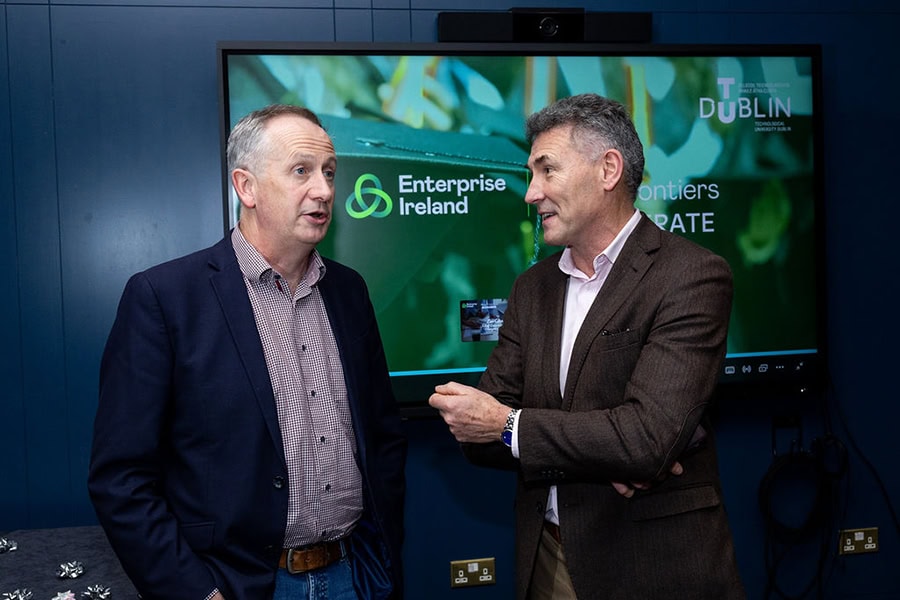
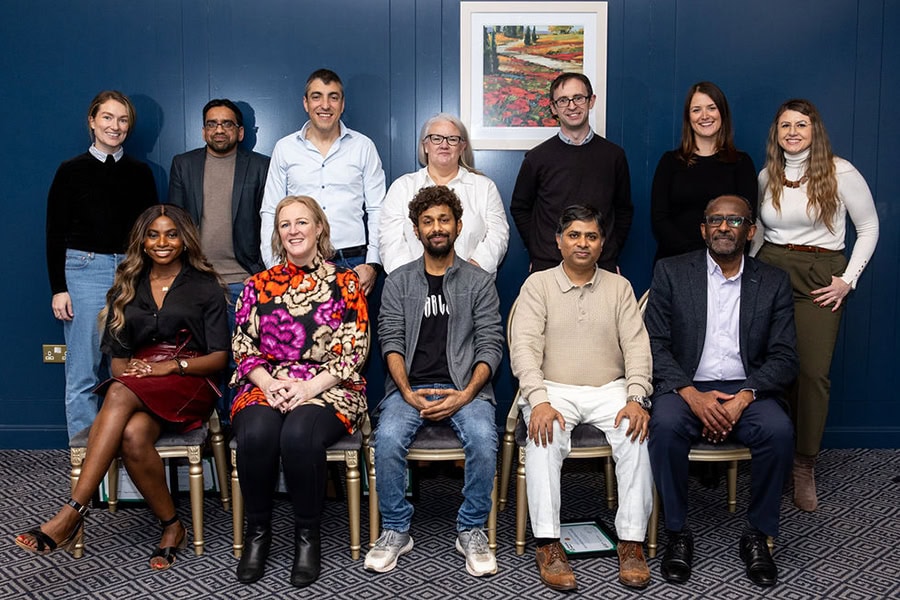
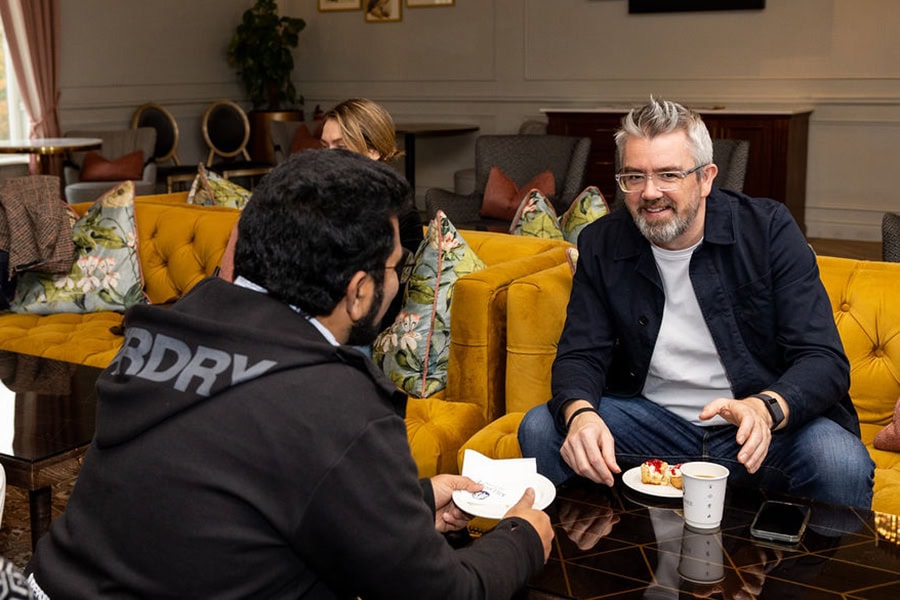
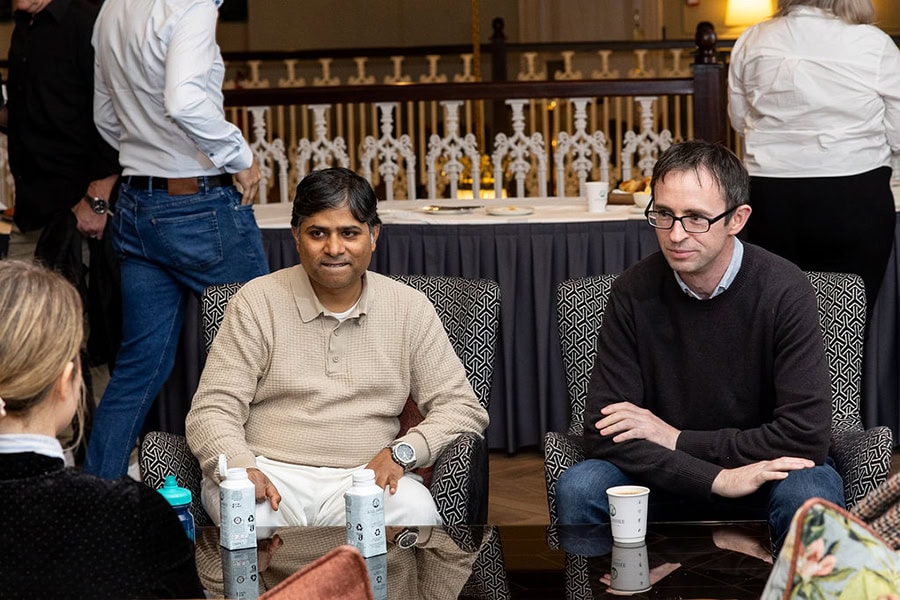
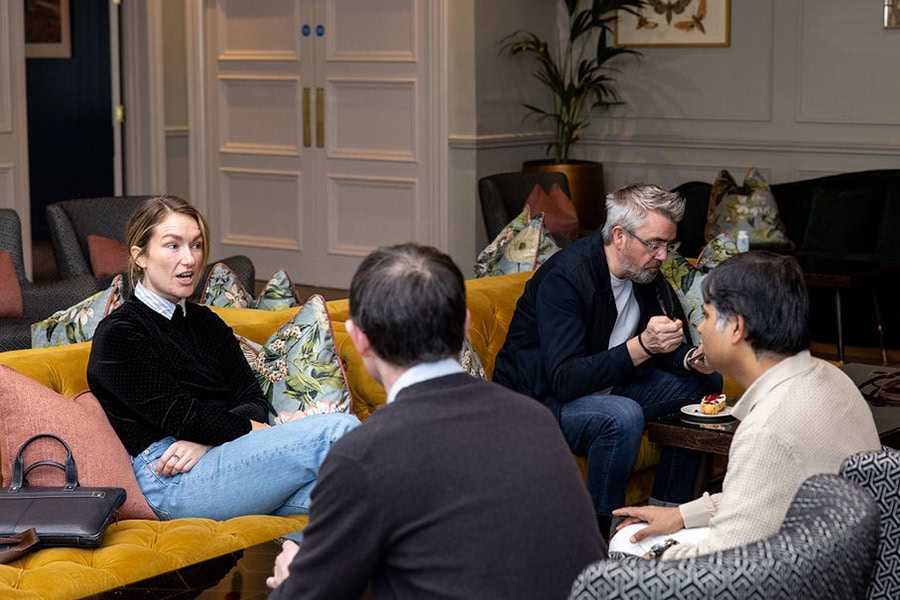
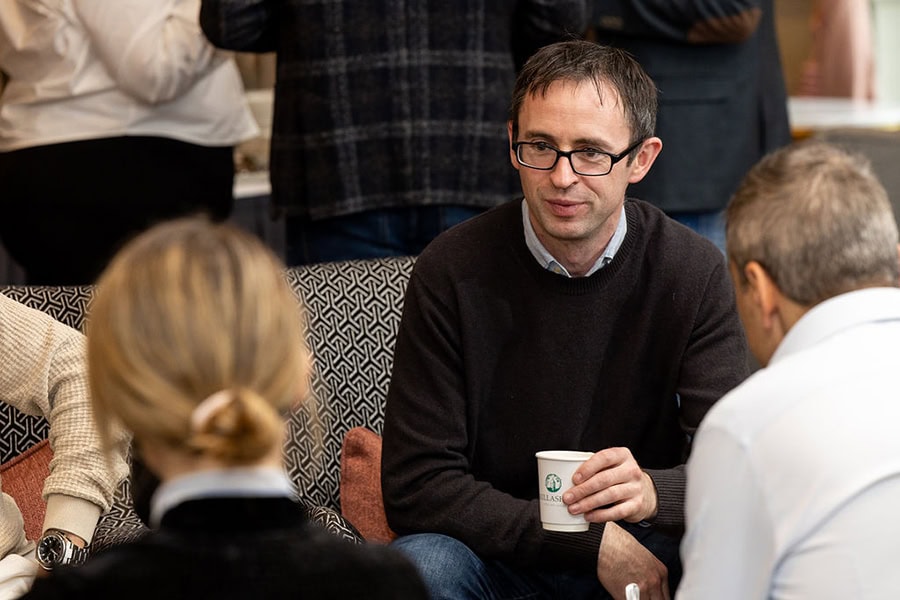

 With RedOrange AI, Amit applies his philosophy of intelligent automation to compliance management. He believes compliance should be a streamlined, proactive process that leverages technology to reduce human error and help businesses navigate regulation without disruption. So, how will RedOrange AI help businesses keep up with the pace and complexity of today’s regulatory environment?
With RedOrange AI, Amit applies his philosophy of intelligent automation to compliance management. He believes compliance should be a streamlined, proactive process that leverages technology to reduce human error and help businesses navigate regulation without disruption. So, how will RedOrange AI help businesses keep up with the pace and complexity of today’s regulatory environment?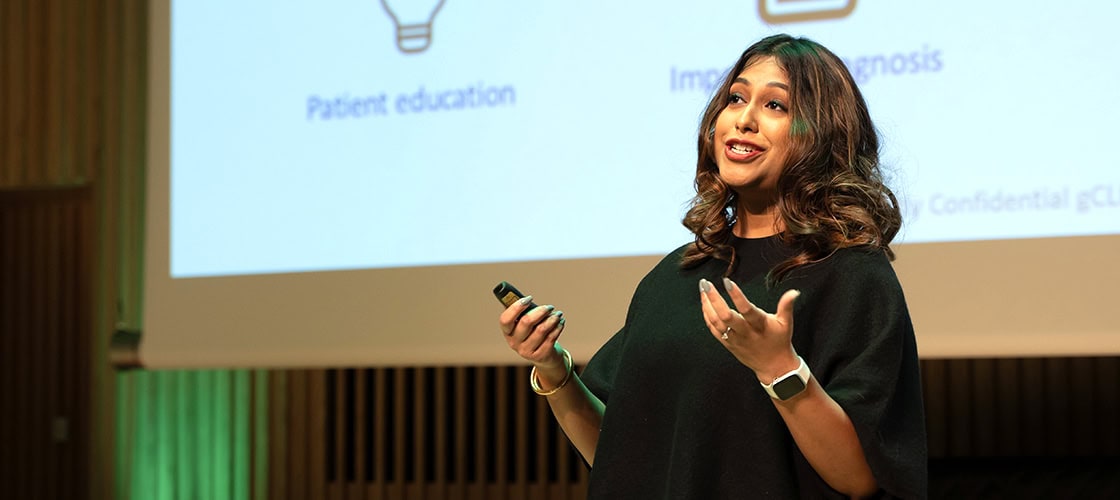
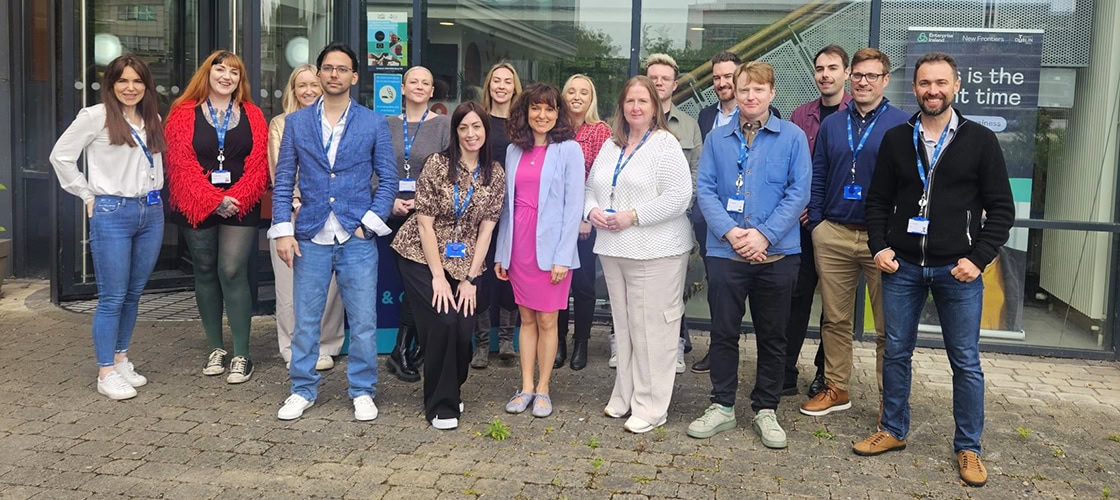





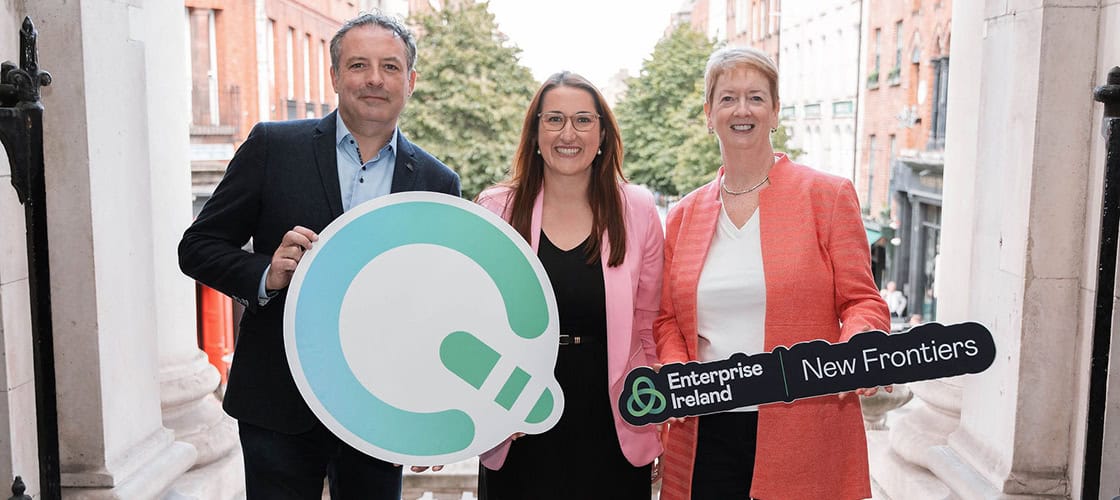
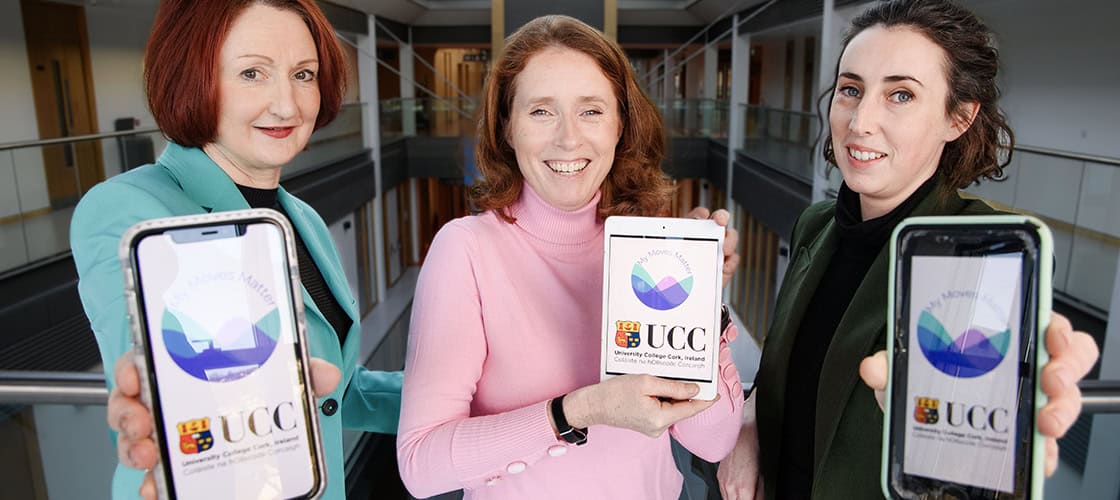

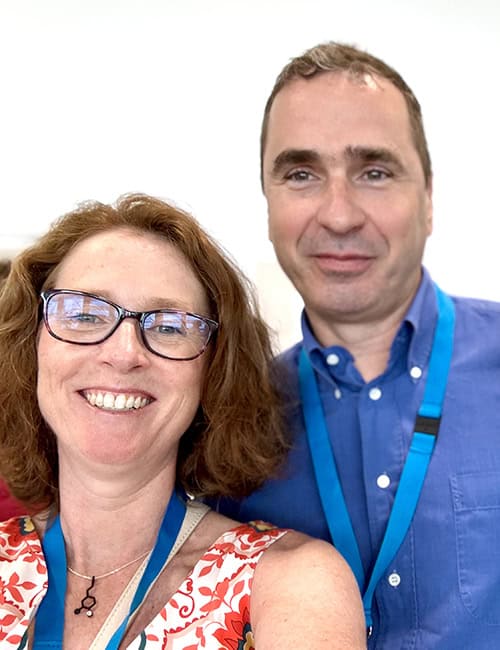
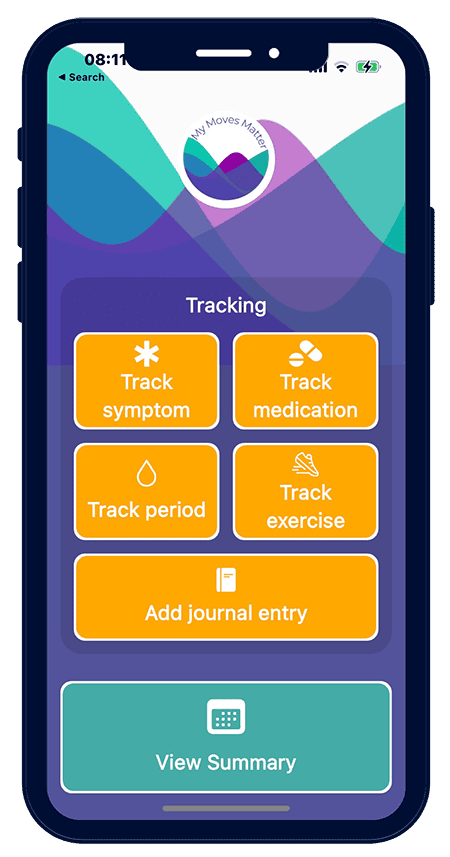 The My Moves Matter app was launched last July. It’s free for anyone with Parkinson’s and available for Apple or Android, with currently 1,100 users. It helps people track their diet, medication times, exercise, sleep, and hormonal fluctuations – all of which affect how well someone can live with Parkinson’s Disease. In addition, the app supports the input of clinical trial IDs, which means it is helping to fill that critical research gap. Right now, My Moves Matter is working with the University of Cork on a global pilot study (where women at different hormonal life stages track their PD symptoms over four months) and with France Parkinson’s (a trial in four neurological centres for French women tracking their symptoms across the menstrual cycle).
The My Moves Matter app was launched last July. It’s free for anyone with Parkinson’s and available for Apple or Android, with currently 1,100 users. It helps people track their diet, medication times, exercise, sleep, and hormonal fluctuations – all of which affect how well someone can live with Parkinson’s Disease. In addition, the app supports the input of clinical trial IDs, which means it is helping to fill that critical research gap. Right now, My Moves Matter is working with the University of Cork on a global pilot study (where women at different hormonal life stages track their PD symptoms over four months) and with France Parkinson’s (a trial in four neurological centres for French women tracking their symptoms across the menstrual cycle).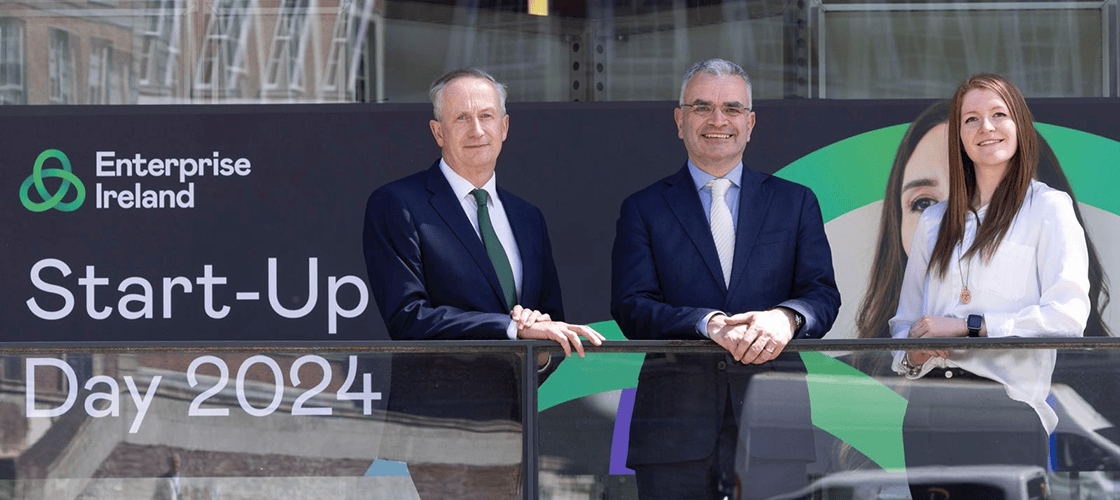

 3. Building grit
3. Building grit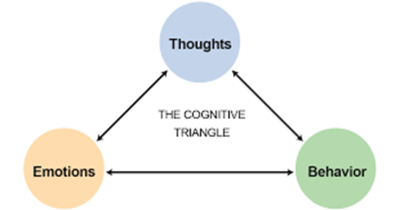 By nurturing your emotional health through physical activity, you develop the resilience needed to navigate the emotional highs and lows of start-up life with grace and resilience.
By nurturing your emotional health through physical activity, you develop the resilience needed to navigate the emotional highs and lows of start-up life with grace and resilience.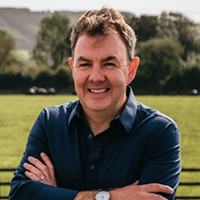 Johnn Barron
Johnn Barron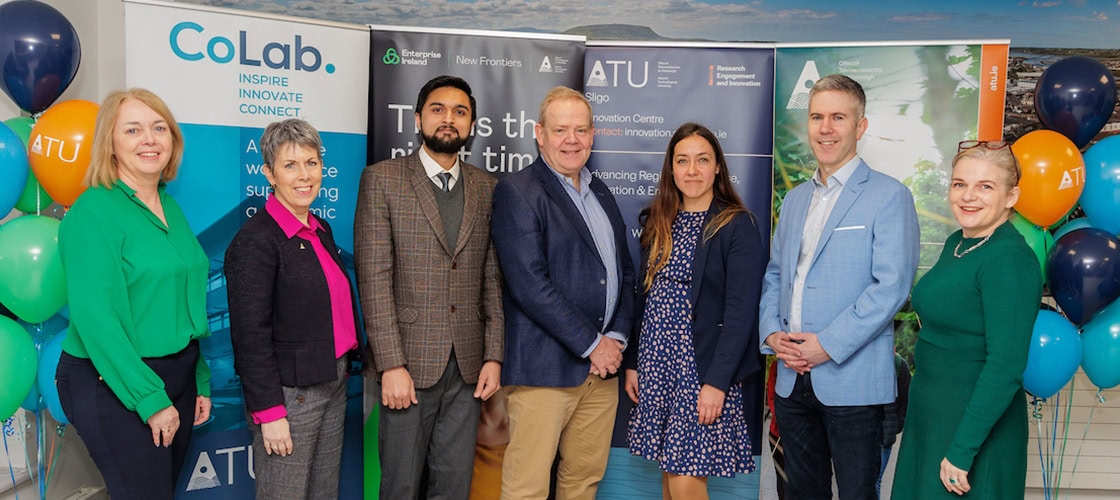
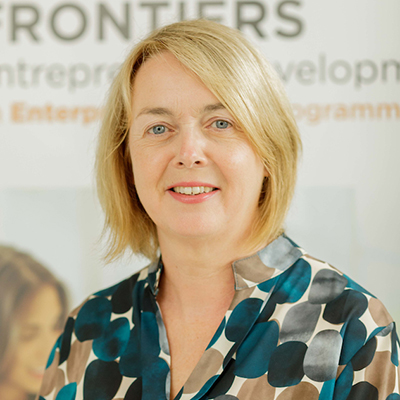


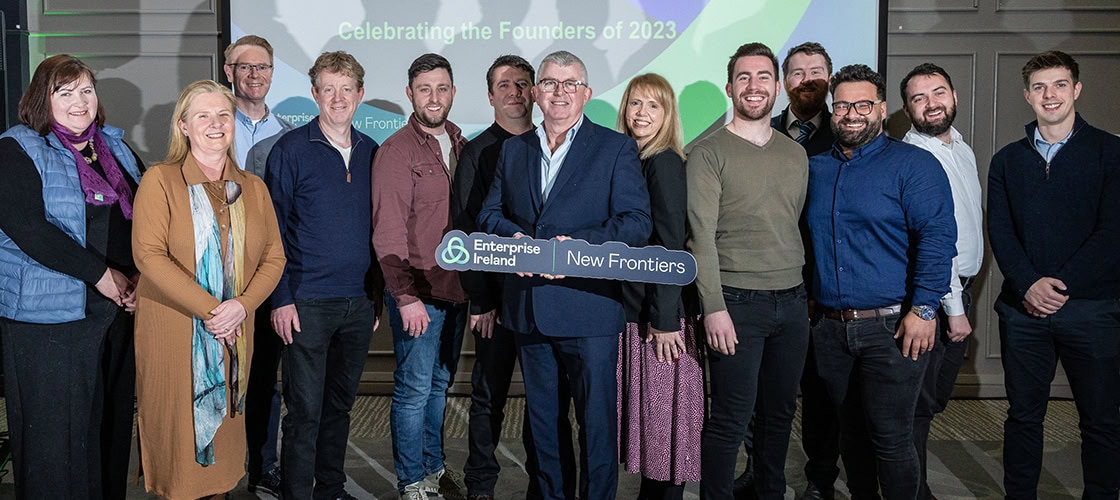

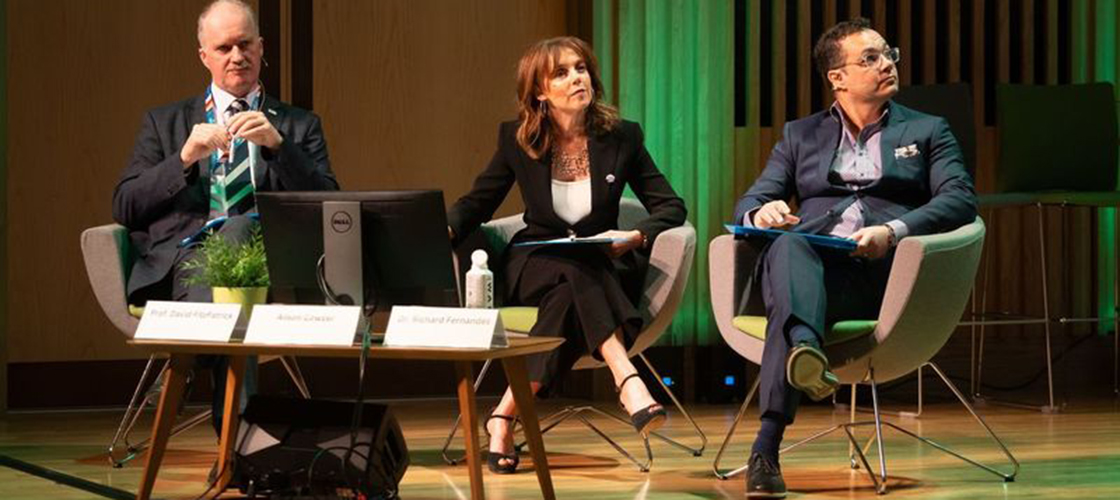
 This year the event was held on 8
This year the event was held on 8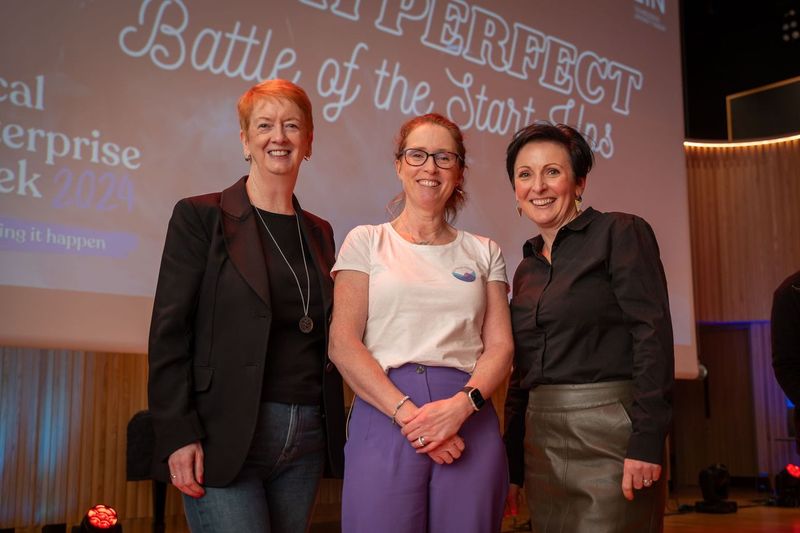
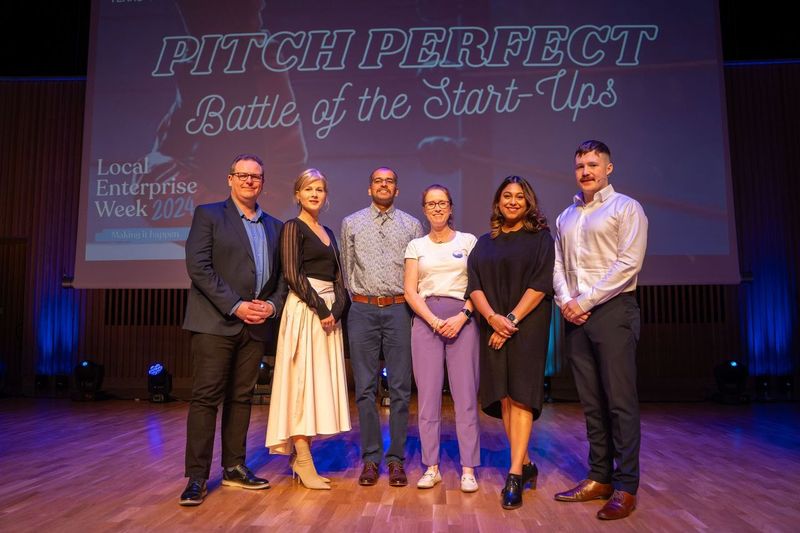
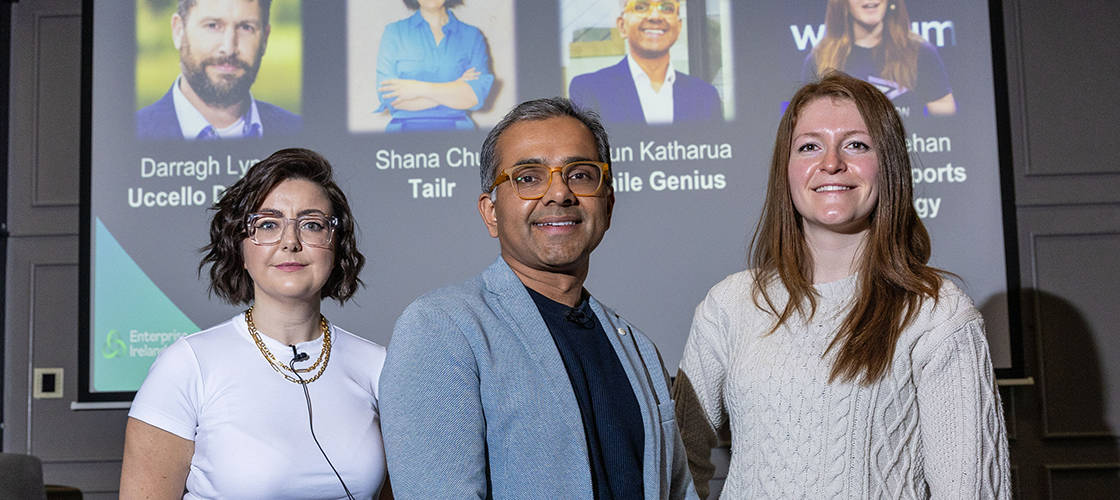
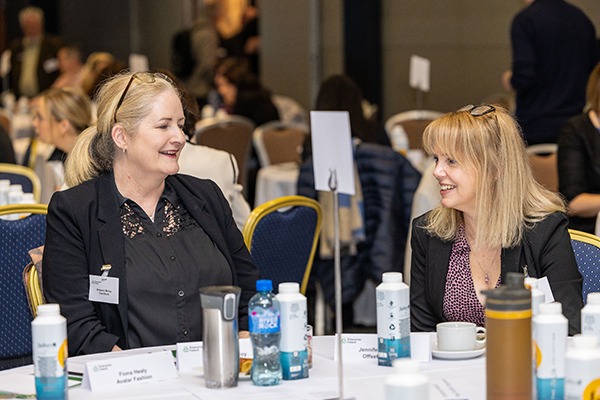
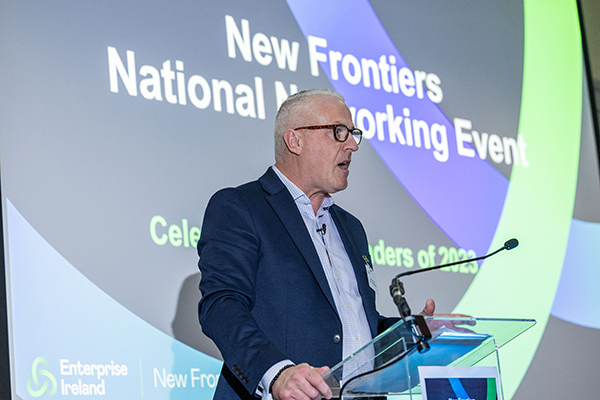
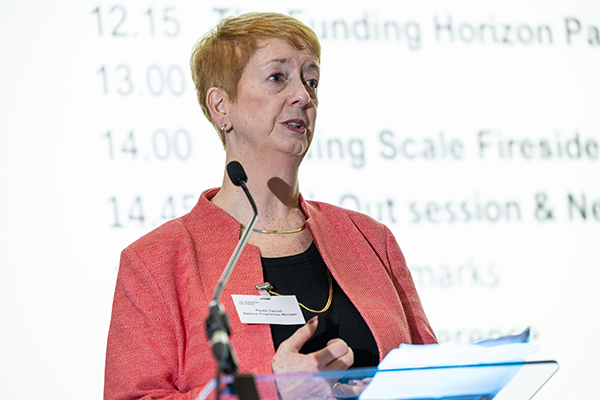
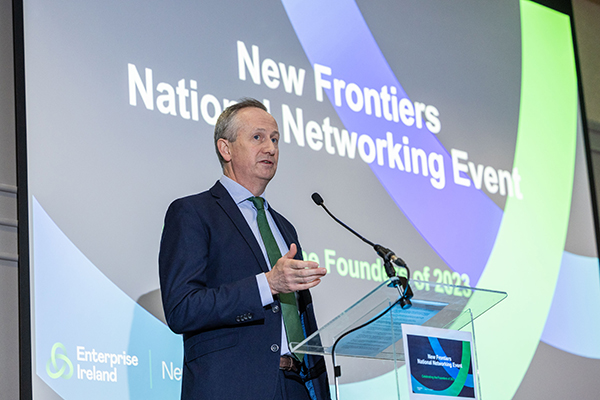
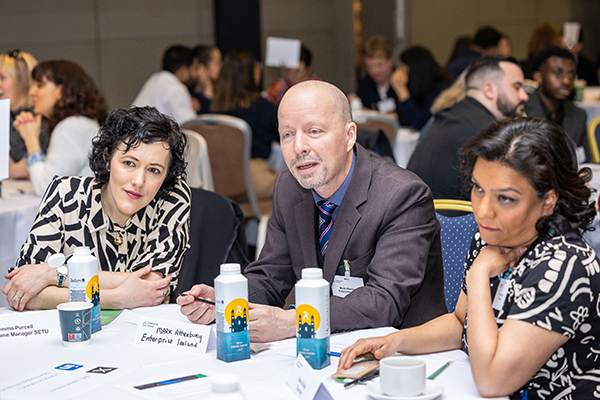
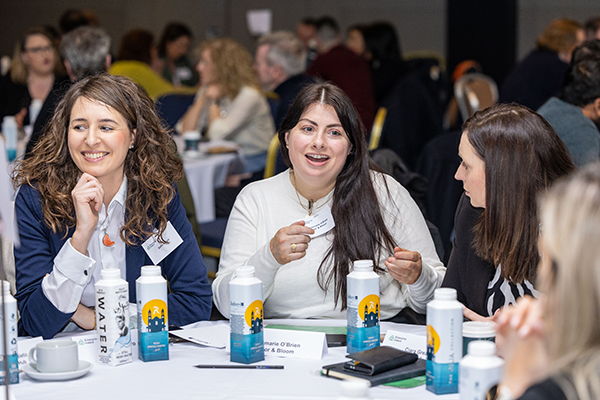
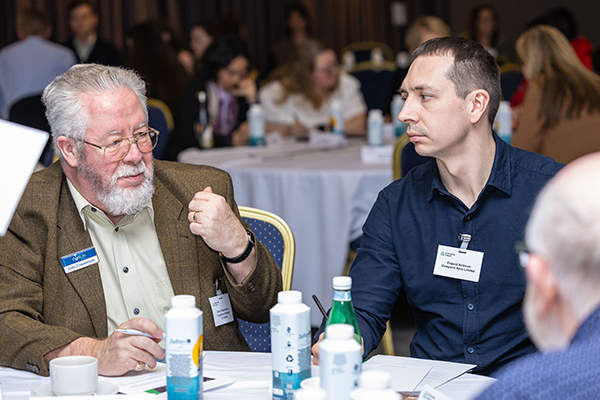
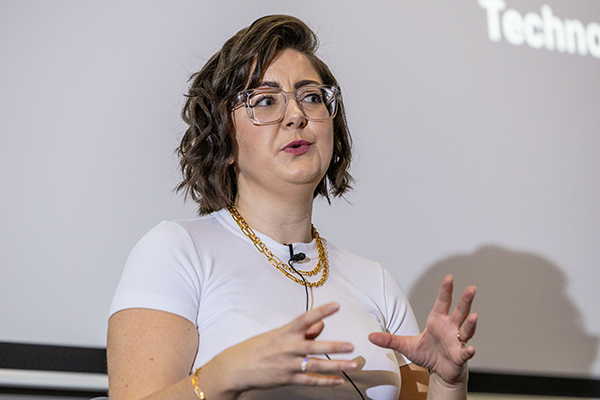
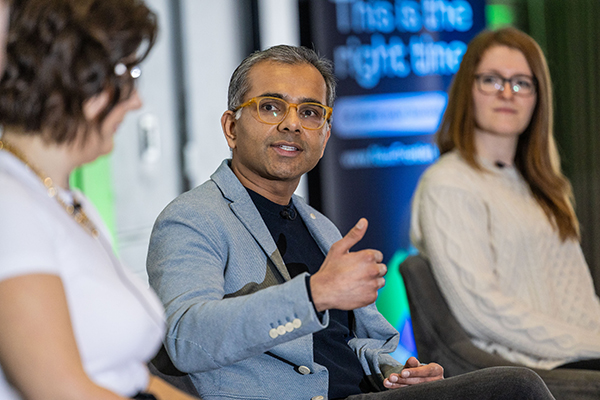
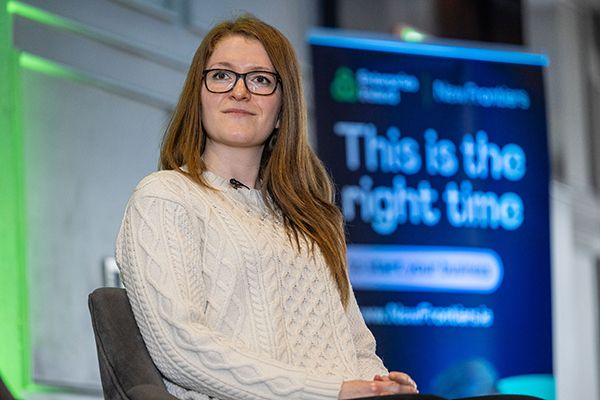
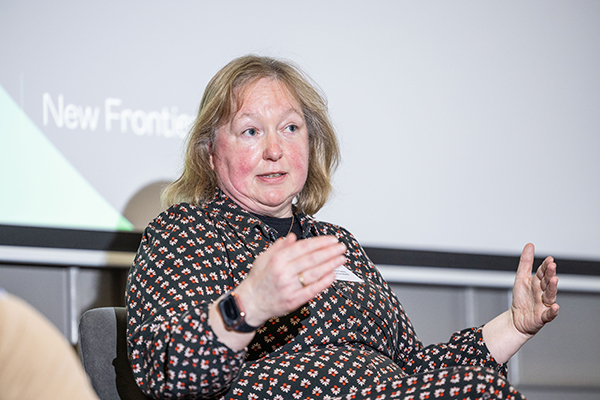
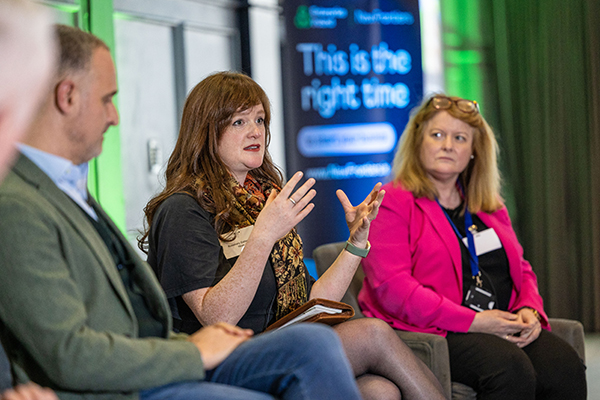
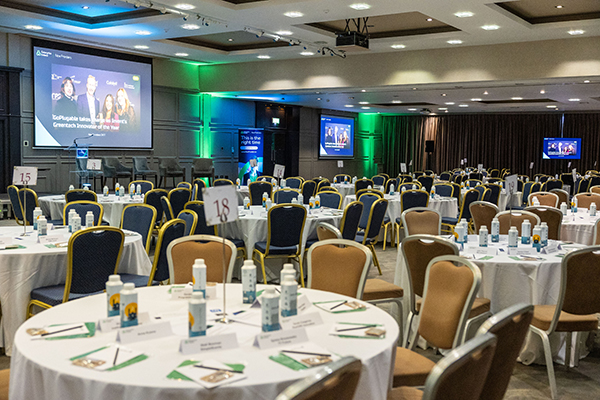
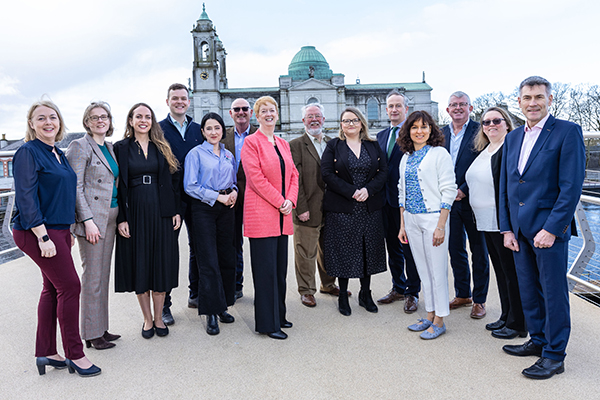
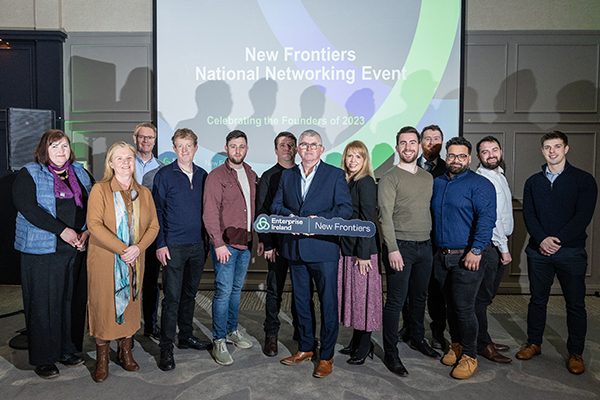
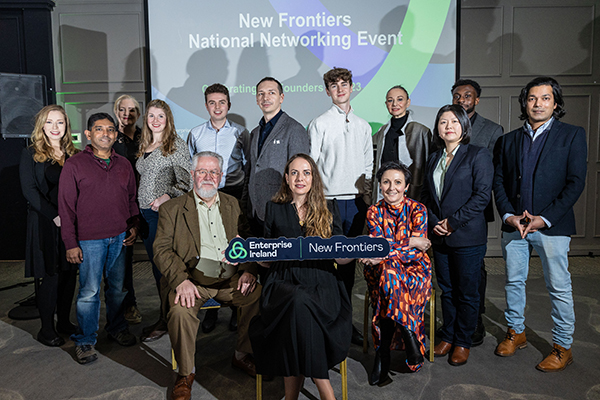
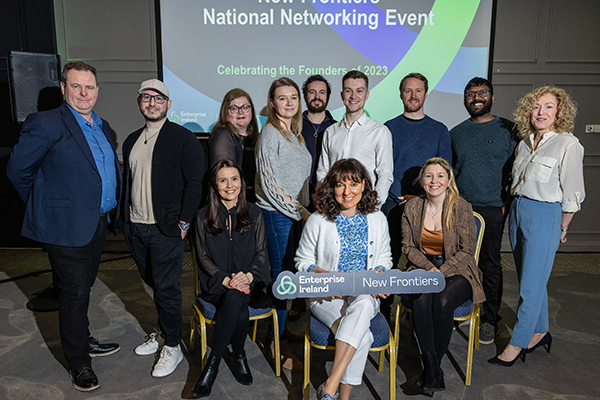
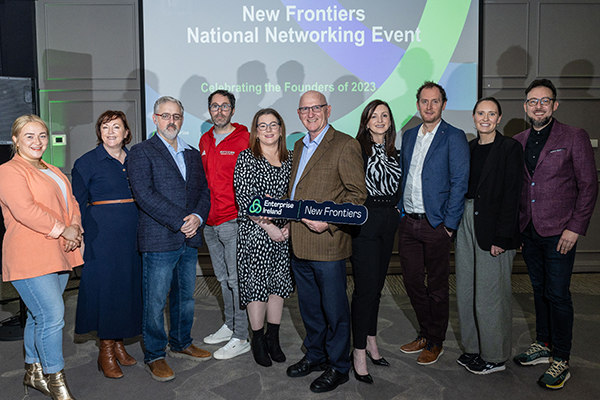
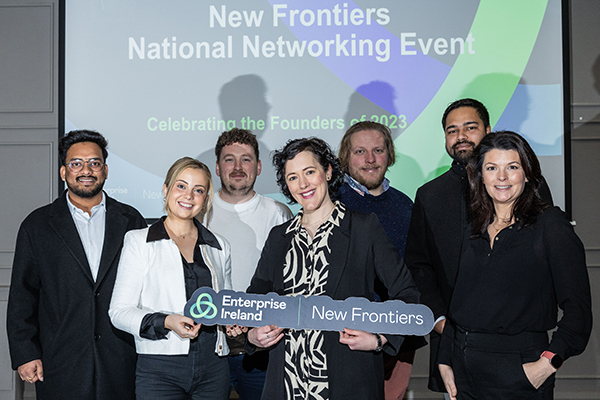
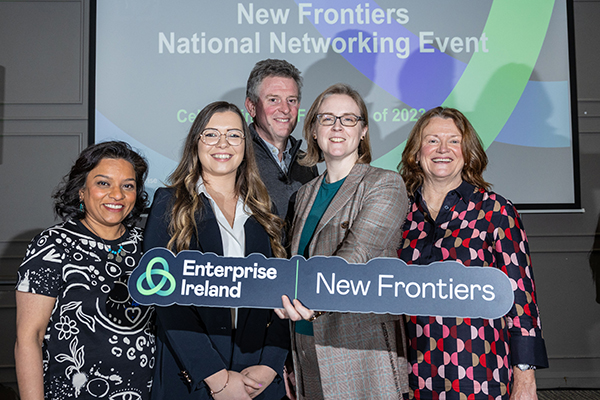
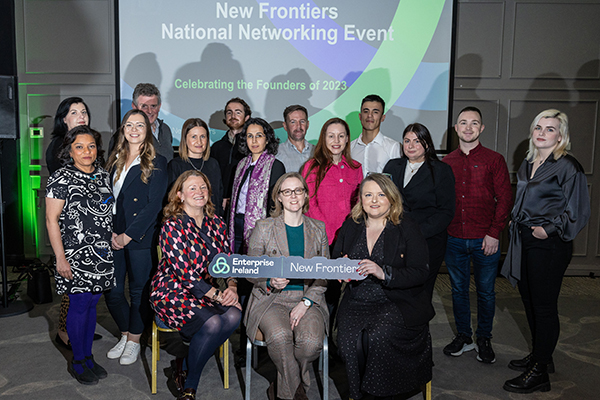
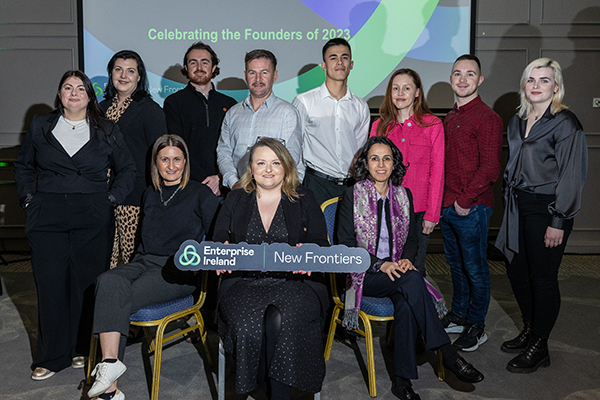
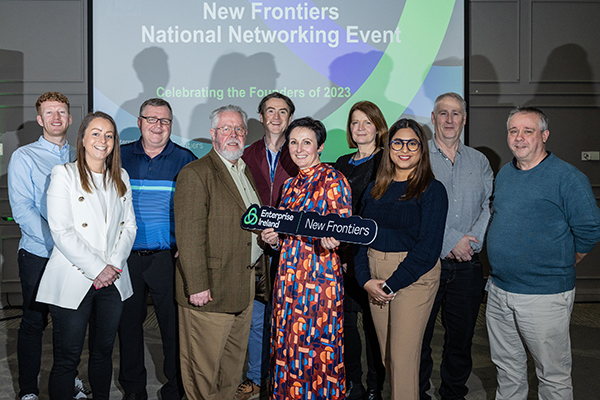
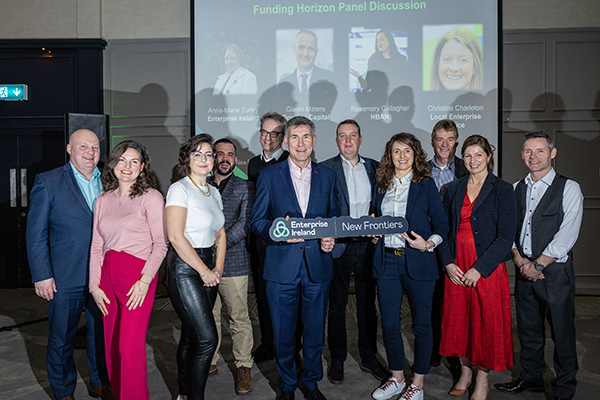
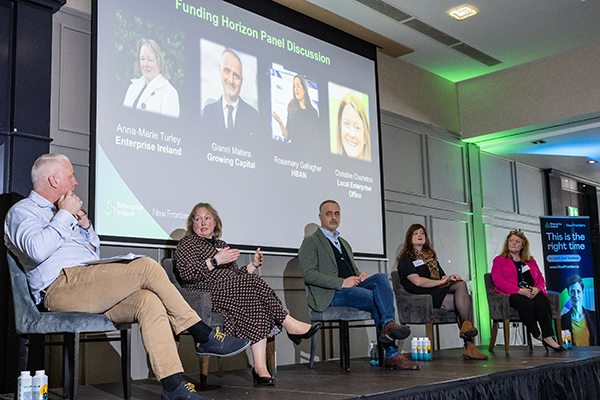
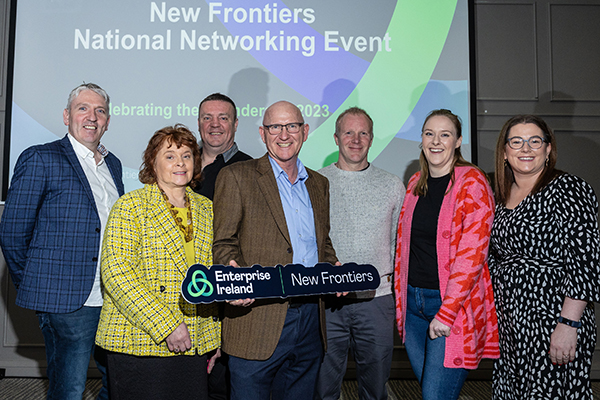
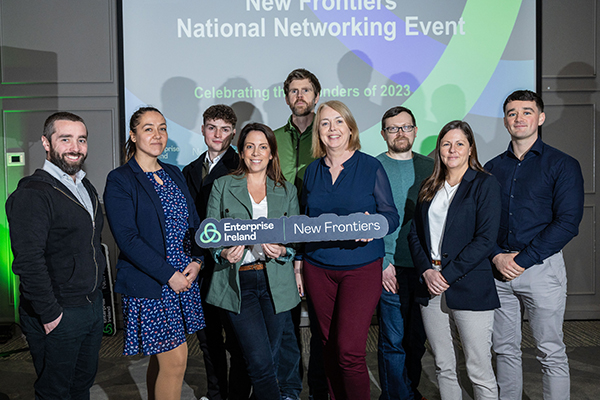
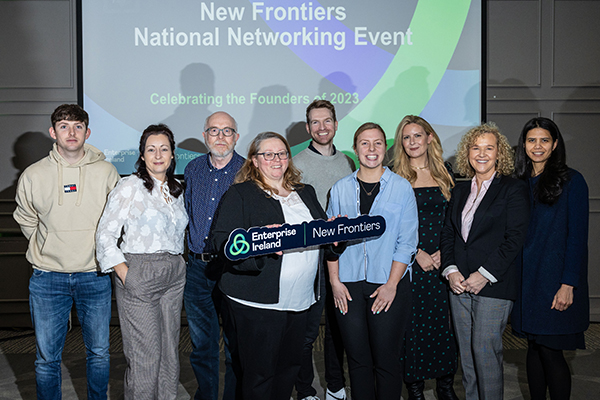
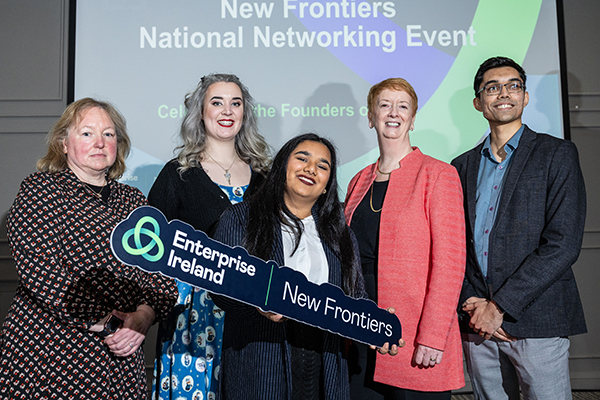
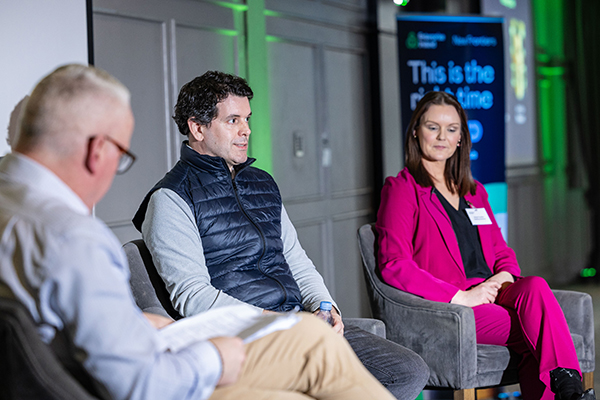
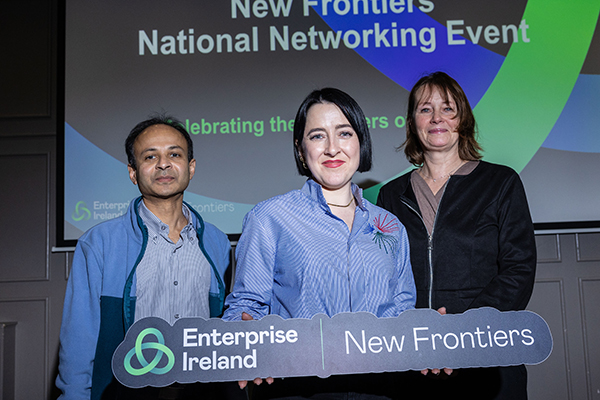
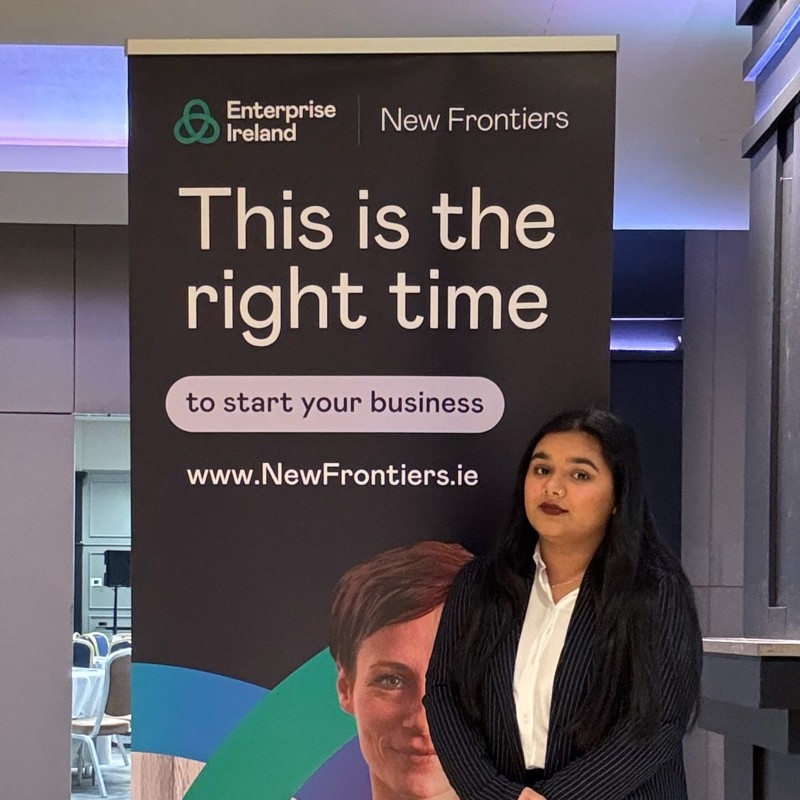

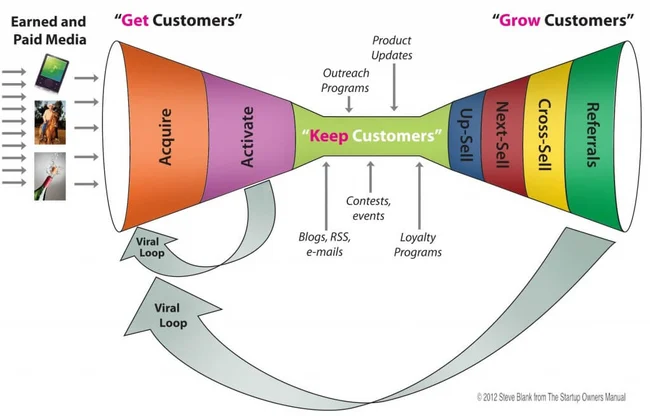 Gemma Purcell, Programme Manager at SETU – Carlow Campus
Gemma Purcell, Programme Manager at SETU – Carlow Campus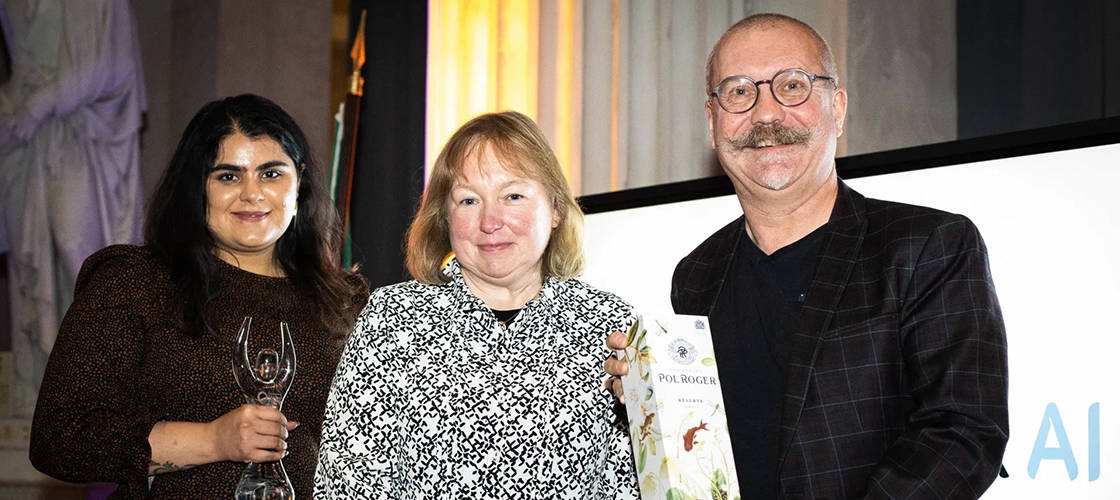
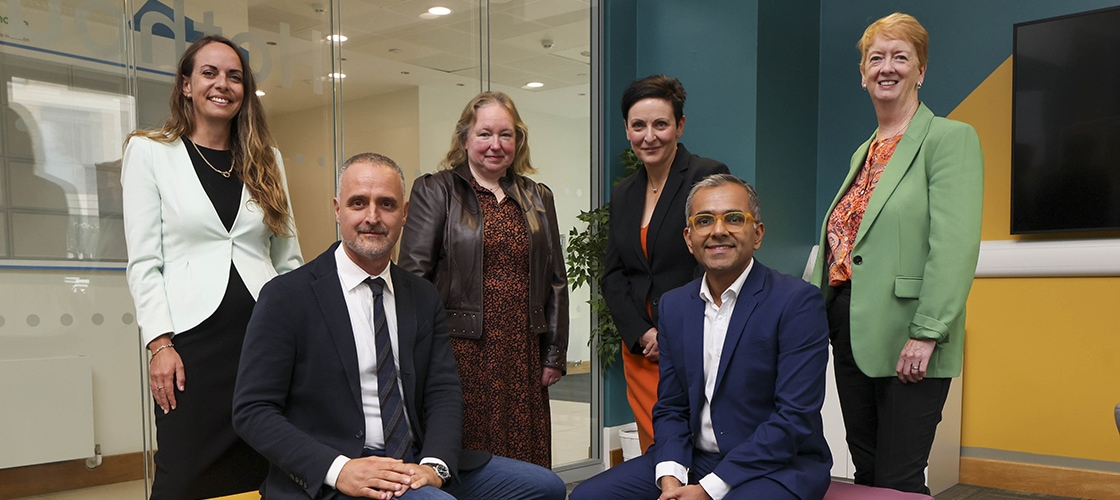
 About Gianni Matera
About Gianni Matera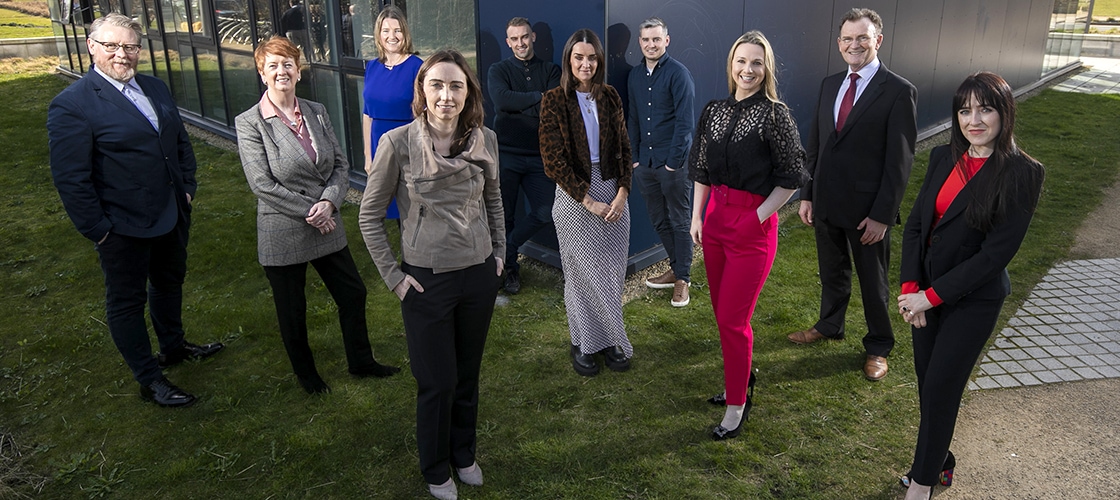

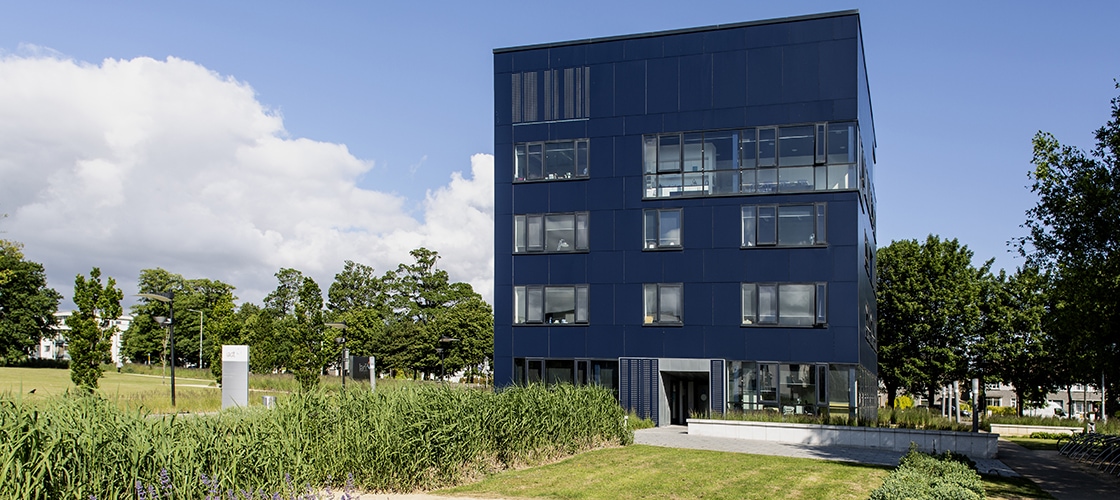
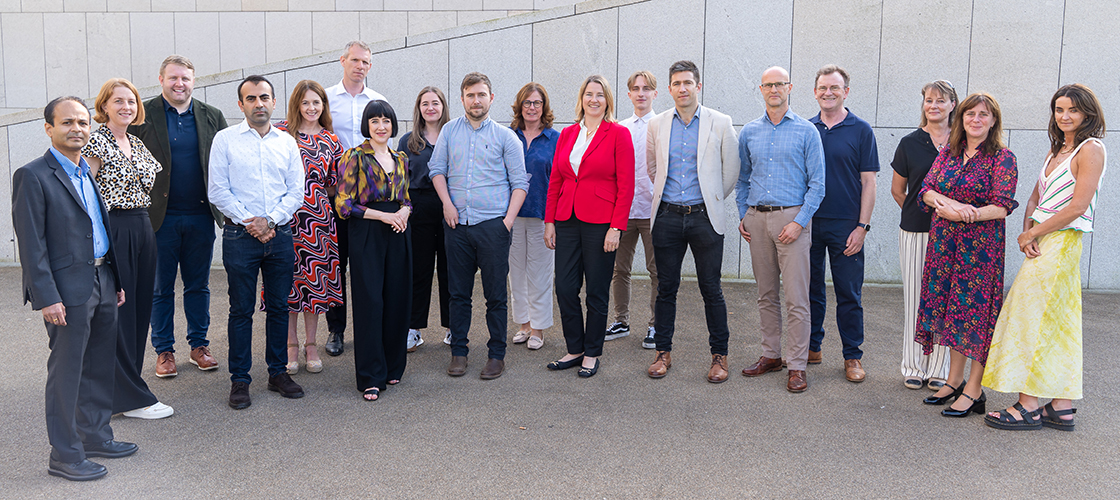
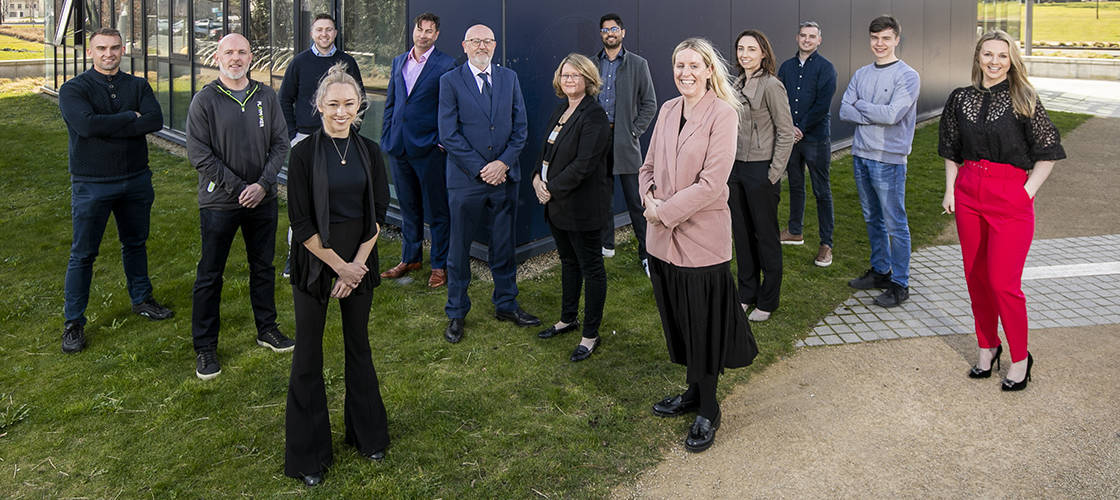

 Alexandria: Yes, it started off as a personal project back in 2021. As I shared my gardening passion and other experiences on my blog, a community began to build around it. I was enrolled at SETU – Carlow Campus, studying for my BSc in Business with Marketing at the time. During a period of poor mental health, I was given a set of aromatherapy essential oils. The impact the products had on me was profound, and I started to experiment with the different fragrances and applications like candles. People I knew started asking me to make them, and before I knew it, I was developing a product range. It wasn’t planned as such, it all just happened quite organically.
Alexandria: Yes, it started off as a personal project back in 2021. As I shared my gardening passion and other experiences on my blog, a community began to build around it. I was enrolled at SETU – Carlow Campus, studying for my BSc in Business with Marketing at the time. During a period of poor mental health, I was given a set of aromatherapy essential oils. The impact the products had on me was profound, and I started to experiment with the different fragrances and applications like candles. People I knew started asking me to make them, and before I knew it, I was developing a product range. It wasn’t planned as such, it all just happened quite organically. Alexandria: Absolutely. My family home, Turra Lodge Farm, has a beautiful garden which my Mum and Nana designed and planted when I was younger. It is a cornerstone of my mental health. Luckily, my family has indulged my passion, or obsession, with gardening for years now and given me lots of creative freedom to develop different parts of it. That’s what my blog initially revolved around.
Alexandria: Absolutely. My family home, Turra Lodge Farm, has a beautiful garden which my Mum and Nana designed and planted when I was younger. It is a cornerstone of my mental health. Luckily, my family has indulged my passion, or obsession, with gardening for years now and given me lots of creative freedom to develop different parts of it. That’s what my blog initially revolved around.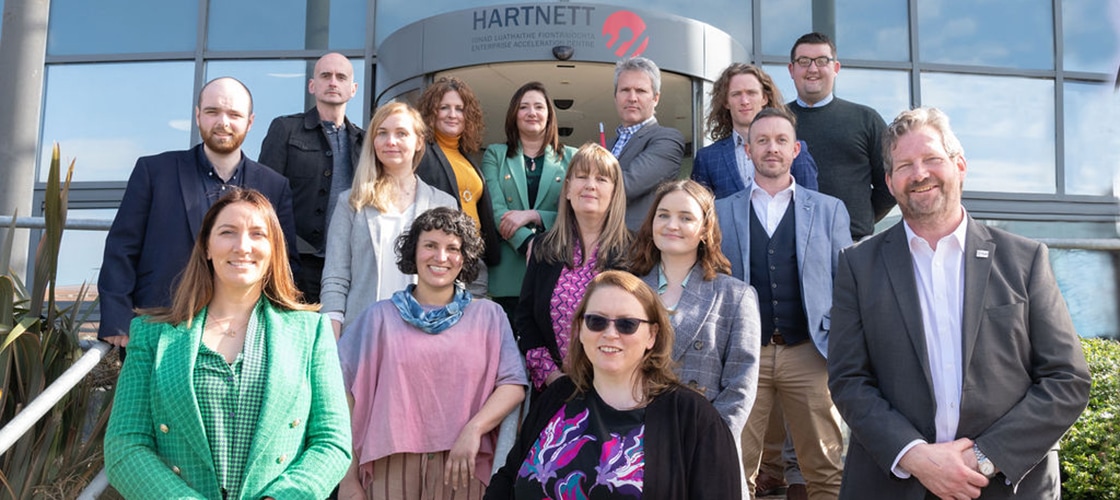

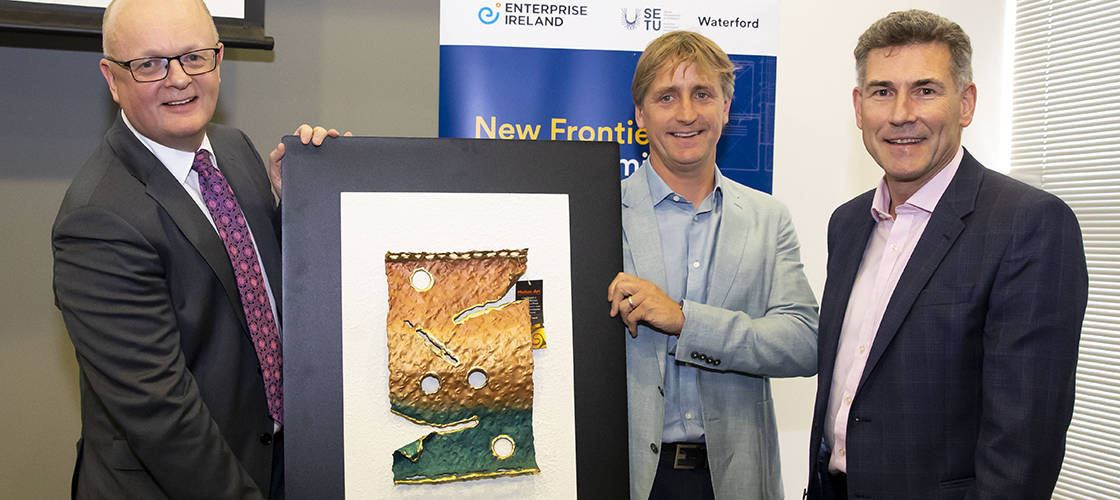
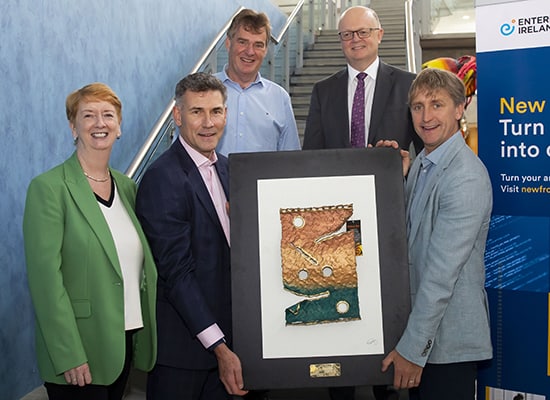
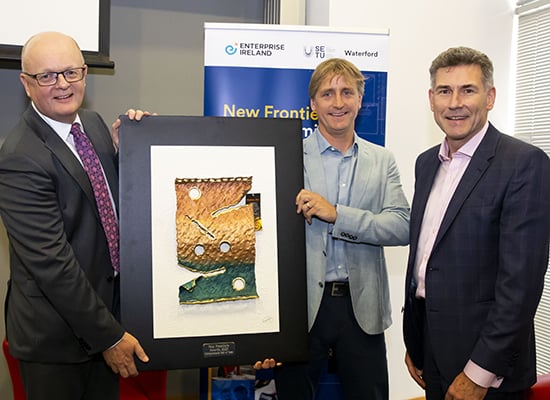


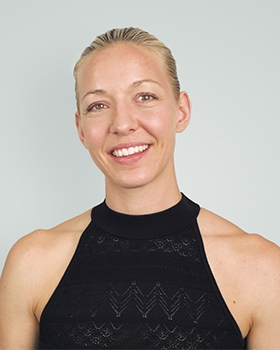 Heidi Davis: There are 440 million women going through the menopausal transition worldwide and 330 million of these women will experience symptoms that are negatively affecting their lives at work and at home. We know that about 60% of women that suffer from their symptoms will seek medical help, but only 30% of these women will get a diagnosis and treatment plan, leaving 70% of the women wanting help to suffer. The simple reason women do not get a diagnosis and treatment plan easily is that there are no clear diagnostic tests to establish perimenopause. Clinicians rely on self-reported symptoms on the frequency and severity of symptoms to establish perimenopause and prescribe treatment. We are developing a first-of-its-kind wearable biosensor and digital platform that can passively quantify & profile the frequency and severity of menopausal symptoms, providing women and clinicians with the necessary information to diagnose & personalise symptom management.
Heidi Davis: There are 440 million women going through the menopausal transition worldwide and 330 million of these women will experience symptoms that are negatively affecting their lives at work and at home. We know that about 60% of women that suffer from their symptoms will seek medical help, but only 30% of these women will get a diagnosis and treatment plan, leaving 70% of the women wanting help to suffer. The simple reason women do not get a diagnosis and treatment plan easily is that there are no clear diagnostic tests to establish perimenopause. Clinicians rely on self-reported symptoms on the frequency and severity of symptoms to establish perimenopause and prescribe treatment. We are developing a first-of-its-kind wearable biosensor and digital platform that can passively quantify & profile the frequency and severity of menopausal symptoms, providing women and clinicians with the necessary information to diagnose & personalise symptom management. Grainne Byrne: Norma is a psychosexual wellbeing platform and app. Our first product is a digital support programme for two very common conditions that impact sexual wellbeing, vaginismus and dyspareunia, which can affect approximately 1 in 5 in women.* These conditions can cause pain, anxiety, and difficulties with things like penetrative sex, inserting menstrual products, or undergoing a smear test. Our dynamic programme empowers these people with the knowledge and the tools to understand, manage and overcome these conditions at home today. Thankfully, in recent years, there has been a surge of much-needed, user-centric innovations in areas like cycle tracking, fertility, and menopause. At Norma, we are definitely excited to be riding the crest of this long-overdue femtech wave.
Grainne Byrne: Norma is a psychosexual wellbeing platform and app. Our first product is a digital support programme for two very common conditions that impact sexual wellbeing, vaginismus and dyspareunia, which can affect approximately 1 in 5 in women.* These conditions can cause pain, anxiety, and difficulties with things like penetrative sex, inserting menstrual products, or undergoing a smear test. Our dynamic programme empowers these people with the knowledge and the tools to understand, manage and overcome these conditions at home today. Thankfully, in recent years, there has been a surge of much-needed, user-centric innovations in areas like cycle tracking, fertility, and menopause. At Norma, we are definitely excited to be riding the crest of this long-overdue femtech wave.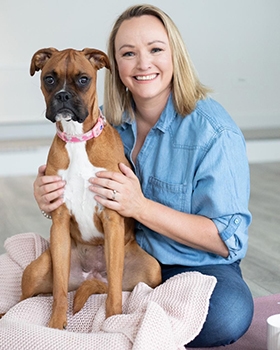 Deborah Brock: Nua Fertility is revolutionising the field of reproductive health by harnessing the power of the microbiome to enhance and optimise fertility outcomes. We combine personal experience, scientific research, and innovative products and digital solutions to optimise the microbiome for fertility success. The idea behind Nua Fertility is one whose time has come as the area of the microbiome for reproductive health is one of the most innovative and growing areas in fertility health. There is a rising awareness of the significant role that the microbiome plays in reproductive health, and scientific advancements have highlighted its impact on various aspects of fertility.
Deborah Brock: Nua Fertility is revolutionising the field of reproductive health by harnessing the power of the microbiome to enhance and optimise fertility outcomes. We combine personal experience, scientific research, and innovative products and digital solutions to optimise the microbiome for fertility success. The idea behind Nua Fertility is one whose time has come as the area of the microbiome for reproductive health is one of the most innovative and growing areas in fertility health. There is a rising awareness of the significant role that the microbiome plays in reproductive health, and scientific advancements have highlighted its impact on various aspects of fertility.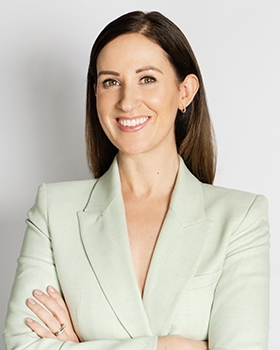 Alison Clarke: Every day, women experiencing fertility problems walk out of their career, resulting in depleted talent pools and costing employers tens of thousands. Fembition is a pioneering women’s fertility and leadership platform for progressive employers who want to retain their top female talent, close the gender gap and build a more inclusive culture at work. Essentially, we provide analytics, networking and peer support for women in business who are experiencing a challenging fertility journey. One of the biggest challenges for many women is managing their career whilst they’re trying to conceive. We work with these women through our platform and provide resources, workshops, and live support.
Alison Clarke: Every day, women experiencing fertility problems walk out of their career, resulting in depleted talent pools and costing employers tens of thousands. Fembition is a pioneering women’s fertility and leadership platform for progressive employers who want to retain their top female talent, close the gender gap and build a more inclusive culture at work. Essentially, we provide analytics, networking and peer support for women in business who are experiencing a challenging fertility journey. One of the biggest challenges for many women is managing their career whilst they’re trying to conceive. We work with these women through our platform and provide resources, workshops, and live support. After university, Aoife went to work for an entrepreneur, gaining a real appreciation of the drive, commitment, resilience, and flexibility required to make a fledgling business successful. She then moved into an international setting for over a decade, at the heart of a rapidly scaling global tech startup. Following this, she consulted for a wide range of startups and SMEs in sectors such as pharma, hospitality, retail, and medtech. Through this work, Aoife developed a deeper interest in entrepreneurship, which led her to the role of Enterprise Programmes Manager at the Innovation & Enterprise Office, MTU. An experienced project manager, Aoife brings strong analytical thinking and problem-solving skills to the table, supporting entrepreneurs through their journey with a pragmatic, straightforward approach.
After university, Aoife went to work for an entrepreneur, gaining a real appreciation of the drive, commitment, resilience, and flexibility required to make a fledgling business successful. She then moved into an international setting for over a decade, at the heart of a rapidly scaling global tech startup. Following this, she consulted for a wide range of startups and SMEs in sectors such as pharma, hospitality, retail, and medtech. Through this work, Aoife developed a deeper interest in entrepreneurship, which led her to the role of Enterprise Programmes Manager at the Innovation & Enterprise Office, MTU. An experienced project manager, Aoife brings strong analytical thinking and problem-solving skills to the table, supporting entrepreneurs through their journey with a pragmatic, straightforward approach.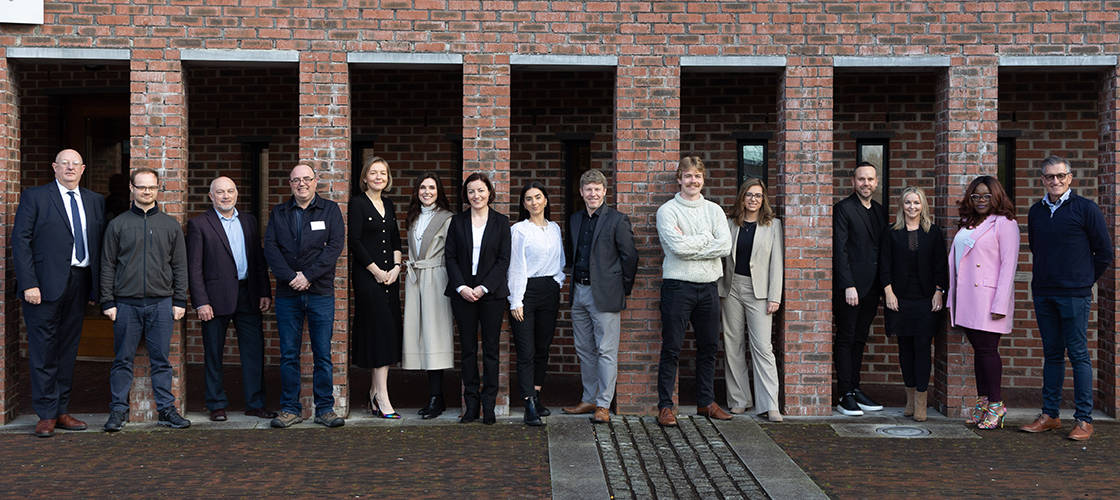 What does the programme at Cork offer?
What does the programme at Cork offer?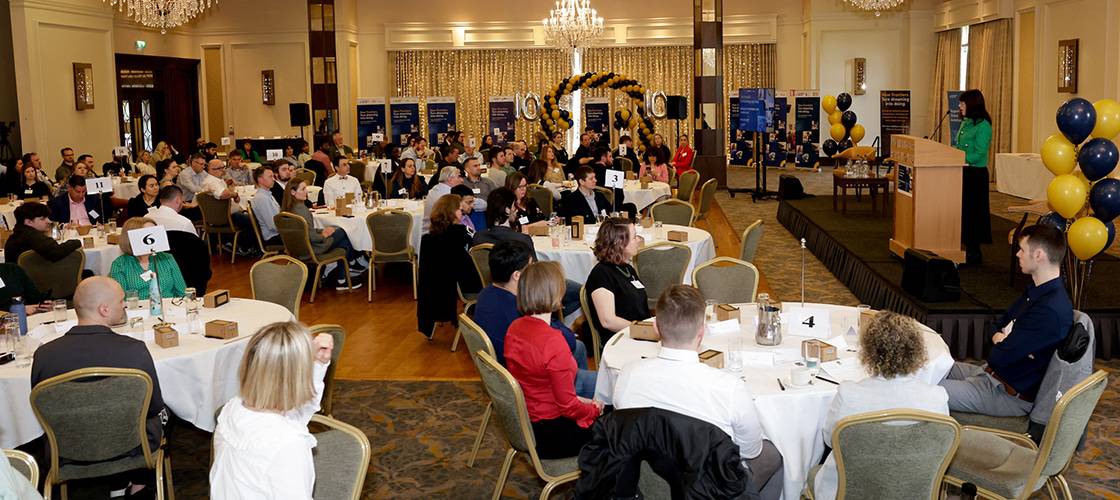
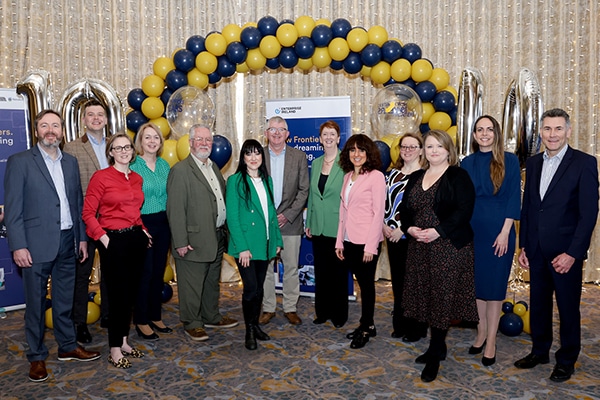
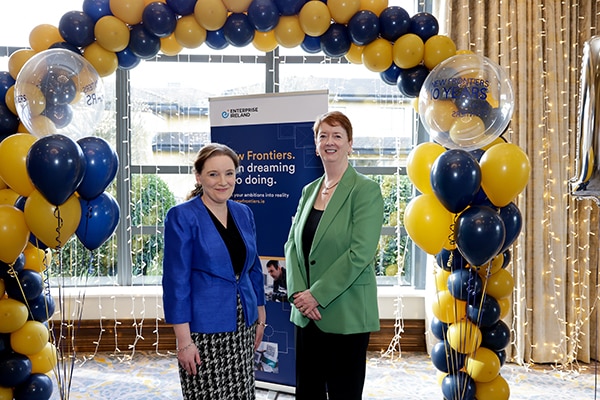
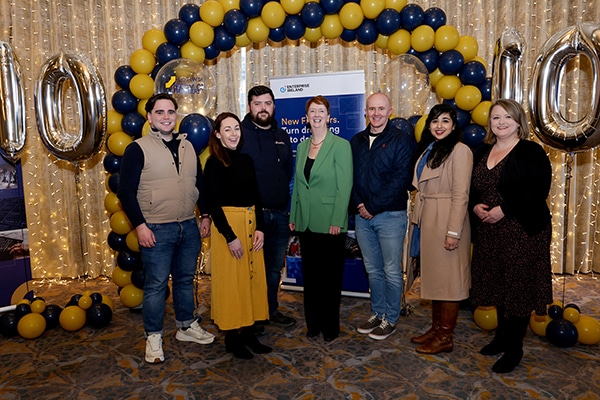
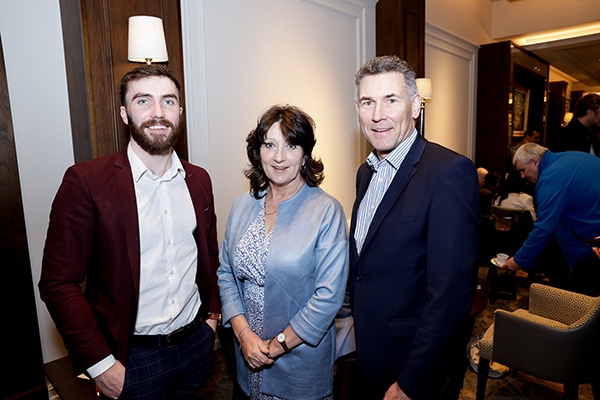
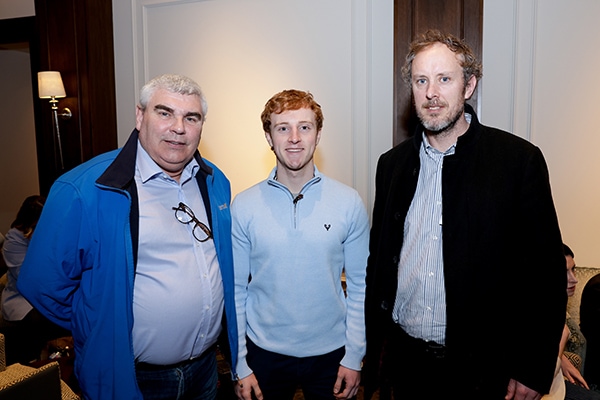
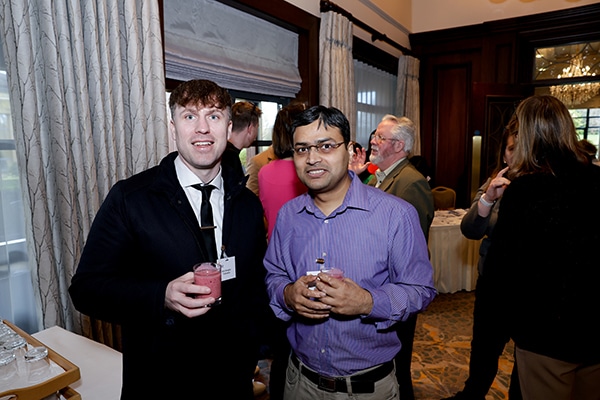
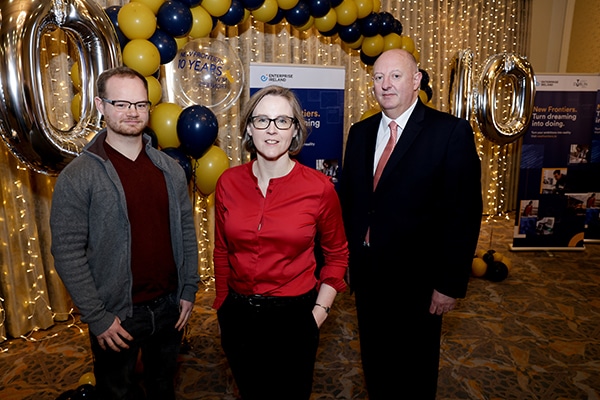
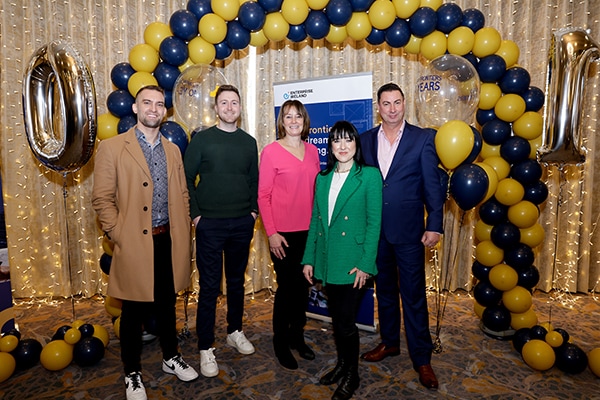
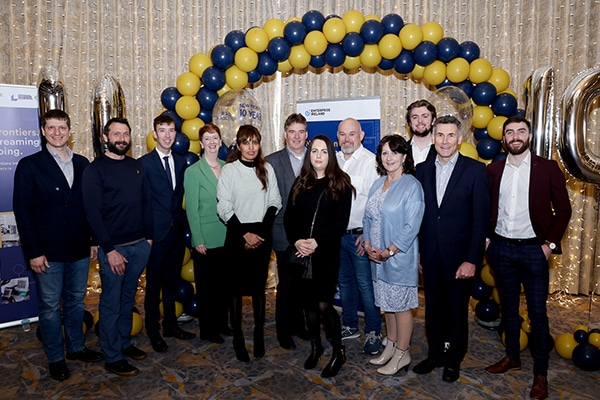
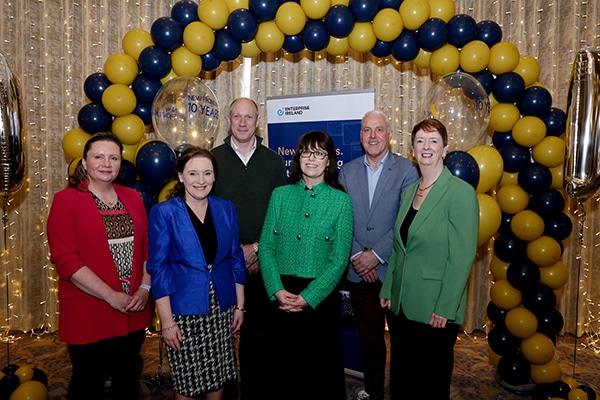
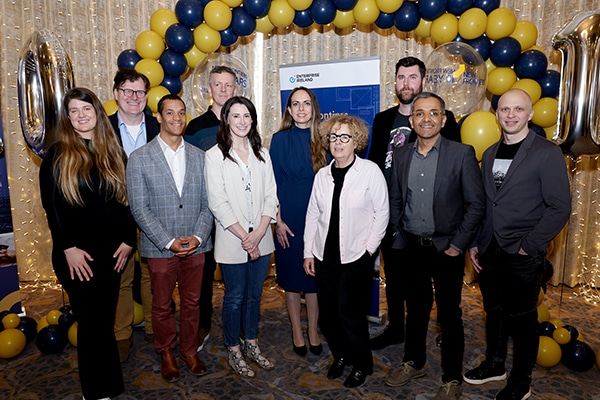
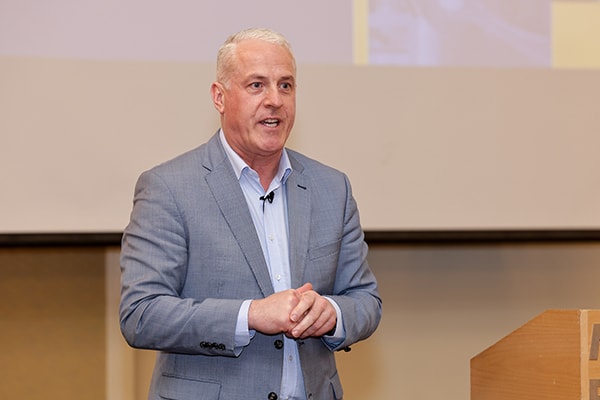
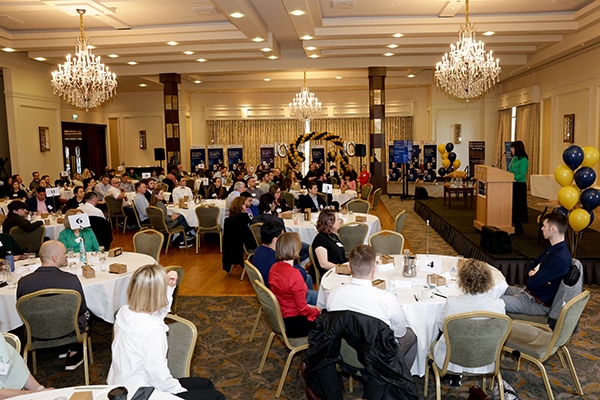
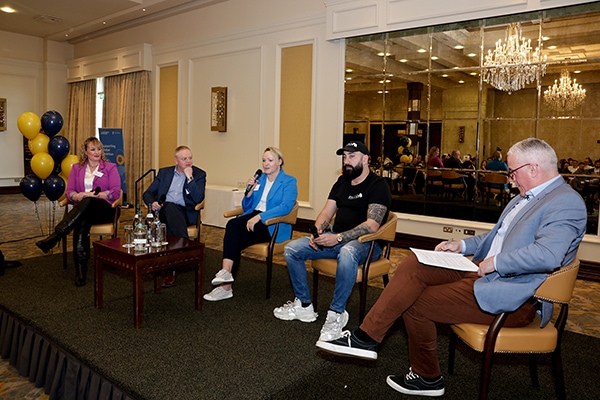
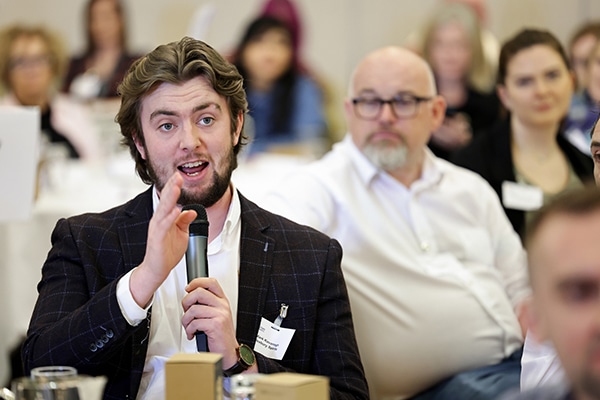
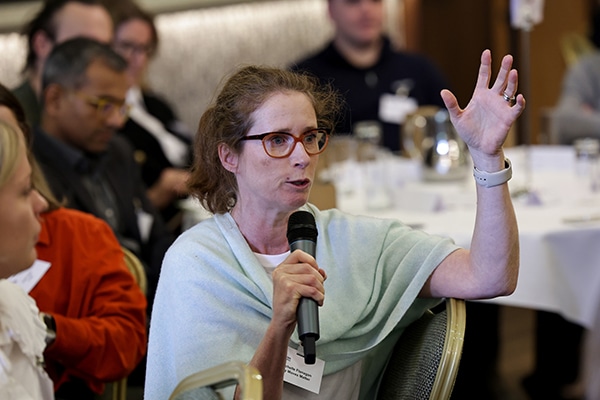
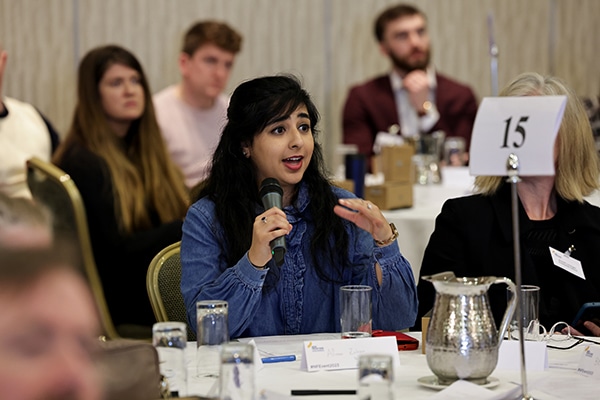
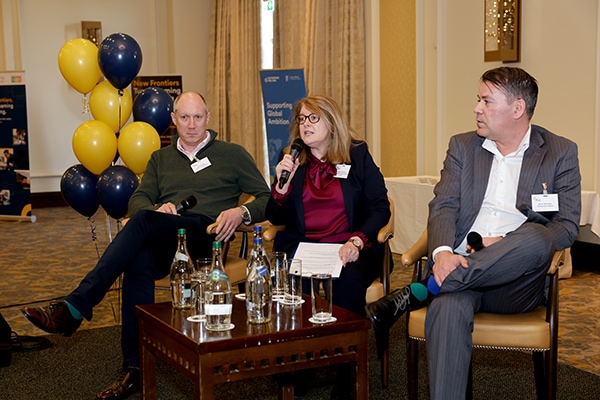
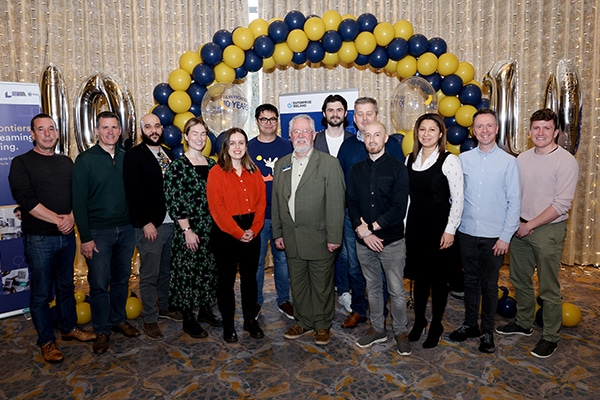
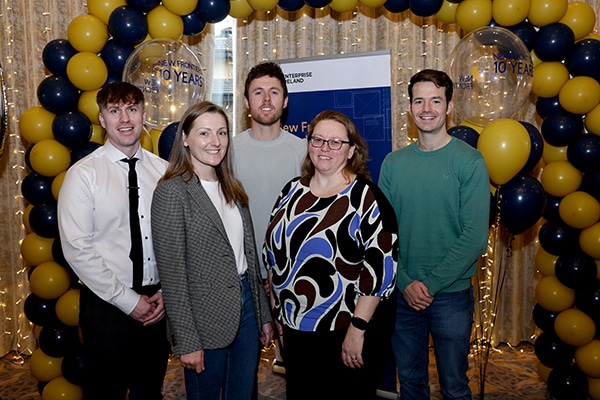

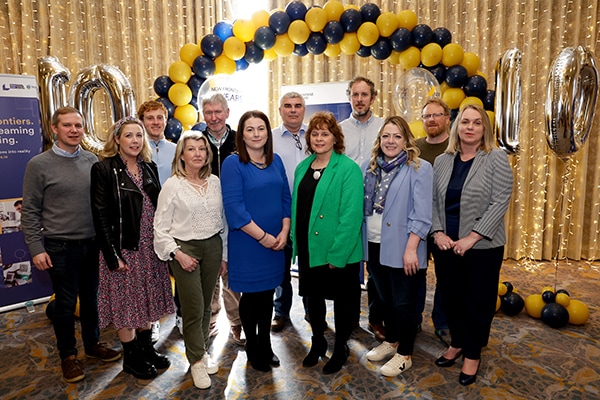
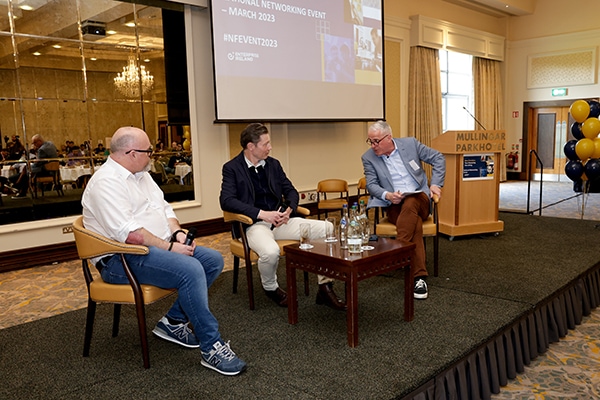
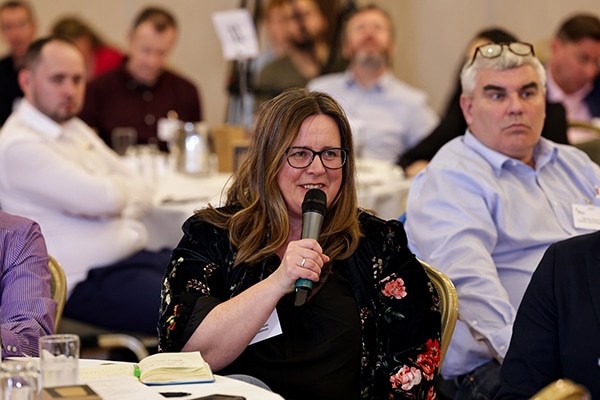

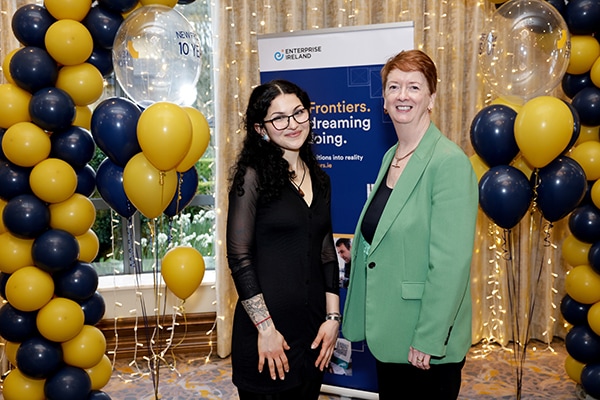

 Because Zarasyl is a new product, buyers may not know what it does, how it works, or why it’s so effective. This means that Adrienne’s first step in selling the product would typically mean a visit to the veterinary surgery, farm, or horse yard to have a face-to-face discussion with the buyer. These trips became impossible during Covid-19, so Adrienne turned her attention to the USA, reaching out to buyers individually and asking if they would like to trial the product.
Because Zarasyl is a new product, buyers may not know what it does, how it works, or why it’s so effective. This means that Adrienne’s first step in selling the product would typically mean a visit to the veterinary surgery, farm, or horse yard to have a face-to-face discussion with the buyer. These trips became impossible during Covid-19, so Adrienne turned her attention to the USA, reaching out to buyers individually and asking if they would like to trial the product.
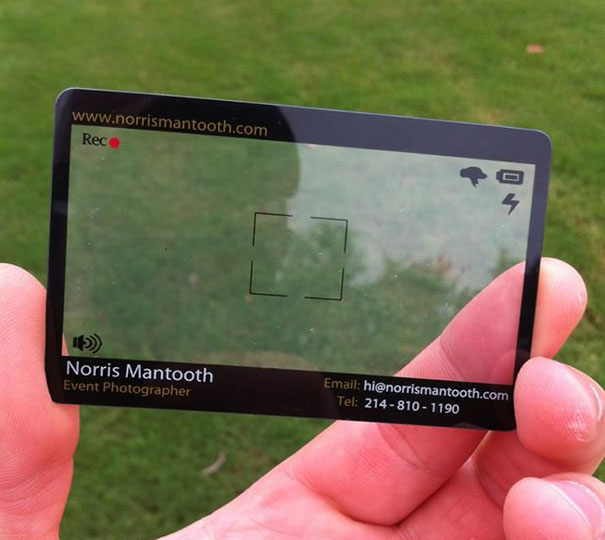






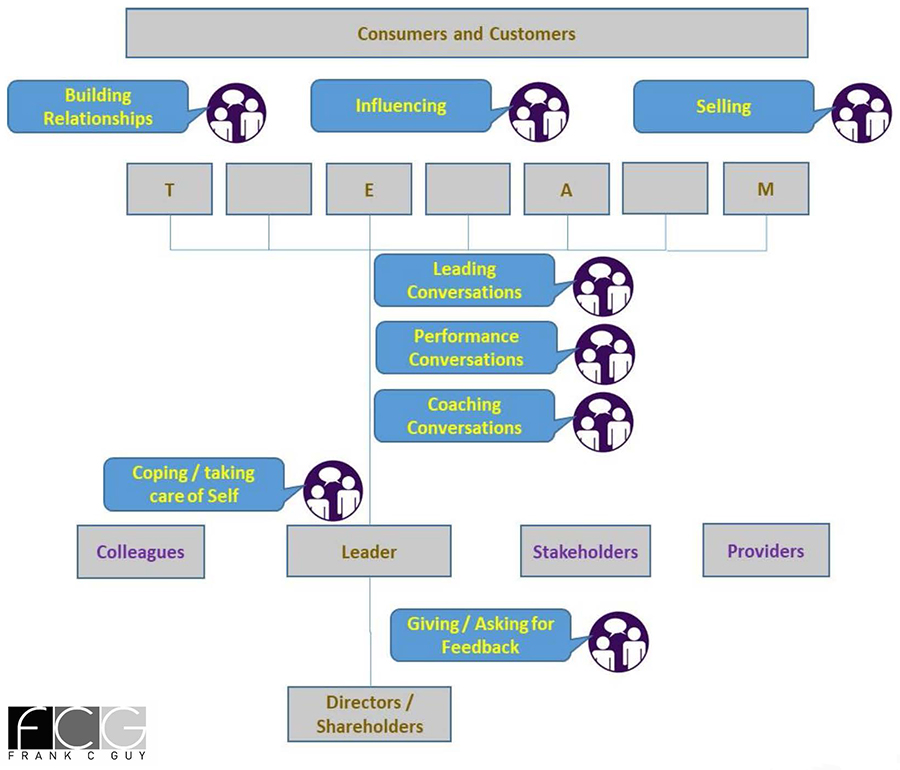


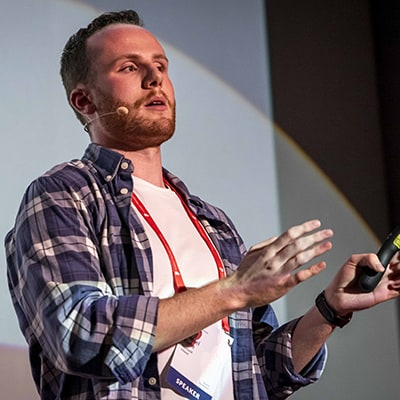



 Lauren and Bidemi met while completing degrees in pharmacy. In fact, they had an idea for a different promotion startup before having the lightbulb moment that led to developing the ProMotion Rewards app.
Lauren and Bidemi met while completing degrees in pharmacy. In fact, they had an idea for a different promotion startup before having the lightbulb moment that led to developing the ProMotion Rewards app.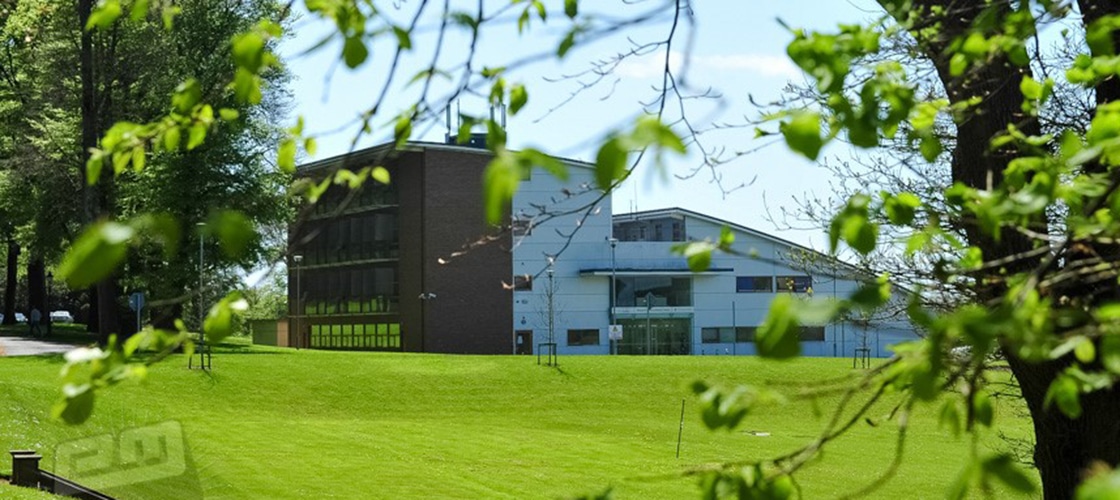
 Today, we’re catching up with the New Frontiers Programme Manager at
Today, we’re catching up with the New Frontiers Programme Manager at 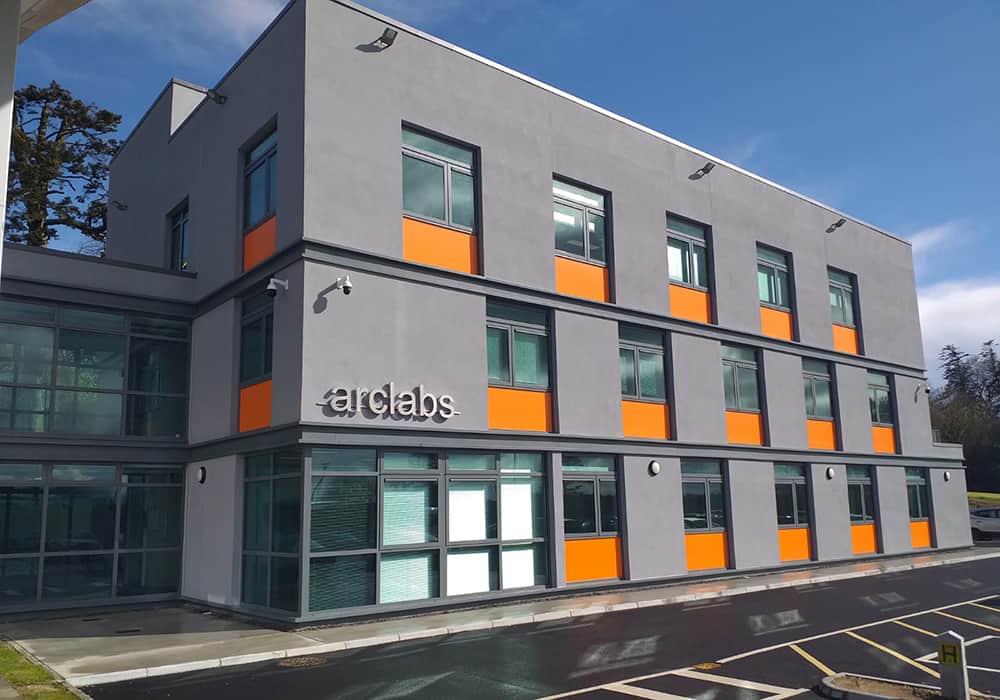

 (For more evidence that Waterford punches above its entrepreneurial weight, check out pages 10 and 11 of this edition of
(For more evidence that Waterford punches above its entrepreneurial weight, check out pages 10 and 11 of this edition of 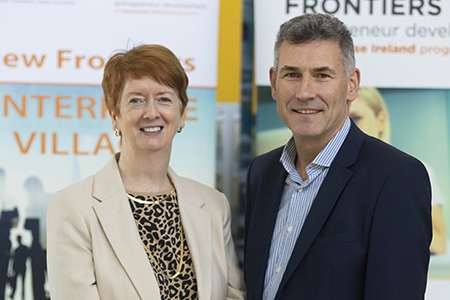
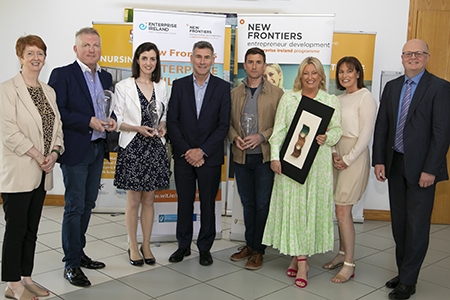
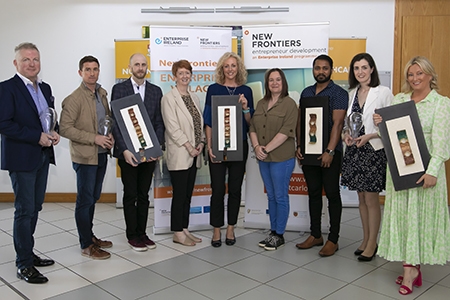
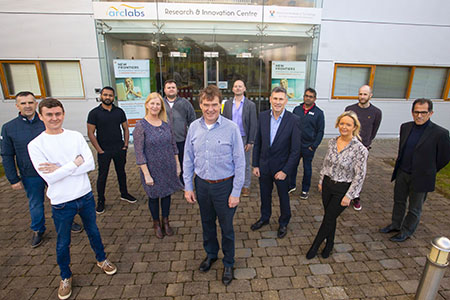
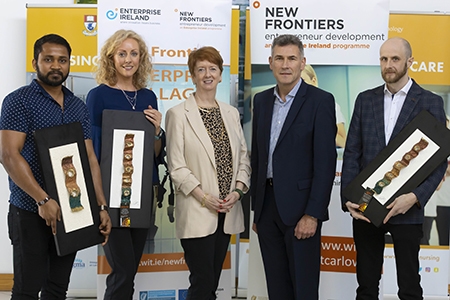
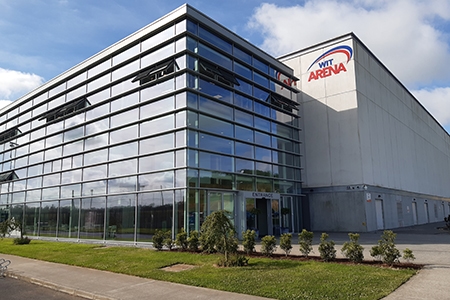


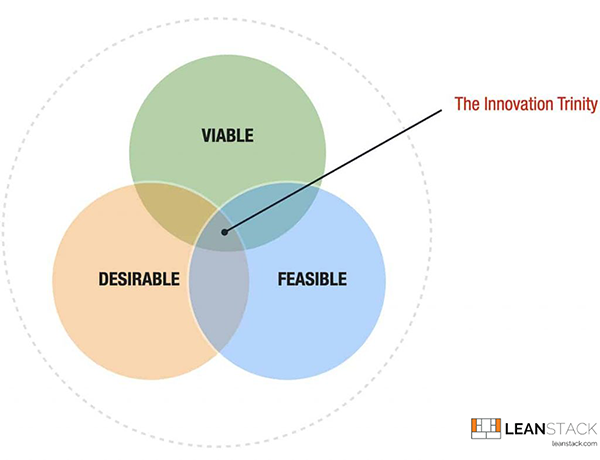 The innovator mindset
The innovator mindset
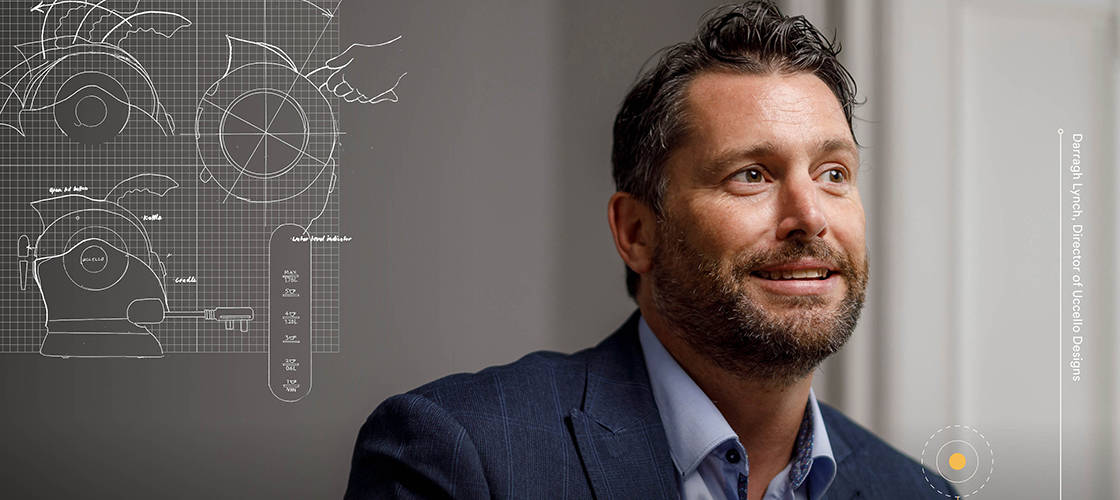
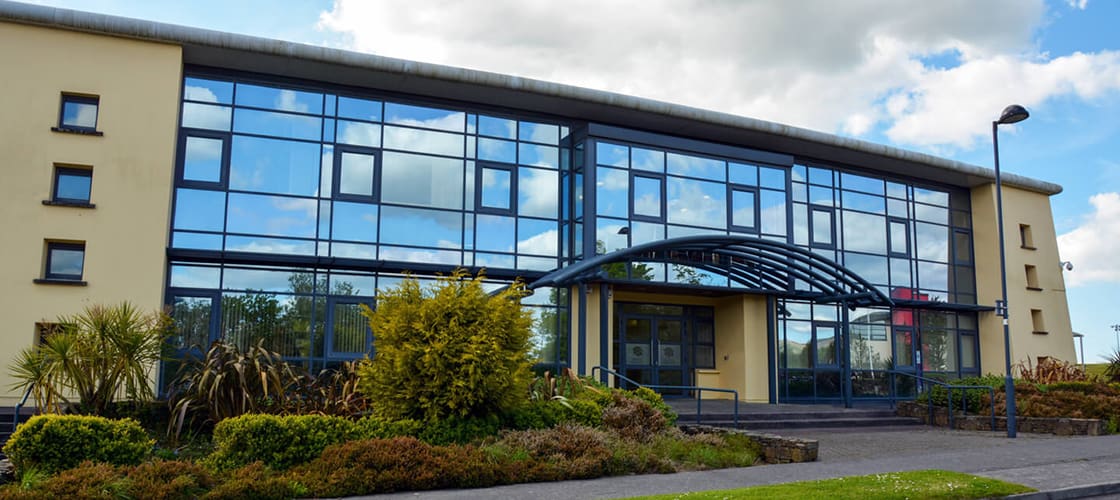

 Paula Carroll is the New Frontiers National Programme Manager at Enterprise Ireland. She is the connection between Enterprise Ireland and the 18 locations that deliver the programme around Ireland. Her role is incredibly varied and on any given day she may be welcoming new participants on the programme via Zoom (at the moment), running a programme managers’ meeting, or promoting the programme on the radio or in press interviews. If you’ve been to any New Frontiers events, pre-Covid, you may well have met Paula as she makes a point of attending showcase events and launches across the country.
Paula Carroll is the New Frontiers National Programme Manager at Enterprise Ireland. She is the connection between Enterprise Ireland and the 18 locations that deliver the programme around Ireland. Her role is incredibly varied and on any given day she may be welcoming new participants on the programme via Zoom (at the moment), running a programme managers’ meeting, or promoting the programme on the radio or in press interviews. If you’ve been to any New Frontiers events, pre-Covid, you may well have met Paula as she makes a point of attending showcase events and launches across the country.







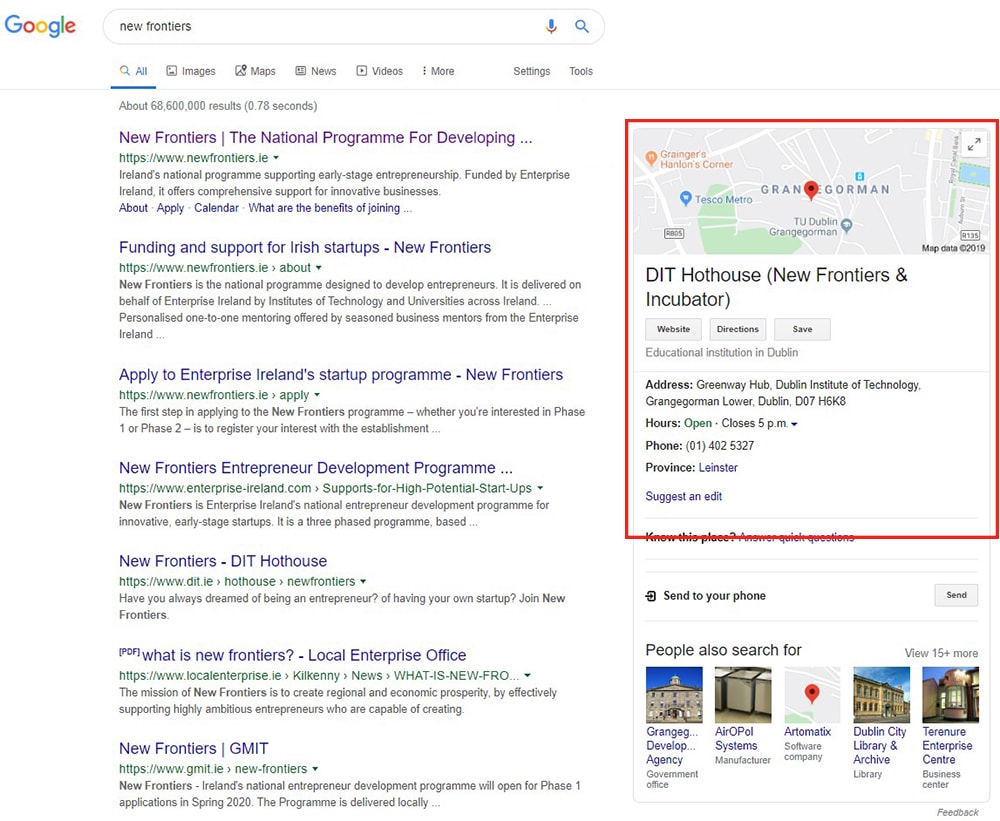






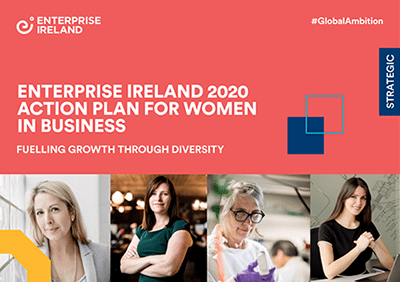






 Pierce Dargan
Pierce Dargan
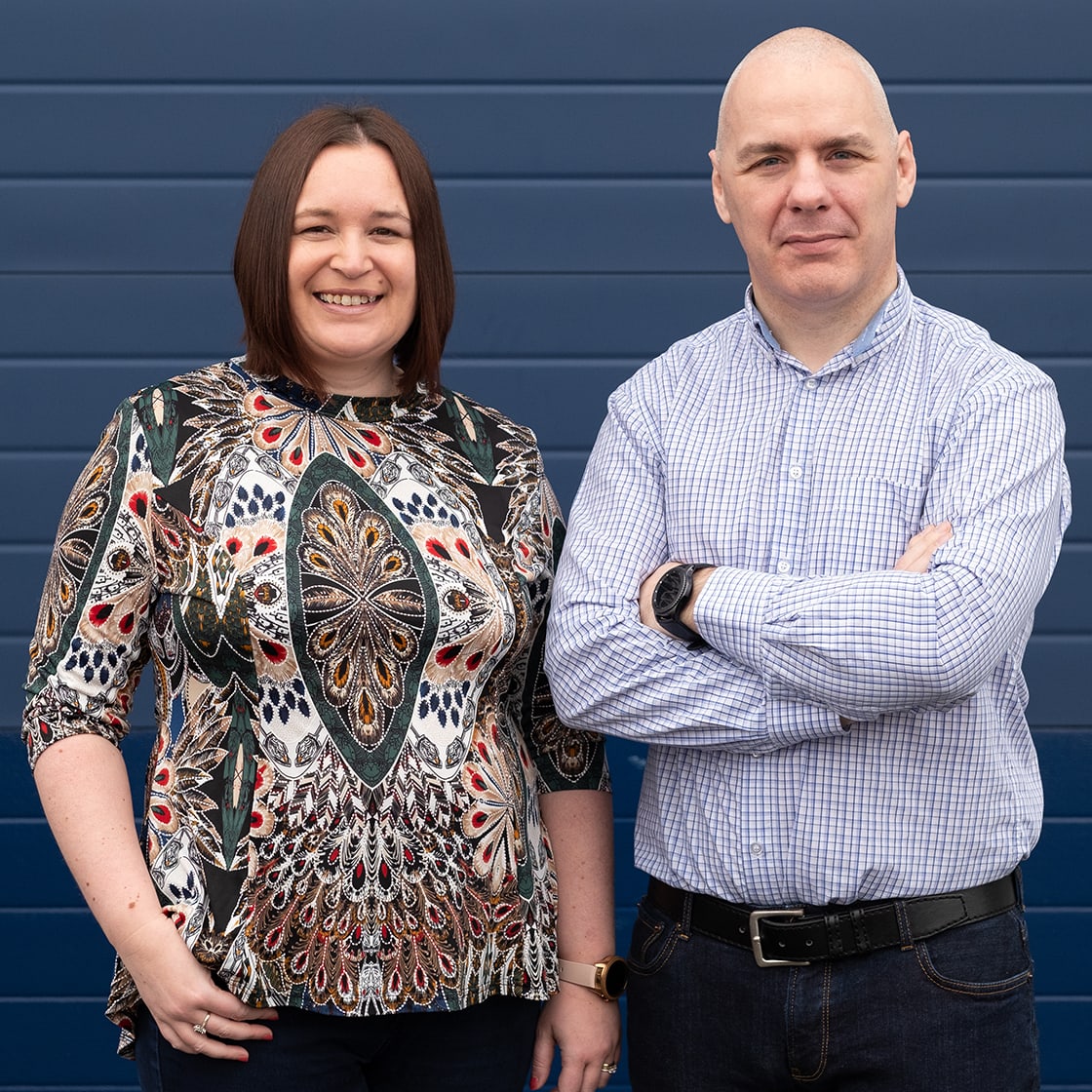


 Finn Murphy
Finn Murphy


 Orla Donohoe
Orla Donohoe




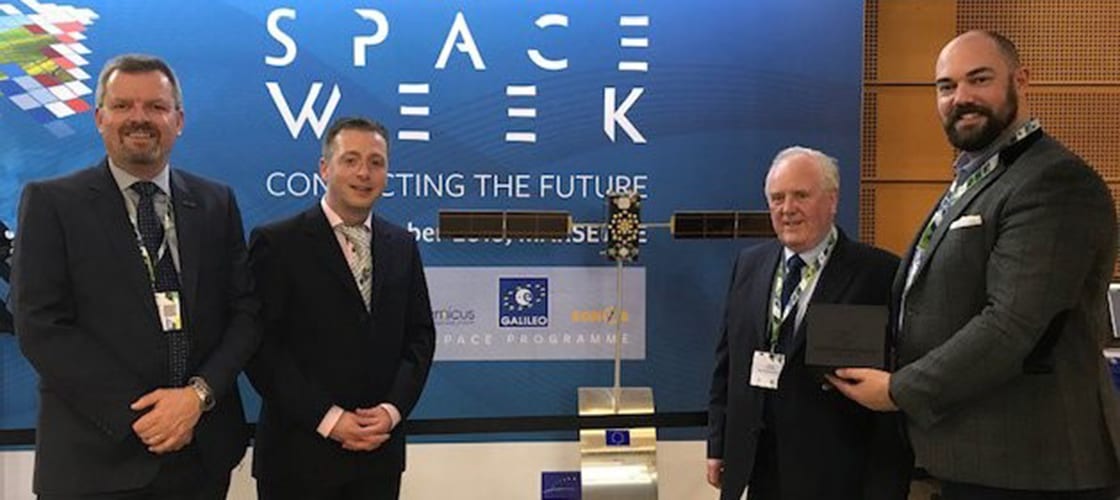



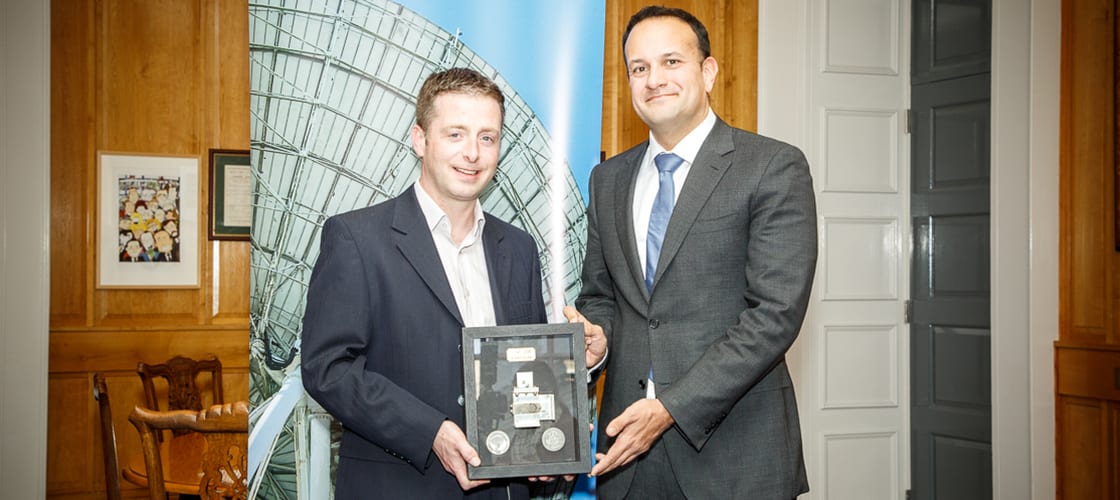
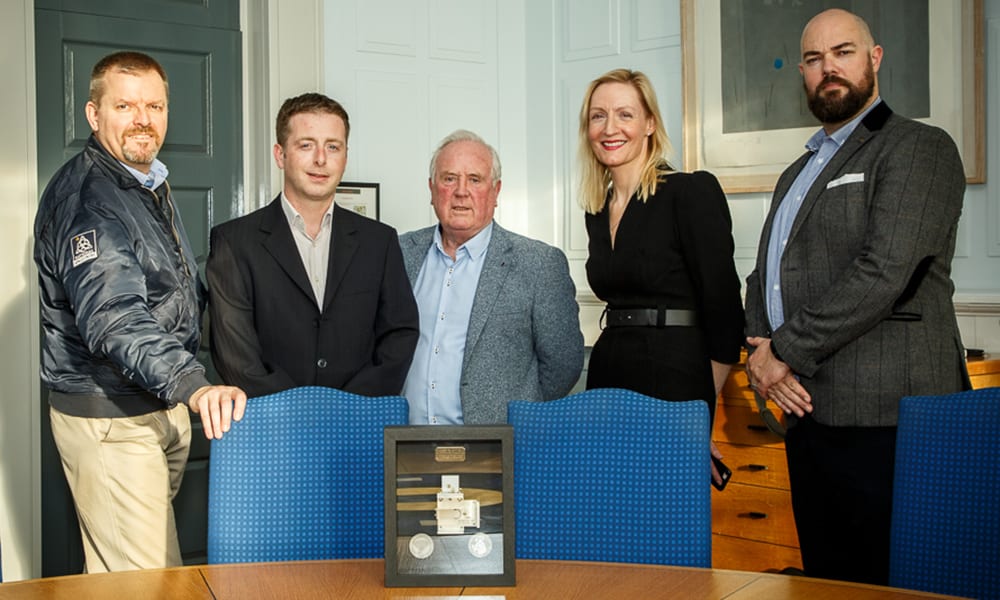
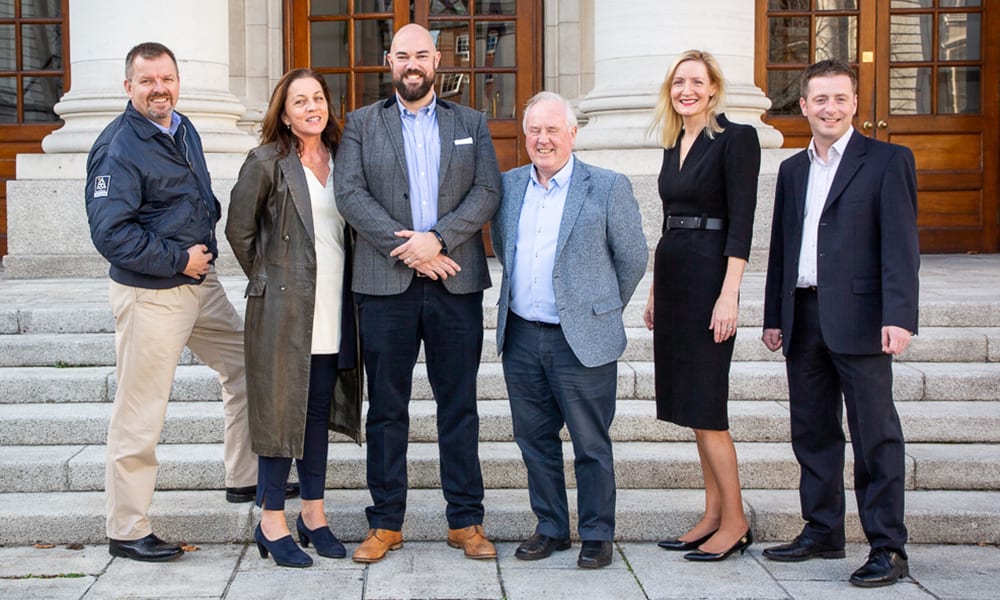
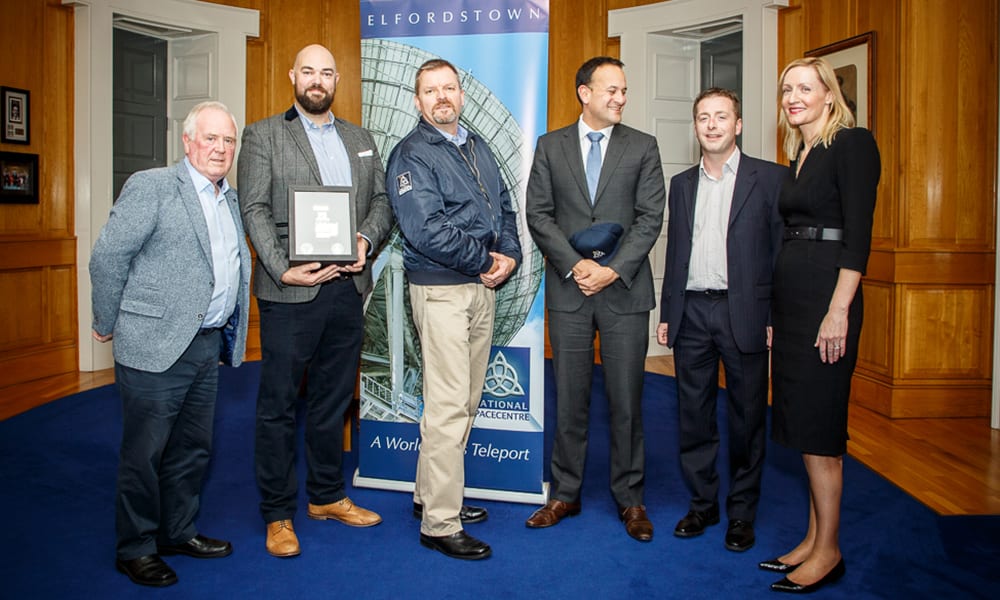



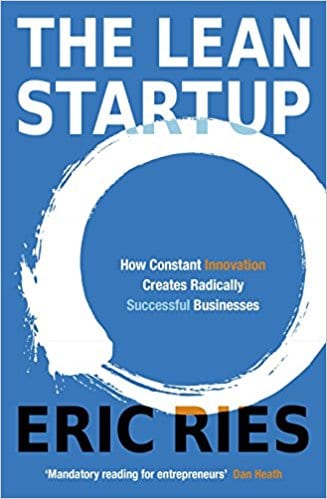 The customer-focused development process which was originally developed by
The customer-focused development process which was originally developed by  Dara Burke
Dara Burke

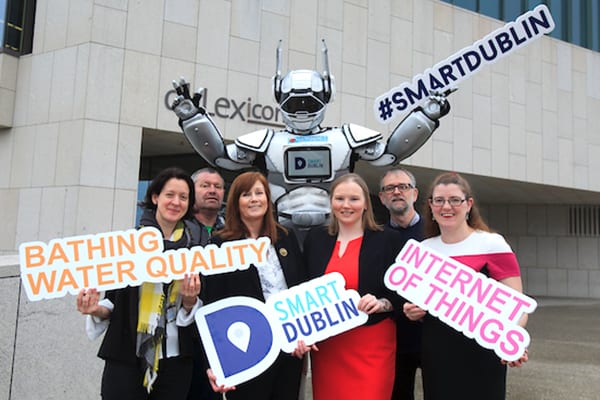
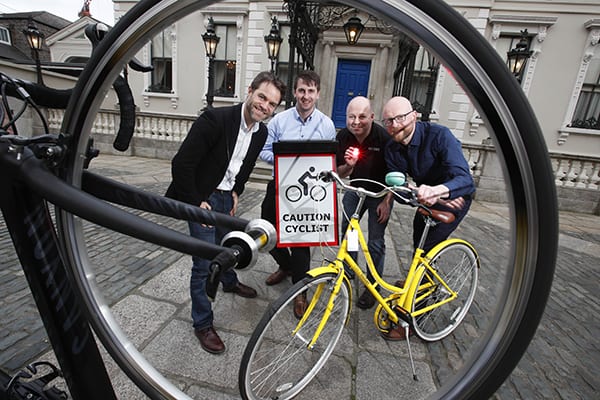
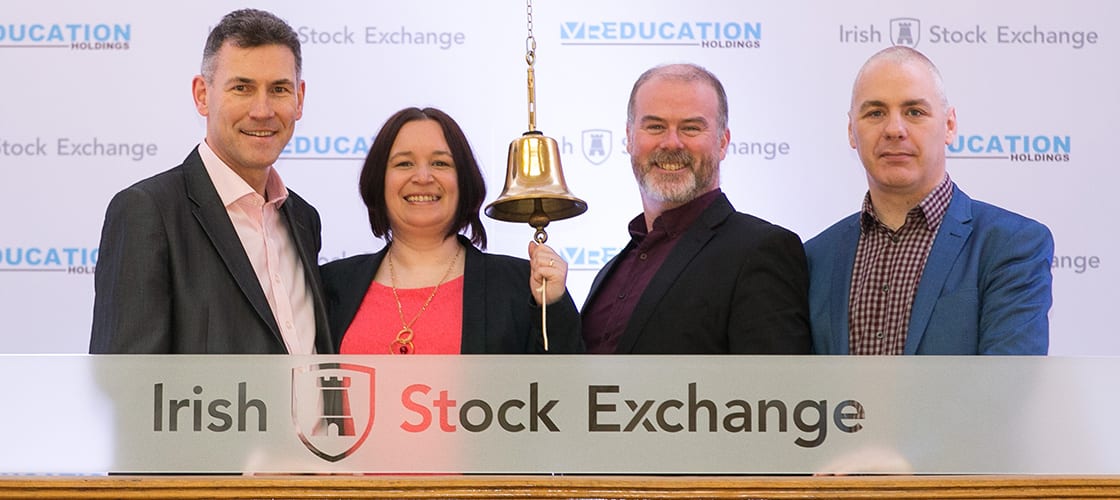



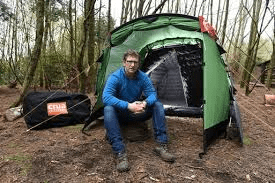
 Deep crowdfunding experience
Deep crowdfunding experience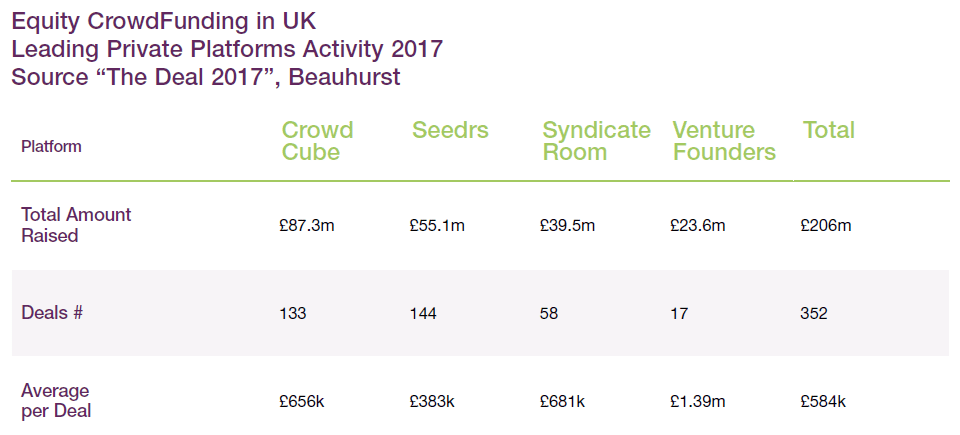
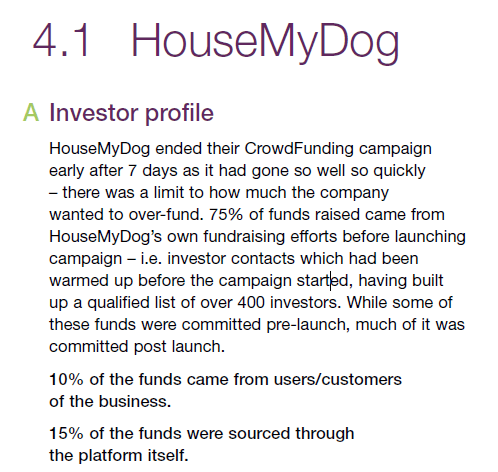 Watch my conversation with Derek
Watch my conversation with Derek Donncha Hughes
Donncha Hughes

 Gerard Comerford
Gerard Comerford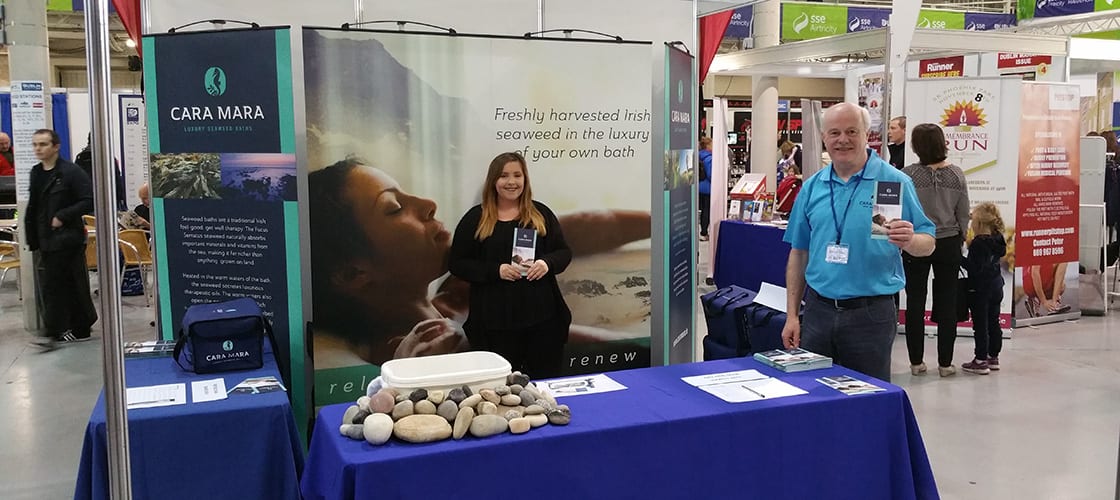
 Stand preparation
Stand preparation









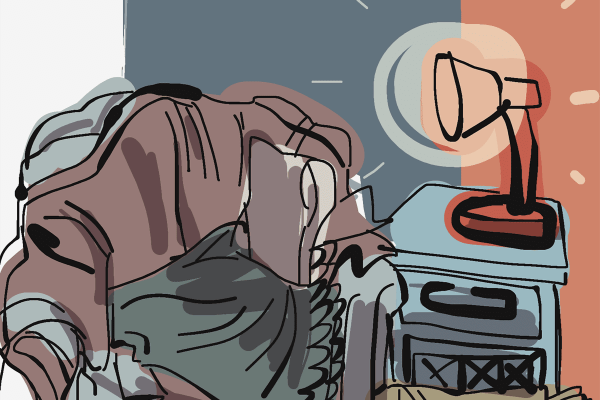








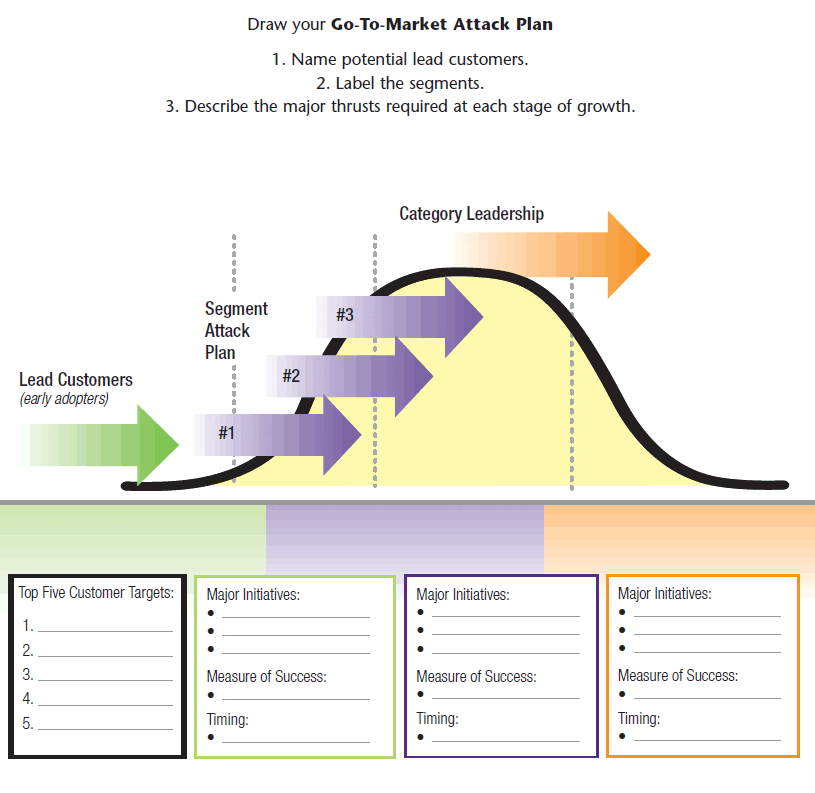 So what? Who cares? Why you?
So what? Who cares? Why you? Garrett Duffy
Garrett Duffy
 Donal Kerr
Donal Kerr
 Francis Fitzgibbon
Francis Fitzgibbon



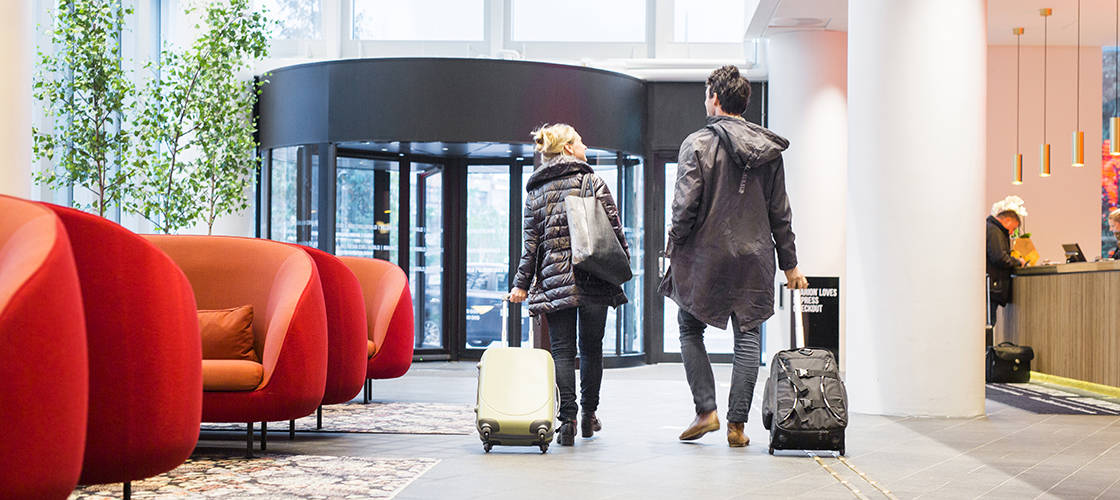
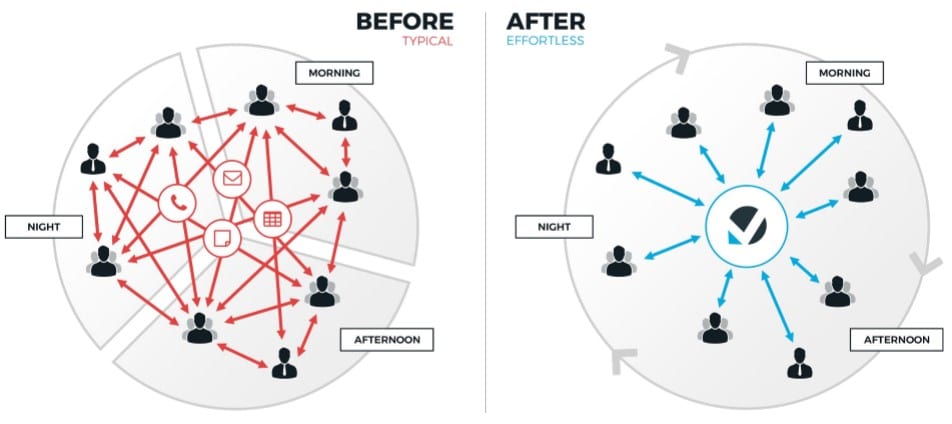




 Dominic Mullan
Dominic Mullan
 Alan Costello
Alan Costello
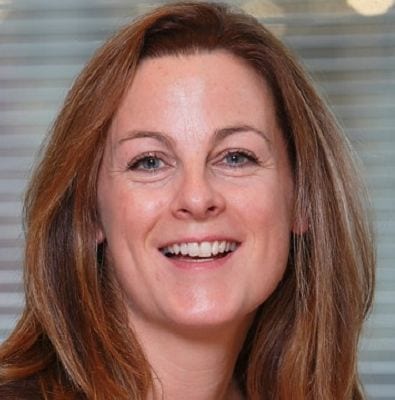 Nicola McDonnell
Nicola McDonnell
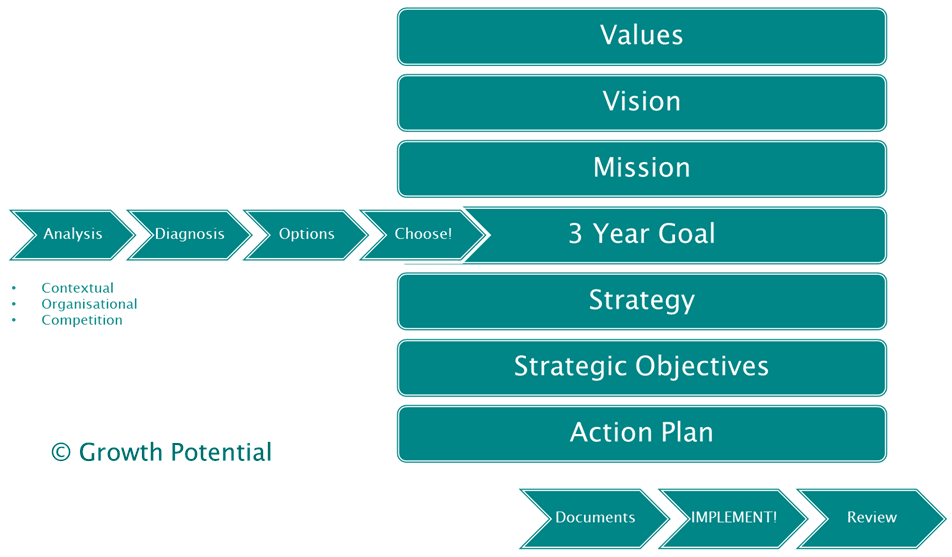

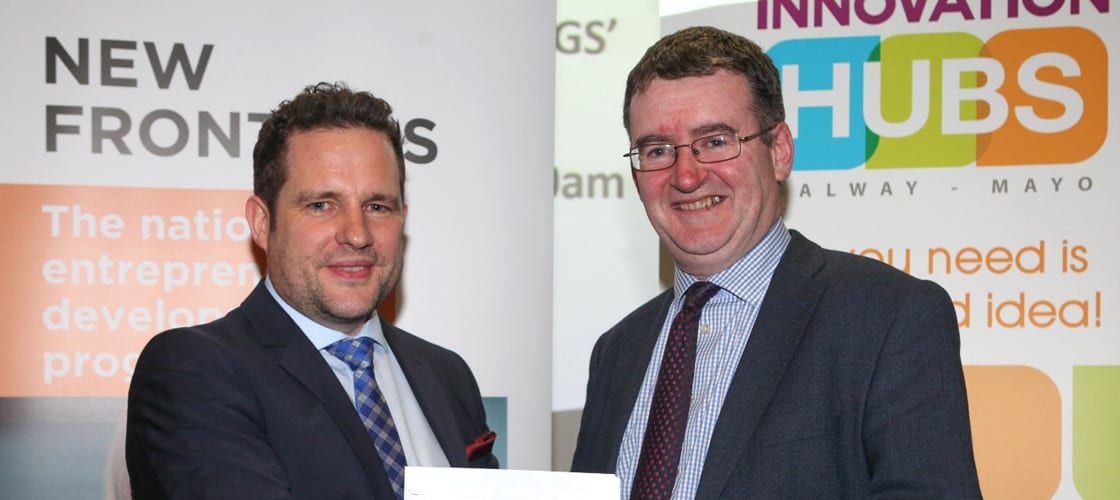


 Tony Corrigan
Tony Corrigan
 In early 2015, Aidan started Phase 2 of the New Frontiers programme, at the Synergy Centre in Tallaght. With the feedback and validation processes that the programme takes entrepreneurs through, Aidan decided that while his concept was strong, the delivery itself could be improved on. He needed to establish a real niche, a truly unique selling point. The programme is not for the fainthearted, and you need a lot of drive and motivation to take part. Market research, and trial and error, are both vital parts of the process. As Aidan put it:
In early 2015, Aidan started Phase 2 of the New Frontiers programme, at the Synergy Centre in Tallaght. With the feedback and validation processes that the programme takes entrepreneurs through, Aidan decided that while his concept was strong, the delivery itself could be improved on. He needed to establish a real niche, a truly unique selling point. The programme is not for the fainthearted, and you need a lot of drive and motivation to take part. Market research, and trial and error, are both vital parts of the process. As Aidan put it: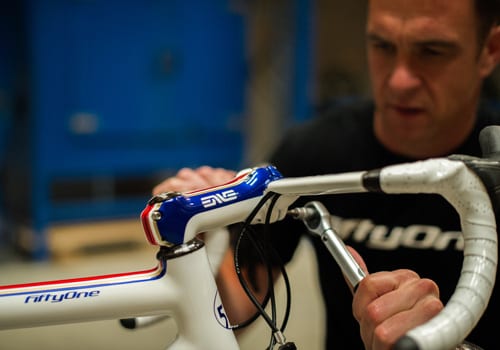 Aidan says the early stages of startup are vital to get things moving. He recommends creating the best network you can as early as possible. Although no one is going to grow your business for you, you’d be surprised at the help you will get if you reach out. Define what the overall goal or mission is, but don’t let it overwhelm you. Break jobs into bite-size chunks, define a road map and tick the boxes along the way. It takes time and you will go off course on a number of occasions, but a concise plan forces you to regroup and regain focus regularly.
Aidan says the early stages of startup are vital to get things moving. He recommends creating the best network you can as early as possible. Although no one is going to grow your business for you, you’d be surprised at the help you will get if you reach out. Define what the overall goal or mission is, but don’t let it overwhelm you. Break jobs into bite-size chunks, define a road map and tick the boxes along the way. It takes time and you will go off course on a number of occasions, but a concise plan forces you to regroup and regain focus regularly.


 Rachel Hanna
Rachel Hanna

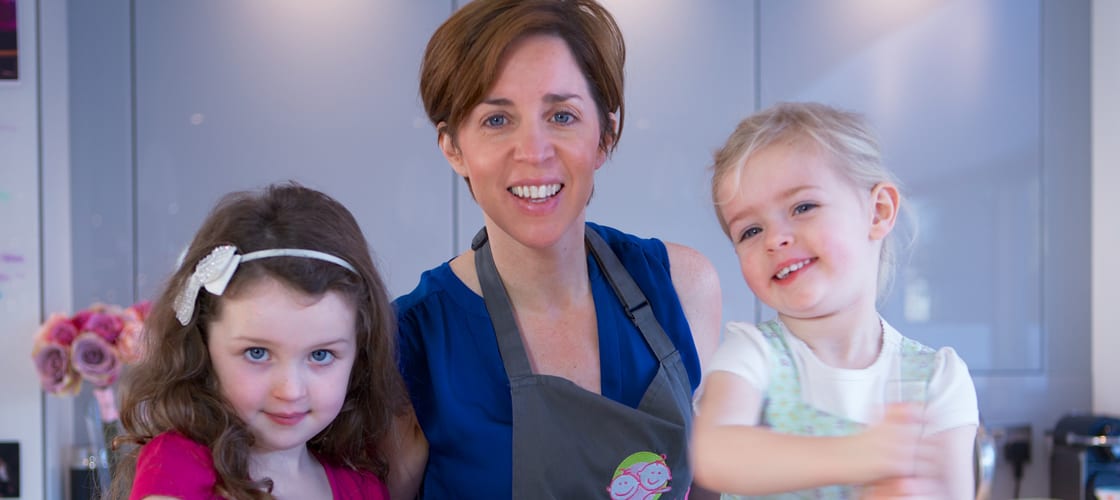
 Siobhan Berry
Siobhan Berry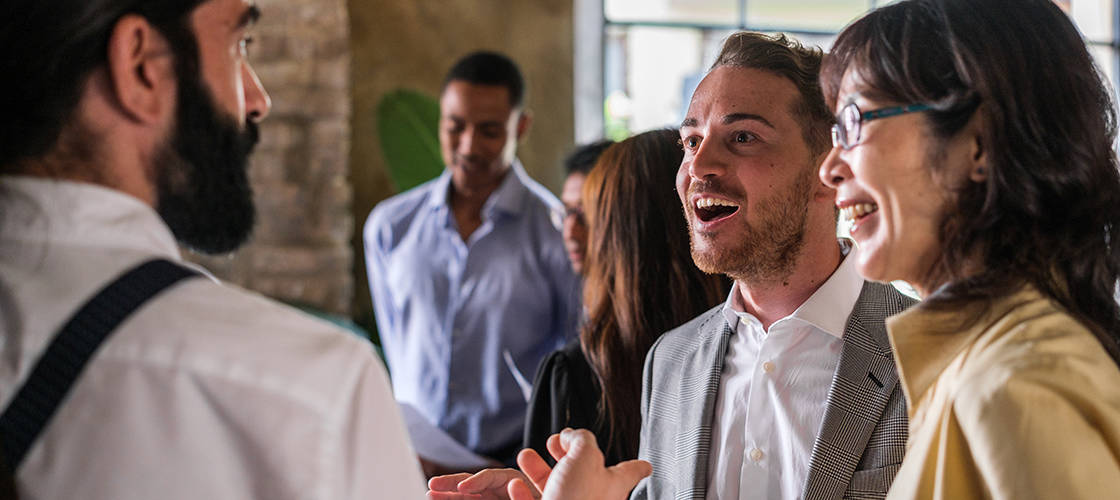
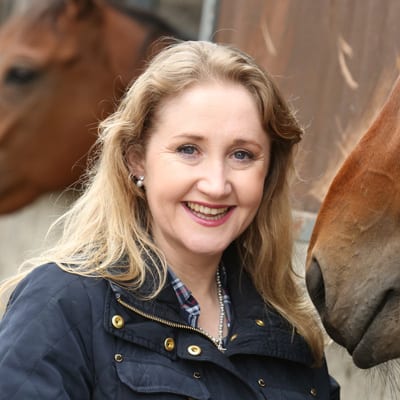 Alma Jordan
Alma Jordan
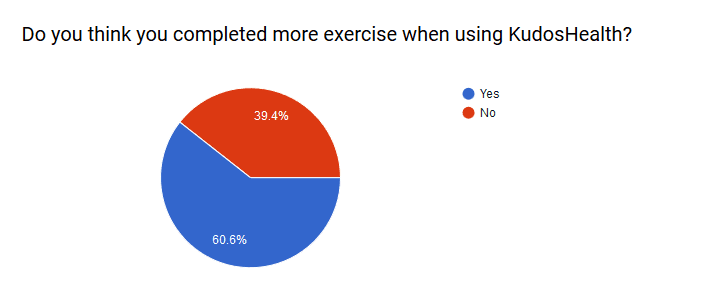
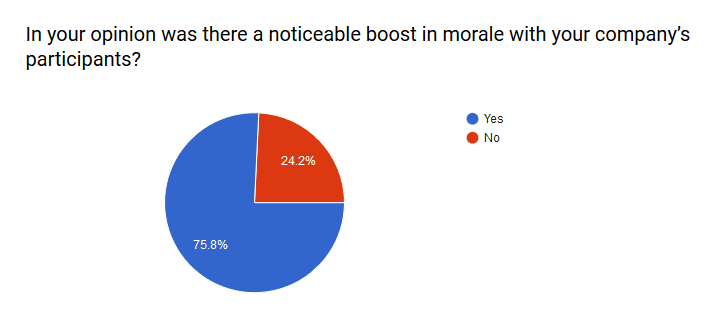
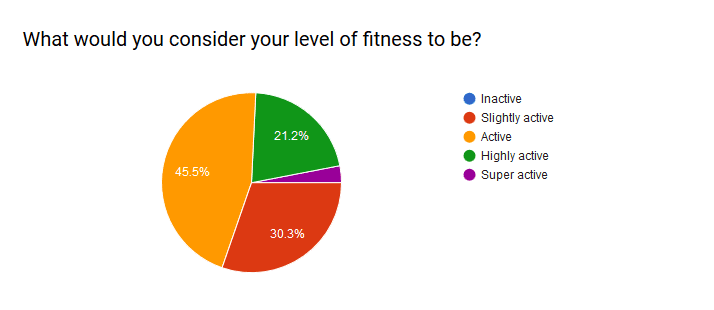

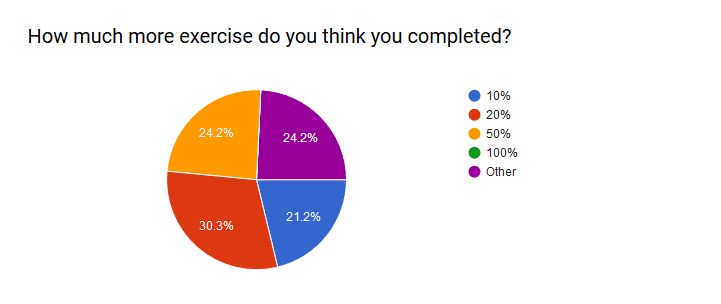
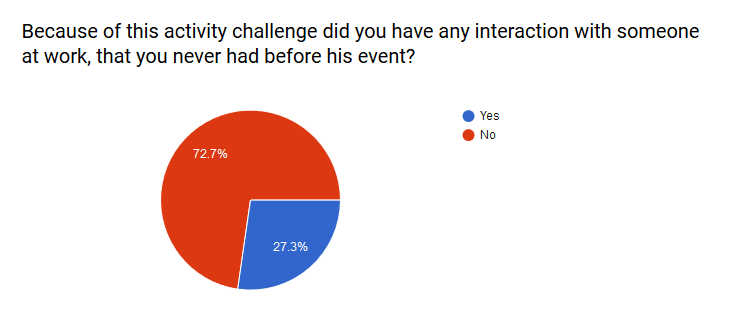
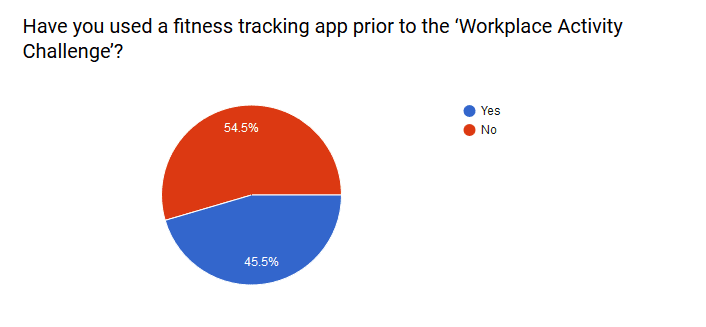
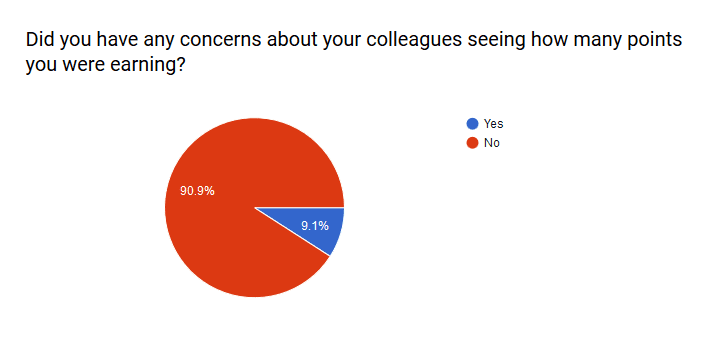
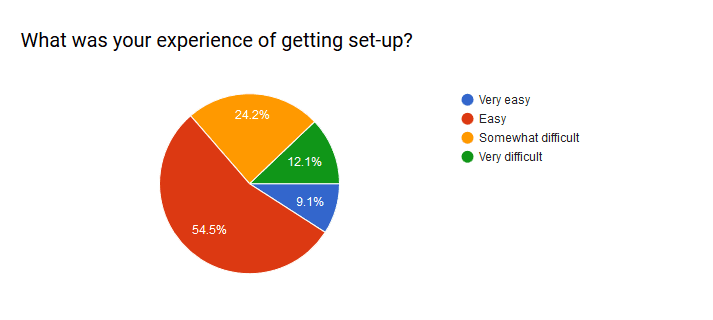
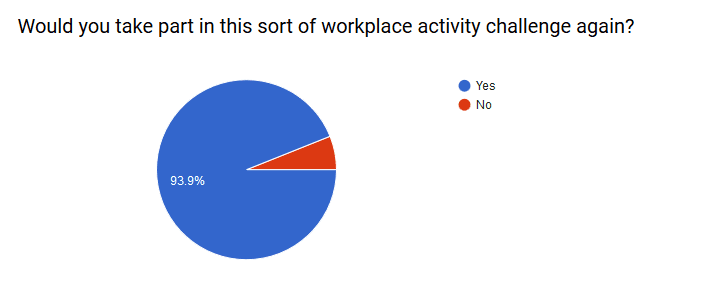



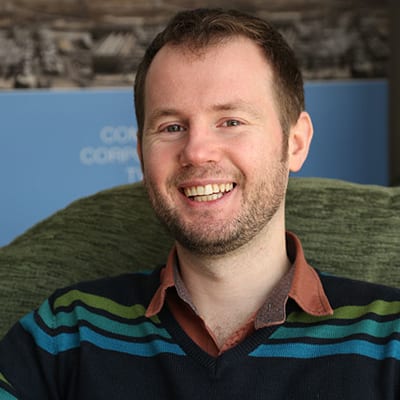 Ray Mongey
Ray Mongey

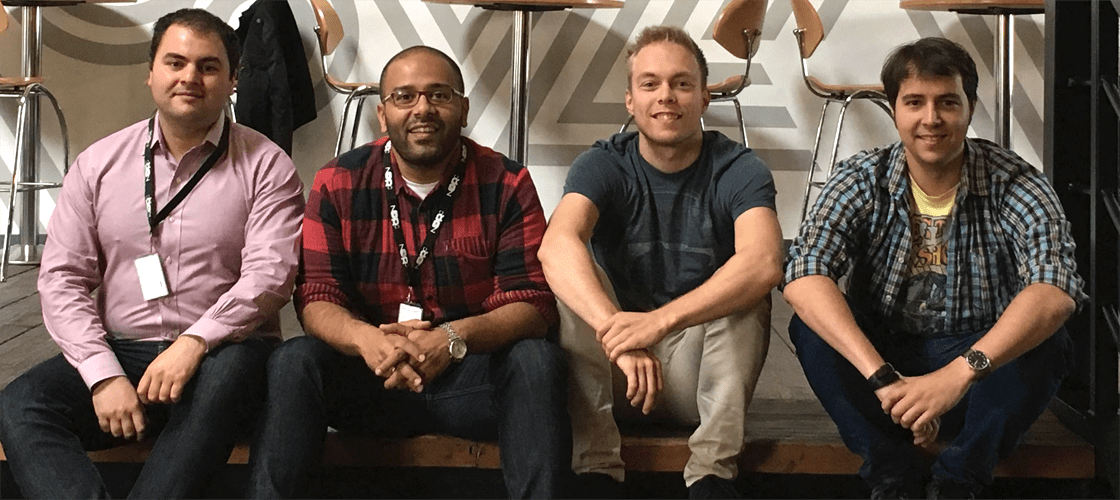

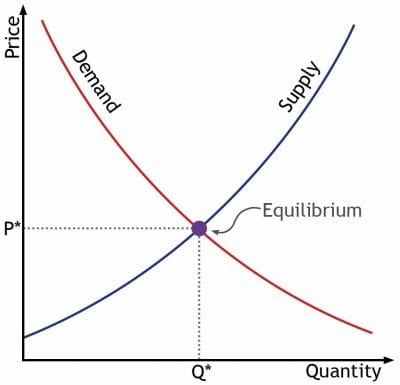
 Patrick O Flaherty
Patrick O Flaherty
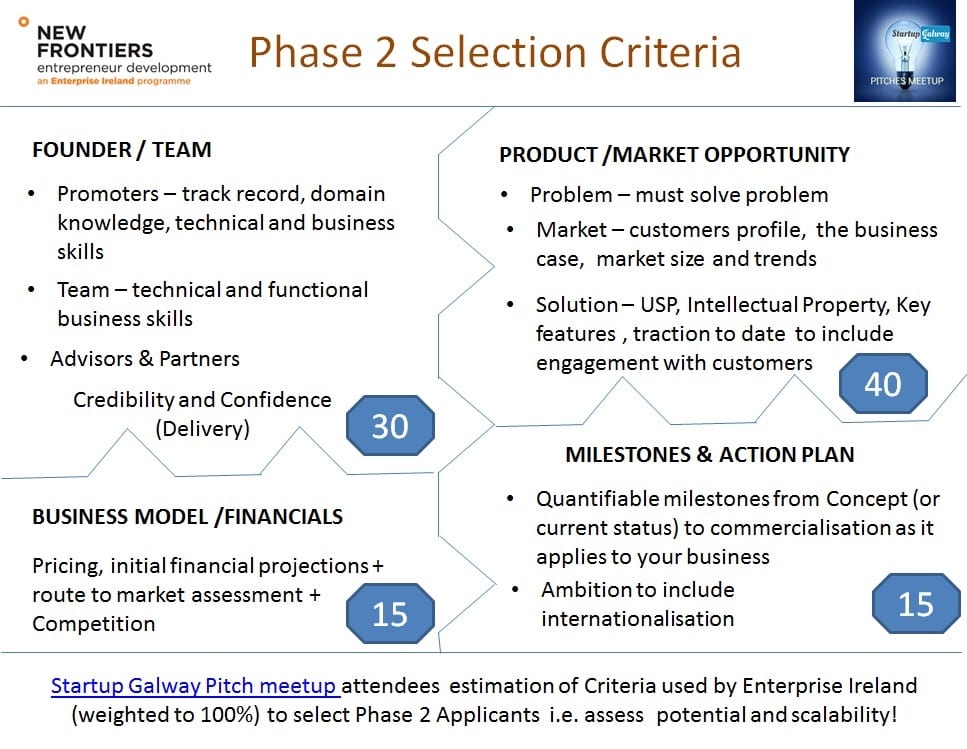 The key issue is to provide information to the panel so that they see the scaleability of your business.
The key issue is to provide information to the panel so that they see the scaleability of your business.




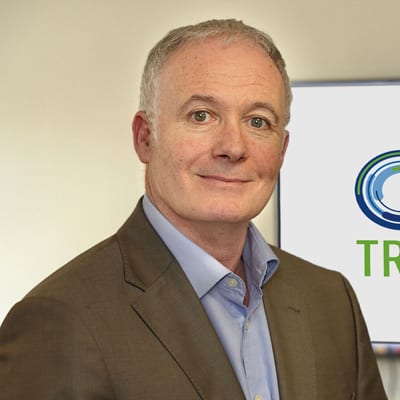 Barry Moylan
Barry Moylan
 Linda Barry
Linda Barry

 Joe Borza
Joe Borza
 Katie Murphy
Katie Murphy


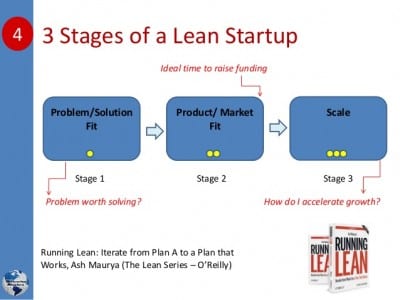 Ash Maurya’s Three Stages of a Startup
Ash Maurya’s Three Stages of a Startup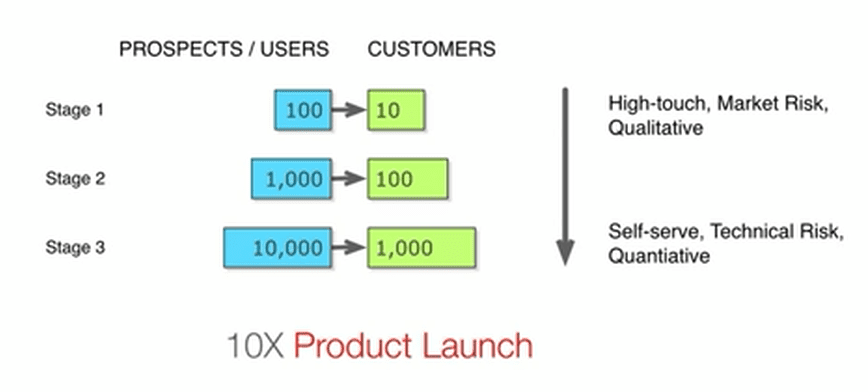
 Ash Maurya’s 10x Product Launch
Ash Maurya’s 10x Product Launch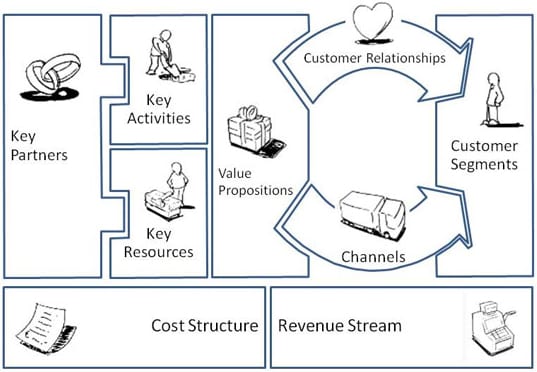
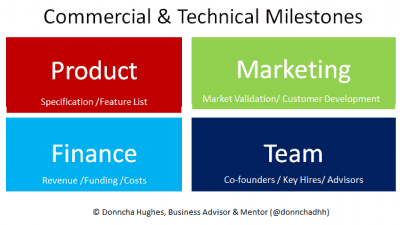 A balanced set of goals is also required. I suggest that the balance of any startup business can be evaluated in terms of balance across four areas: Product, Marketing, Finance and Team – which I refer to as the Startup Milestone Mix.
A balanced set of goals is also required. I suggest that the balance of any startup business can be evaluated in terms of balance across four areas: Product, Marketing, Finance and Team – which I refer to as the Startup Milestone Mix.

 David Craig
David Craig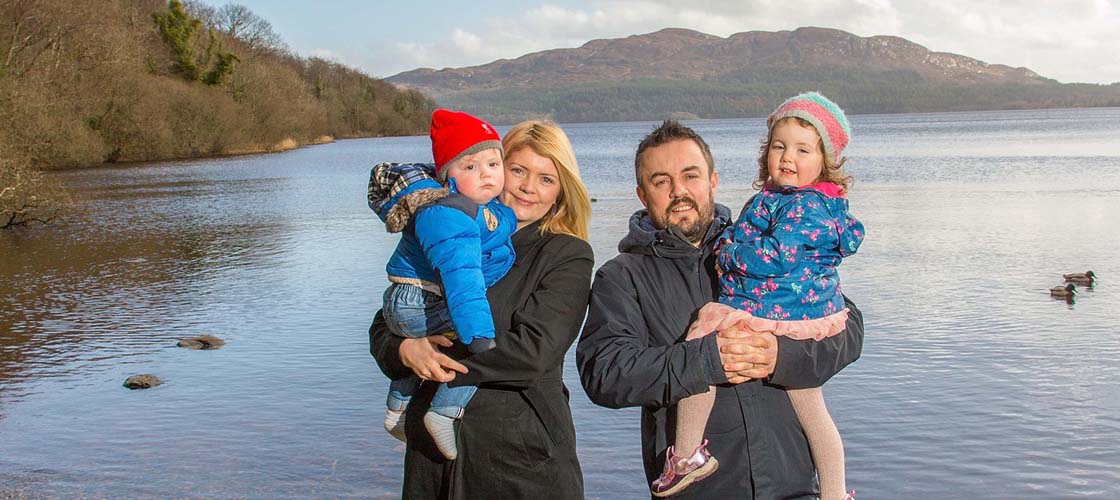

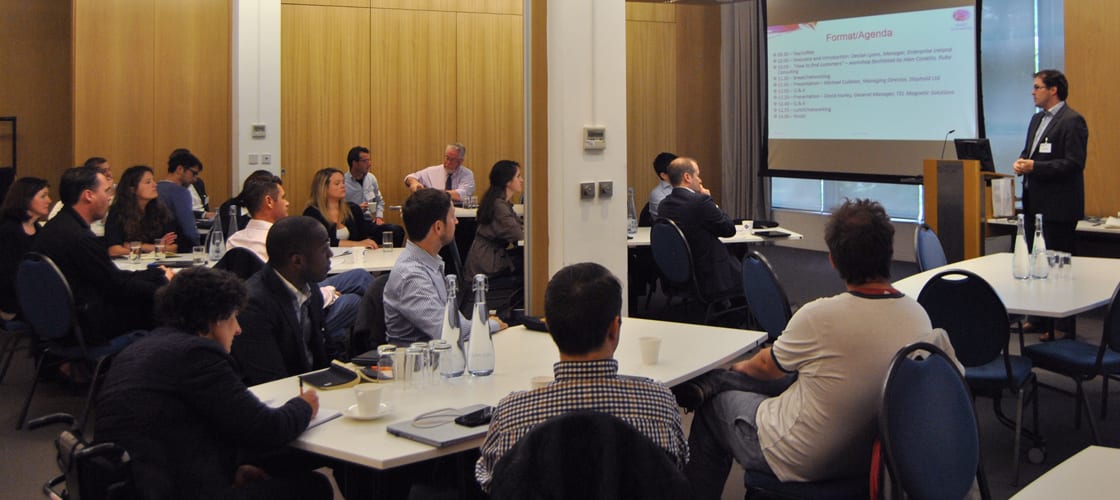
 Finding and retaining customers was the subject of Thursday’s workshop, which was facilitated by Alan Costello of
Finding and retaining customers was the subject of Thursday’s workshop, which was facilitated by Alan Costello of 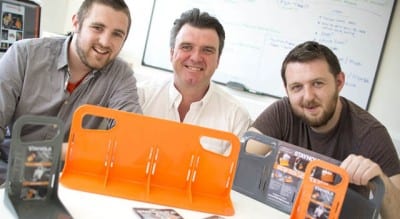





 Auveen O’Neill
Auveen O’Neill
 Jackie Quinn
Jackie Quinn
 Michael White
Michael White
 Síodhna McGowan
Síodhna McGowan
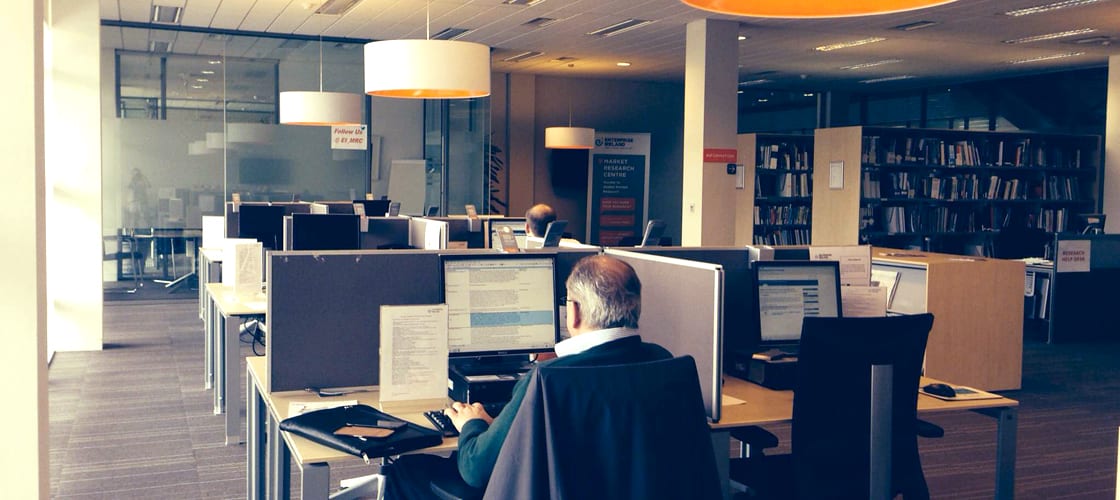
 Dearbhla O’Dwyer
Dearbhla O’Dwyer


 Gail Condon
Gail Condon

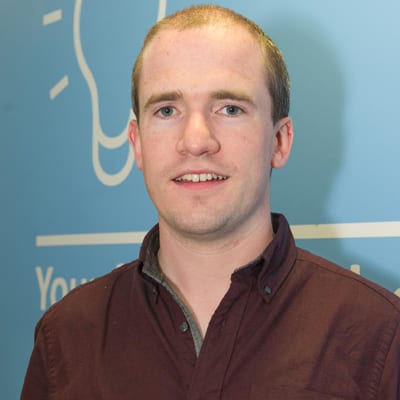 Pete Friel
Pete Friel
 Adnan Ajmi
Adnan Ajmi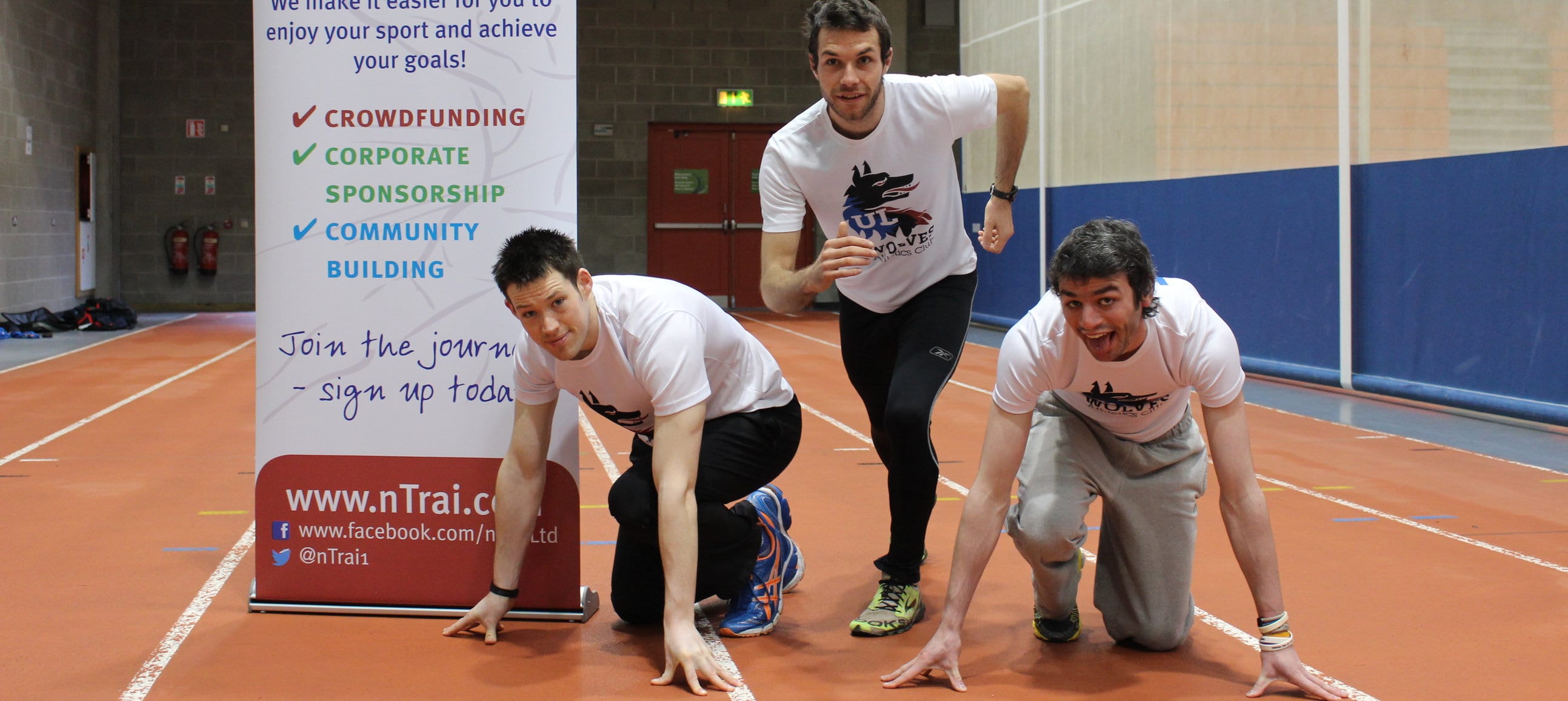
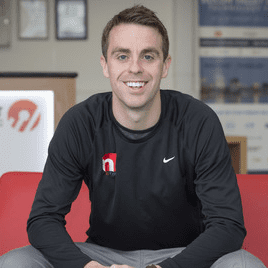


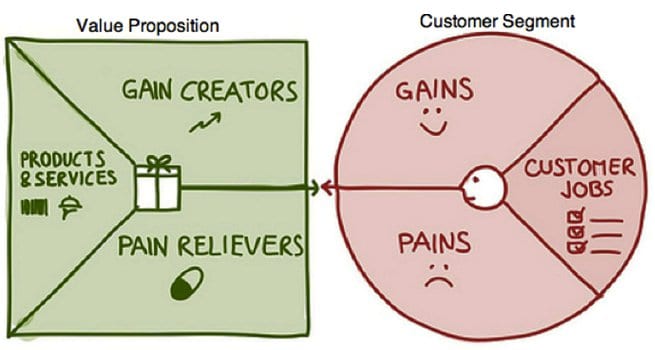 Value Proposition Canvas
Value Proposition Canvas
 Monika Dukarska
Monika Dukarska
 Declan Lyons
Declan Lyons
